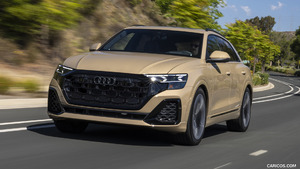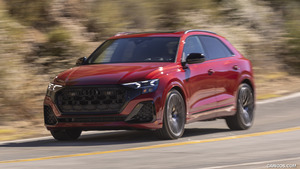2016 Mazda MX-5 Miata
MESSAGE FROM THE PROGRAMME MANAGER
Innovate in order to preserve – a 25th anniversary resolution
It is with great pleasure that we are now ready to introduce the fourth-generation Mazda MX-5 (Japanese name: Mazda Roadster). As a member of the MX-5 development team and a passionate sports car enthusiast, I am deeply grateful to all the people who created, fostered and supported this car over the years.
To see that many people around the world continue to admire the MX-5 even now, 25 years after its launch, makes me happier than I can express. It is thanks to their passion and the different ways owners and fans enjoy this car that the MX-5 has matured and evolved over the last quarter century.
I also wish to express my gratitude and heartfelt respect to the European carmakers that originally pioneered the fun-to-drive lightweight sports car, to our staff in the U.S. who hatched the MX-5 plan more than 25 years ago, and to the many Mazda employees in Hiroshima and around the world who helped refine it and supported its evolution over the years.
Features handed down from generation to generation
The Jinba Ittai driving experience exemplified by Mazda’s brand icon, the MX-5, is no longer the exclusive domain of lightweight sports cars. Rather, it has become the essence of every vehicle Mazda builds. As symbolised by the challenge of developing the world’s first mass-market rotary engine, the spirit of constantly striving to meet new challenges is very much part of the Mazda DNA. The passion of the engineers and designers who were carrying on that spirit is what directed the development of the original MX-5, which in turn became the starting point for the Jinba Ittai driving experience.
This evolved further and played no small role in the development of SKYACTIV Technology, the KODO — Soul of Motion design theme and other innovations. Over its 25-year history, the Mazda MX-5 has brought drivers and cars closer together in its never-ending quest to deliver a faithful response and an enjoyable driving experience, whether cruising at slow speeds or enjoying a high-speed run. At the same time, it helped establish the Mazda brand’s unique reputation for providing driving pleasure.
An open-top sports car that all drivers can truly enjoy
Right from the first generation, our philosophy for MX-5 development has remained the same: Create a car that delivers true driving pleasure and is an irreplaceable partner for the people on board – and onlookers, too – brightening and cheering their mood.
In addition to lessons learnt from our predecessors, we carried out advanced research into human sensitivity, developed new technologies, met a wide range of challenges, broke through barriers and finally realised the pleasure of the lightweight sports car as best suits the times. This includes Mazda’s hallmark Jinba Ittai, the feeling of oneness between the driver and car as the driver enjoys a fresh breeze in an open-top sports car, and the “Lots of Fun” characteristics that go beyond ordinary driving pleasure. These two themes have been the unchanging watchwords guiding the MX-5’s development as we continued to enhance the model’s driving pleasure while meeting increasingly pressing customer demands for comfort, safety and environmental friendliness.
It is the reason why all MX-5 generations have preserved the principal requirements of a lightweight sports car featuring a compact open-top two-seater body, a front-midship engine, rear-wheel drive configuration, a 50:50 front-rear weight distribution, a low yaw inertia moment and an affordable price. Equally as important: Evolve its value proposition as an open-top sports car that all drivers can truly enjoy anywhere and at any time.
Engineering devoted to taking our original aims into the future
Development of the fourth-generation MX-5 became a struggle with the model’s 25-year history. It also marked a challenge to connect that history to the coming 25 years. Over the past quarter century, the demands for greater environmental friendliness and safety have grown increasingly more stringent. Each successive model of the past three generations has seen slight increases in body size and weight in response to these demands.
In developing the fourth-generation MX-5, we returned to the original aims of the first generation that had restored the culture of the lightweight sports car, and then took on the challenge of embodying the fundamental pleasure of driving an open-top lightweight sports car in a product suited to today’s needs. In other words, Mazda firmly believes that the fun of being one with the car – the exhilaration felt by any driver on any kind of road – must be maintained. To do this, Mazda considers it essential to achieve a different kind of innovation that goes far beyond mere product refinement. This is clearly summed up by the maxim “innovate in order to preserve”, which expresses the challenge behind developing the fourth-generation MX-5.
There is no doubt that the key to realising this lays with the effective implementation of SKYACTIV Technology, which strikes the right balance between reduced weight and environmental friendliness and safety. It includes the KODO design, which brings the presence of a living creature and a strong sense of vitality to the car. At the same time, we also went back to the original intention of the first generation. We asked ourselves how best to awaken the driver’s innate sensibilities as we aimed to further enhance the MX-5’s Jinba Ittai driving experience and raise the level of fun associated with every detail when it comes to owning, viewing and customising the car, or simply meeting up with friends.
Toward this purpose, we delved further into the concept of Kansei engineering* employed since the first generation as we made a concerted effort to attain an unprecedented level of driving pleasure by appealing to the senses and sensations through which people enjoy cars.
We adopted the latest SKYACTIV Technology and its related theories as part of a thorough effort to achieve the ideal structure for a lightweight sports car. The result is the most compact body size of any MX-5 generation combined with a weight reduction of more than 100kg** over the third-generation model.
The MX-5 has steadily evolved in a way that is only possible thanks to an unchanging passion shared between Mazda and countless MX-5 owners and fans around the world. As the current programme manager for this product, I am both profoundly appreciative and keenly aware of the responsibility I bear.
This explains why we can never take a break from “innovating in order to preserve” if we want the MX-5 to continue to be the recipient of such passionate adoration for the next 25 or 50 years. This is our duty as the developer, and at the same time it’s an exciting dream, a source of happiness and something we are proud of. It is also a conviction that will surely be inherited by the next generation of engineers who work on the MX-5. We are ready for the challenges of the next quarter century and beyond, always inspired by the passion of our fans around the world.
Nobuhiro Yamamoto Mazda MX-5 Programme Manager
PRODUCT CONCEPT: JOY OF THE MOMENT, JOY OF LIFE
Appealing to the senses and sensations through which people enjoy cars
The significance given to maximising the Jinba Ittai and “Lots of Fun” experiences means that Mazda did much more than simply develop a compact sports car. Rather, the MX-5 was made to be looked at, to perform and respond faithfully to the driver’s will, to deliver a pleasing experience and to emphasise the owner’s character.
Just having an MX-5 makes life more pleasant and more colourful. Mazda built the MX-5 with the hopes that it would become a presence that transcended its existence as a mere car. To carry on the MX-5’s rich tradition while more purely than ever embodying the essence of what appeals to the senses and sensations through which people enjoy cars, the development team went to great lengths to further evolve the product. Particular effort went into advancing three elements.
The first was to create a design that would set any heart pounding with excitement. Just one look at the fourth-generation MX-5 should get the pulse racing. Sitting in it should bring a smile to the driver’s face and instantaneously spark an urge to take the top down and go for a drive. And it should become a cherished part of the owner’s life as time goes on.
These joyful attributes are what the development team aimed to express in an even purer state with the fourth-generation MX-5. In pursuit of them, they worked to add greater depth to the KODO design, to embody beautiful proportions that make its occupants stand out and to make the open-air roadster experience all the more enjoyable.
They focused on the following:
- Beautiful proportions that make its occupants look good.
- A deeper expression of the KODO design theme that conveys agility.
- Body surfaces that richly express the Japanese sense of contrast between stillness and motion.
- An interior design that breaks down the boundaries between the inside and outside of the car.
- A snug-feeling cockpit with symmetry and a singular axis that fosters concentration on driving.
The second element was to deliver a driving experience that will captivate any driver. For every generation of the MX-5, importance was placed on appealing to the senses and sensations through which people enjoy cars rather than focusing merely on sheer performance. With “sensation” as the keyword for the fourth-generation MX-5, development efforts focused on making the car even more enjoyable to control and faithful in its response.
When driving in typical daily situations, the car responds directly to the driver’s will, as though it were extension of the driver’s own body. When enjoying a sporty run along winding roads, it responds faithfully to the driver’s actions in pleasingly light fashion. Every effort went into further refining these attributes to realise the ultimate Jinba Ittai driving experience that will captivate any driver.
Here are some of the highlights:
- The latest SKYACTIV Technology and Mazda’s “gram strategy” combine to significantly reduce weight by more than 100kg* over the third-generation model.
- The engine is located closer to the vehicle’s centre, while the bonnet, boot lid, front fenders and front and rear bumper reinforcements are made of aluminium. The soft top also weighs less. These combine to attain a lower yaw inertial moment and a lower centre of gravity.
- The bonnet is lower and the A-pillars and windshield header are moved rearward and made thinner to create a panoramic view with greater visibility of road conditions and peripheral movement.
- The pedals, controls, gauges and all equipment are optimally positioned to enable the driver to maintain a straight posture and drive comfortably.
- Front-midship engine, rear-wheel-drive configuration to achieve an ideal 50:50 front-rear weight distribution.
- The 1.5- and 2.0-litre SKYACTIV-G direct-injection petrol engines are positioned longitudinally and specially tuned for the MX-5.
- New six-speed manual and automatic transmissions are also specially tuned for the MX-5.
- The new lightweight yet highly rigid suspension fully leverages the know-how of SKYACTIV Technology, with a double wishbone suspension in the front and multi-link set-up in the rear.
- The brake system is designed to maximise controllability and deliver reassuring effectiveness, plenty of braking power and an optimised posture when braking.
The third element is a pleasantly refreshing roadster experience that anyone can enjoy. It embodies the feeling of openness only possible in a convertible sports car: A feeling that can quickly lift anybody’s spirits anywhere and at any time while enjoying a topdown drive.
Key aspects here include:
- The MX-5 is equally beautiful whether the top is up or down.
- The interior is designed to maximise the pleasure of open-top driving.
- The soft top is easy to operate while seated.
- Wind control makes a pleasure of driving with the top down.
- Headrest speakers further enhance this enjoyment.
In addition to the three aforementioned elements, the fourth-generation further evolves the pleasure of an MX-5 adapted to reflect its owner’s character. Furthermore, satisfying the demands of the day are Mazda’s latest-generation human-machine interface (HMI) and MZD Connect**, Mazda’s nextgeneration in-car connectivity system that efficiently links the driver to the car and the outside world.
A human-centric perspective was adopted in the pursuit advanced safety based on the Mazda Proactive Safety philosophy to appeal to the senses and sensations through which people enjoy cars and enable the driver to fully enjoy the driving experience.
DESIGN OVERVIEW: A LOOK THAT GETS THE HEART RACING
For the fourth-generation MX-5, the development team was not going to be satisfied with a mere facelift. Nor were they prepared to aim for a design that simply accommodates current trends. Mazda’s only desire was to satisfy its vision of how an open-top lightweight sports car should look. It had to light a fire of excitement in the hearts of all those who relate to the stance Mazda assumed in developing the model over the past quarter century, and who crave an even purer embodiment of Mazda’s icon.
Mazda’s first thought in aiming for the ultimate MX-5 design was to create beautiful proportions that make the occupants stand out and look good.
True to its Japanese name – Mazda Roadster – the basic form of the MX-5 makes those riding in the car the stars when seen with the top down and windows lowered. As such, the packaging engineers assigned to the development team worked closely together to examine a wide variety of elements related to achieving a beautiful design, particularly when the top is down, and also to emphasise the driver’s seating position and embody beautiful proportions that best convey the satisfaction and exhilaration of driving the MX-5. This led to refinements such as moving the cabin a little toward the rear to create the appearance that the occupants are sitting at the body’s midpoint, and lowering the hip point of the seats in conjunction with the new design’s low centre of gravity.
Based on proportions that make the driver and passenger stand out, the development team took on the challenge of adding greater depth to the KODO design theme and fully expressing all they wished for in the new design.
This includes embodying KODO’s characteristic stance with an expression of stability that makes the vehicle appear as though it is firmly gripping the road surface, and creating an image of agility that makes the MX-5 appear ready to move instantly in any direction. The fine craftsmanship of Mazda’s renowned clay modellers created contours that cause reflections off the body’s surfaces to change in stunning fashion as the car moves. It makes the car look alive while at the same time creating a sense of emotional attachment that evokes a desire to stroke the surface with the palm of one’s hand. In addition, the lines travelling from the headlamps, peaking at the front fenders and converging in front of the rear tires before sweeping upwards over the rear fenders, create a sense of motion at varying speeds. Reminiscent of Japanese calligraphy, this represents the Japanese sensibilities bred into the MX-5.
The aim for the interior was to create a cockpit design that brings a smile to the face and gets the heart pounding simply by looking at it or sitting in the driver’s seat. One example is how the body panels wrap around to extend right into the door trim and thereby dissolve the visual boundaries between the vehicle’s interior and exterior.
When sitting in the cockpit, the driver sees a ridge line that extends in powerful fashion from the upper part of the door trim to the top of the front fenders. In addition to providing a feeling of open space as only possible with an open-top body, the lines emphasise a feeling of oneness between the driver and car.
Heighten the pleasure
The design also attempts to heighten the pleasure of driving an open-top sports car by enabling the driver to experience the change in the surrounding environment in real time. When sunlight filters through the trees, for example, or as light reflects when the sun sets.
Careful attention paid to the shape of the door trim and to making the quarter windows more compact aims to actively control the flow of air that reaches the cockpit. The result is a pleasant cabin environment with just the right amount of wind blowing in when driving with the top down. In addition, positioning the tachometer and small-diameter steering wheel on the same axis creates perfect symmetry between the round climate-control louvers to the right and left of the instrument cluster. This serves to establish a single axis throughout the cockpit while at the same time creating a pleasantly tight cockpit feeling that enables the driver to concentrate on driving. With special attention to every detail, Mazda focused on building the MX-5 to transcend its existence as a mere automobile and become a sports car that owners will truly love. While paying due respect to the British as the pioneers of the genre and to the firstgeneration MX-5 as the car that rebuilt it in the modern age, the design aim for the allnew MX-5 was to create the ideal image of a lightweight Mazda sports car. Every inch of the fourth-generation MX-5 reflects this desire and the pleasure it intends to give to all who drive it.
WEIGHT REDUCTION: ALMOST AS LIGHT AS THE FIRST-GENERATION MX-5
Since the first-generation MX-5, special attention has always focused on appealing to the senses and sensations through which people enjoy cars rather than on sheer performance. Mazda considers the sensation of having the car respond faithfully to the driver’s will is one key to achieving a level of driving pleasure that will captivate the heart of any driver. Further refining the sensation of faithful response to the driver’s will required a thorough effort to continue reducing weight and make it possible for the car to respond without any lag or sluggishness.
To realise a fundamental reduction in weight for the fourth-generation MX-5, Mazda adopted the latest SKYACTIV Technology and the theory behind it to achieve the ideal body and chassis structure for a lightweight open-top two-seater sports car. The result is the most compact body size of any MX-5 to date. Measures for reducing the body’s weight while also achieving superb rigidity included further advancing the concept of a continuous framework adopted since the first generation and further straightening the high-mount backbone frame (a method employed since the third generation) while also using larger backbone frame sections.
Measures implemented on the chassis include integrating it with the body to achieve the ideal structure. This led to using part of the body frame as the chassis frame and joining these parts of the framework in a truss shape to achieve a lightweight and rigid structure that surpasses previous designs.
Another measure implemented to reduce weight involved the adoption of aluminium parts. In addition to outer panel parts already made of aluminium such as the bonnet and boot lid, Mazda also used aluminium for the front fenders as well as the links and header panels for the soft top.
By changing the front and rear bumper reinforcements to aluminium, Mazda reduced the weight of overhanging parts, which lowers the yaw inertial moment and thus contributes to improving dynamic performance. On the chassis, the front knuckle is now made of aluminium, like the front upper and lower arms, powerplant frame and rear hub support. Other examples of actively employing innovation to introduce new materials includes using aluminium in part of the wiring harness, thereby cutting even more weight.
Since the first generation, MX-5 engineers have applied the same “gram strategy” that Mazda has used for years in developing its sports cars. This is also true of the fourth generation. True to its name, the strategy assesses weight in the smallest possible increments to make every gram count on all the vehicle’s parts.
This is evident in the holes that were introduced in the materials for body and chassis reinforcements wherever they did not affect strength, and by removing the end sections wherever they did not affect the welds. The non-functional hidden lower edge of the glass windows was also cut shorter, and holes to reduce weight were introduced in the concealed part of the remaining glass. Anybody who first sits in the MX-5 and reaches for the lever to adjust the seat position will notice how the lever is as slender as possible. This is yet another testament to the determination of the engineers who developed the MX-5 to shed every possible gram from the vehicle.
Tenaciously and cleverly applying the “innovating in order to preserve” development concept for the all-new MX-5 resulted in a significant weight reduction of more than 100kg* over the third-generation model. Being almost as light as the first-generation model is a fundamental component of providing a linear response to the driver’s will and a true Jinba Ittai driving experience.
PACKAGING: COMBINING BEAUTIFUL STYLING WITH A PLEASINGLY FAITHFUL RESPONSE
The “innovate in order to preserve” development approach is also clearly noticeable in the packaging. Despite its compact body size, the beautiful proportions realised for the all-new MX-5 combine with reduced weight and a perfect 50:50 front-rear weight distribution, low yaw inertia moment, and lower centre of gravity to produce an overall package that brings all the elements together at a higher level.
To achieve the desired compact body size, the overall body length of the fourth-generation MX-5 was made the shortest of any generation to date. The wheelbase was also shortened. Achieving beautiful proportions while working with a shorter overall length required developers to lower the height of the vehicle. By lowering the height of the engine’s mounting position, the bonnet could also be lowered. In turn, the reduced bonnet height made it possible to lower the hip-point of the seats and secure a comfortable seating position in line with the lower overall height of the fourth-generation model.
The reduction in overall length was achieved primarily by shortening the front and rear overhangs. Therefore, even with the MX-5’s characteristic front-midship engine, rear-wheel drive configuration, the entire powertrain fits perfectly into new model’s shorter packaging.
Another primary concern of the development team was to deliver a driving position that reflected a humancentric approach. This is one of the most important requirements for embodying the sensation that the car responds faithfully to the driver’s will and that the driver is in full control of the car.
The pedals are positioned so that the driver can maintain a straight posture while operating them. Indeed, an ergonomic design was applied to the layout of all primary controls and displays. In addition, the low front nose, rearward positioning of the A-pillars and thinner front header are all aimed at providing clear visibility that helps the driver better understand conditions ahead and to the sides of the car, and thus more easily recognise how it is behaving.
Developers also pursued an evolution of the “Lots of Fun” concept by providing a pleasantly refreshing roadster experience that everyone can enjoy. One aspect was to make the vehicle look particularly beautiful with the top down. The concerted effort to achieve this included setting the height of the boot lid so it appears to be a natural extension of the line that flows back from the hood, and to make the soft top fold into a compact form and stow within the same plane as the height of that line. A great deal of effort also went into creating a panoramic view with clear visibility to the front and rear, as well as up and down, and also developing a soft top that opens and closes easily, encouraging the driver to take the top down and enjoy the experience.
Other efforts to achieve a pleasant opentop driving experience include actively controlling the flow of air to allow just the right amount of wind to blow in when driving at any speed. In addition, headrest speakers deliver a clear sound, whether listening to music or talking on the phone with the top down.
As the above changes make clear, the fourth-generation MX-5 marks a great leap forward in the evolution of the model in terms of packaging. The bold steps taken are not only for the sake of modernising the MX-5. They aim to refine the styling and the Jinba Ittai driving experience to achieve a purer embodiment and more pleasurable sensation of having a car that responds so faithfully to the driver’s will.
DRIVING DYNAMICS: AN INTUITIVE FEELING THAT DRIVERS WILL FIND MORE FUN WITH EVERY TRIP
In the area of driving dynamics, developers aimed for a captivating driving experience that only the MX-5 could offer. Refinements also aimed to make driving more fun with every outing and to build a car that provides a number of sensations behind the wheel.
One is the pleasure of a faithful response with handling that precisely matches the rhythm envisioned by the driver. Another is the refreshing sensation of the driver and car being in sync with each other as they communicate. In more concrete terms, it involves the driver leveraging the full potential of the car while operating it as though the MX-5 were a natural extension of his or her own body.
The natural feeling and precise feedback the driver receives through the process of decelerating, turning and accelerating through a curve, for example, promotes positive communication between the driver and a lightweight rear-wheel drive sports car that feels light and easy to understand.
The challenge to embody these sensations meant evolving the vehicle to achieve a significant weight reduction, less length overall with shorter front and rear overhangs, and a lower centre of gravity. And at the same time delivering driving dynamics that would please any driver with a light, reassuring feel.
The powertrain line-up for the MX-5 includes specially tuned SKYACTIV 1.5-litre and 2.0-litre direct-injection petrol engines paired with either a sixspeed manual or six-speed automatic transmission. It adopts SKYACTIV Technology and a longitudinal layout to match the rear-wheel drive configuration. Developers of the all-new MX-5 pursued heightened levels of direct responsiveness, a smoother revving engine, a better engine sound, and the light shift feel it faithfully inherits from all previous model generations.
Along with the lightweight body, the 1.5-litre engine delivers wide-ranging driving pleasure, whether on city streets, tight winding roads or the racetrack. The 2.0-litre powerplant produces even more torque for ample performance when enjoying high-speed, high-load driving scenes on the motorway. Developers aimed to deliver the perfect acceleration feel and most appropriate sound for each engine, providing the driver with just the right amount of stimulation for maximum driving pleasure. The 1.5-litre demonstrates its true value when negotiating winding roads while the 2.0-litre shines on suburban thoroughfares, on the highway or when cornering at medium to high speeds.
Based on the latest philosophy and knowhow of SKYACTIV Technology, developers of the chassis and body pursued driving pleasure as best suits a rear-wheel drive vehicle. Examples of the results include the lighter, more rigid double wishbone suspension in the front and a multi-link set-up in the rear that help the driver maintain an optimum driving posture when braking.
They also include a pleasing response when steering into a corner and an outstanding level of controllability when working the steering wheel and accelerator pedal while exiting the corner. Adopting SKYACTIV Technology for the newly developed suspension system, body and powertrain creates a feeling of oneness that further evolves the pleasure of the Jinba Ittai driving experience as represented by the driver communicating with the car and clearing each corner along the envisioned line. Without a doubt, this high level of dynamic performance delivers true sports car driving pleasure and a confidence-building reassurance in any driving situation.
MAZDA PROACTIVE SAFETY: A HUMAN-CENTRIC PHILOSOPHY
Safety has been significantly improved with the all-new MX-5 based on Mazda Proactive Safety. Mazda’s unique safety philosophy aims to minimise the possibility of accidents by identifying risks early on while at the same time maximising the range of conditions in which the driver can operate the vehicle safely. The resulting safety supports a captivatingly pleasurable driving experience.
Active safety encompasses a number of different factors, such as agile performance that makes it easy for any driver to maintain control of the car and the pursuit of the ideal driving position. Of course, it also includes the adoption of i-ACTIVSENSE advanced active safety technologies. These systems use radar, cameras and more to help the driver recognise potential dangers, and thus promote safe and pleasant driving. A diversified, multi-layer approach to passive safety includes adopting SKYACTIV Technology to deliver excellent impact absorption and added strength to the open-top body. The SRS side airbags, meanwhile, include a head protection function, and Mazda’s active bonnet helps protect pedestrians while maintaining the low hood height required for sports car styling.
The all-new MX-5 is also equipped with the MZD Connect* in-car connectivity system. Based on Mazda’s new-generation humanmachine interface (HMI), which places top priority on safety, the system works in tandem with the customer’s smartphone to make functions including internet connectivity and access to communication services safe and easy to use, even when in transit.
HISTORY OF THE MAZDA MX-5: A PERPETUAL QUEST FOR DRIVING PLEASURE THAT’S ACCESSIBLE TO ALL
Mazda unveiled the first-generation MX-5 at the Chicago Auto Show on 9 February 1989. At that time, virtually no lightweight open-top sports cars were available. The segment, which had blossomed in England in the latter half of the 1940s, gained popularity thanks to the agile handling, characteristic style and affordability of such vehicles. But after the 1960s, with the market focused more on safety and comfort, these cars had all but disappeared. The aim of the engineers and designers at Mazda who produced the first-generation model was simple: To bring back a funto-drive lightweight sports car for people around the world like themselves – people who love cars and love to drive.
To build a car that satisfies this passion for driving, they developed the MX-5 based on the principle that it would combine a lightweight, compact open-top twoseater body with a front-midship engine, rear-wheel drive configuration, a 50:50 front-rear weight distribution, a low yaw inertia moment and an affordable price. The simple, familiar nature of its compact sports car styling, the light feeling and faithful, linear response Mazda defined as Jinba Ittai, and the open feeling it offered resonated with car lovers around the globe. It soon won a number of awards, gained widespread popularity, and fan clubs big and small began to spring up worldwide. The second-generation model was revealed at the Tokyo Motor Show in October 1997, and the third-generation model debuted at the Geneva Motor Show in February 2005. Production reached 900,000 units in February 2011. In doing so the MX-5 broke its own Guinness World Record as the world’s bestselling twoseater sports car, a title it first achieved in May 2000.
Merely looking at the all-new MX-5 will make any car lover happy. All drivers, from beginners to those with racing experience, will have the best drive of their lives. Putting the top down and enjoying the refreshing breeze will bring a smile to anybody’s face. Drivers thus experience a world of driving pleasure as only the Mazda MX-5 can offer.

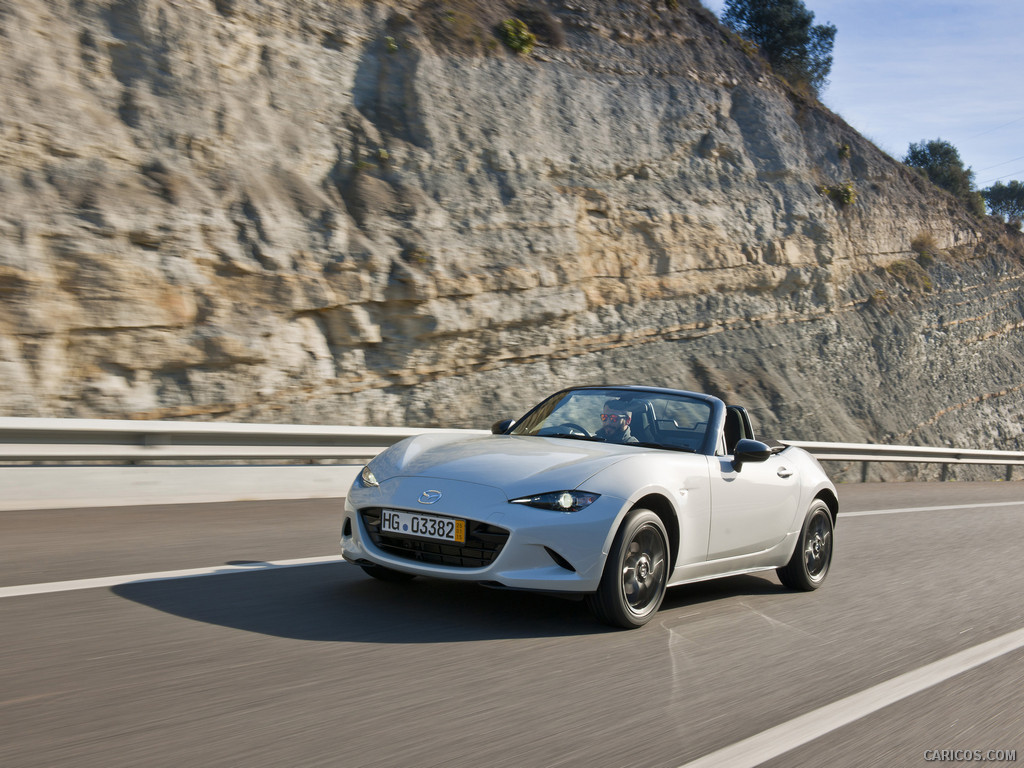 \n
\n
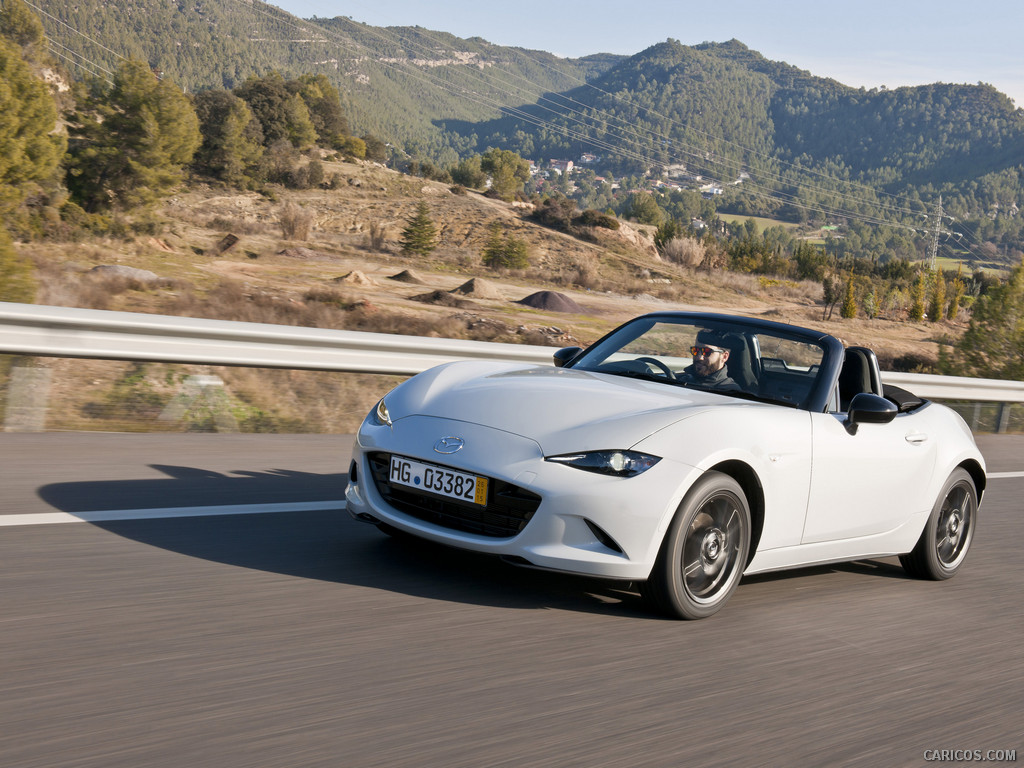 \n
\n
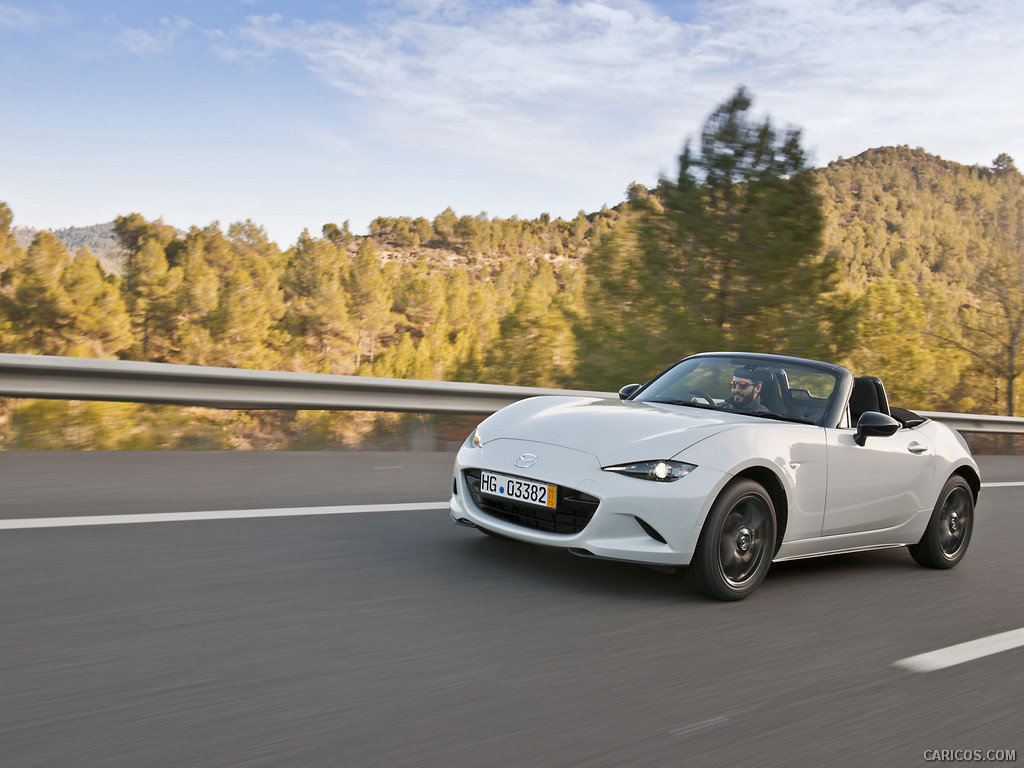 \n
\n
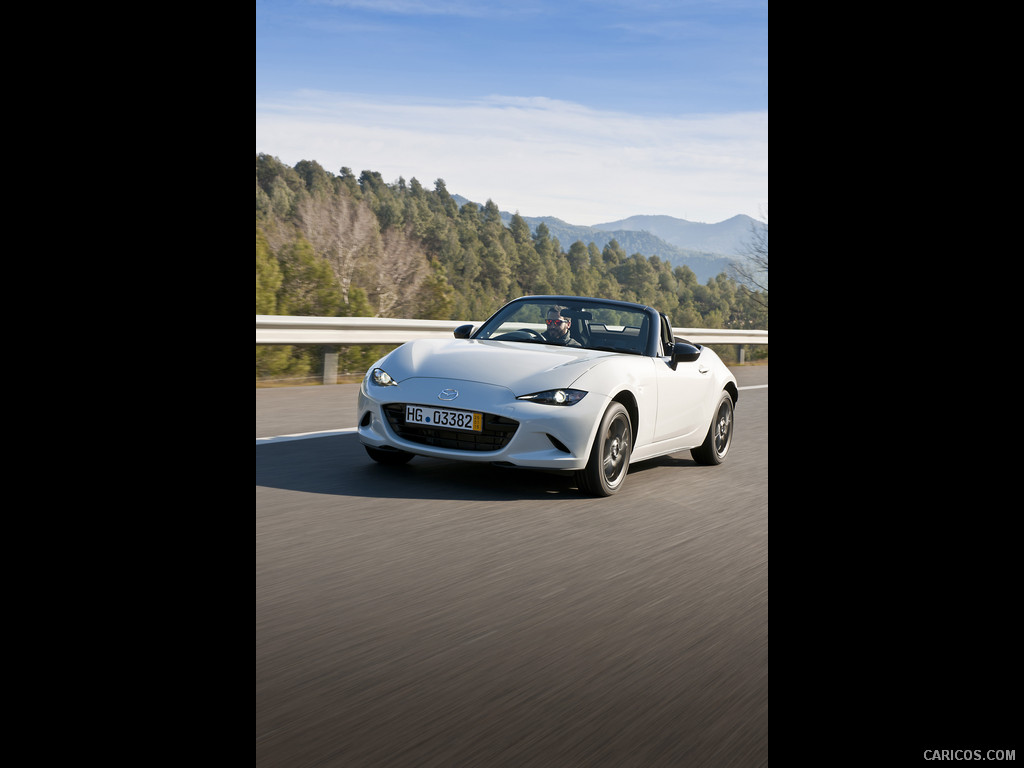 \n
\n
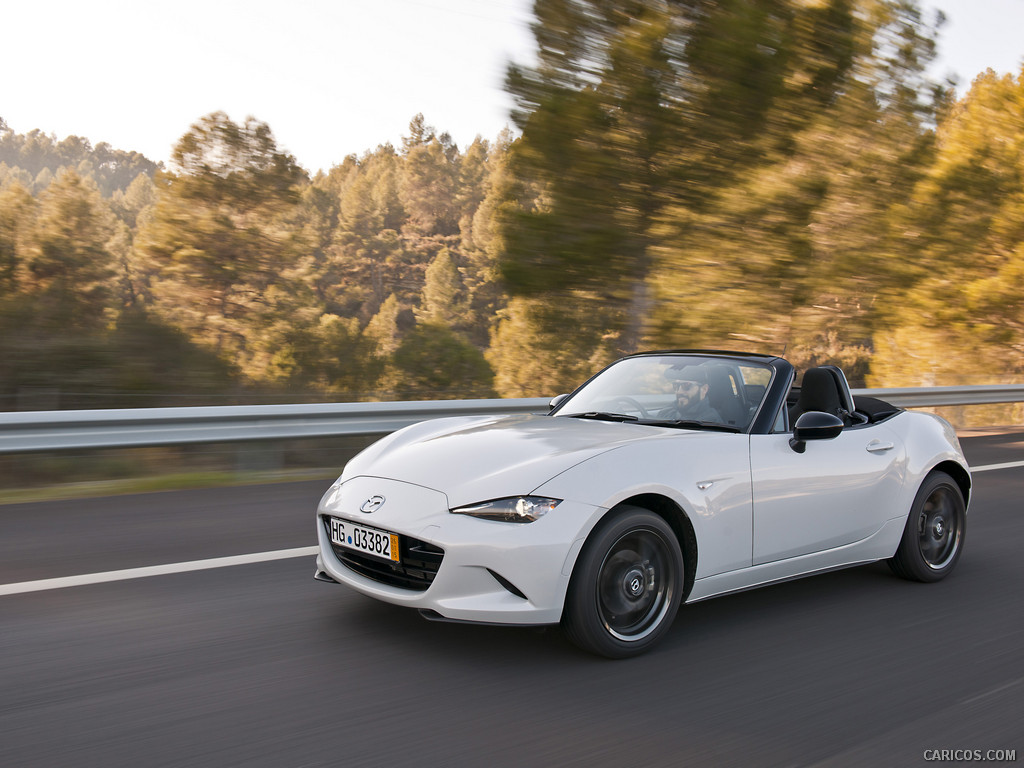 \n
\n
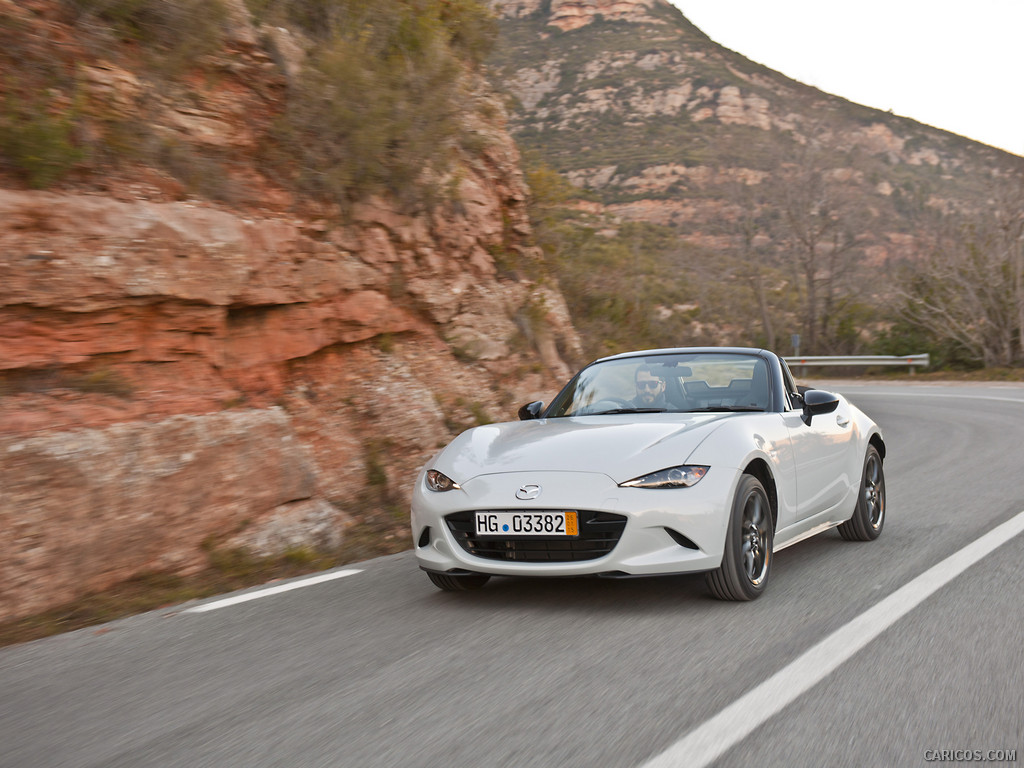 \n
\n
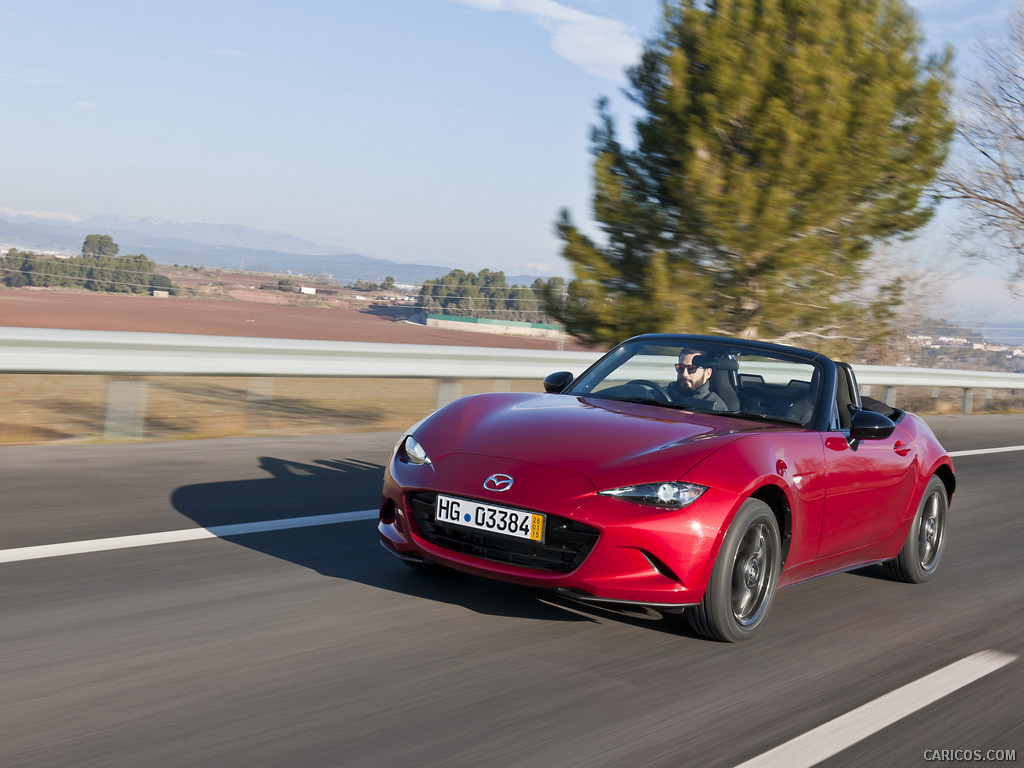 \n
\n
 \n
\n
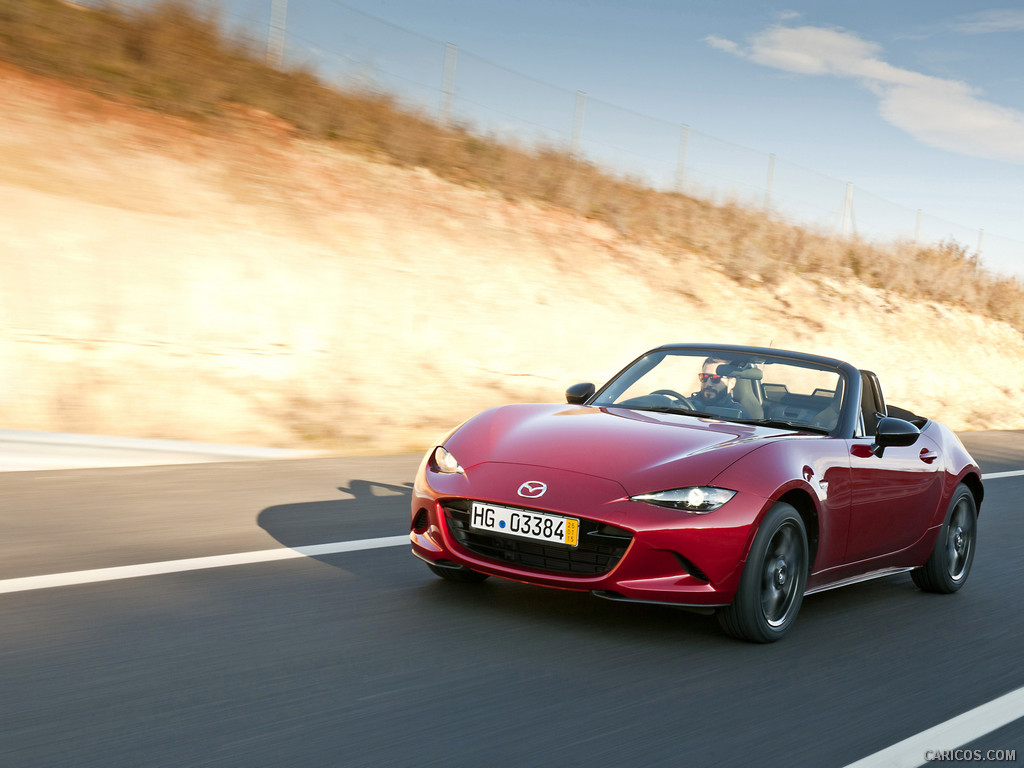 \n
\n
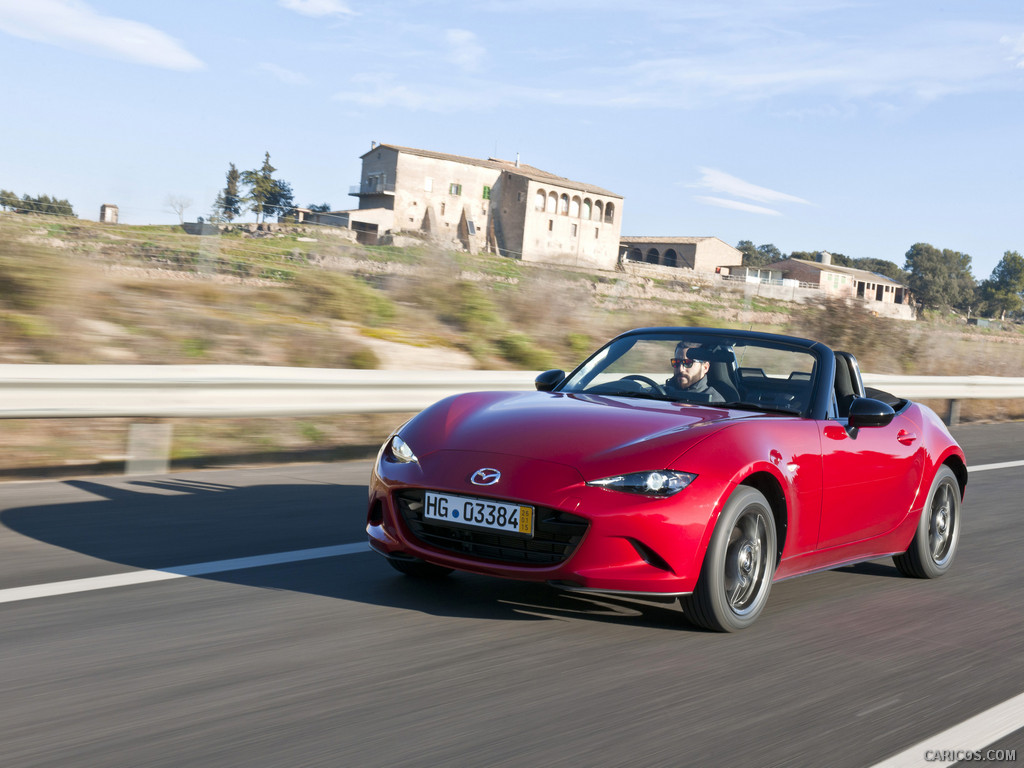 \n
\n
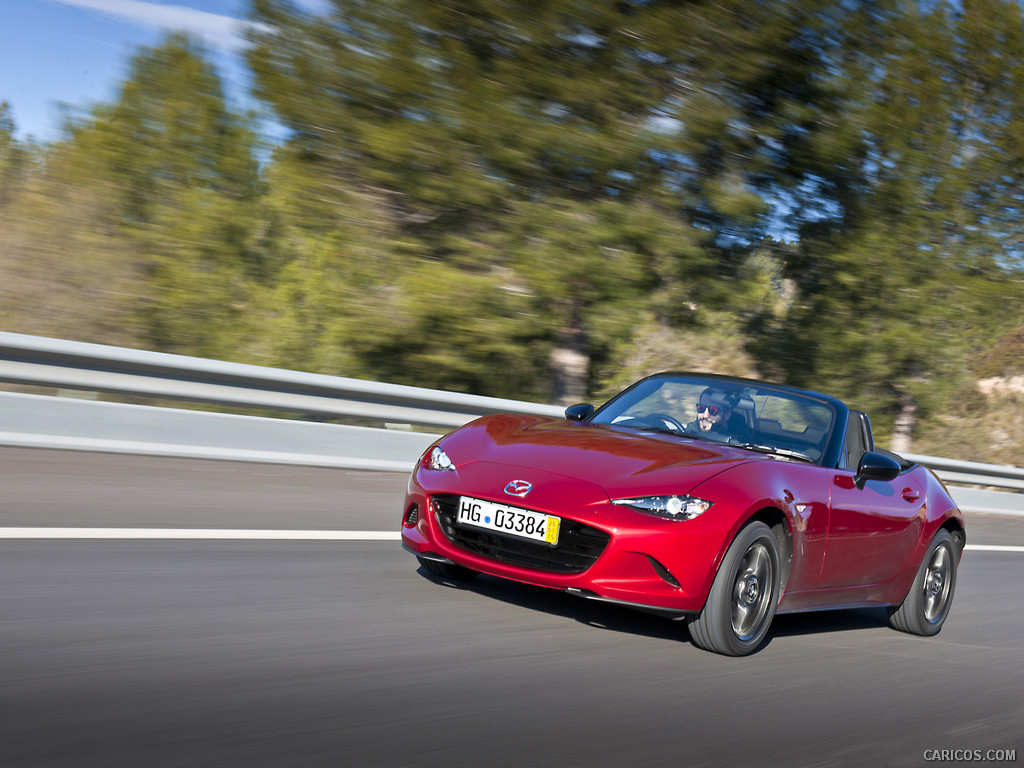 \n
\n
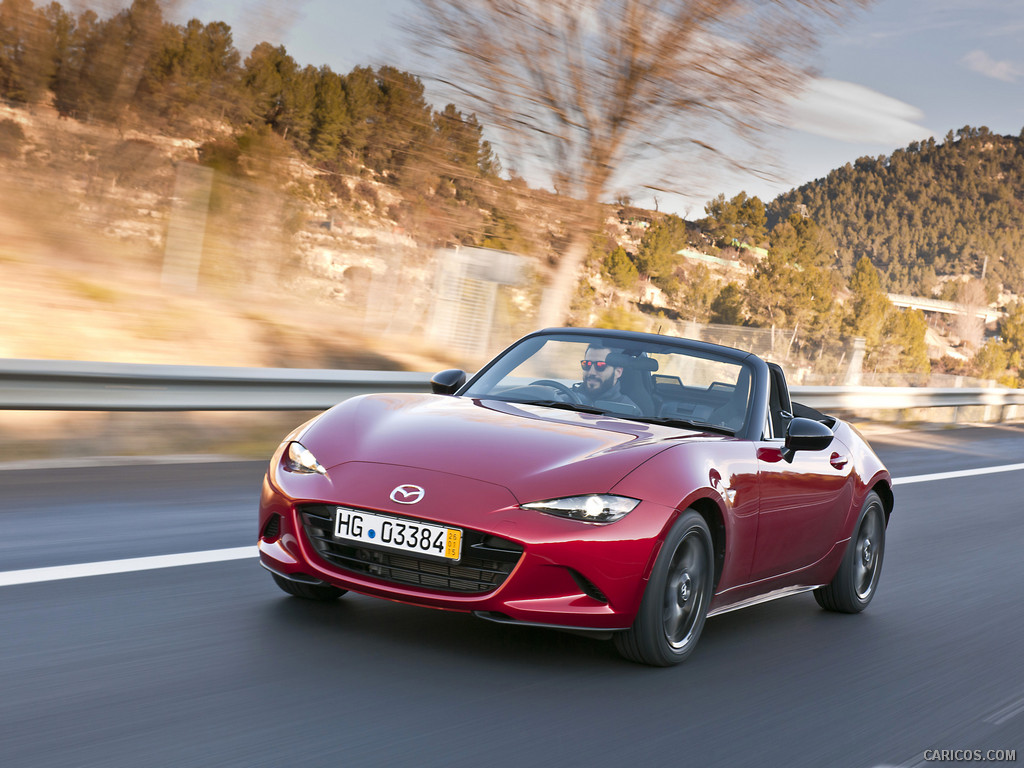 \n
\n
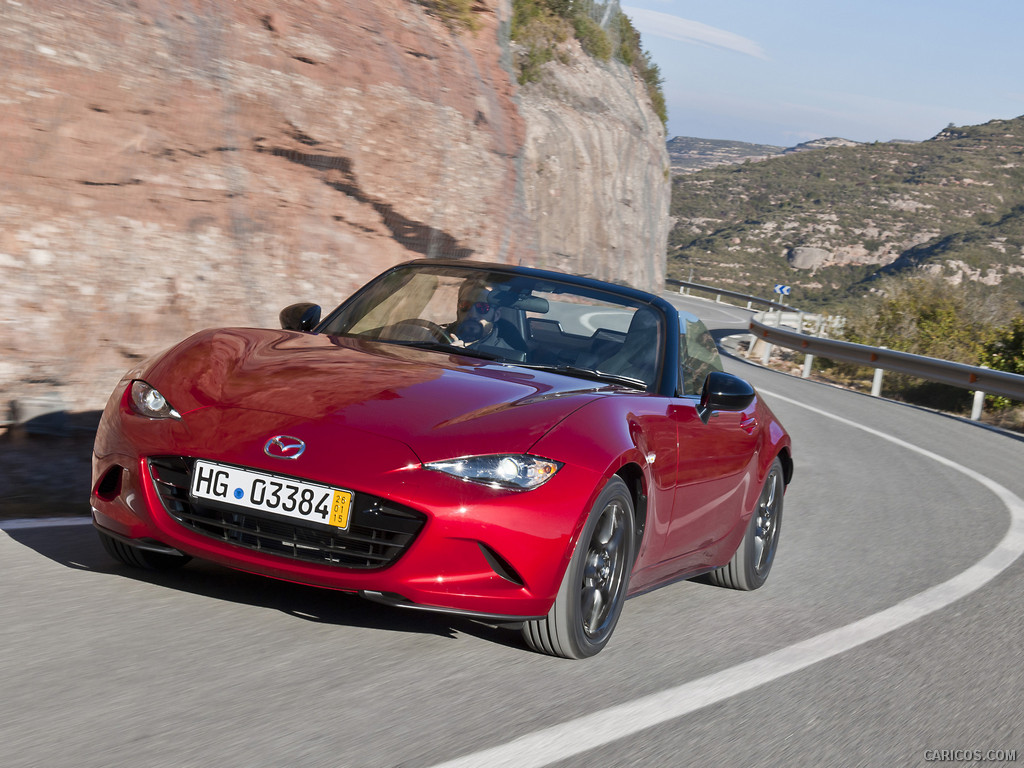 \n
\n
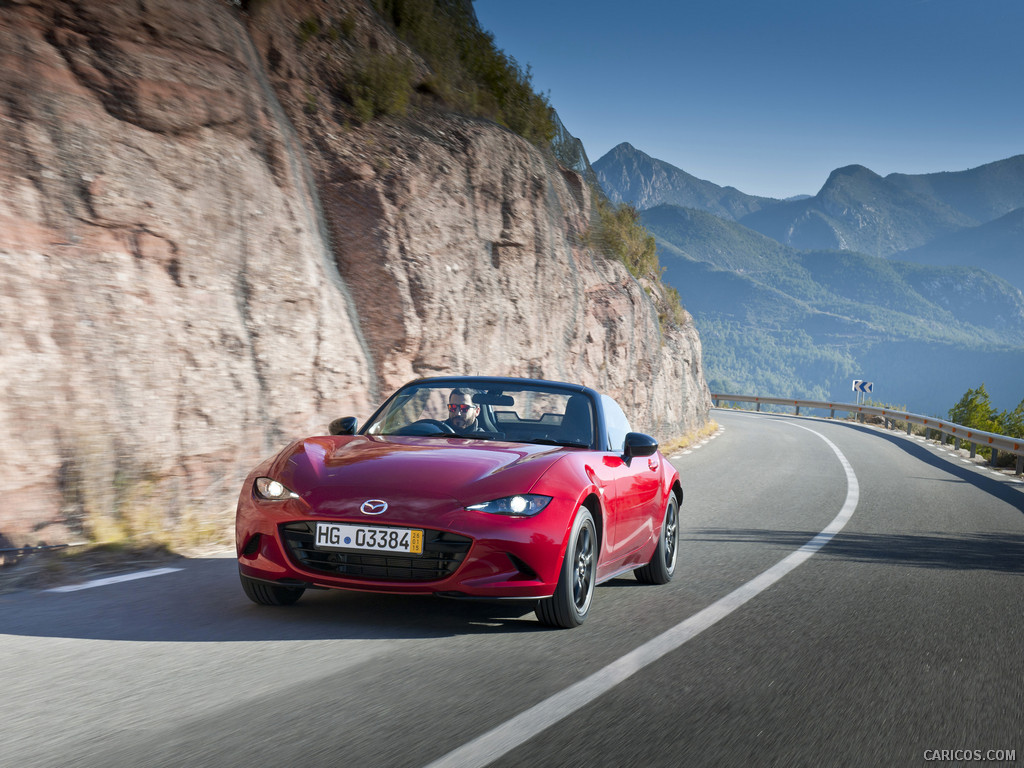 \n
\n
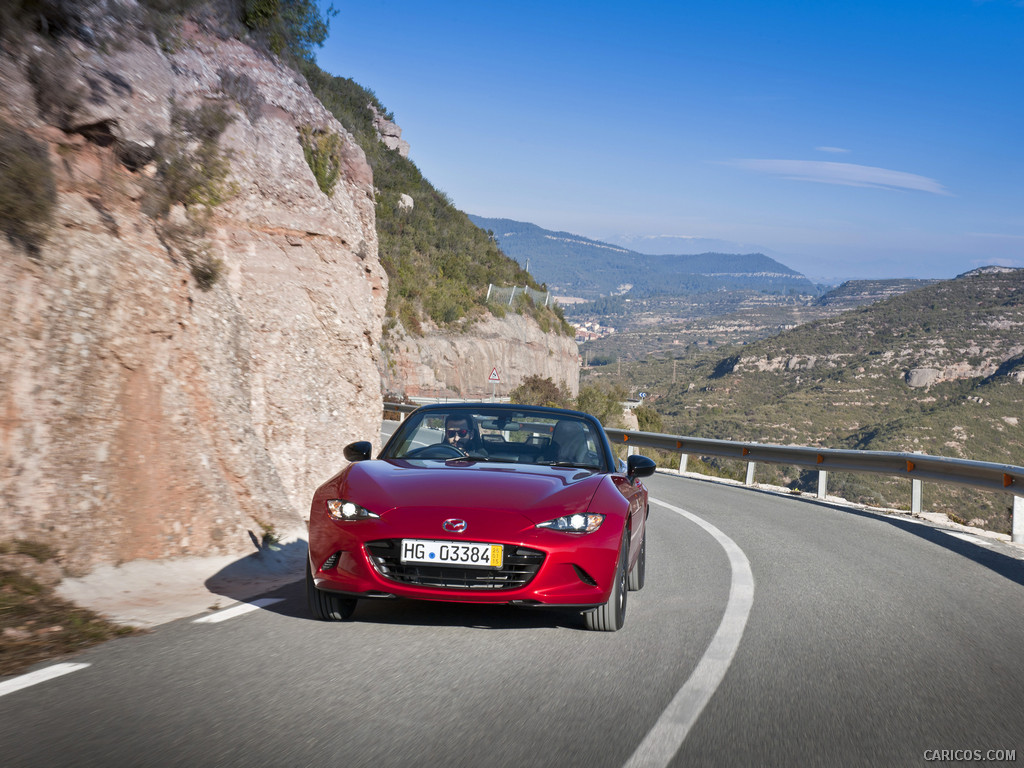 \n
\n
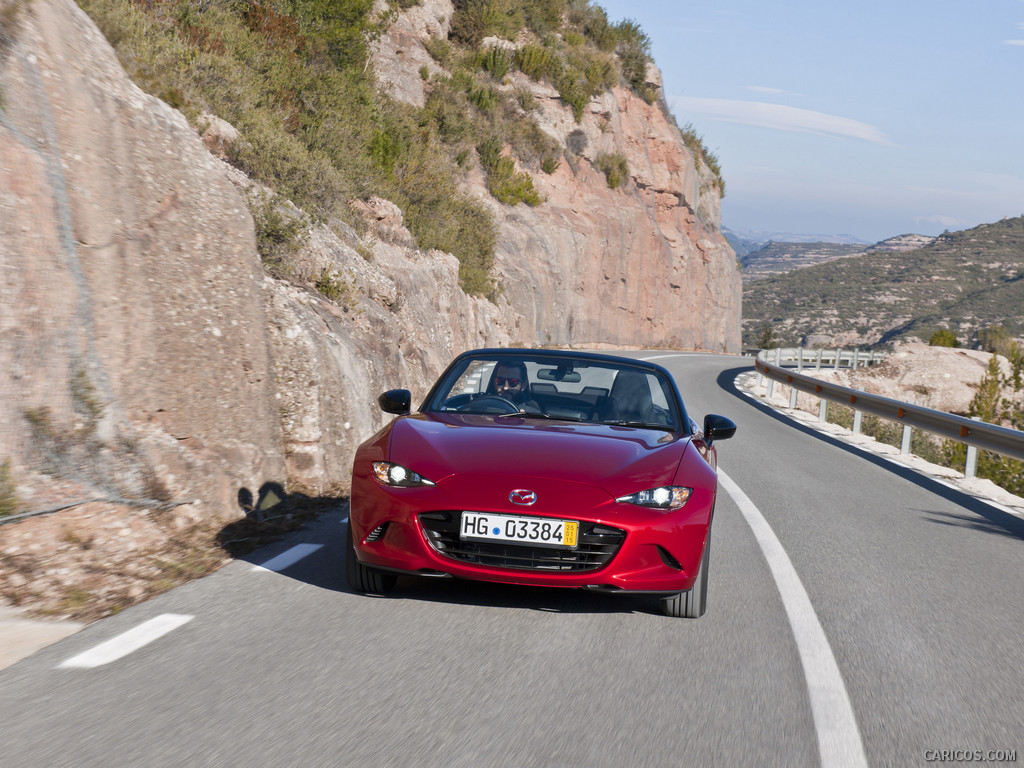 \n
\n
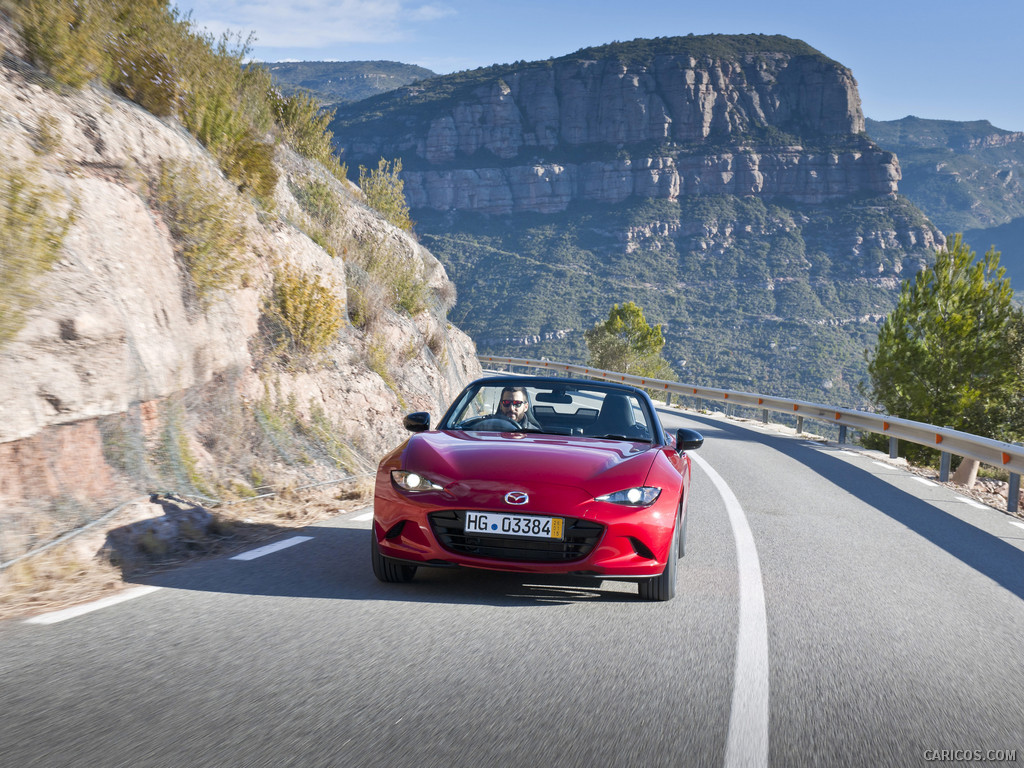 \n
\n
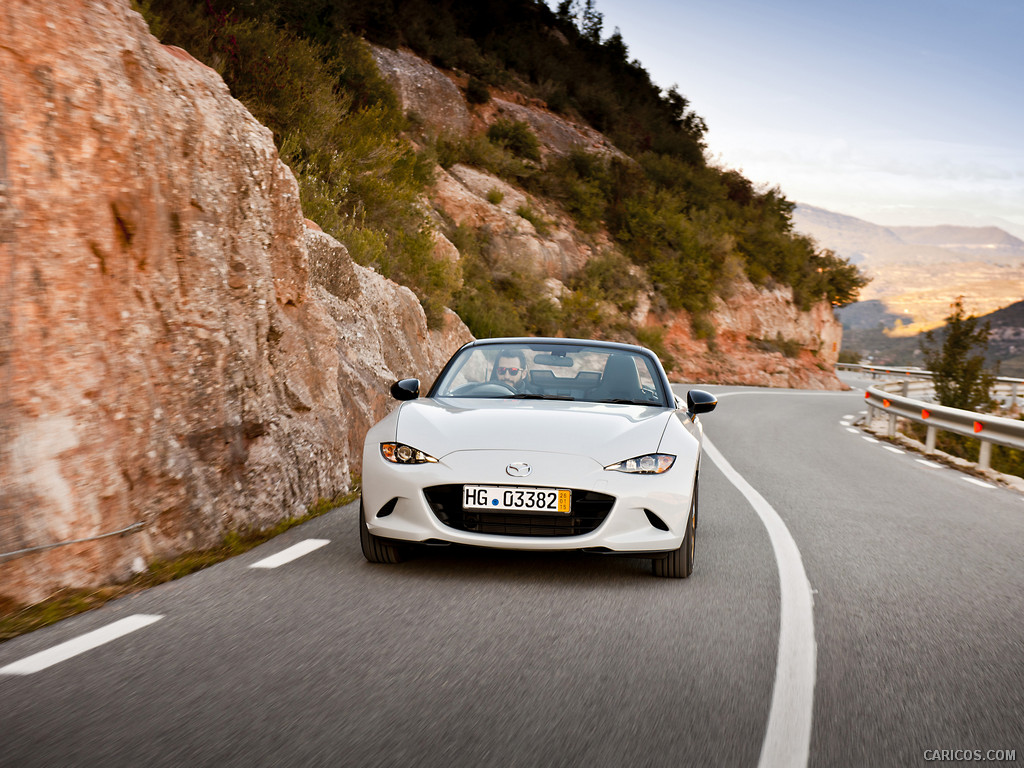 \n
\n
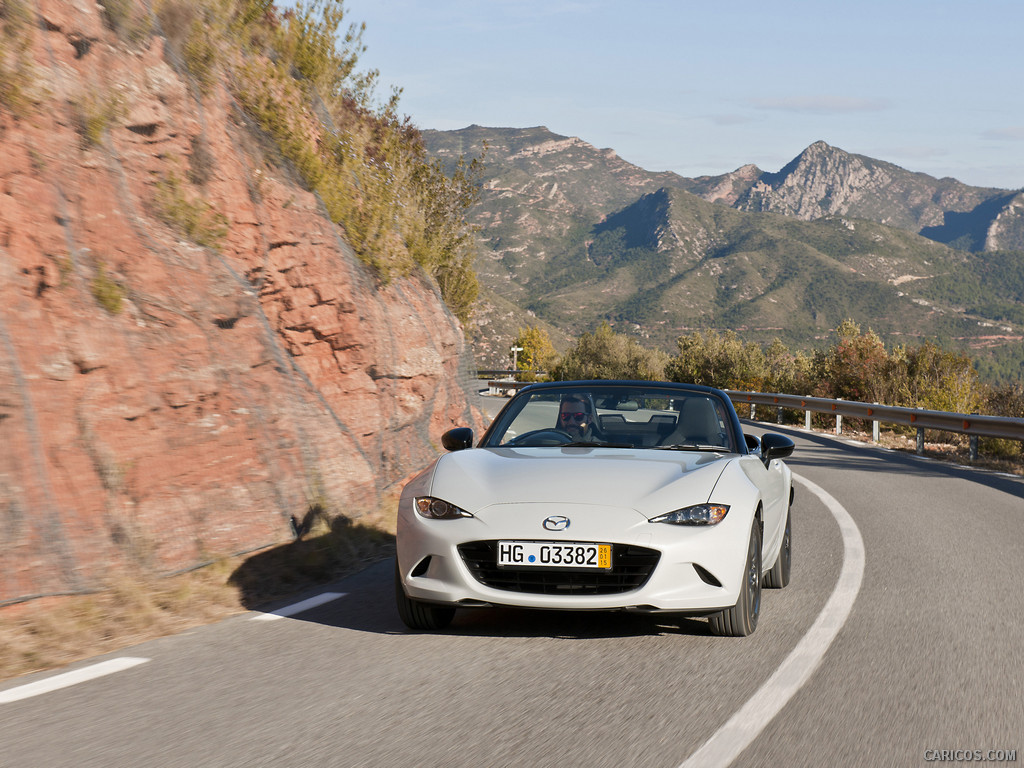 \n
\n
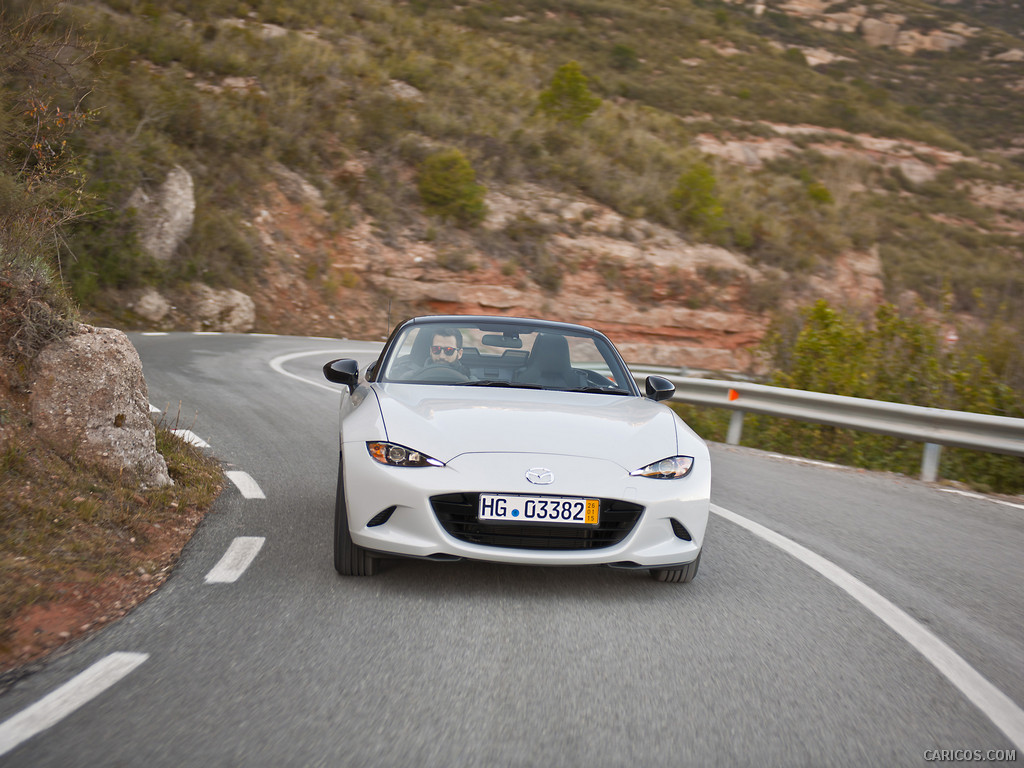 \n
\n
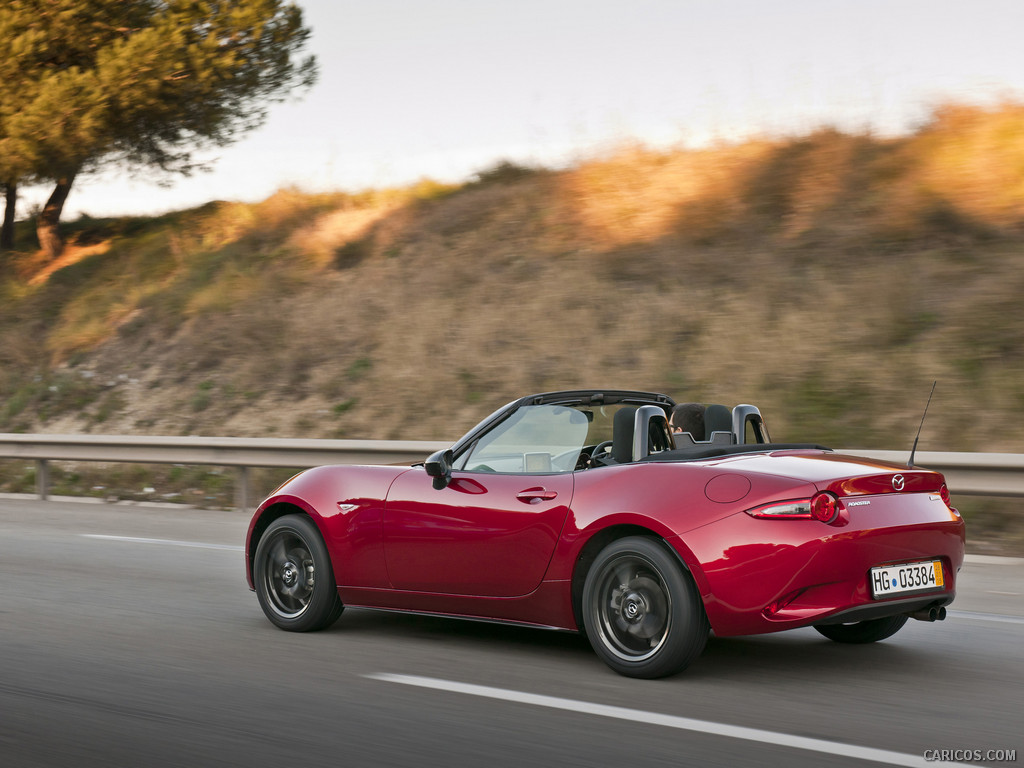 \n
\n
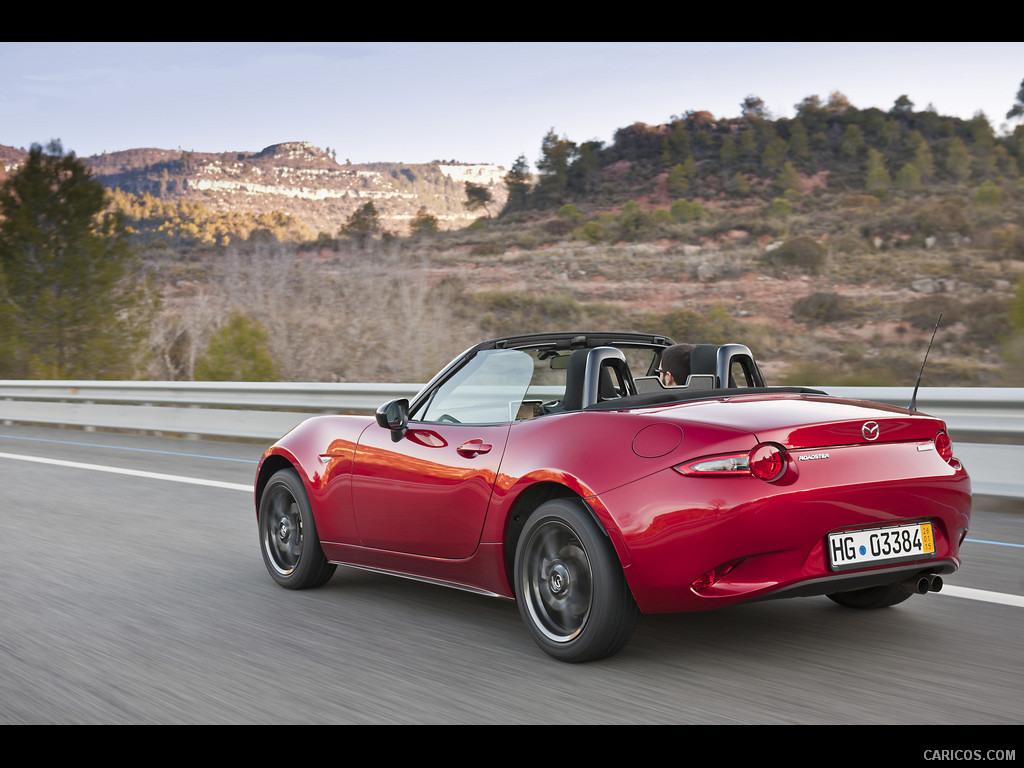 \n
\n
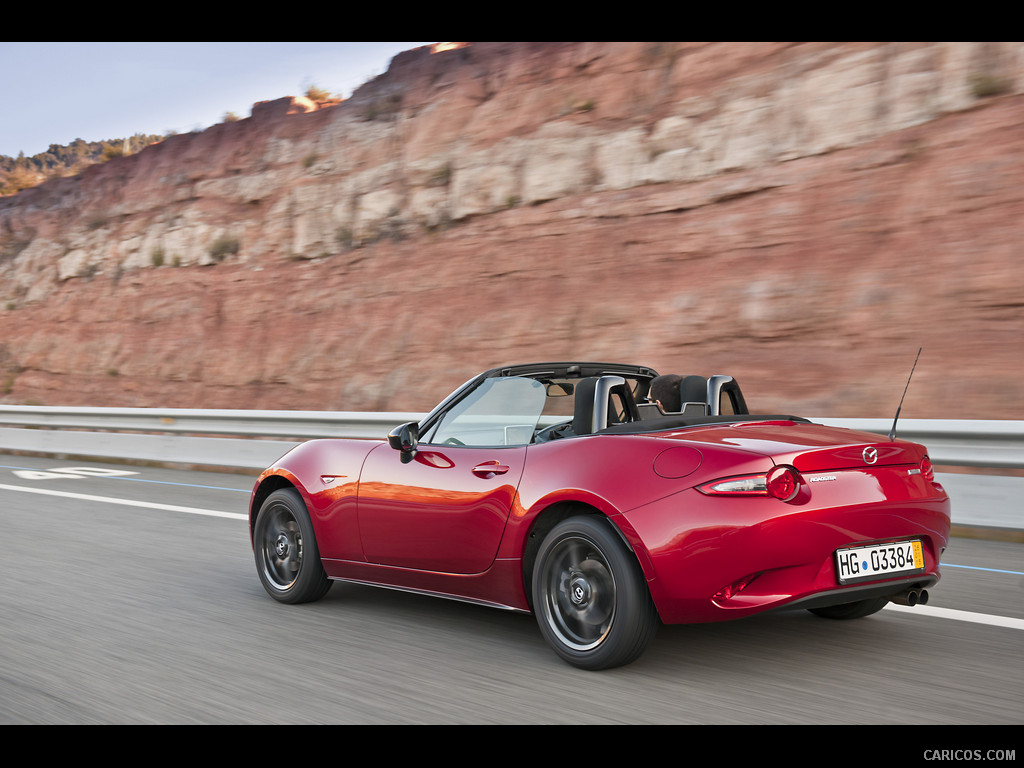 \n
\n
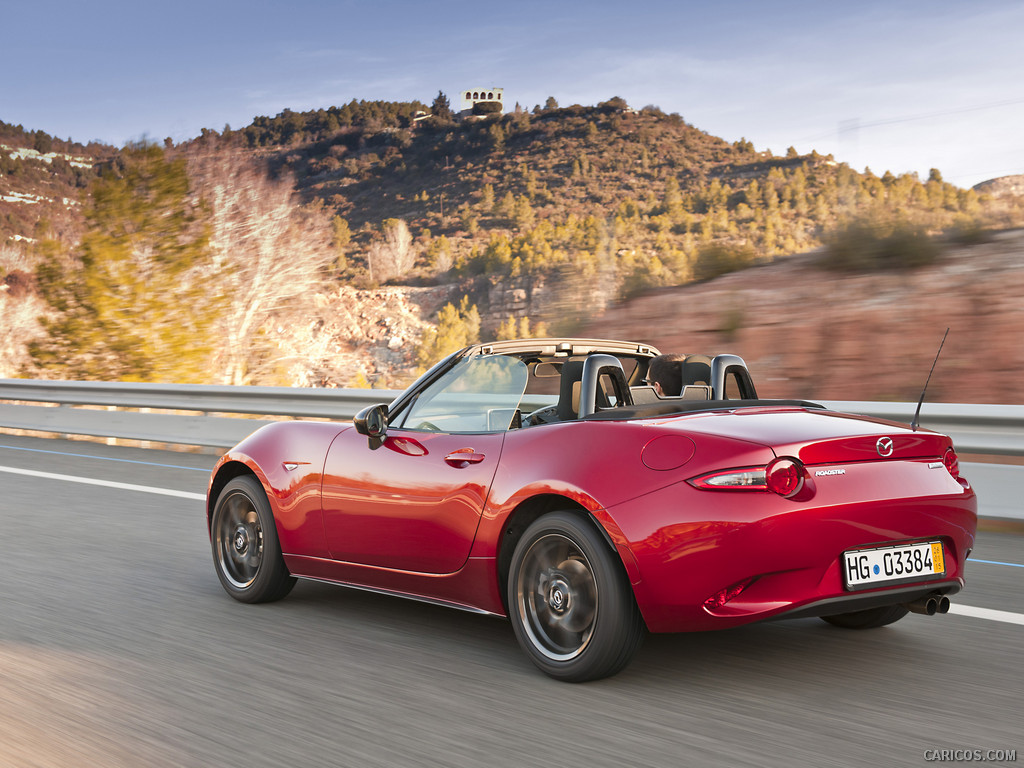 \n
\n
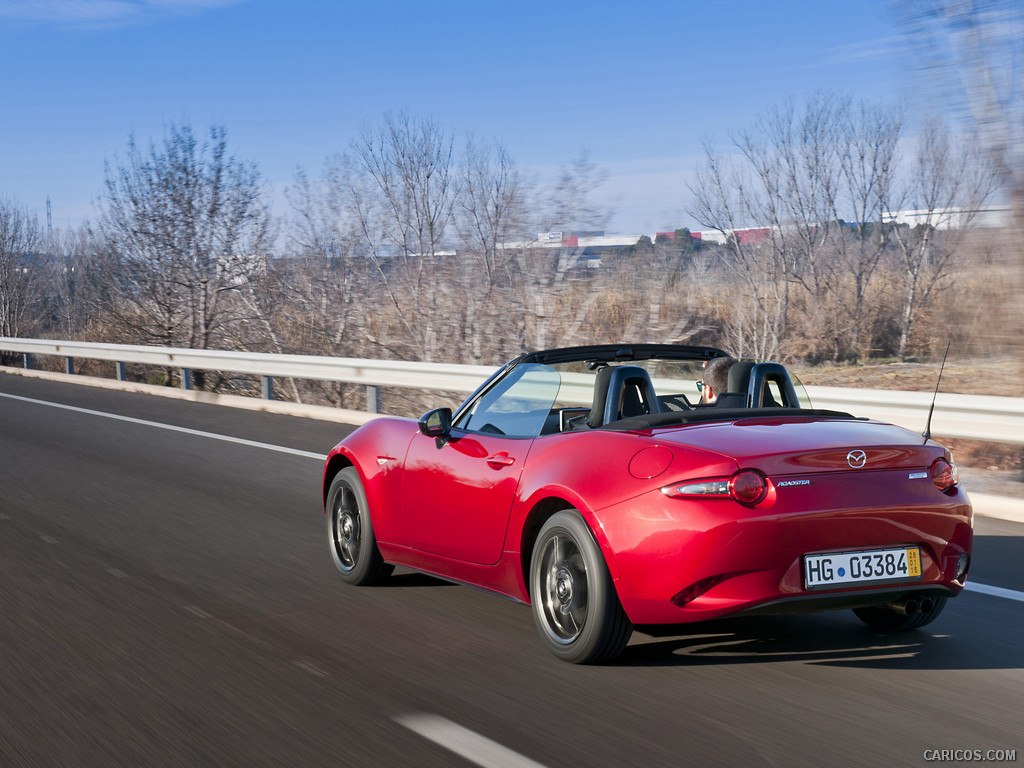 \n
\n
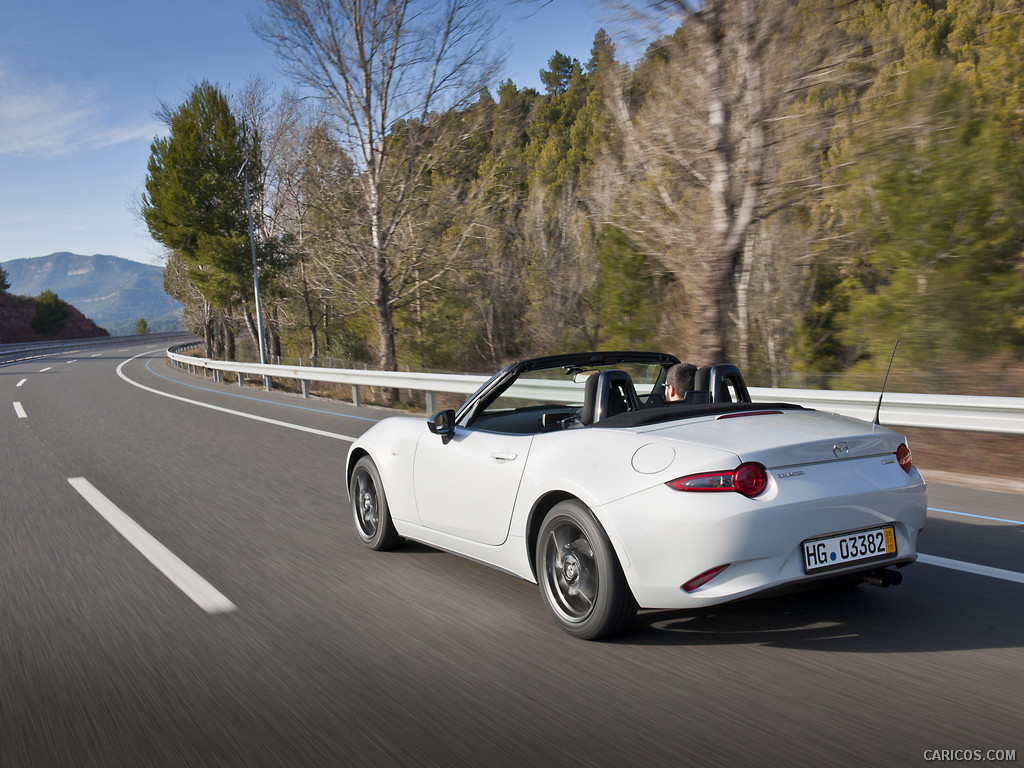 \n
\n
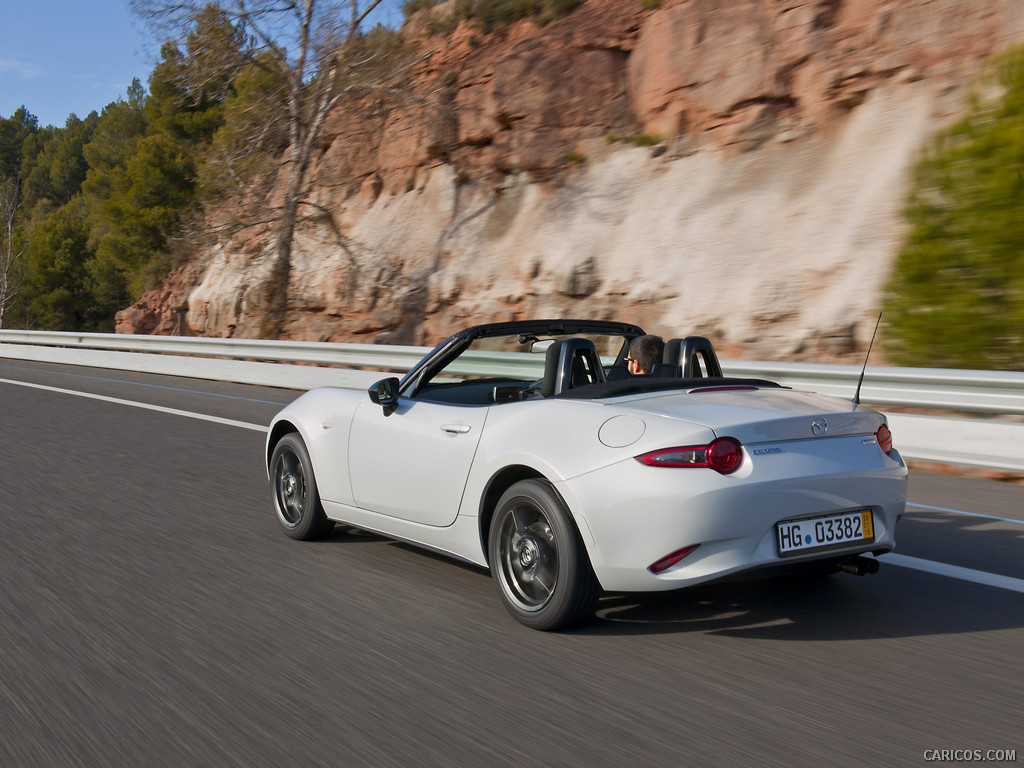 \n
\n
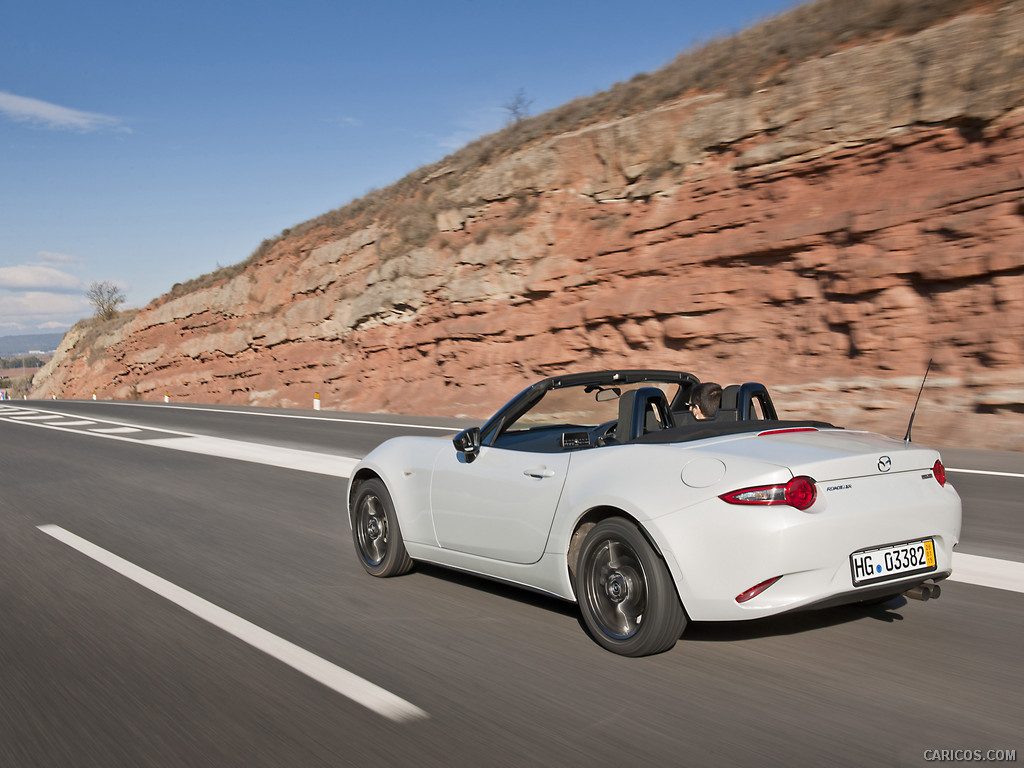 \n
\n
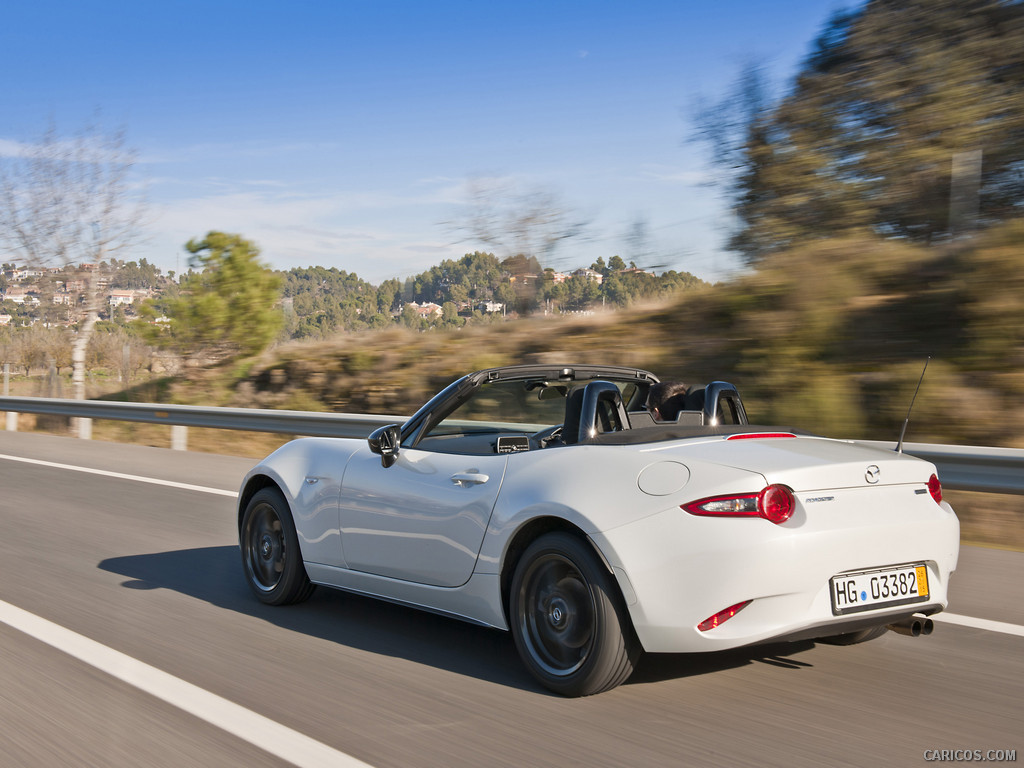 \n
\n
 \n
\n
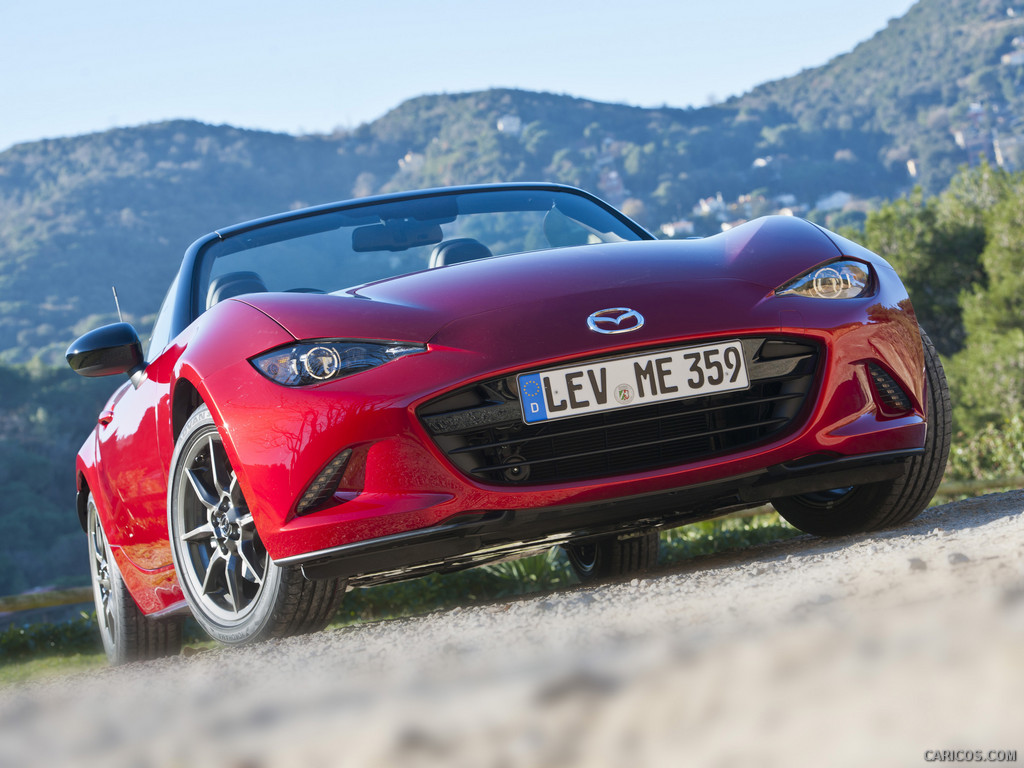 \n
\n
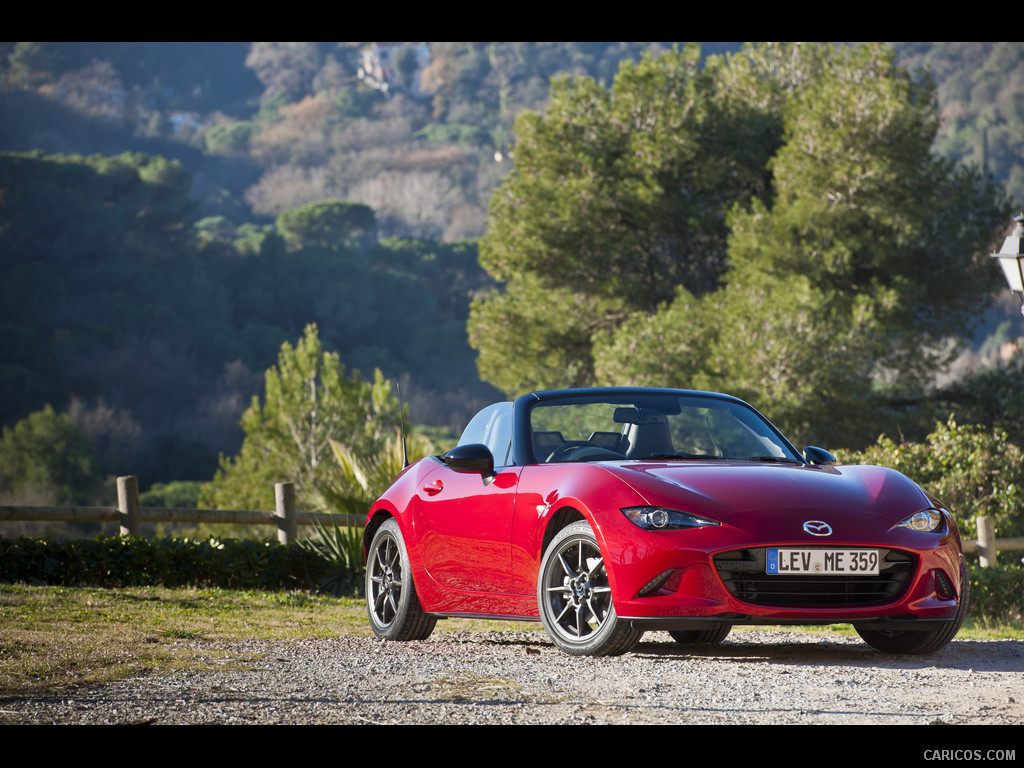 \n
\n
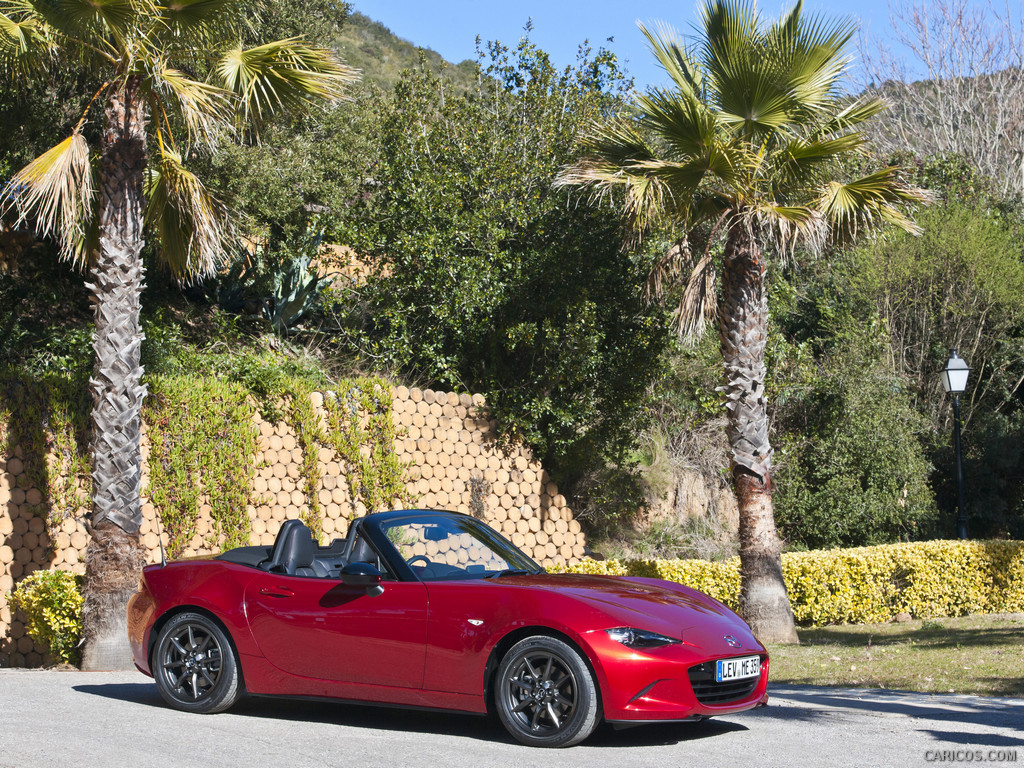 \n
\n
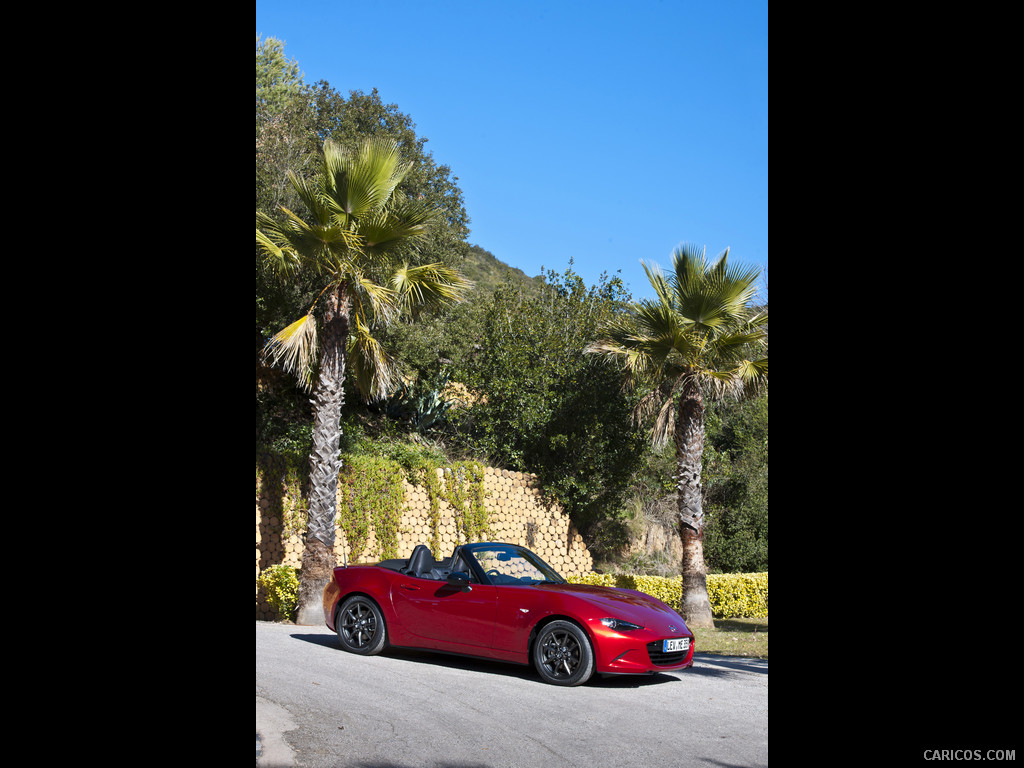 \n
\n
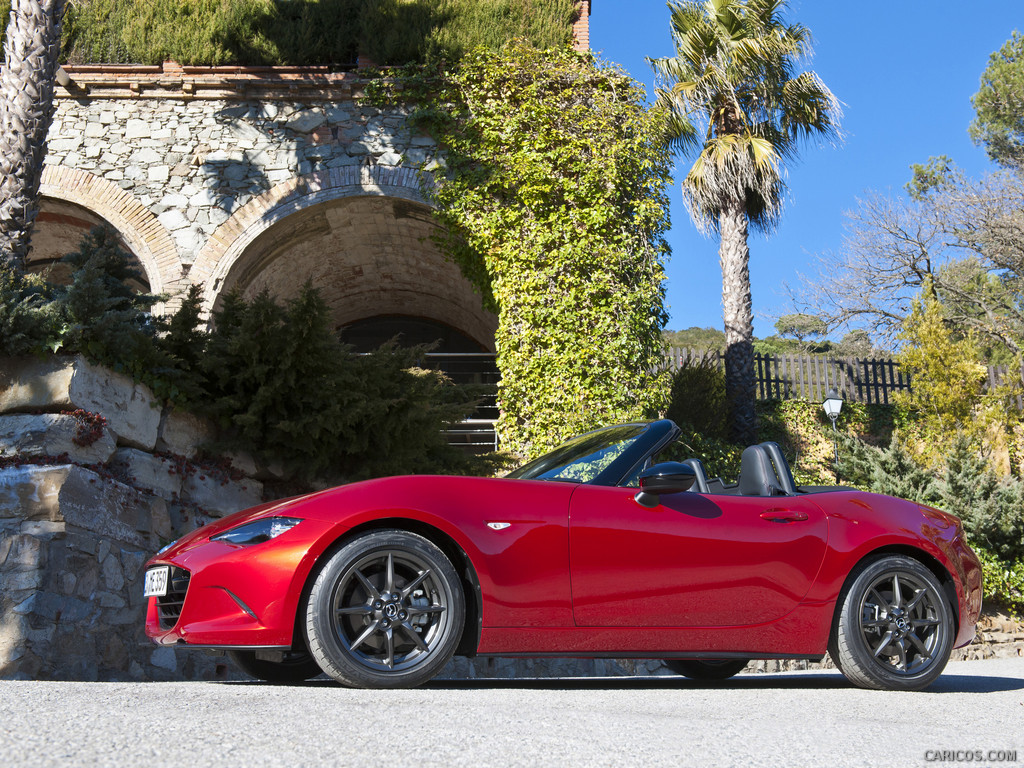 \n
\n
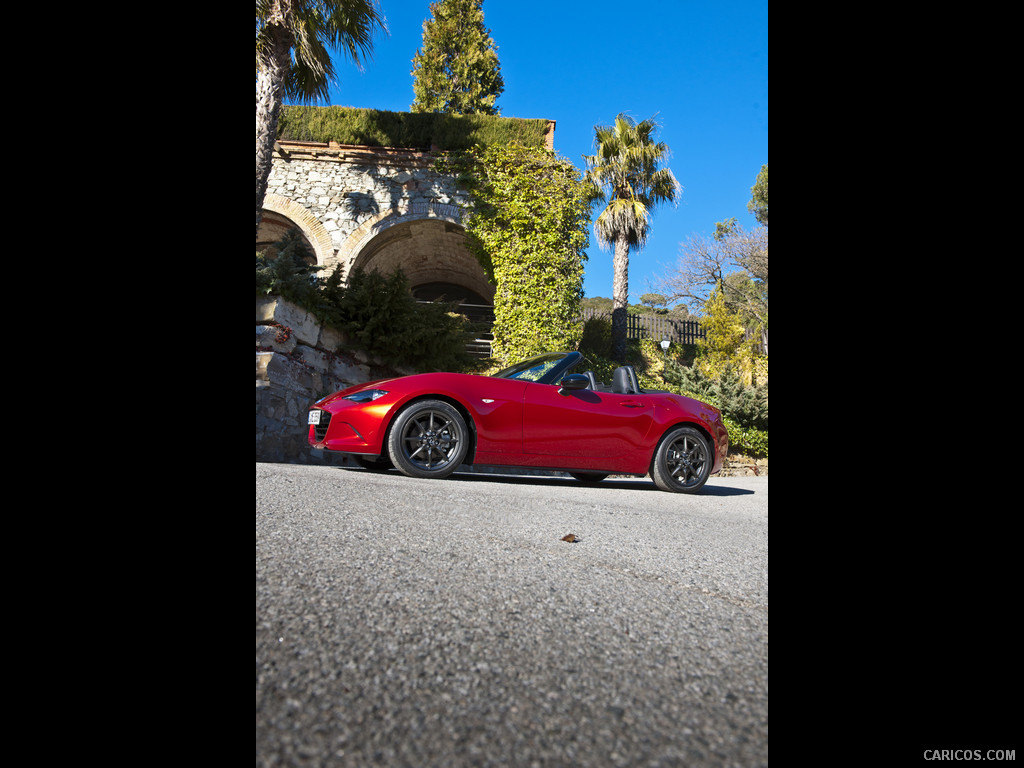 \n
\n
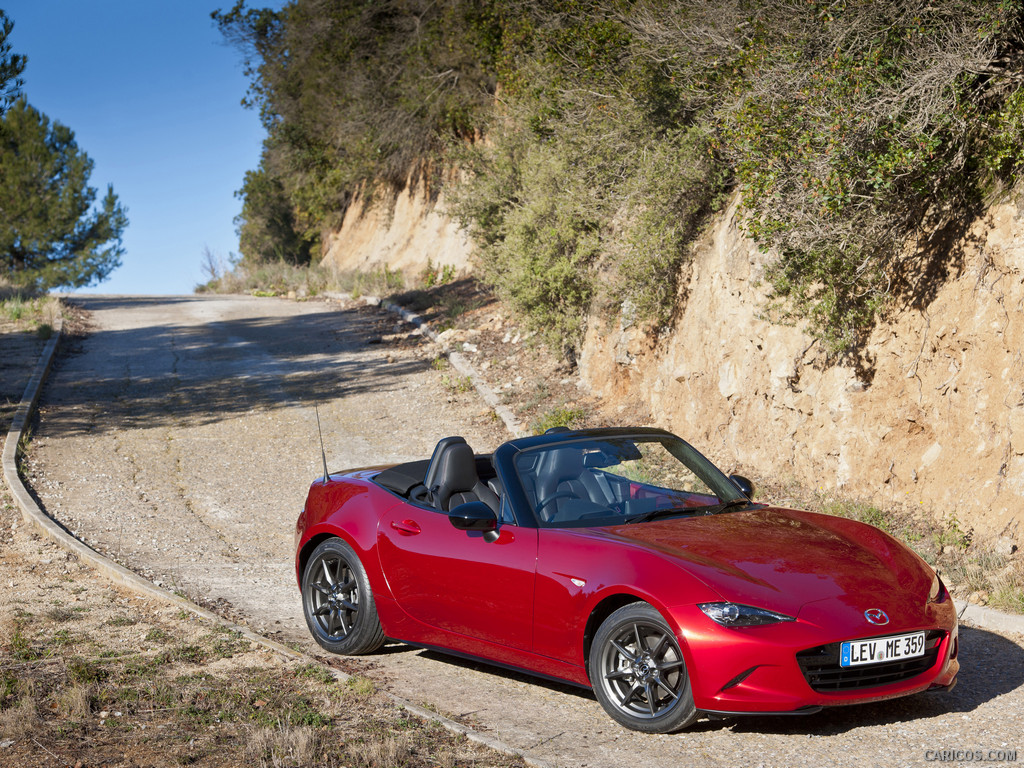 \n
\n
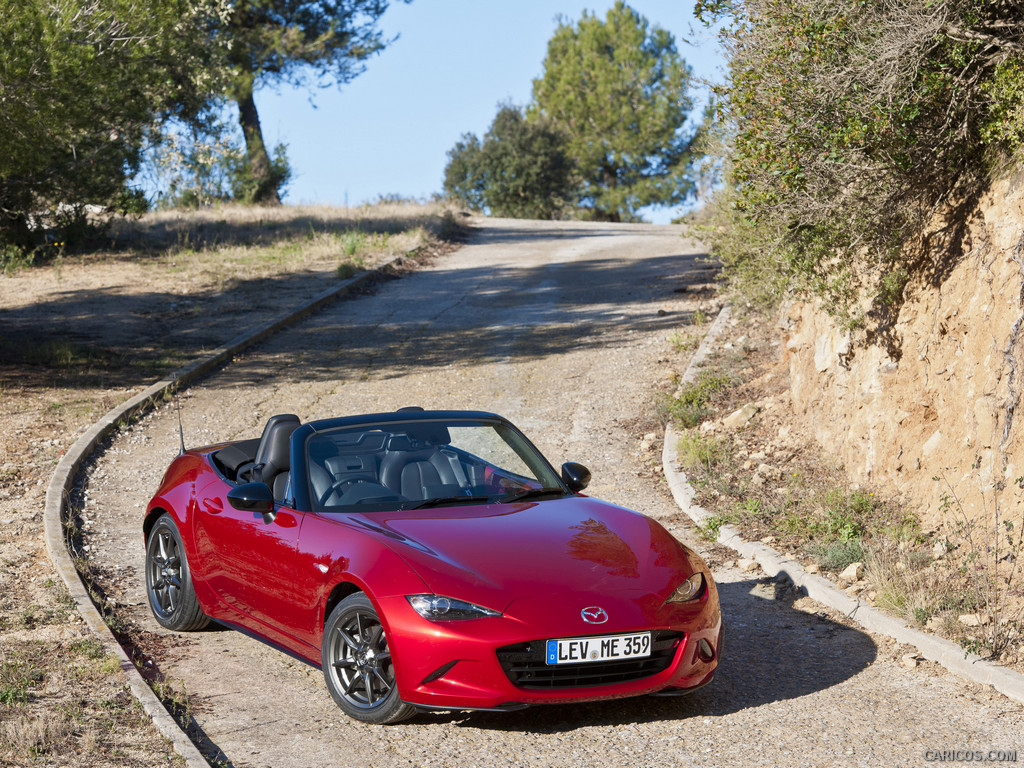 \n
\n
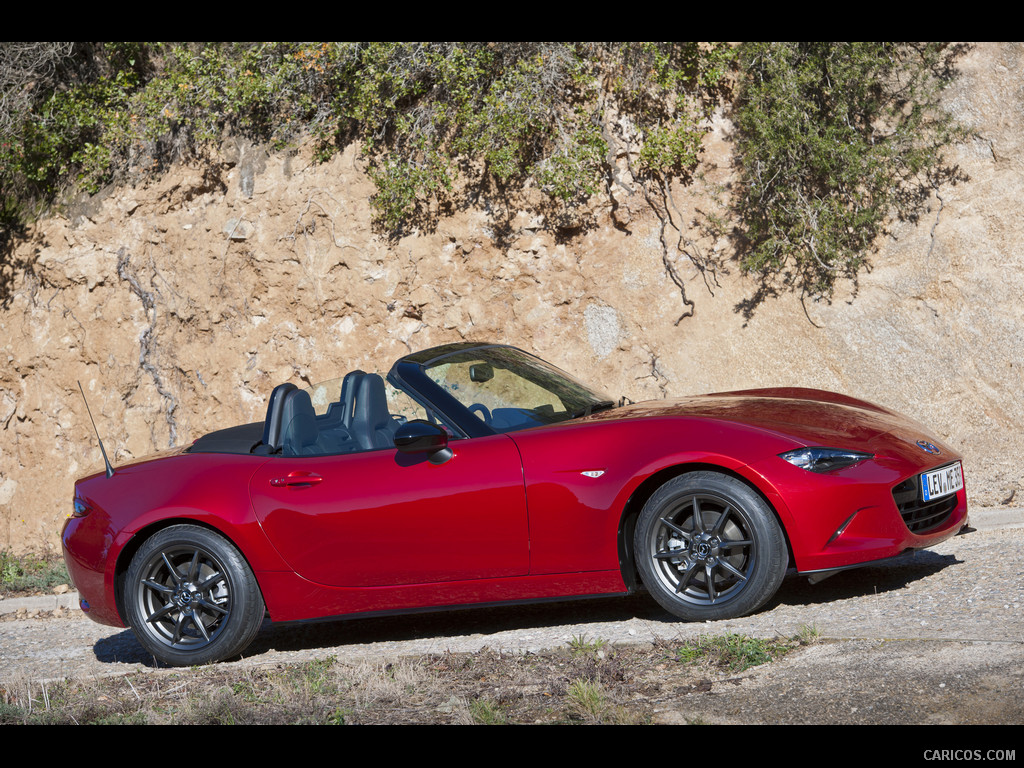 \n
\n
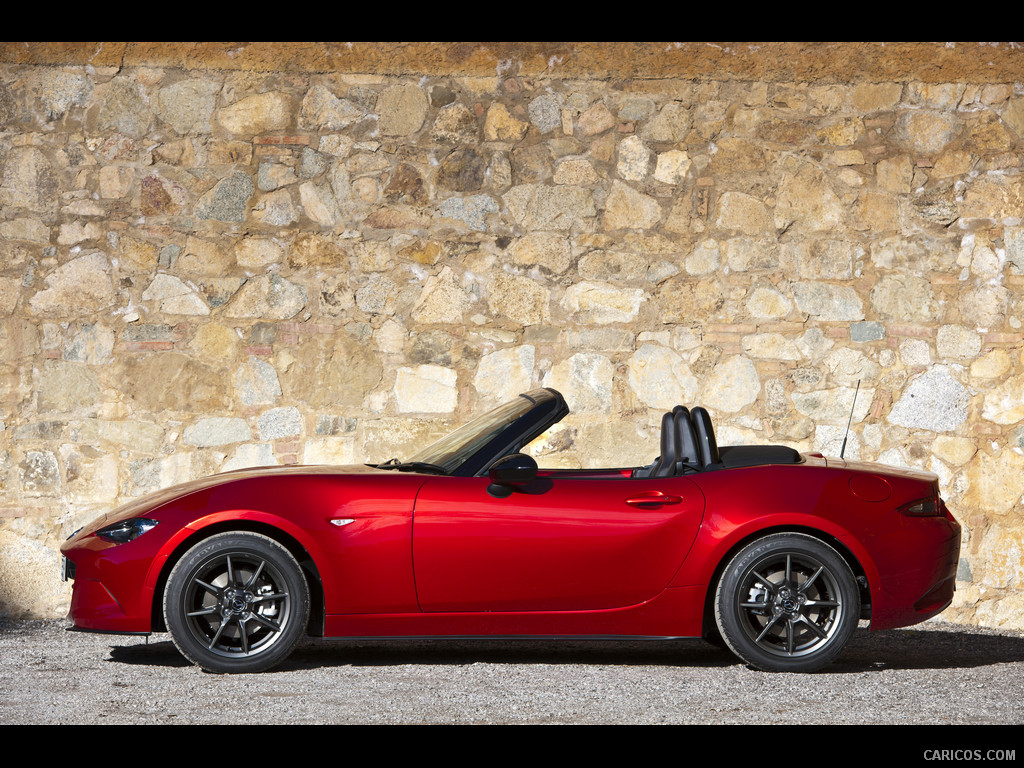 \n
\n
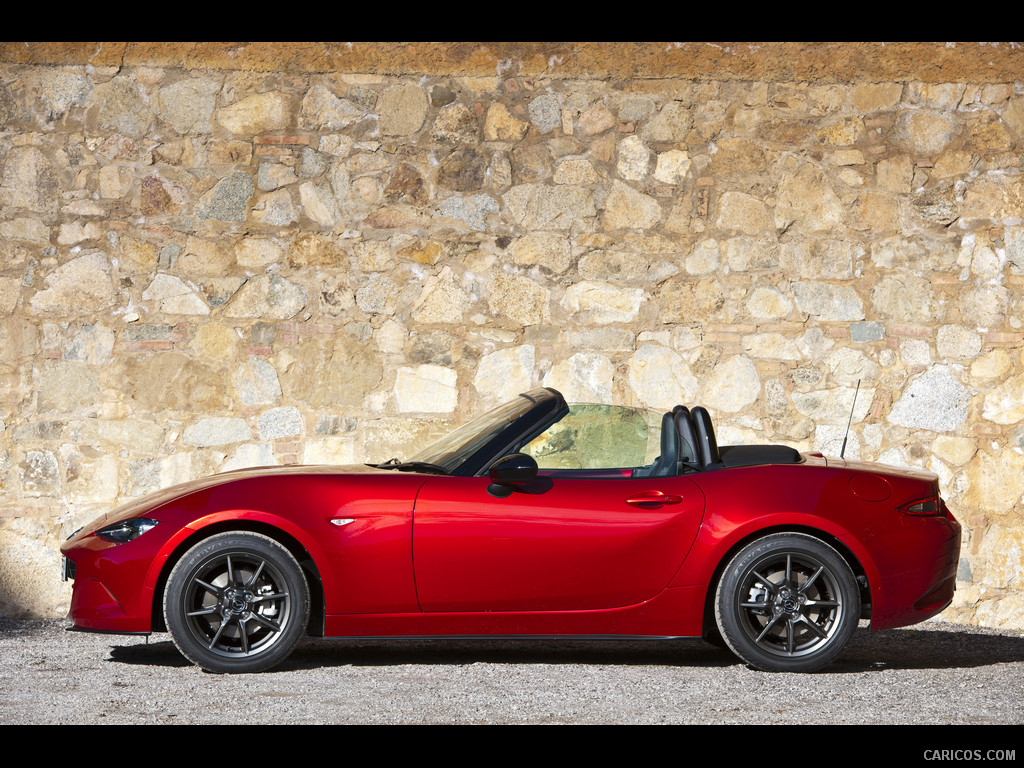 \n
\n
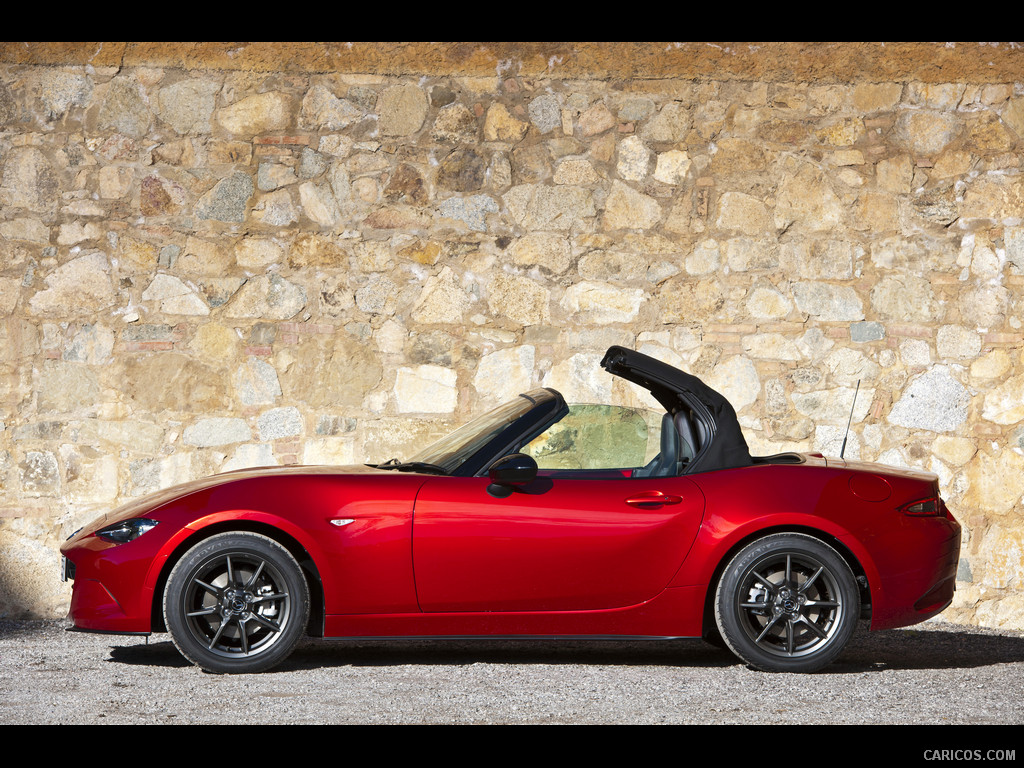 \n
\n
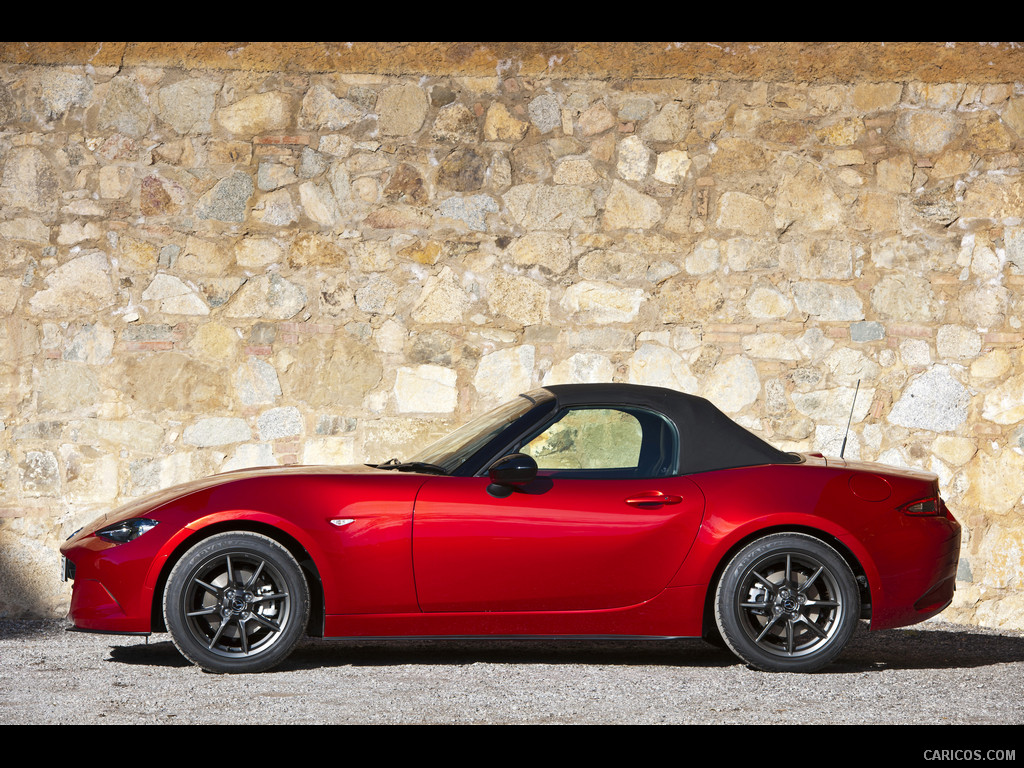 \n
\n
 \n
\n
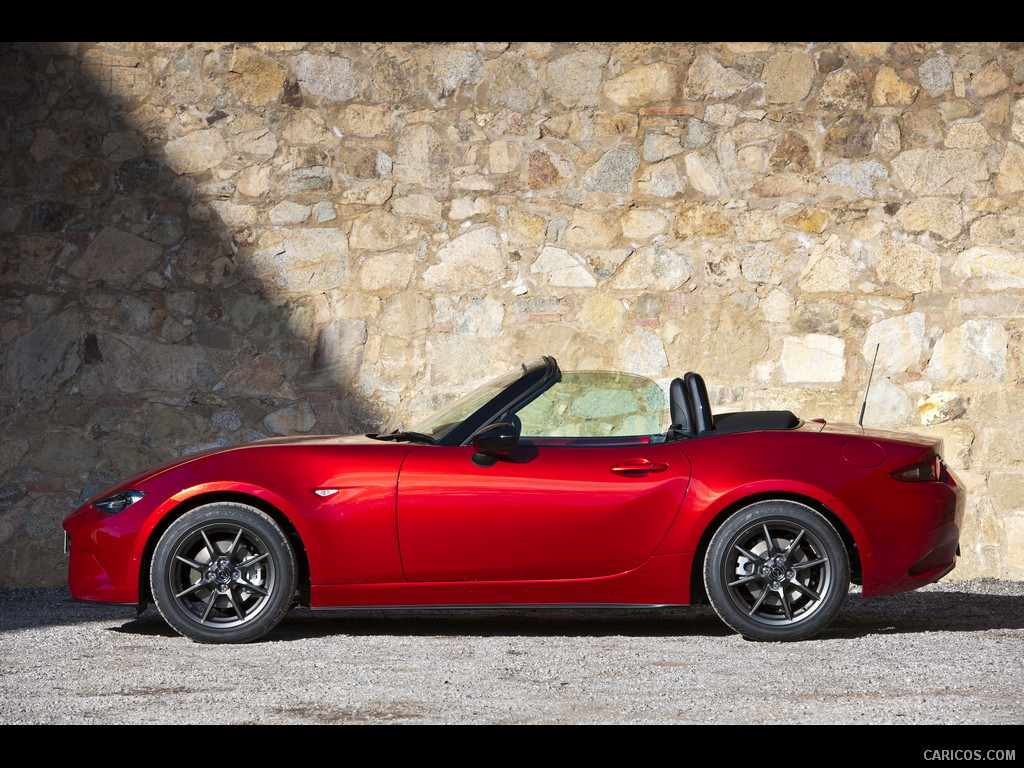 \n
\n
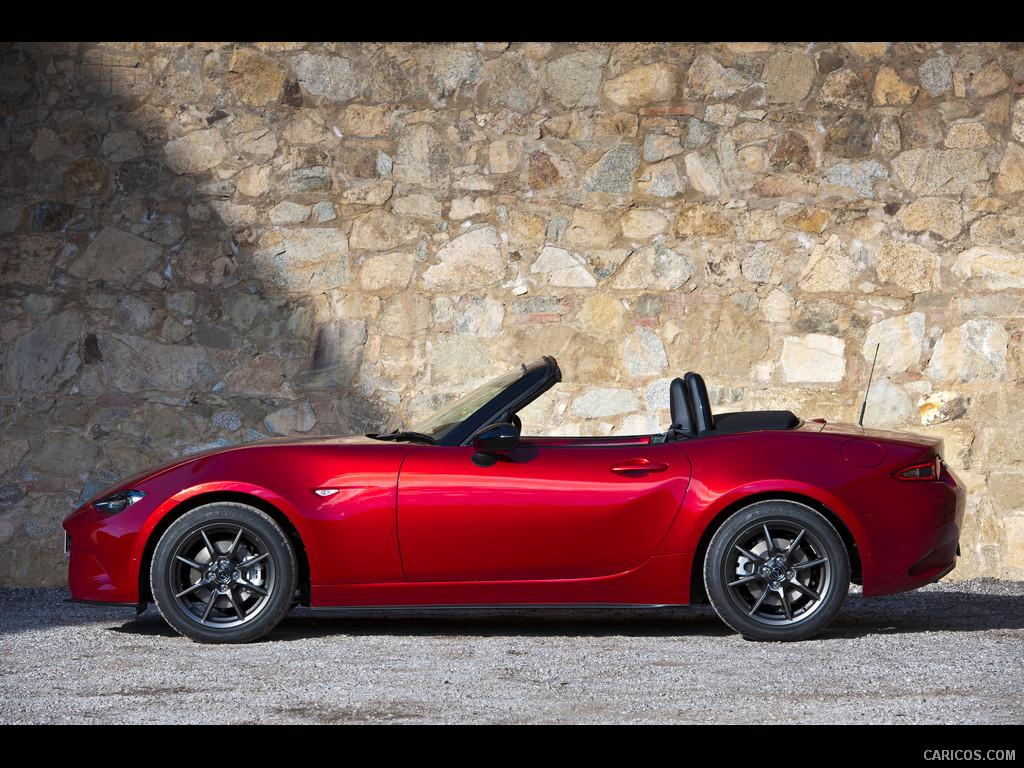 \n
\n
 \n
\n
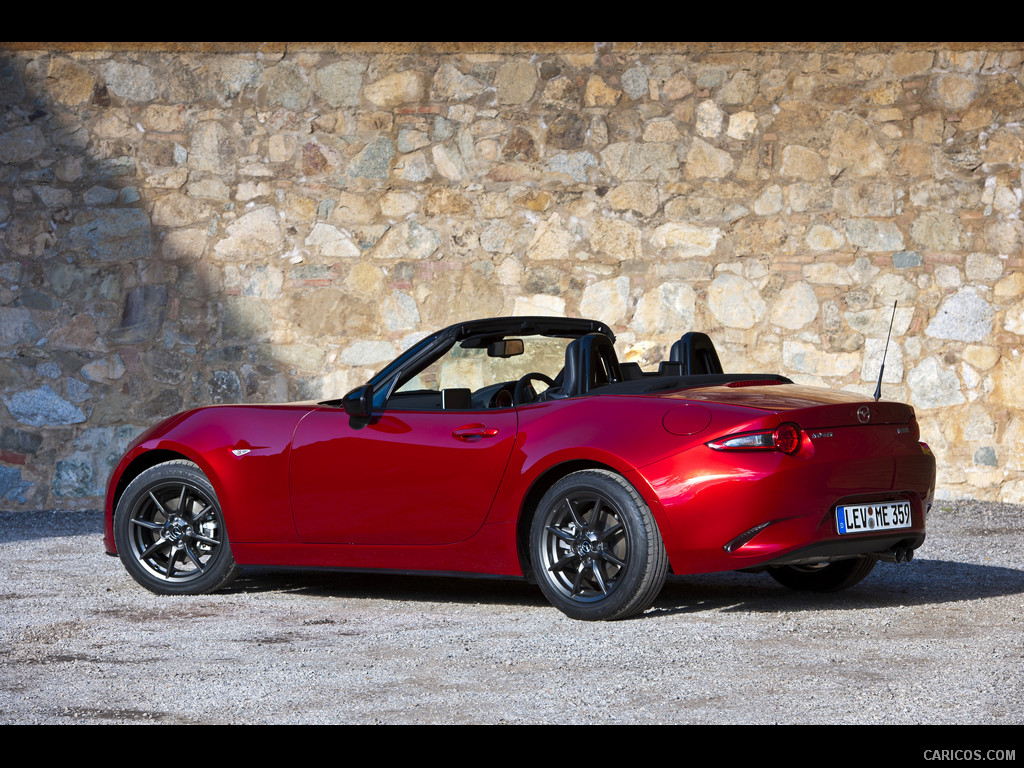 \n
\n
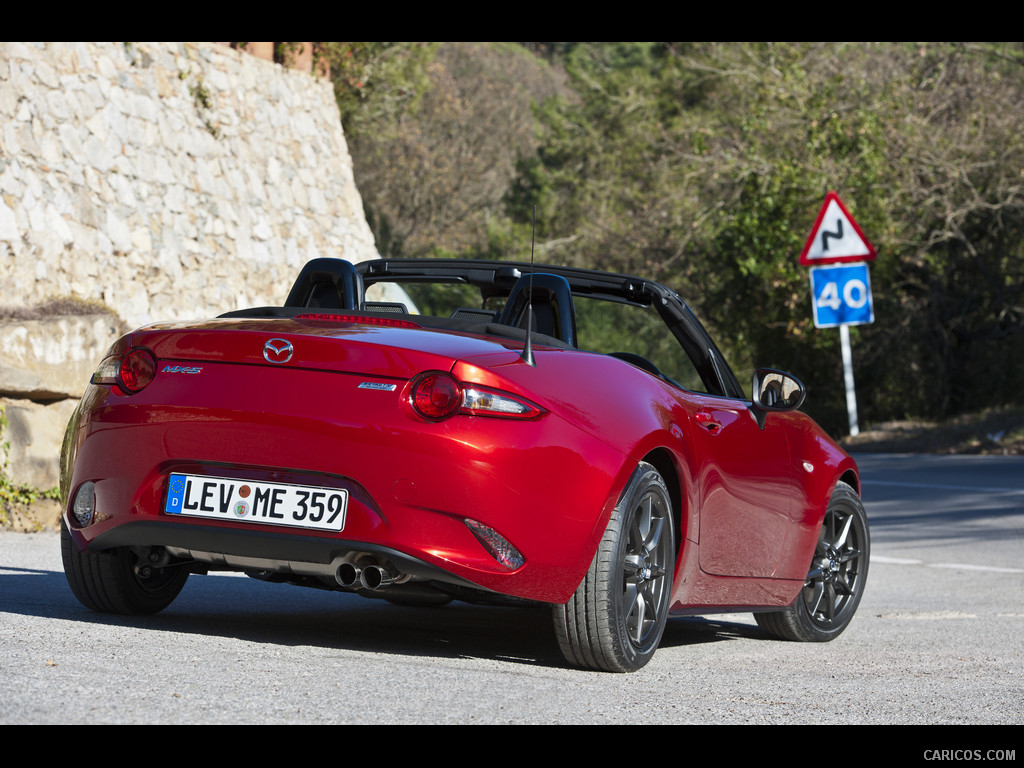 \n
\n
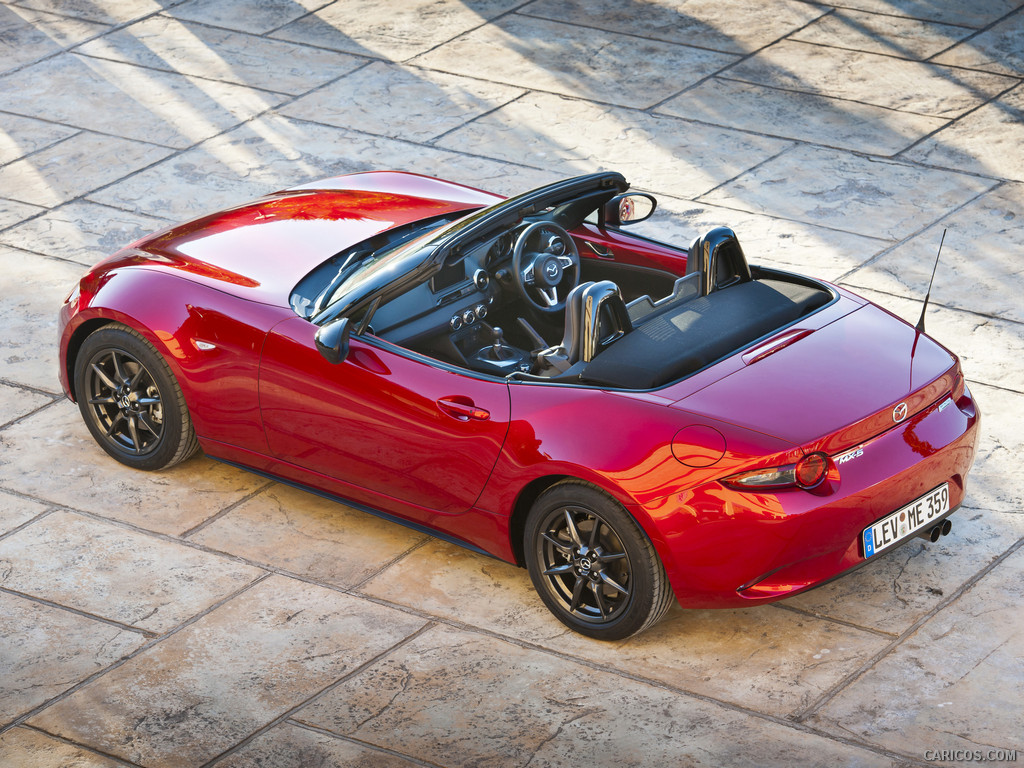 \n
\n
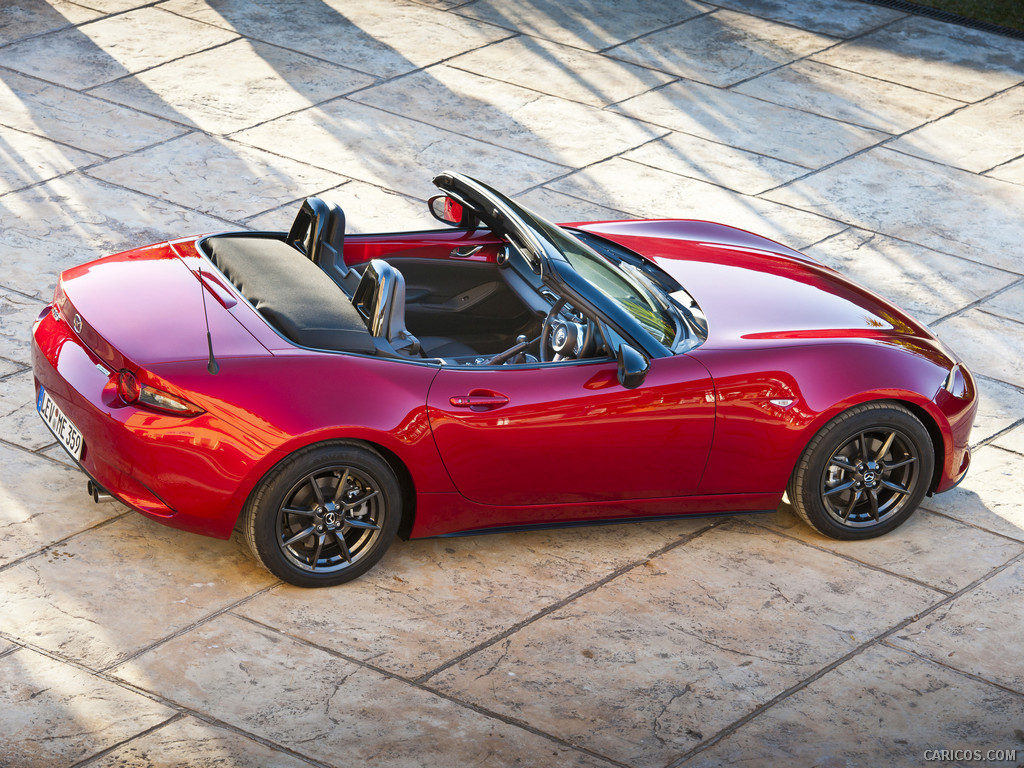 \n
\n
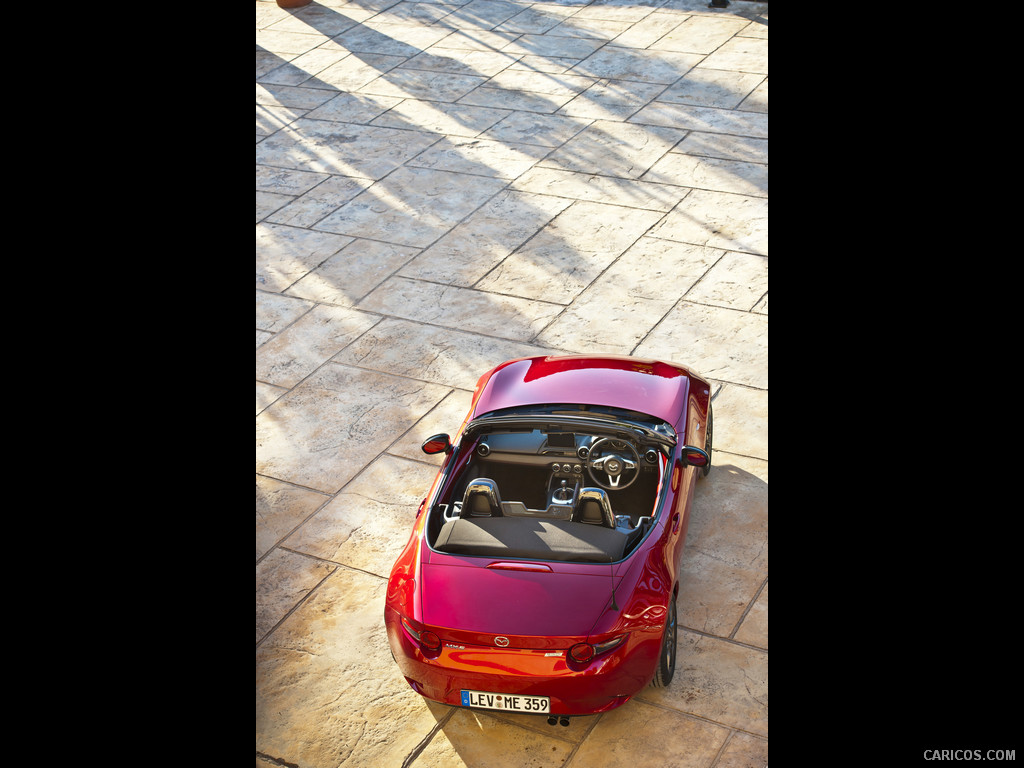 \n
\n
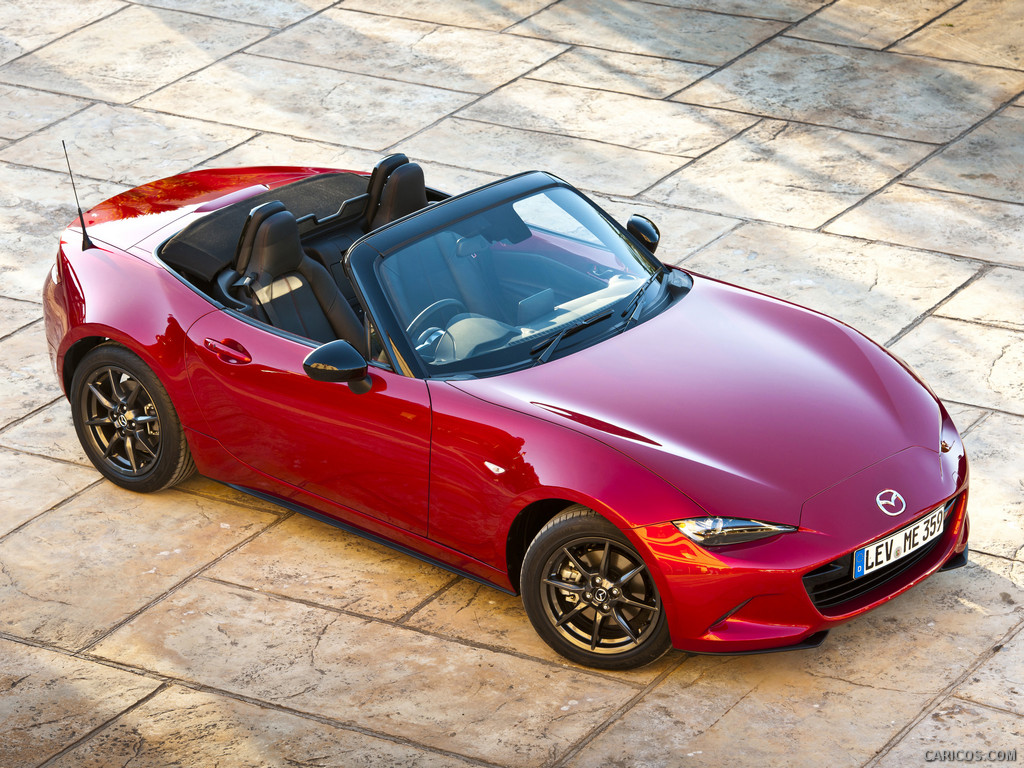 \n
\n
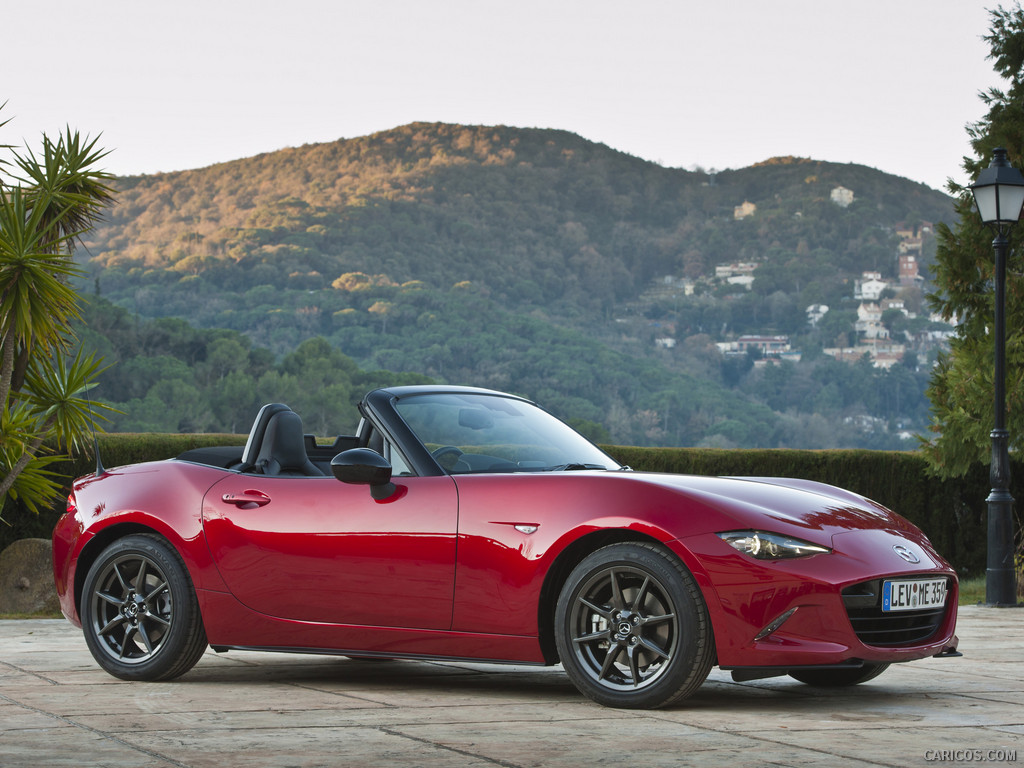 \n
\n
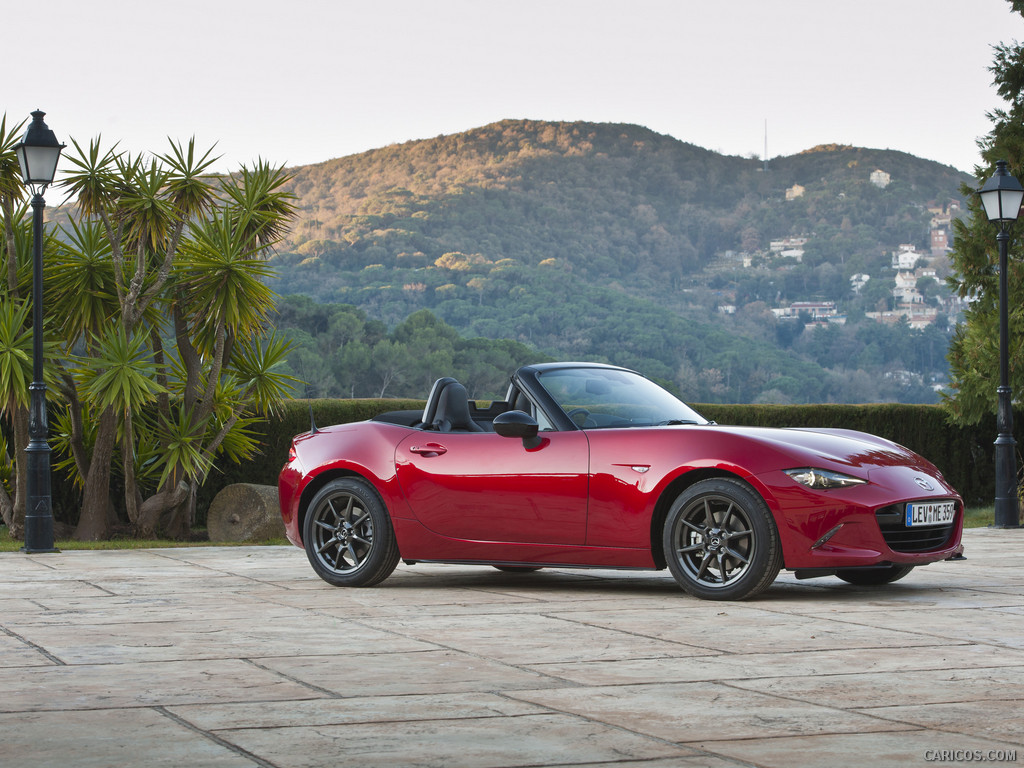 \n
\n
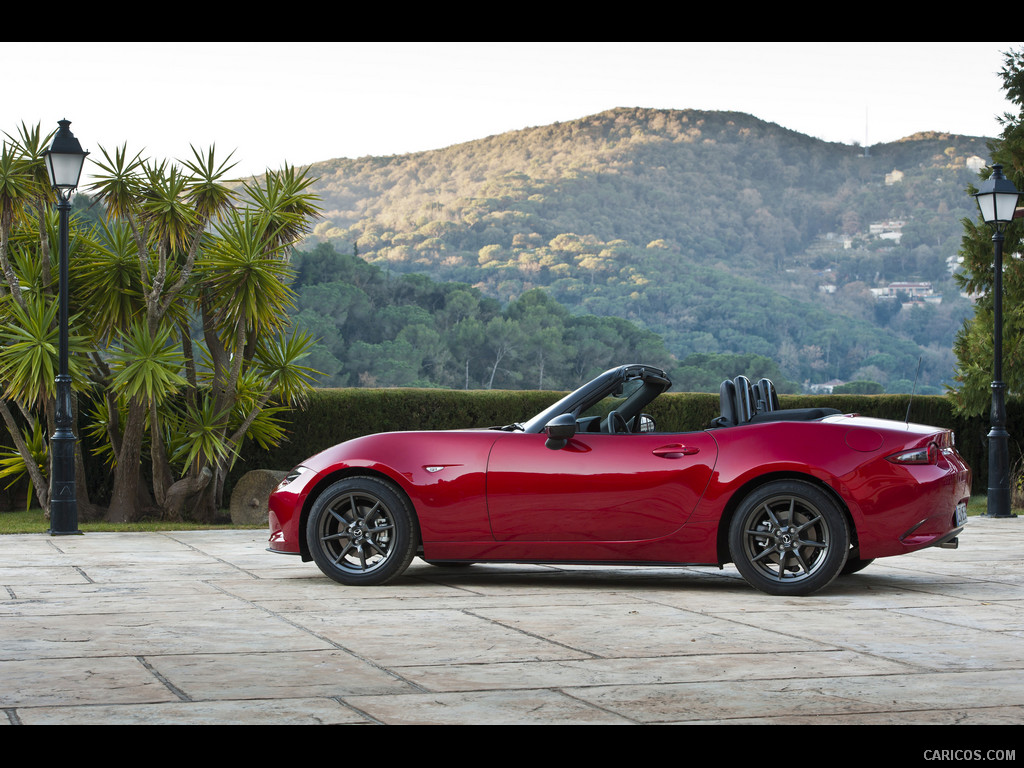 \n
\n
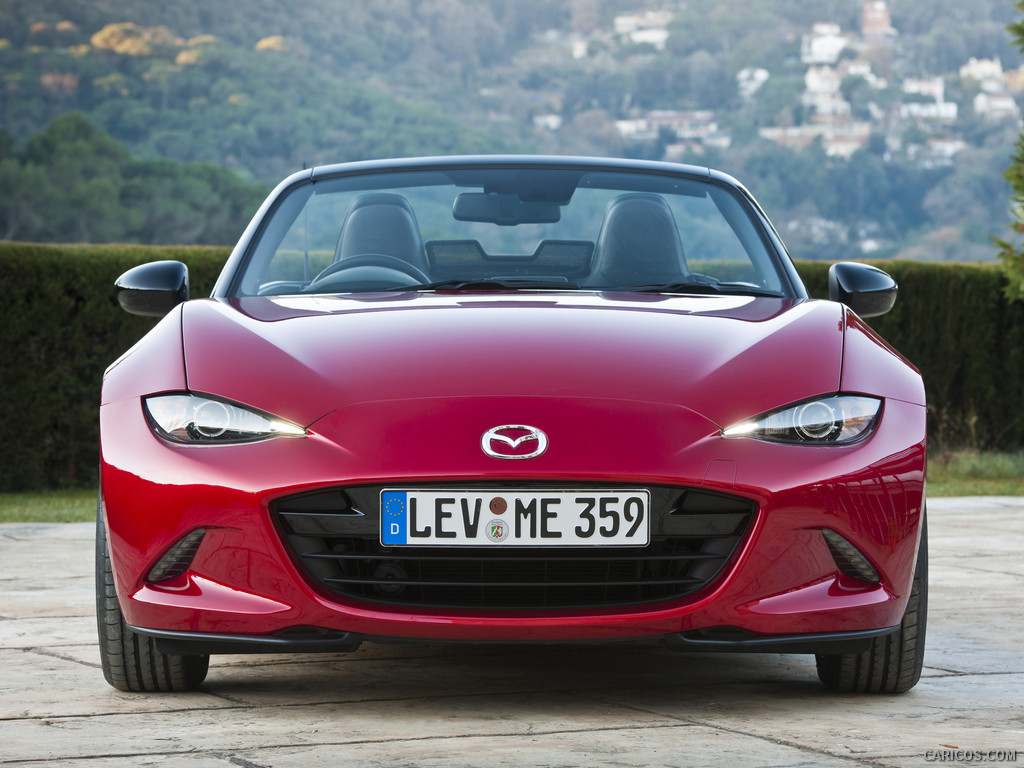 \n
\n
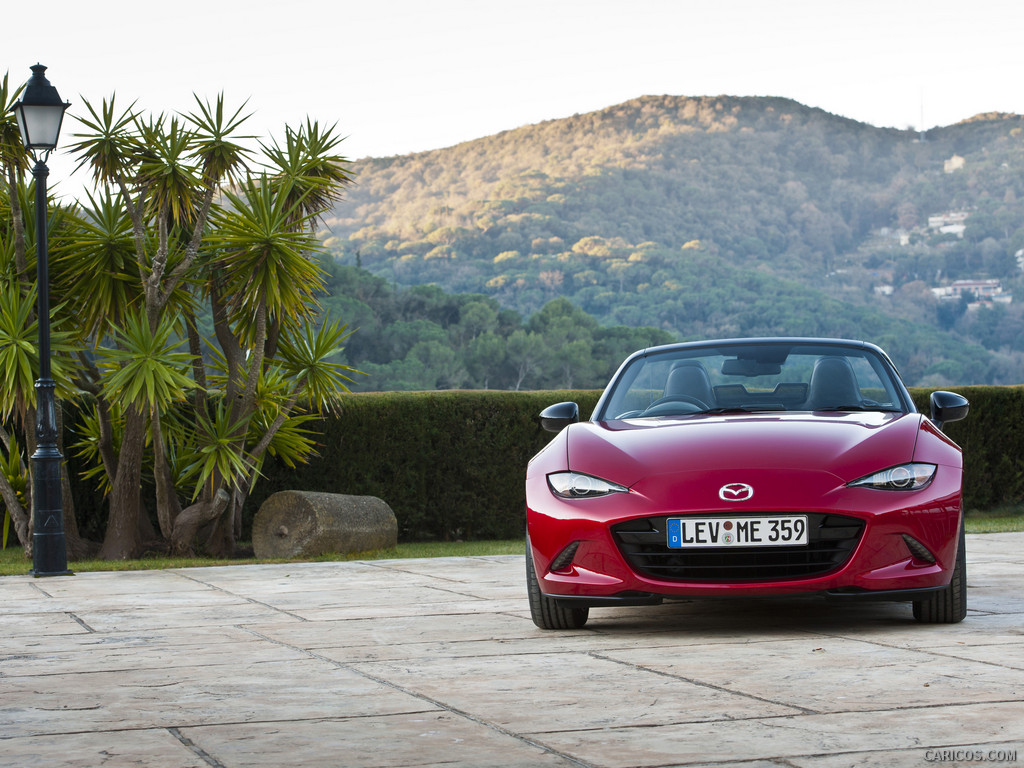 \n
\n
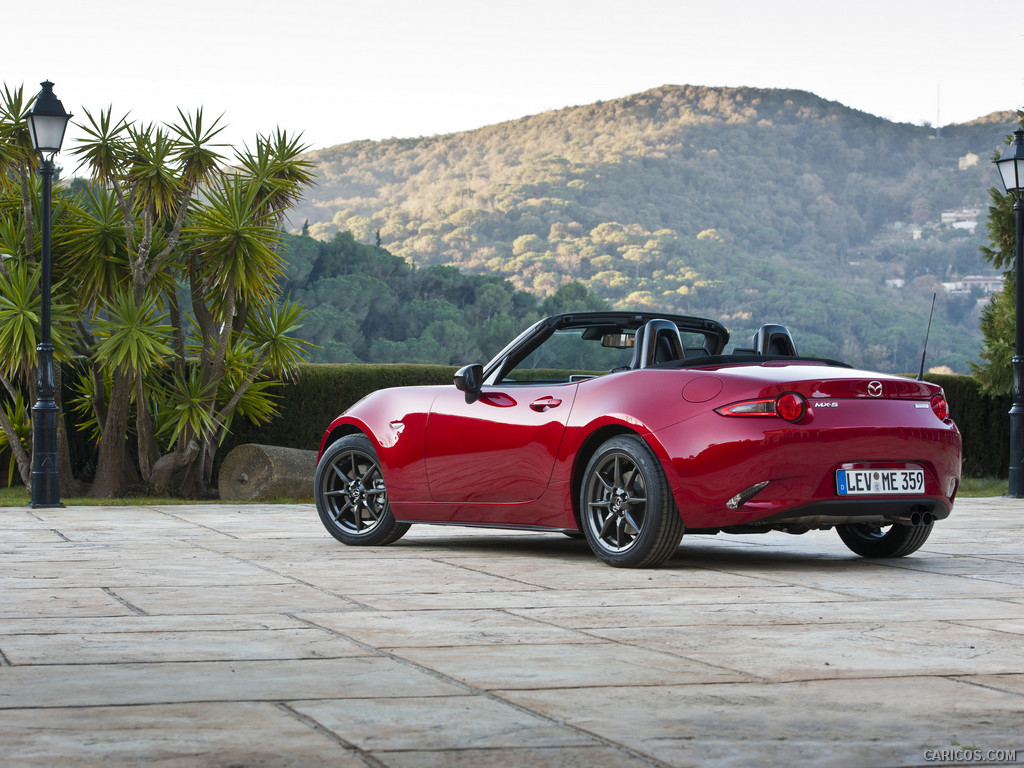 \n
\n
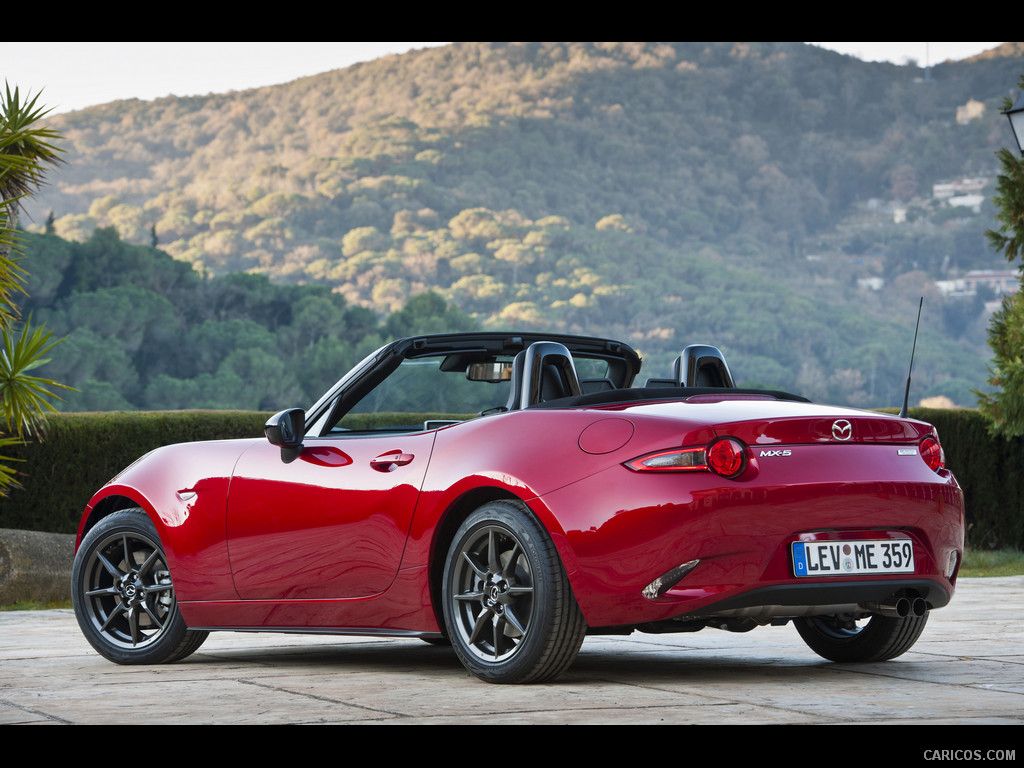 \n
\n
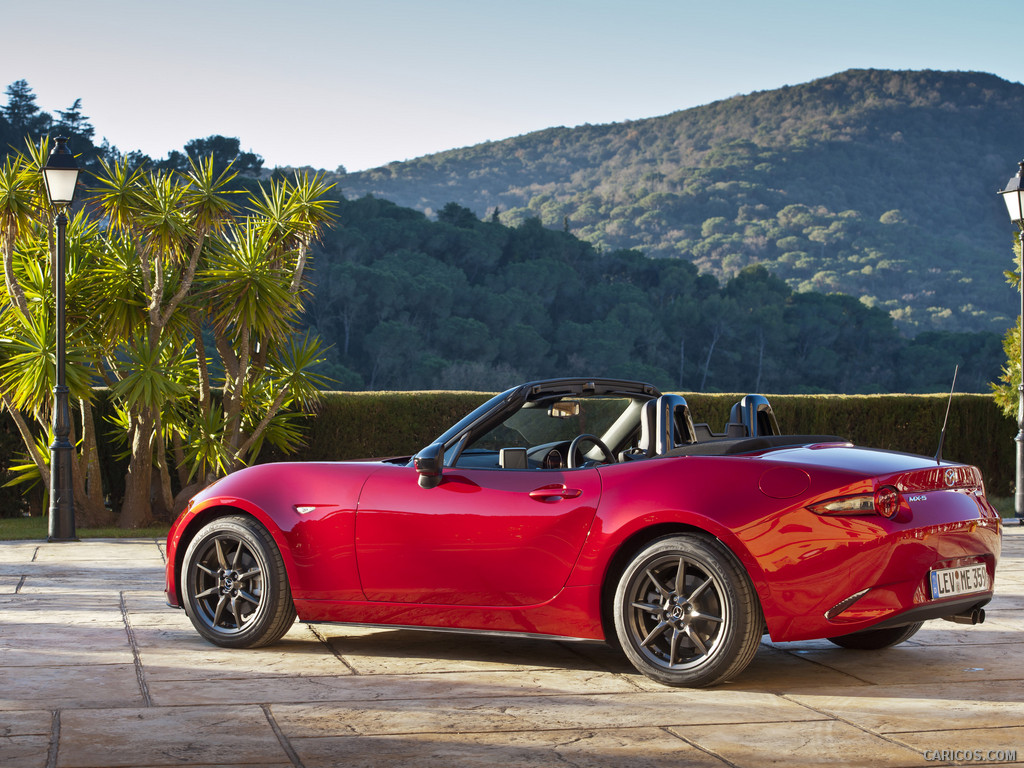 \n
\n
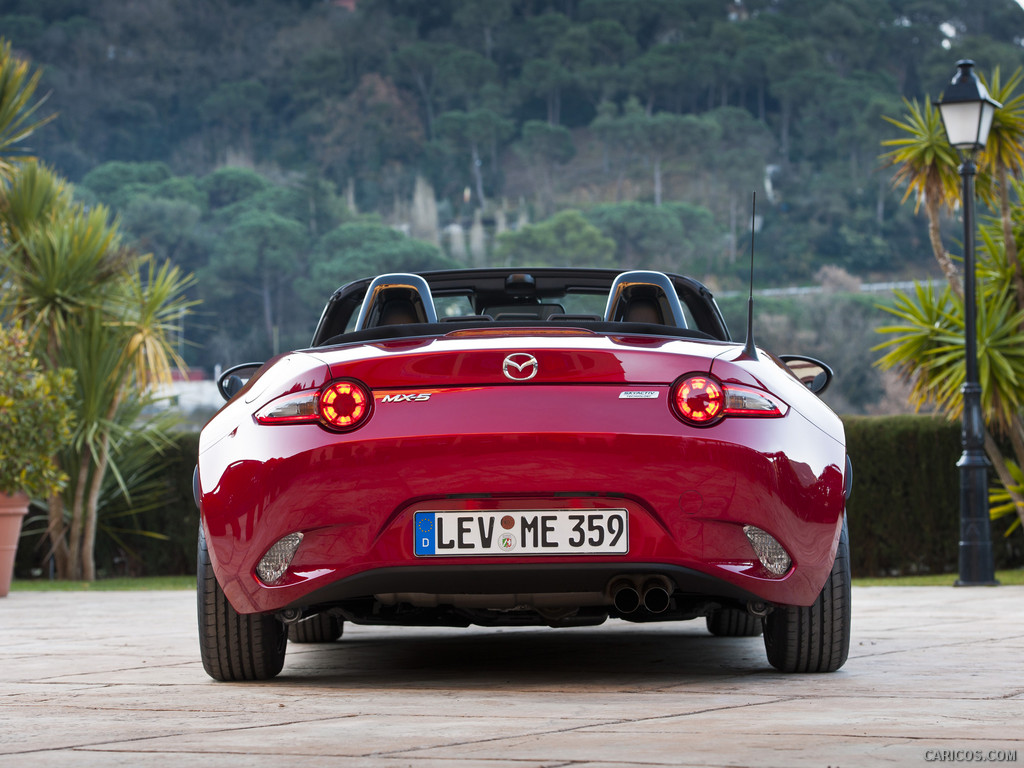 \n
\n
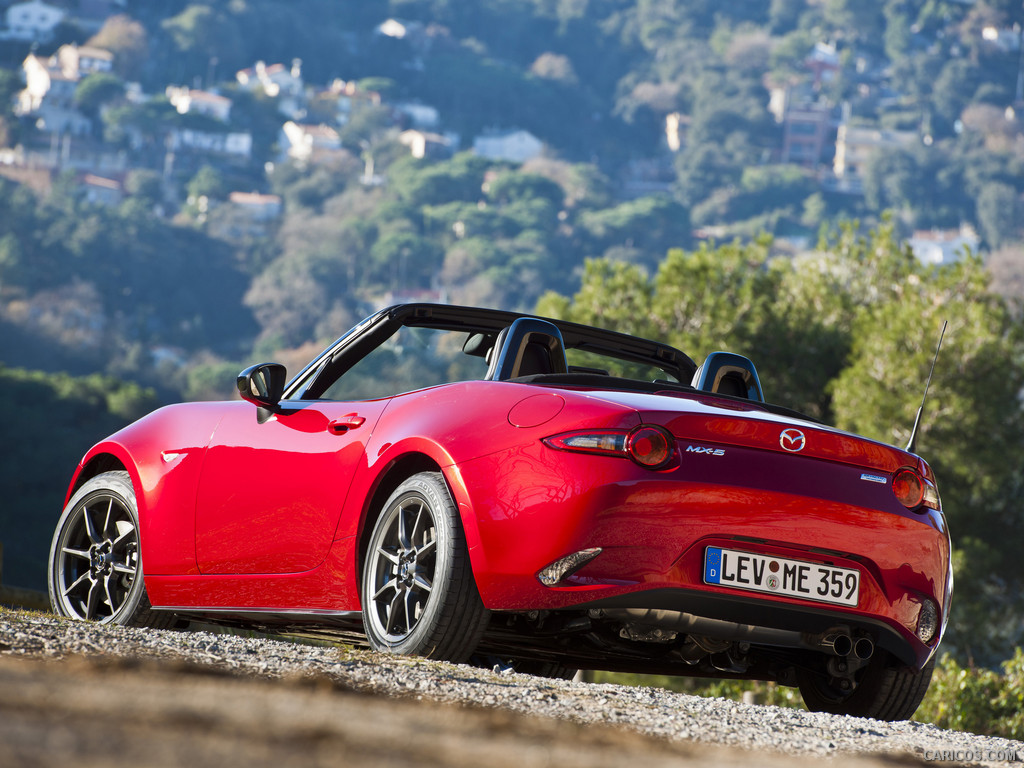 \n
\n
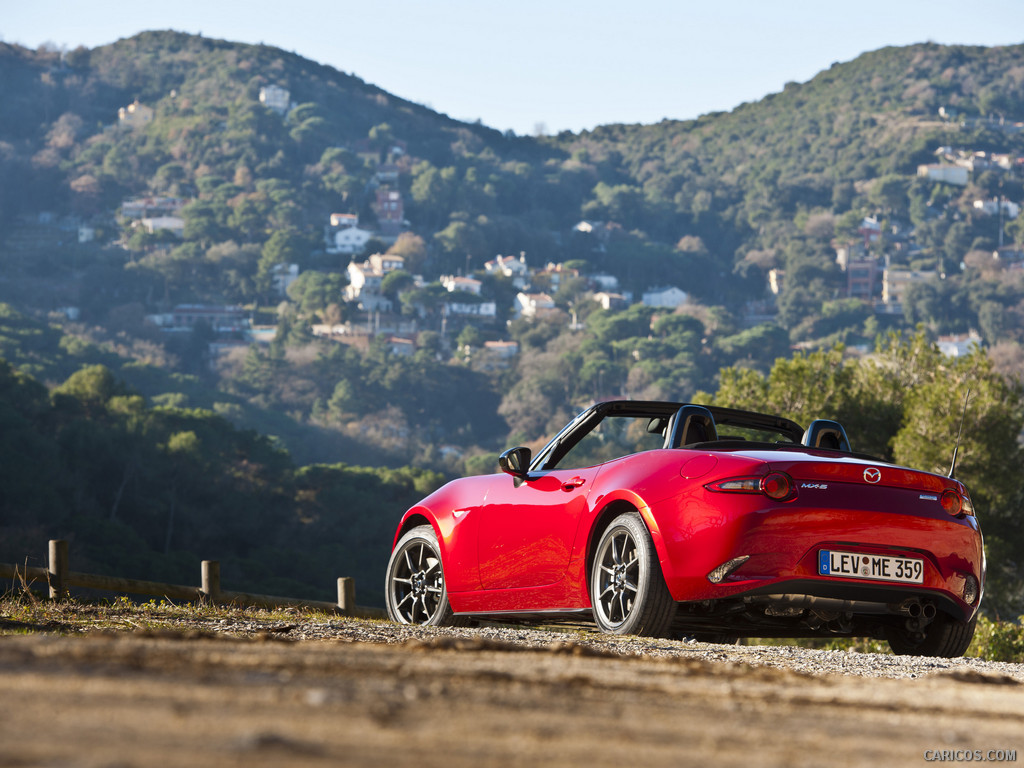 \n
\n
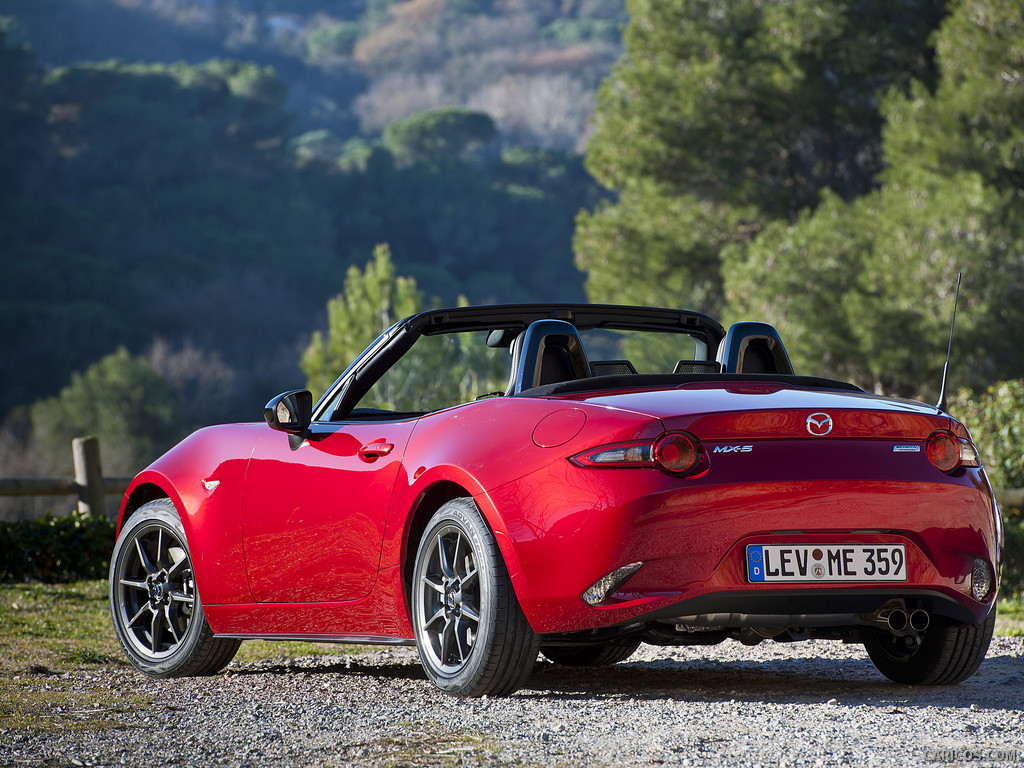 \n
\n
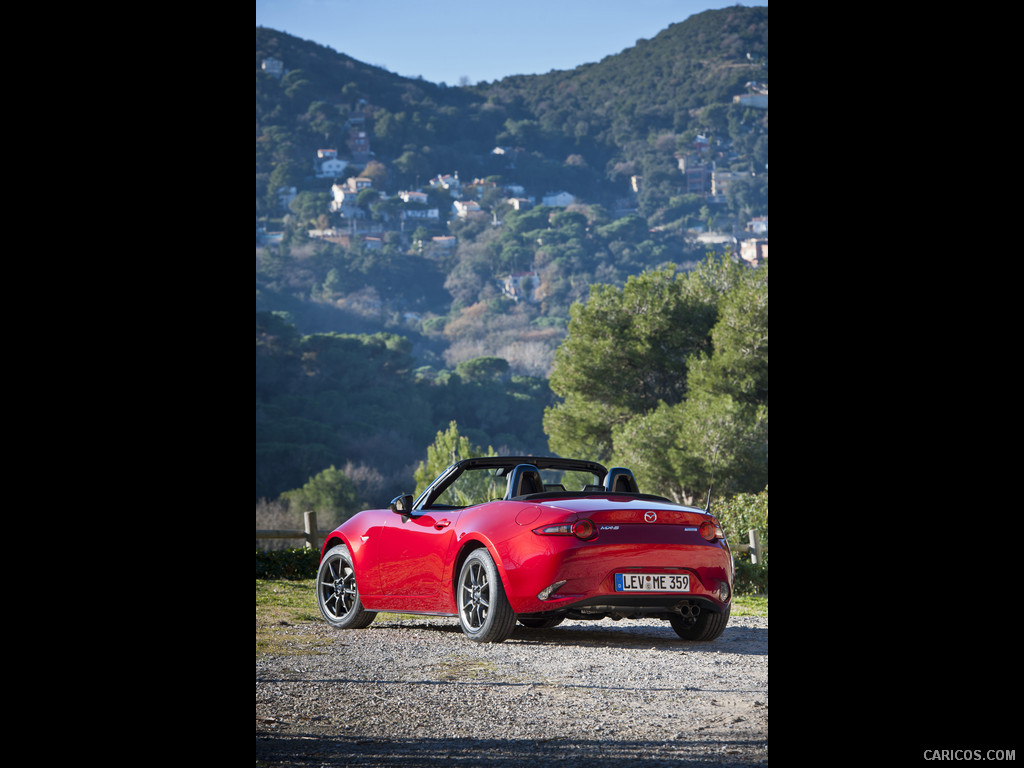 \n
\n
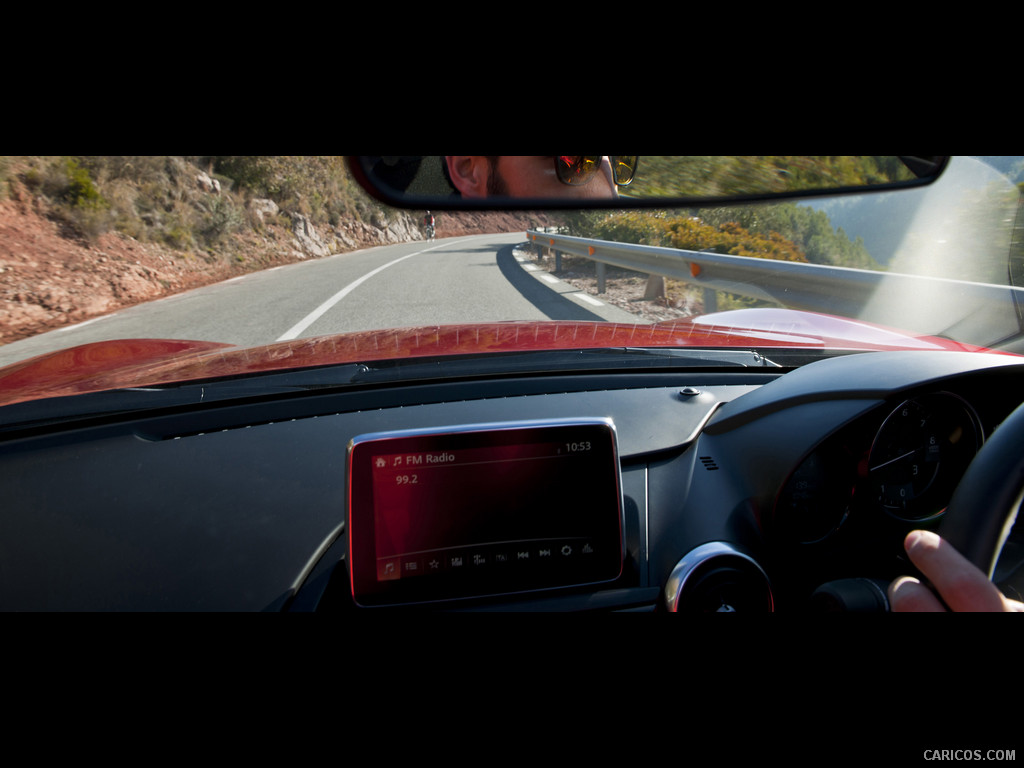 \n
\n
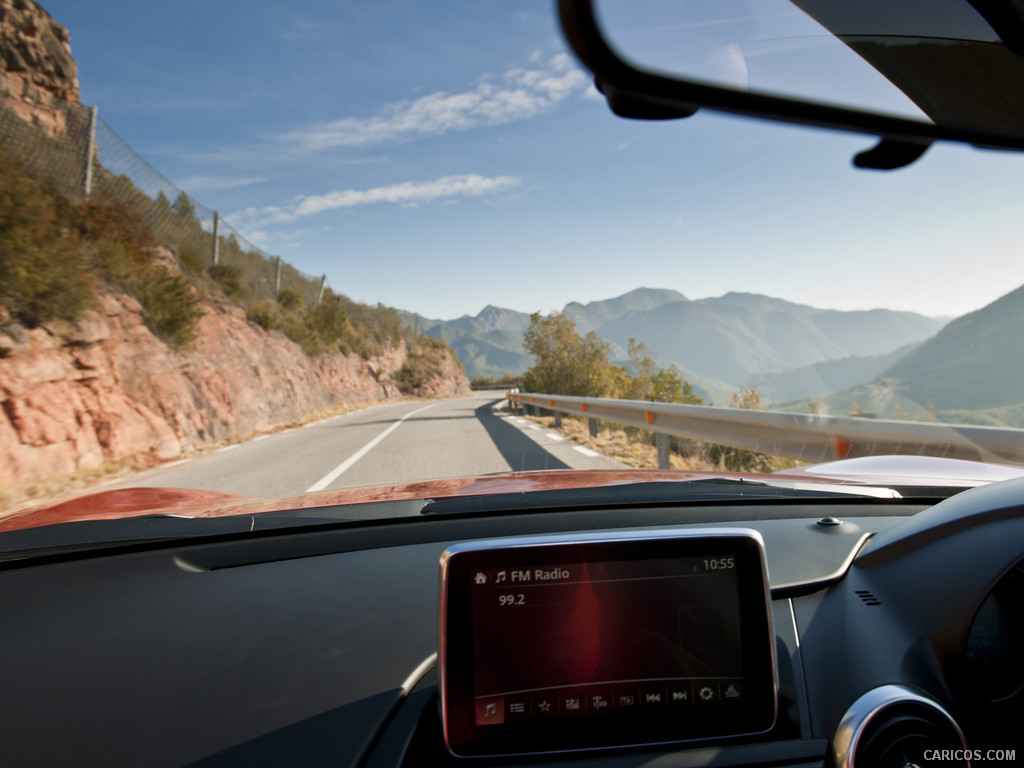 \n
\n
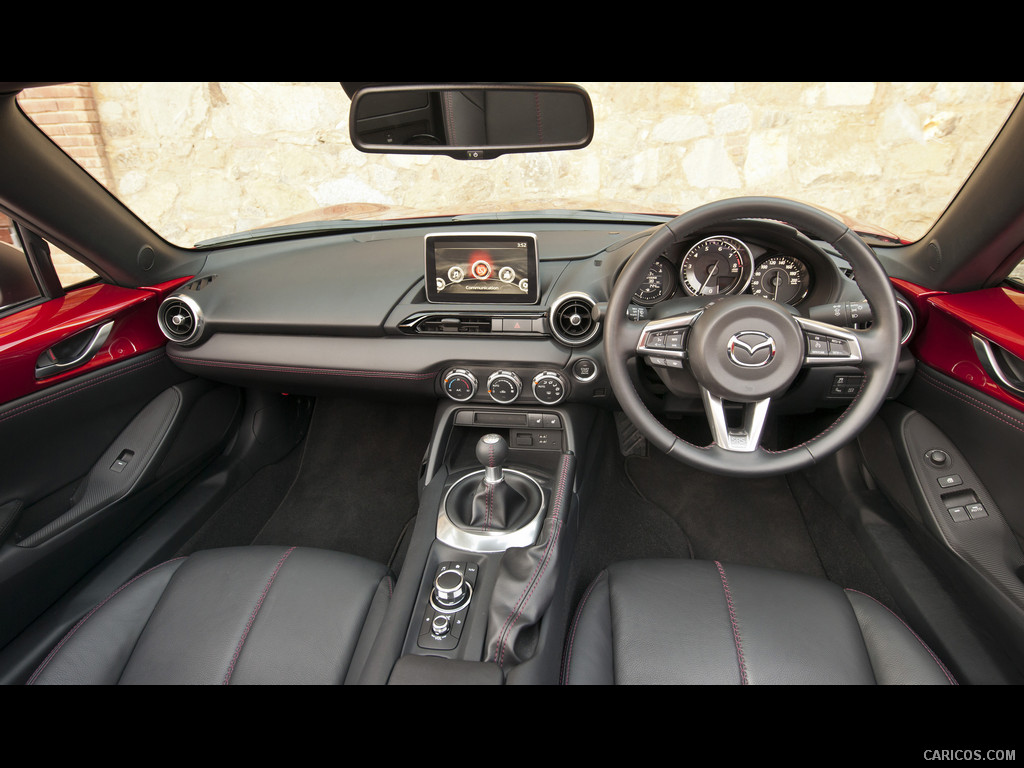 \n
\n
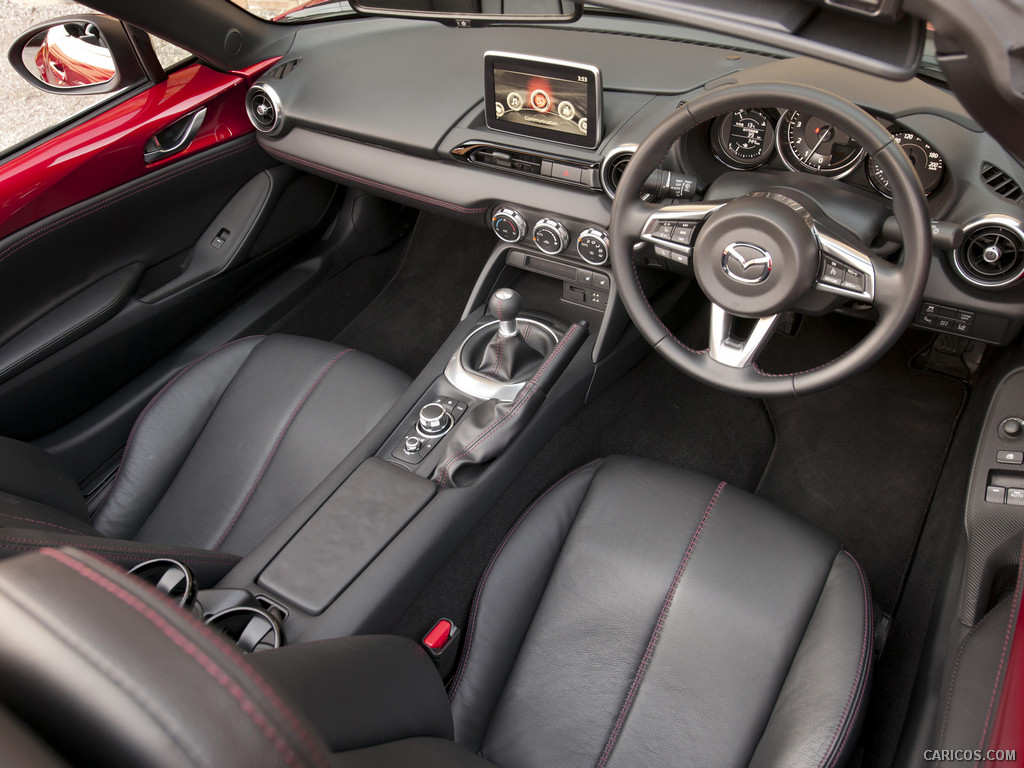 \n
\n
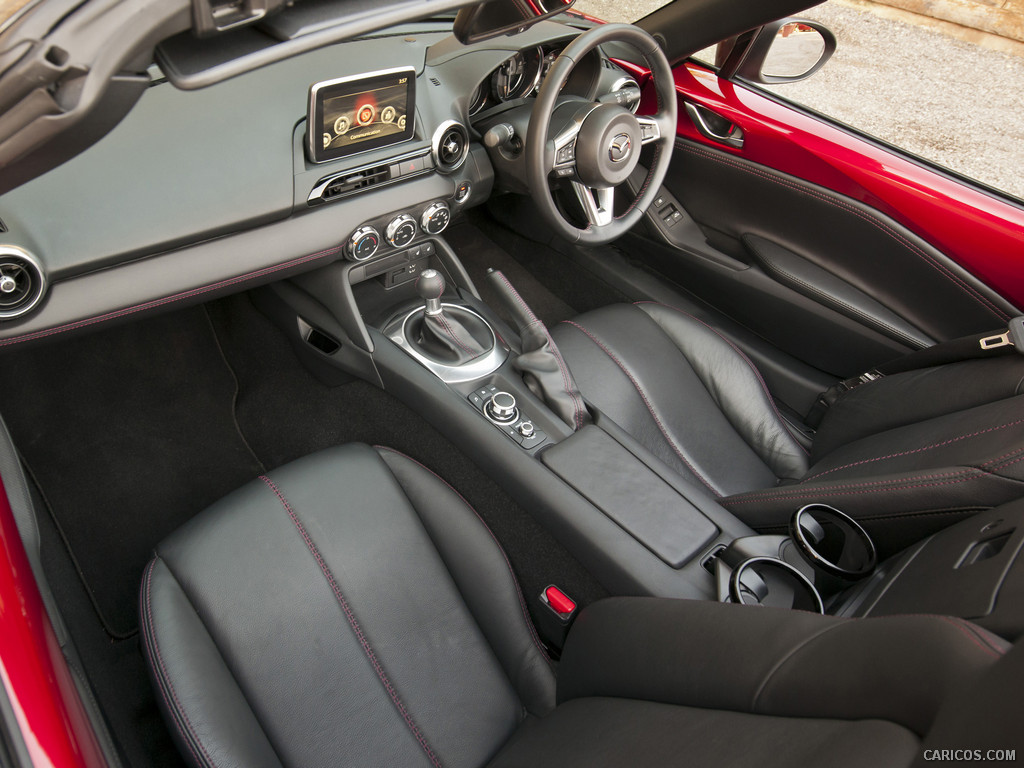 \n
\n
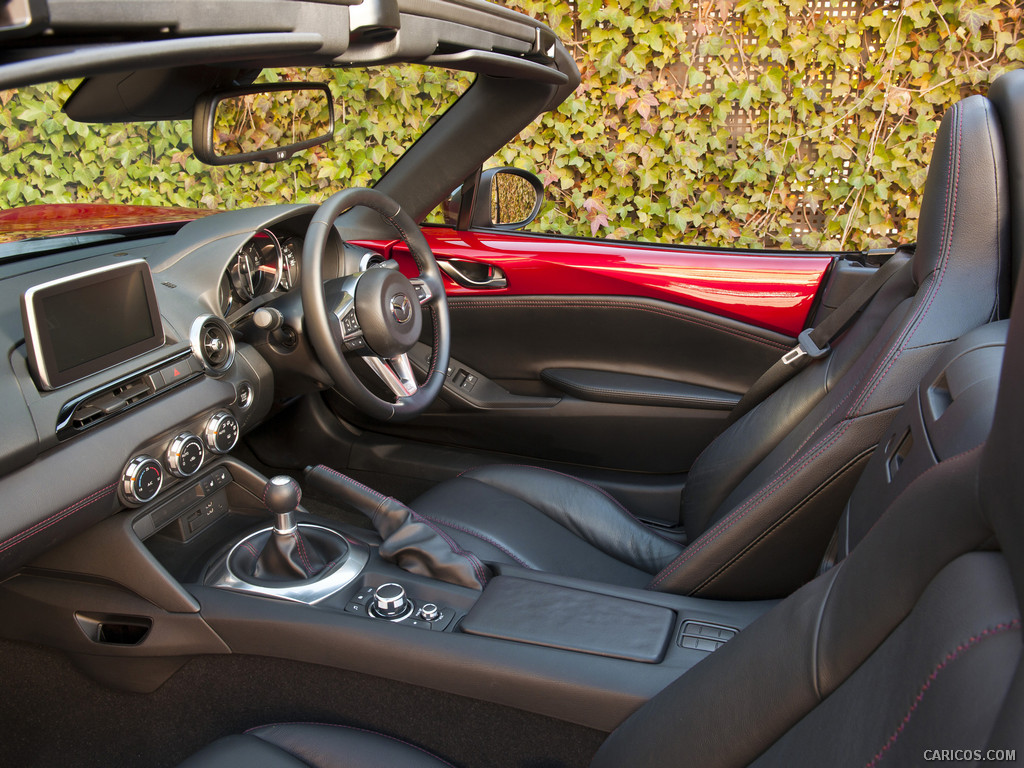 \n
\n
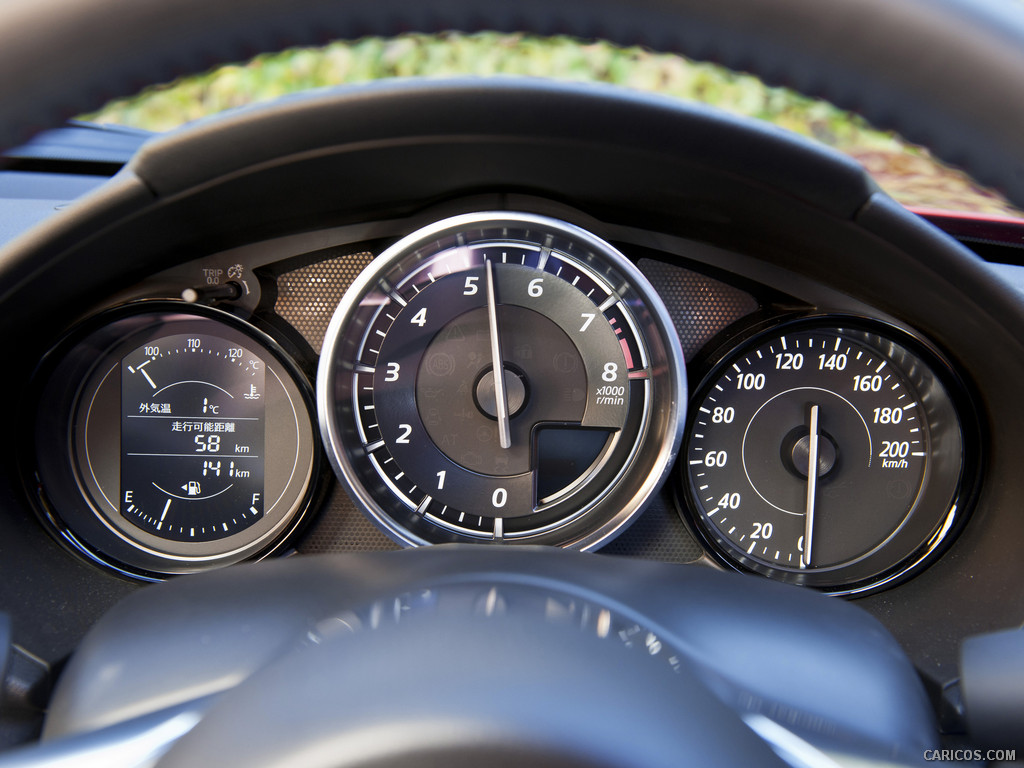 \n
\n
 \n
\n
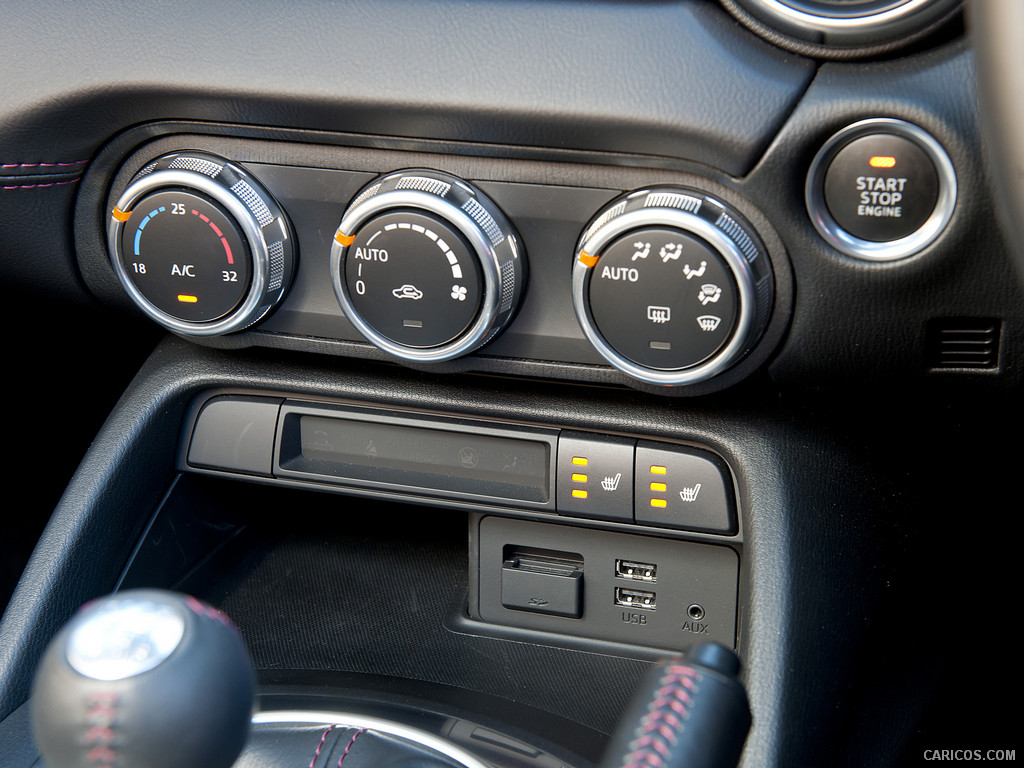 \n
\n
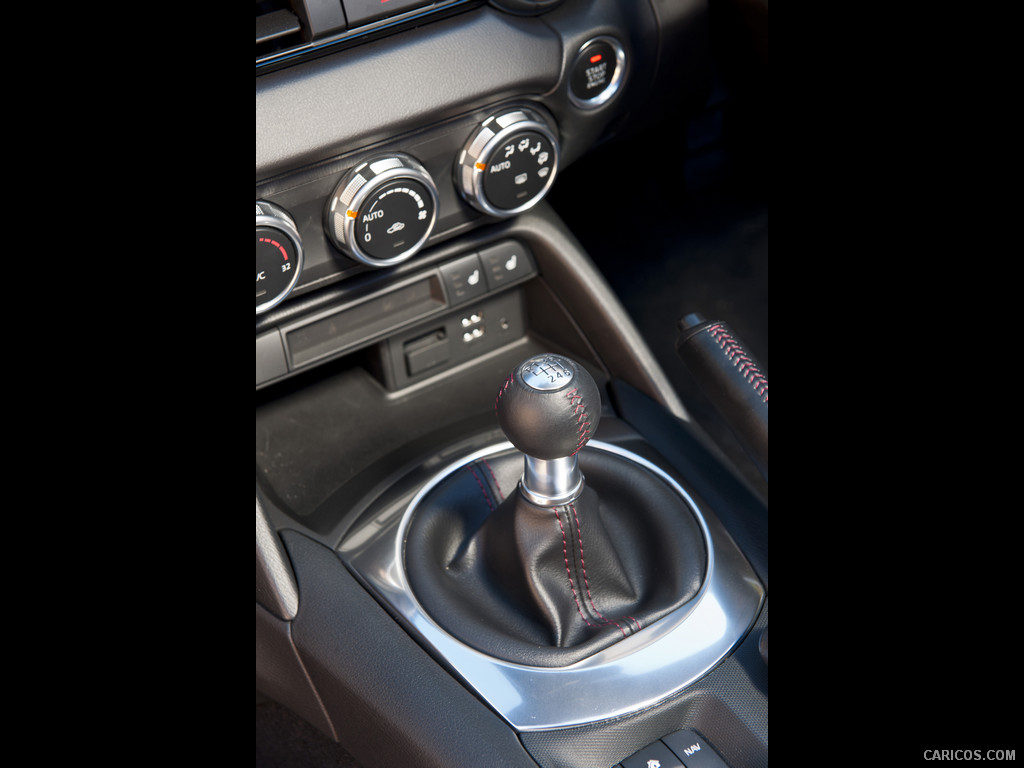 \n
\n
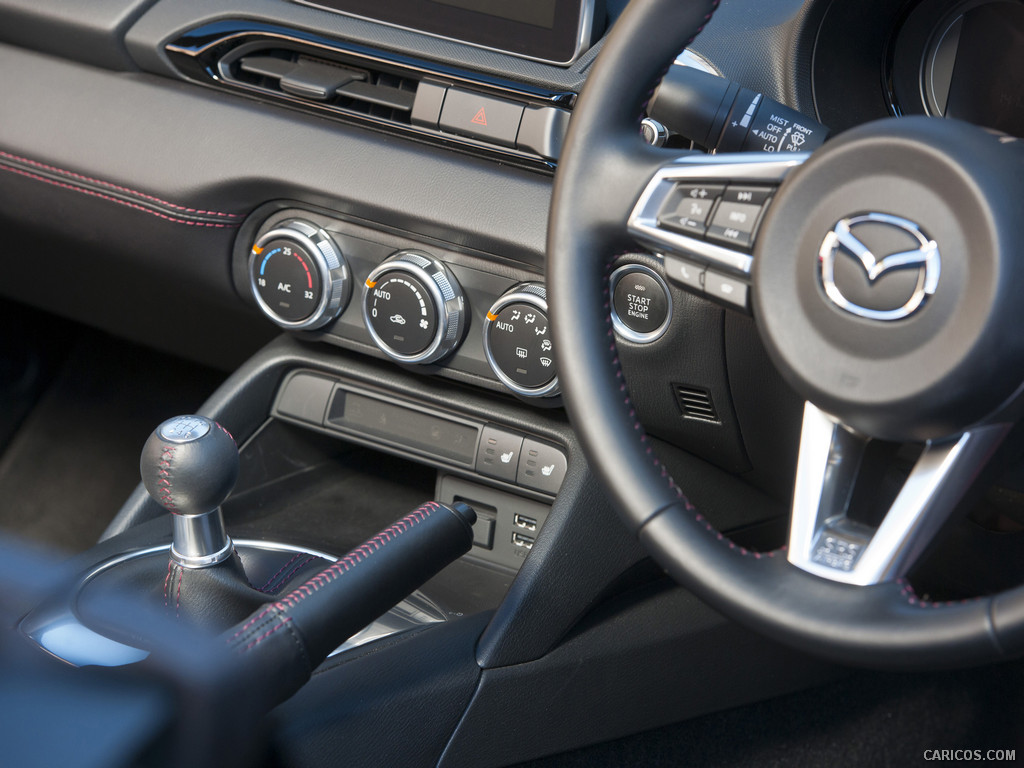 \n
\n
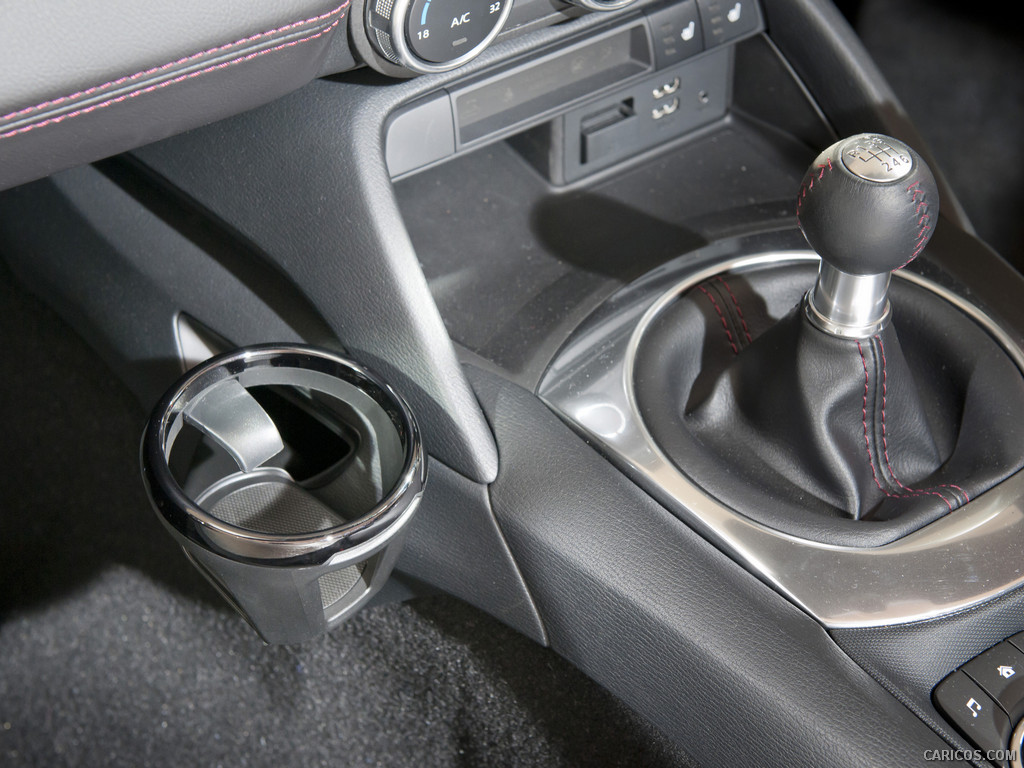 \n
\n
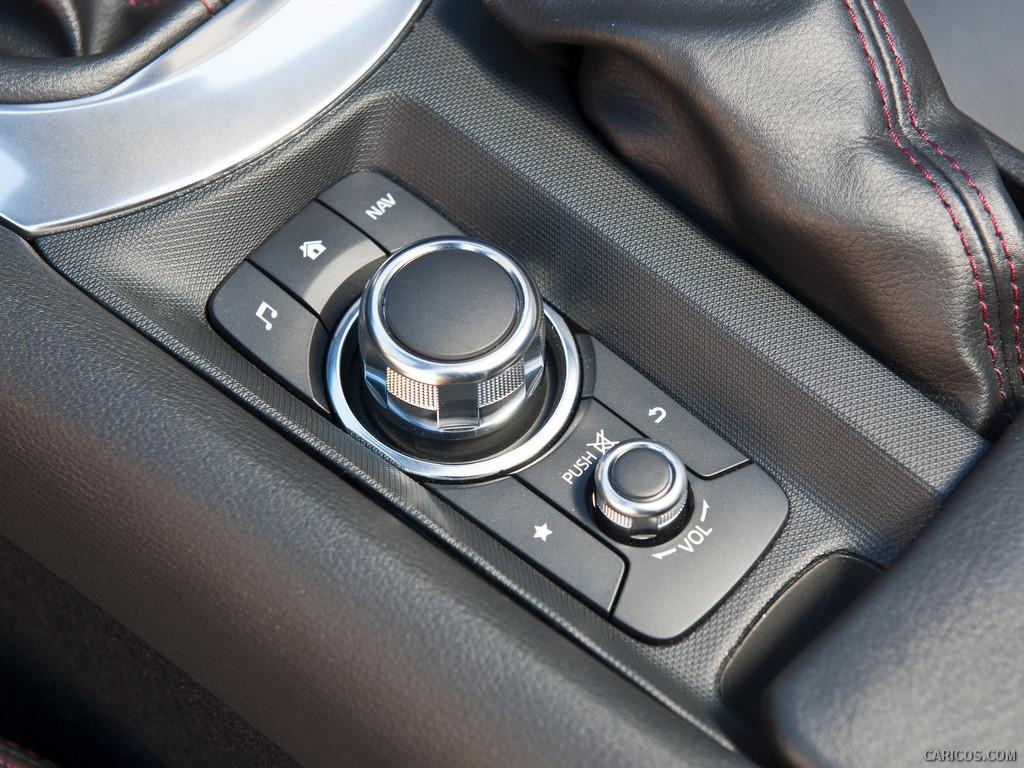 \n
\n
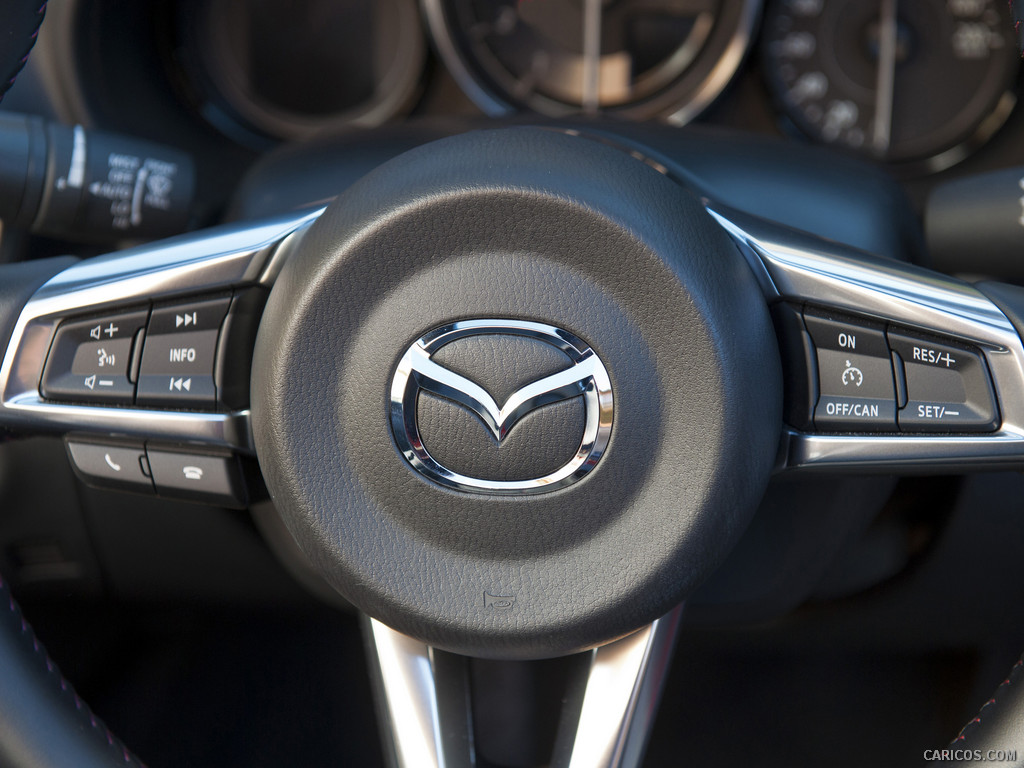 \n
\n
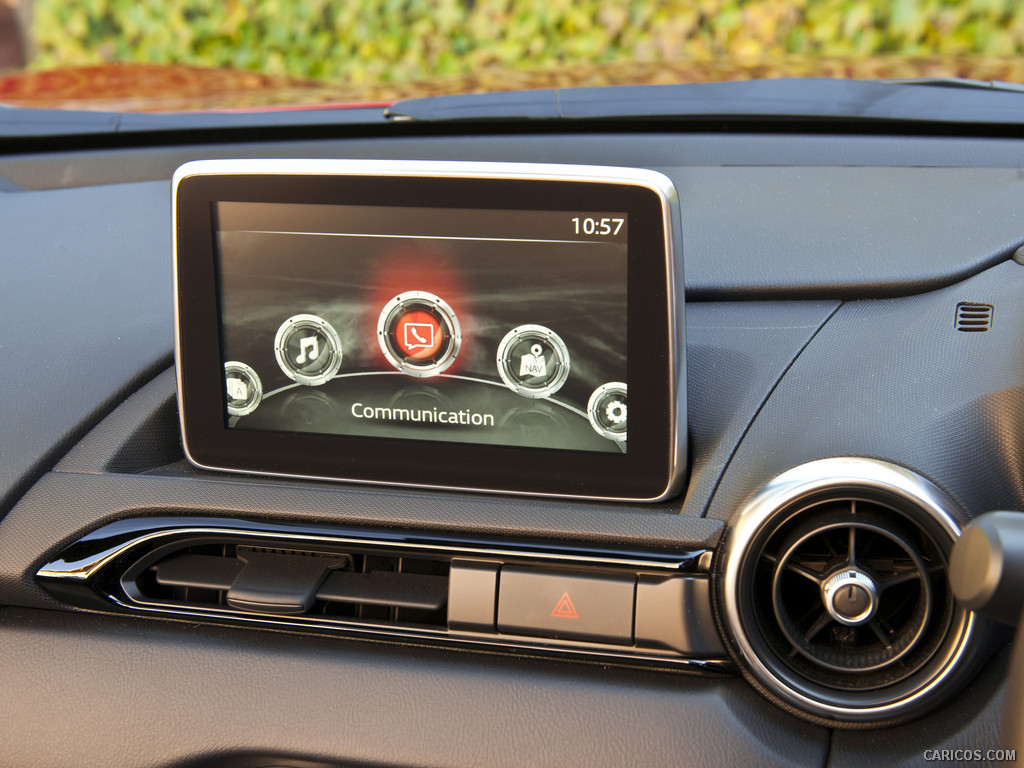 \n
\n
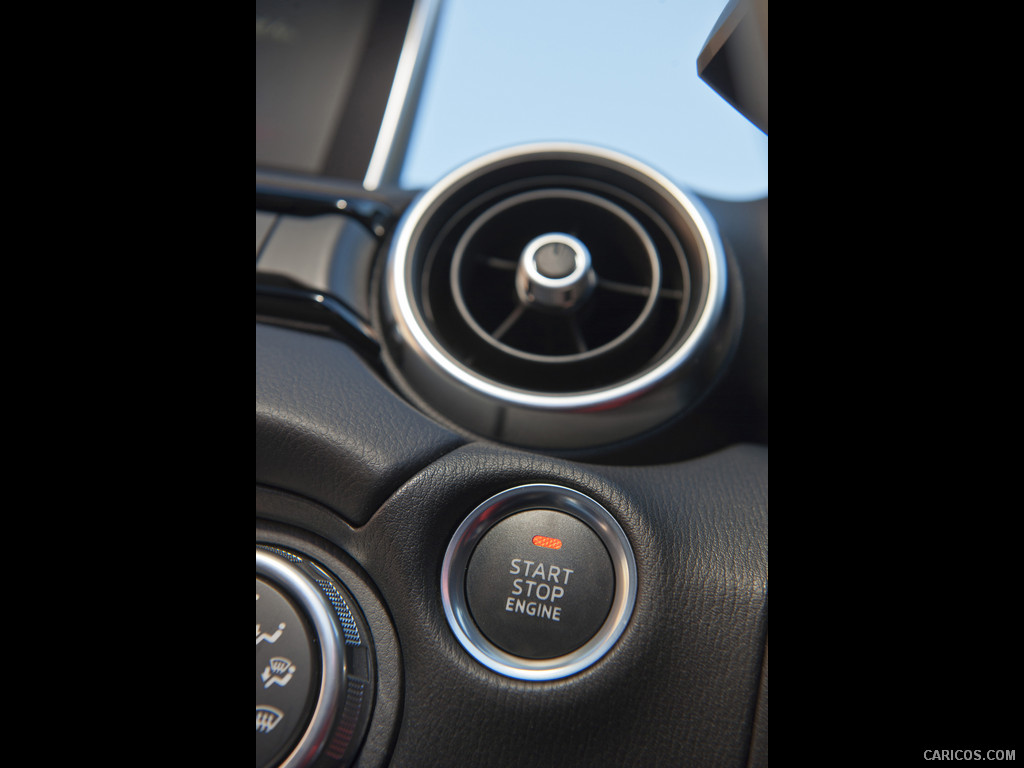 \n
\n
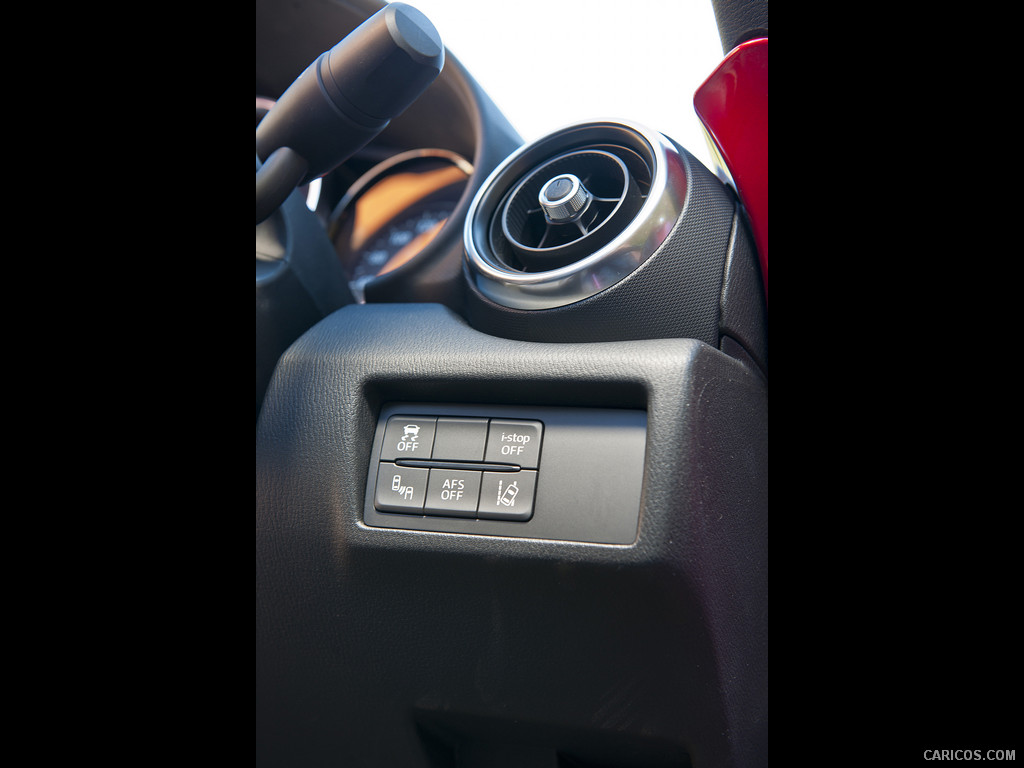 \n
\n
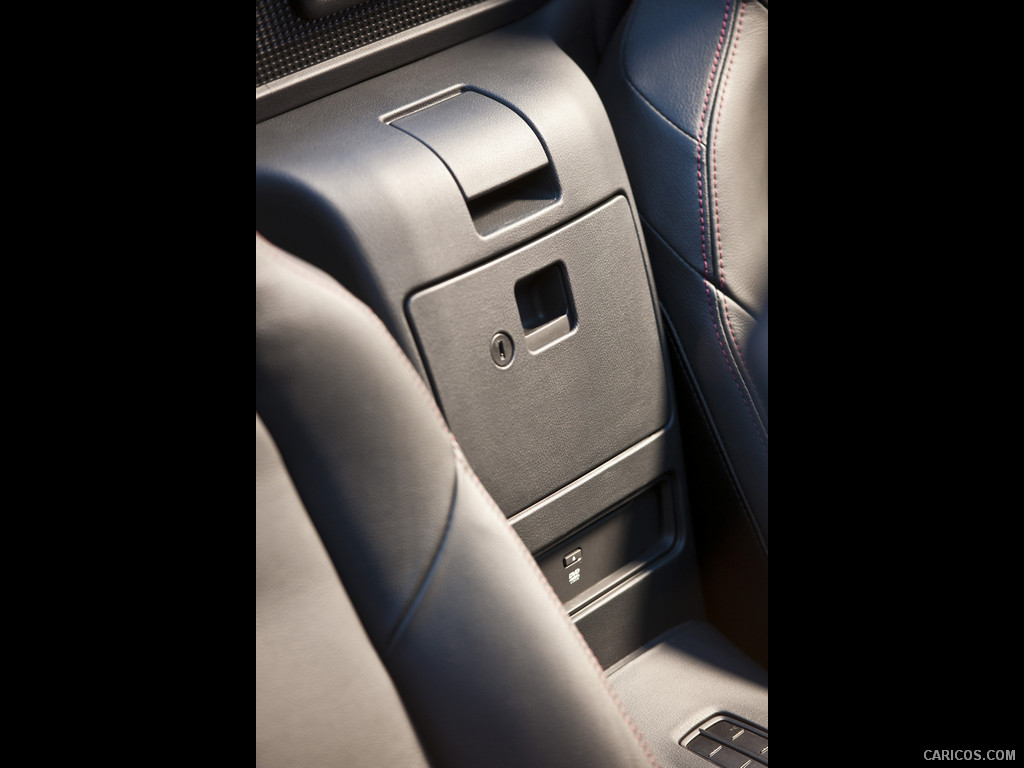 \n
\n
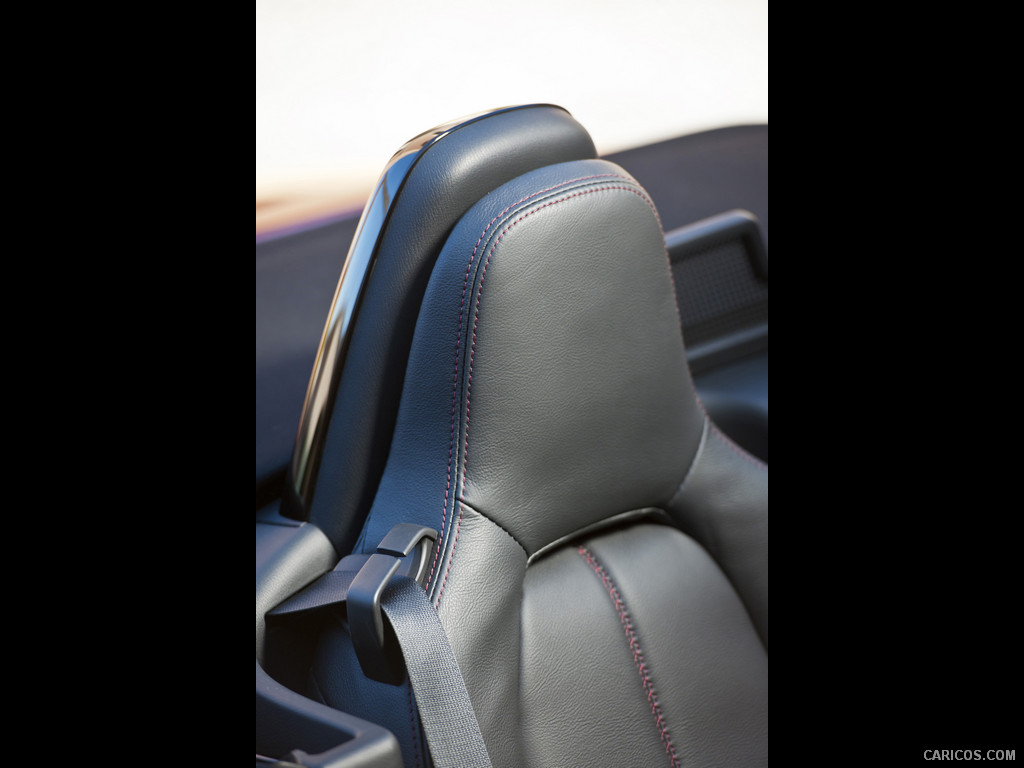 \n
\n
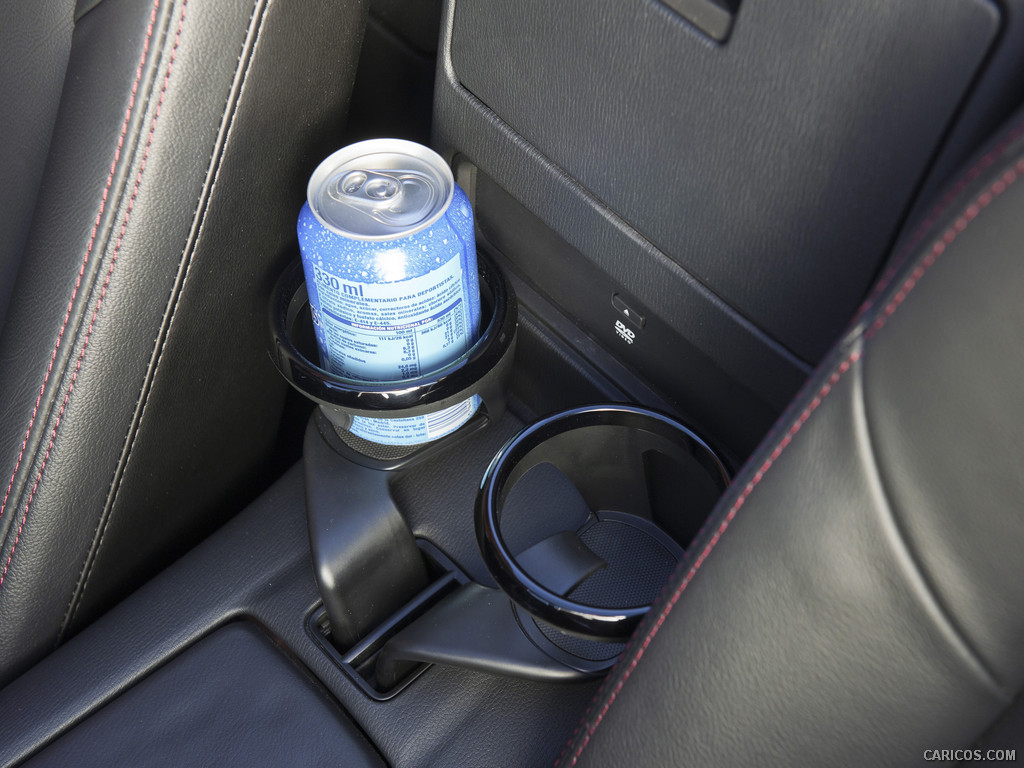 \n
\n
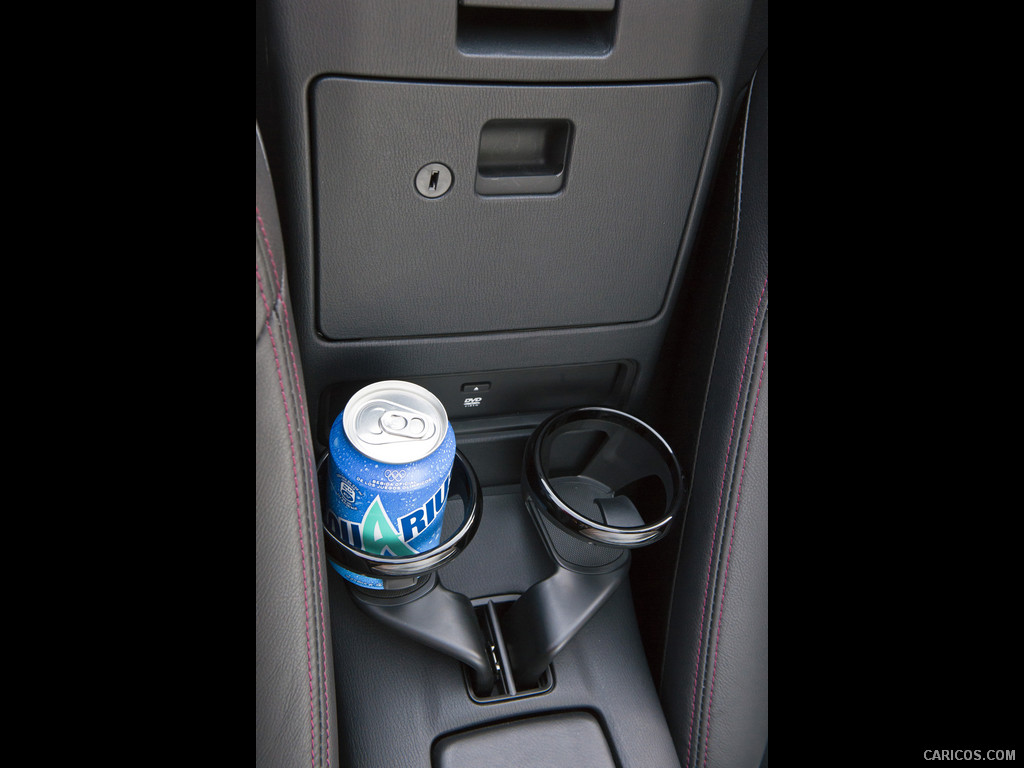 \n
\n
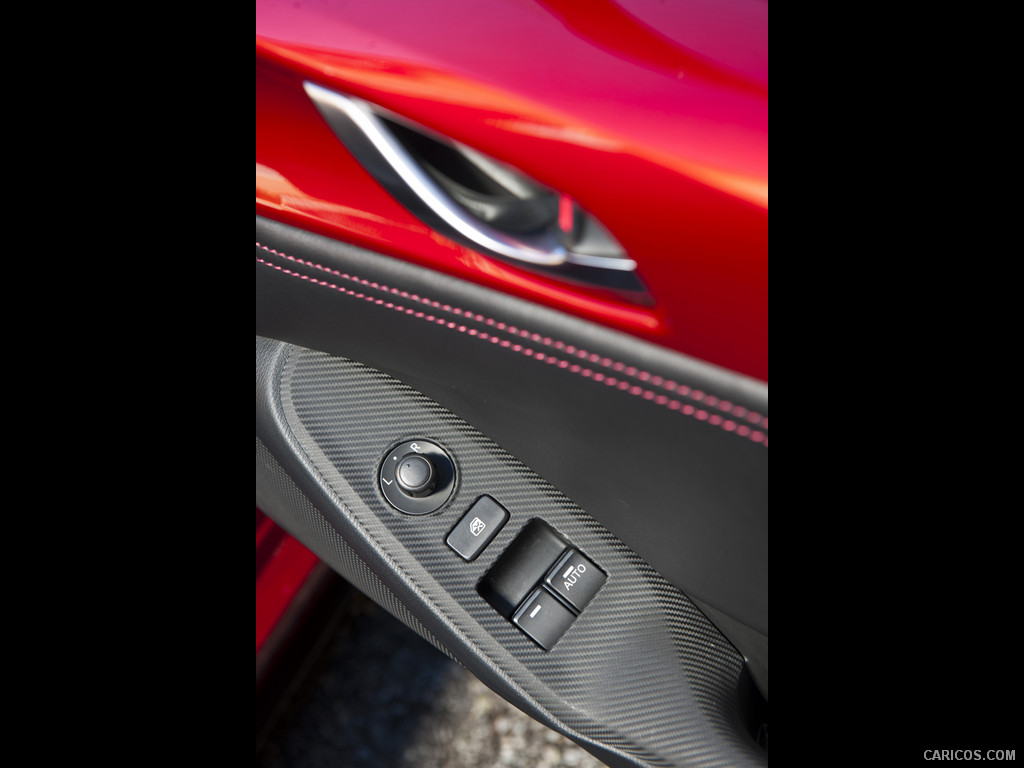 \n
\n
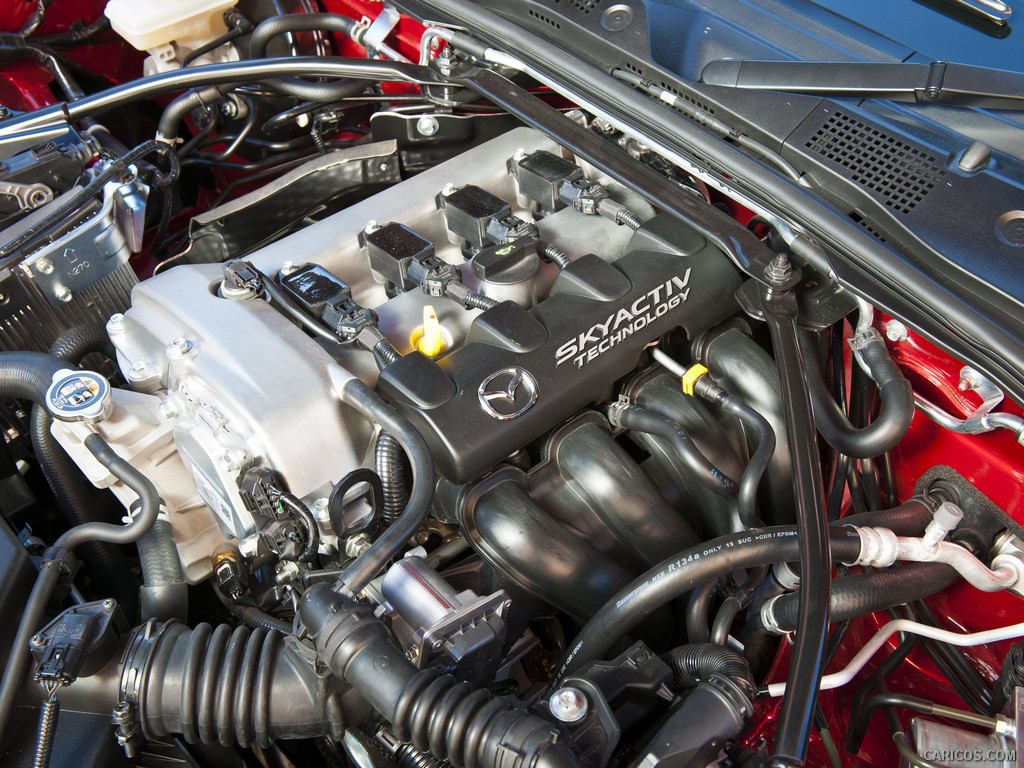 \n
\n
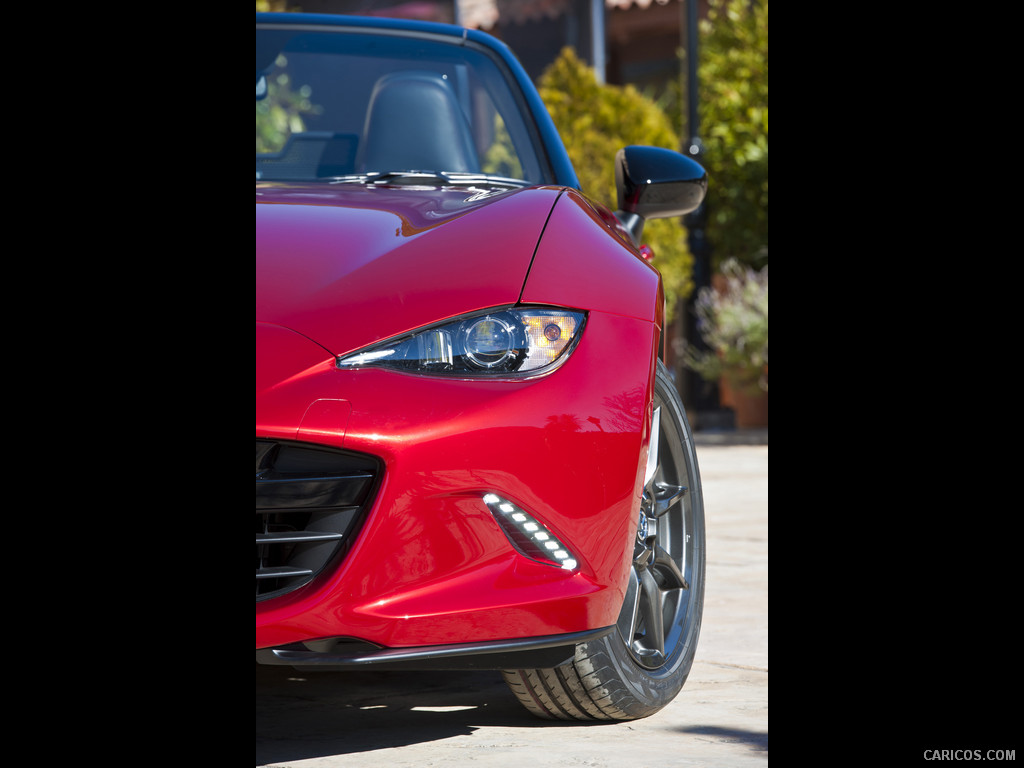 \n
\n
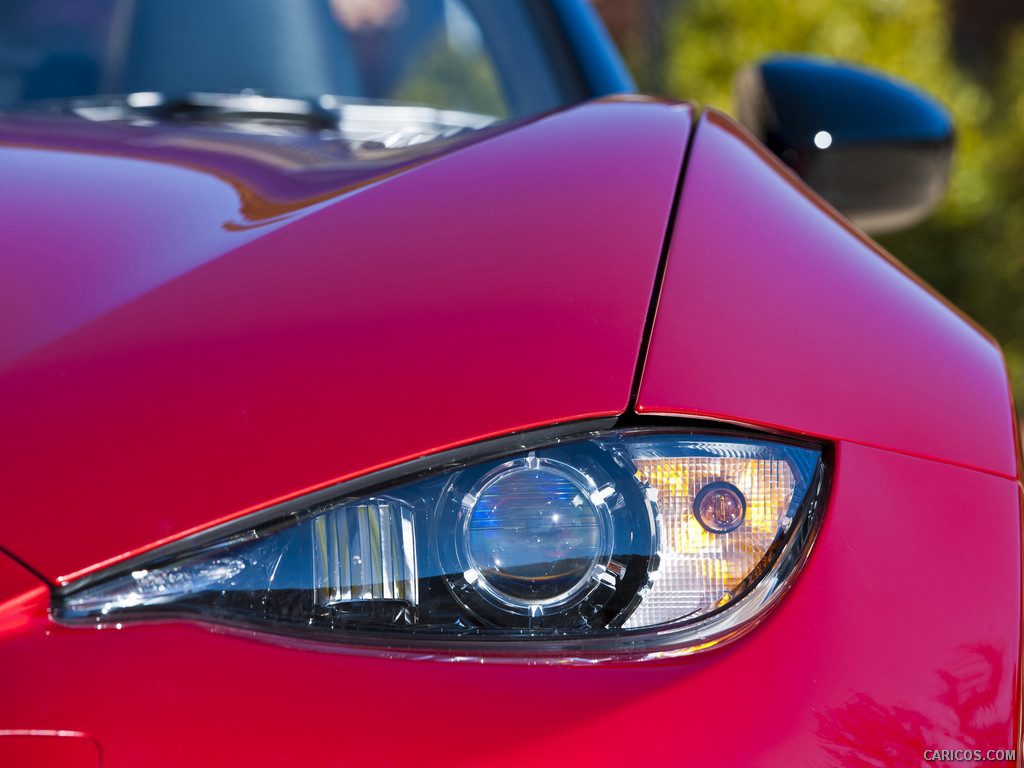 \n
\n
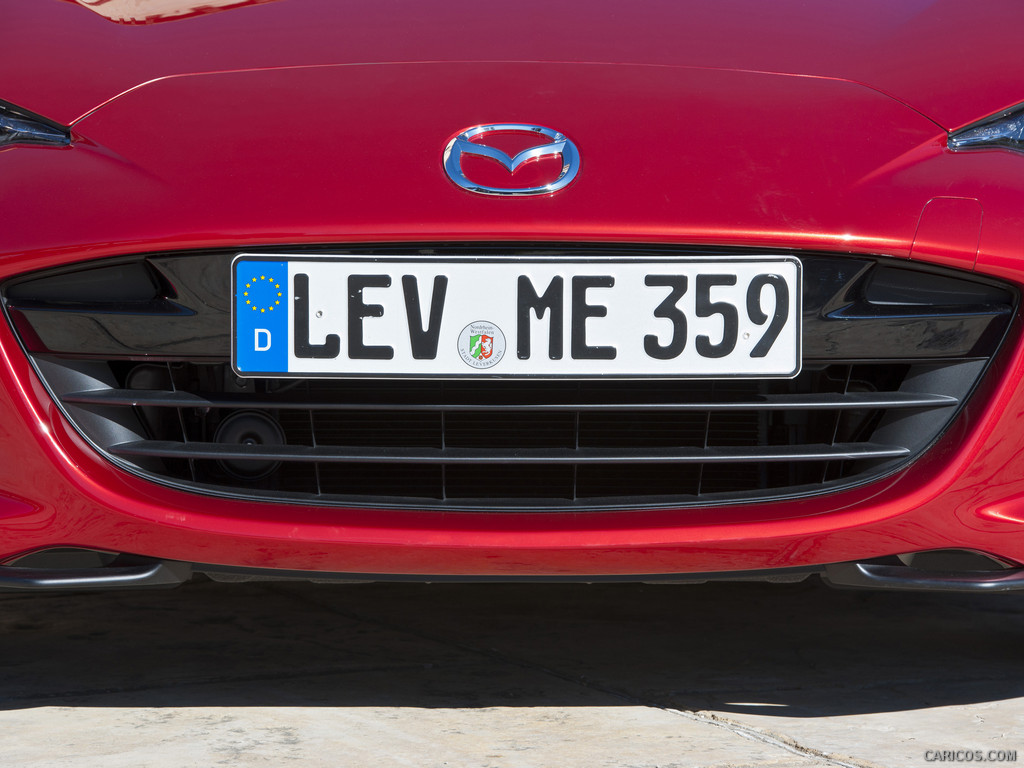 \n
\n
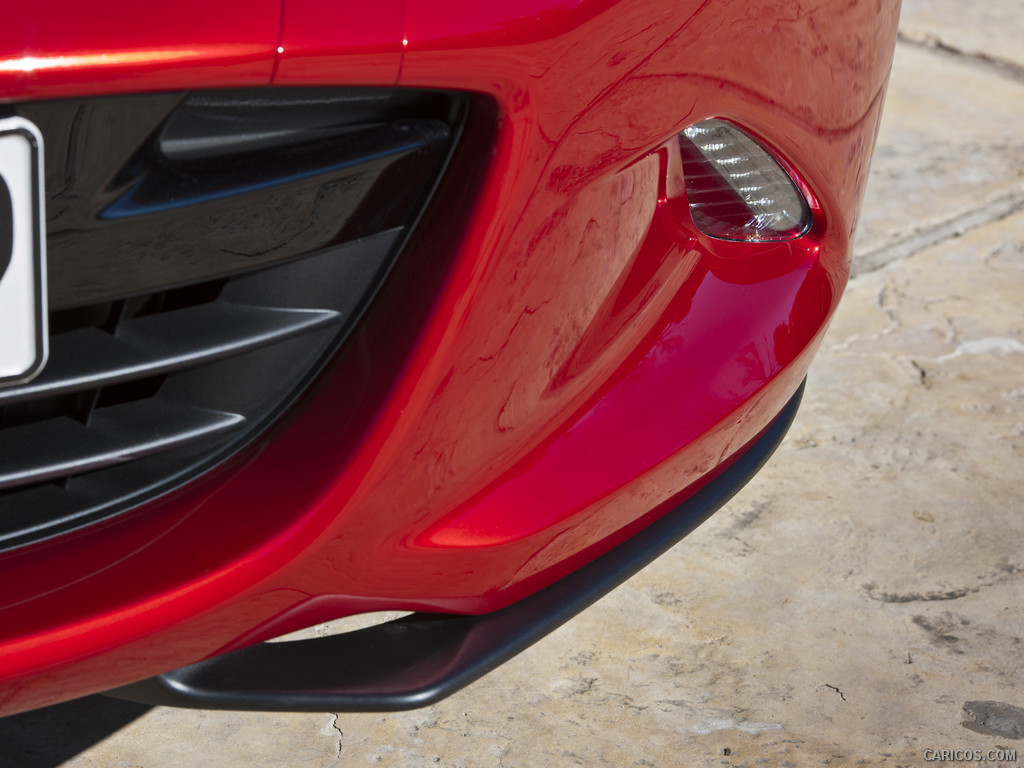 \n
\n
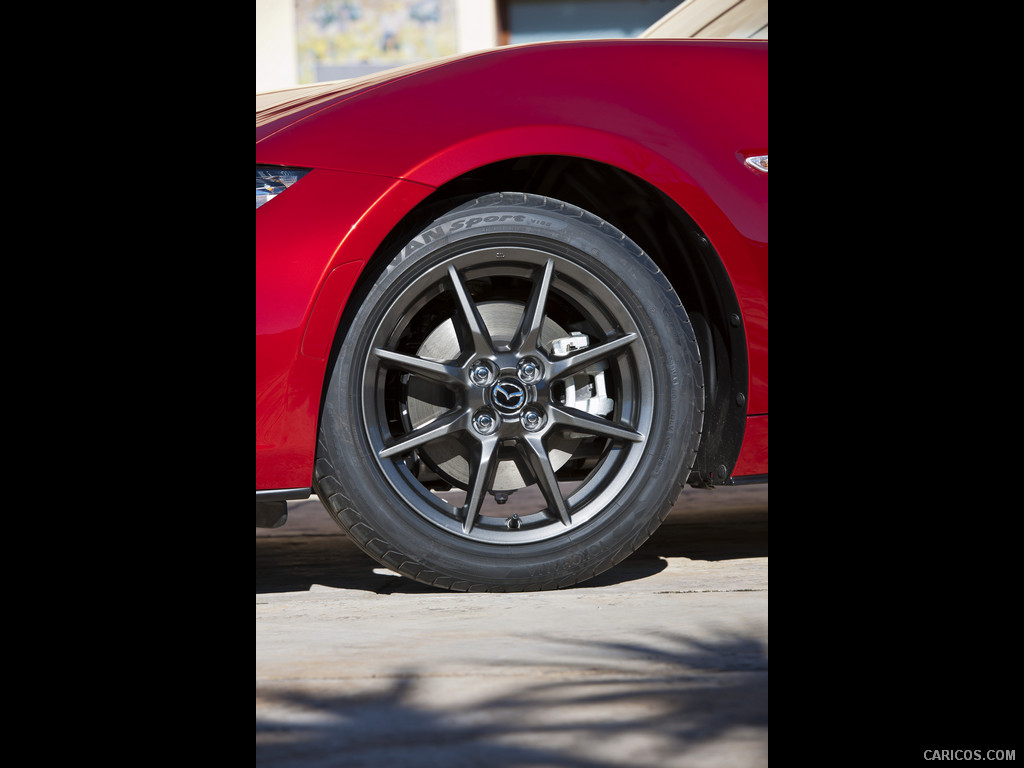 \n
\n
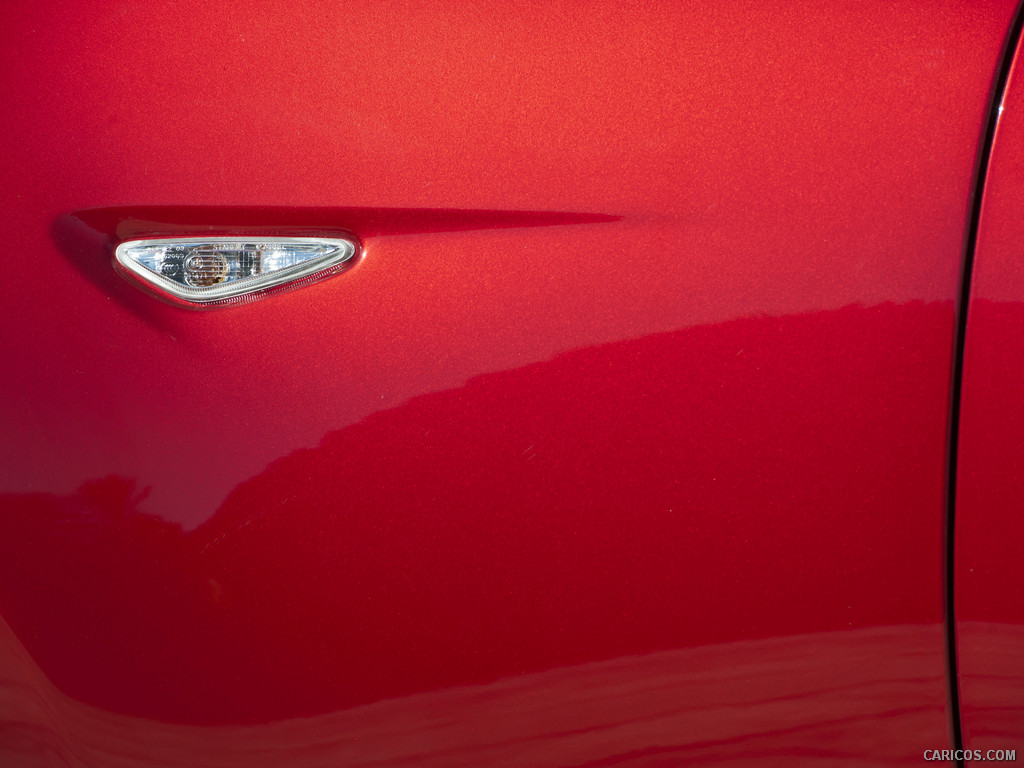 \n
\n
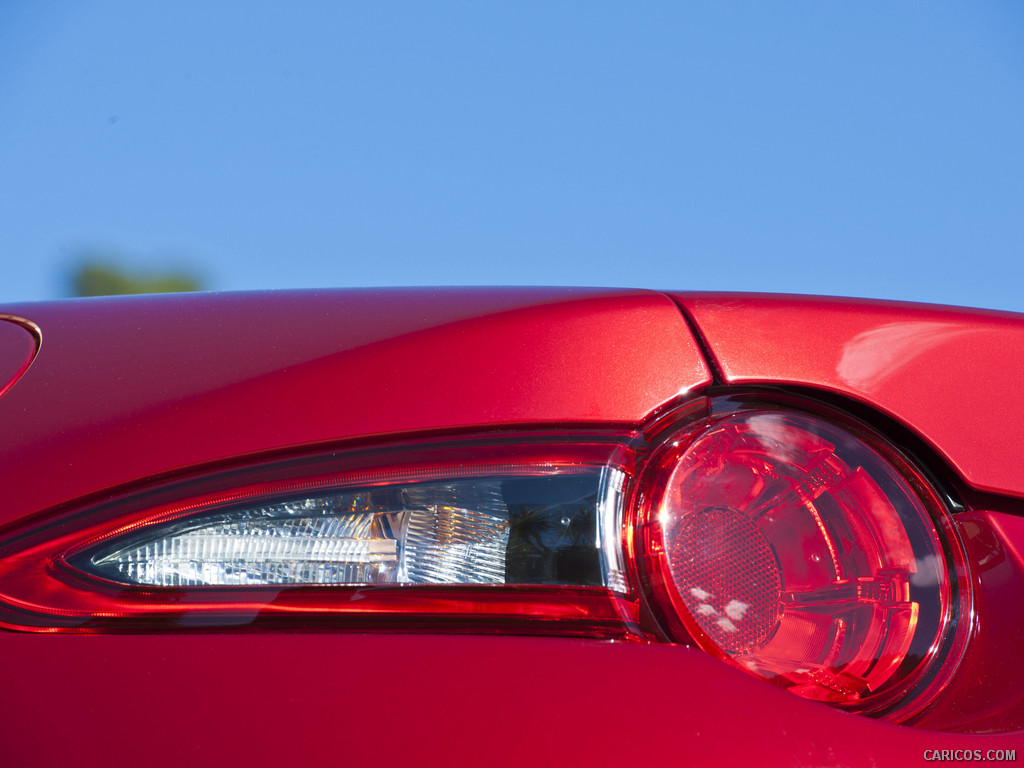 \n
\n
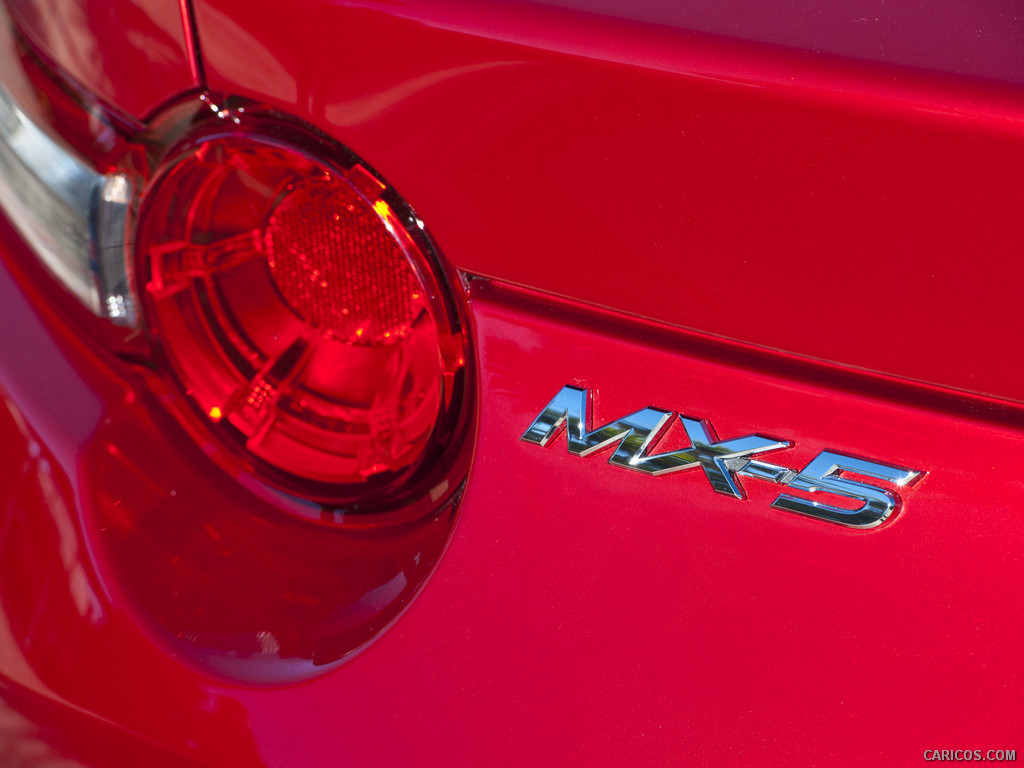 \n
\n
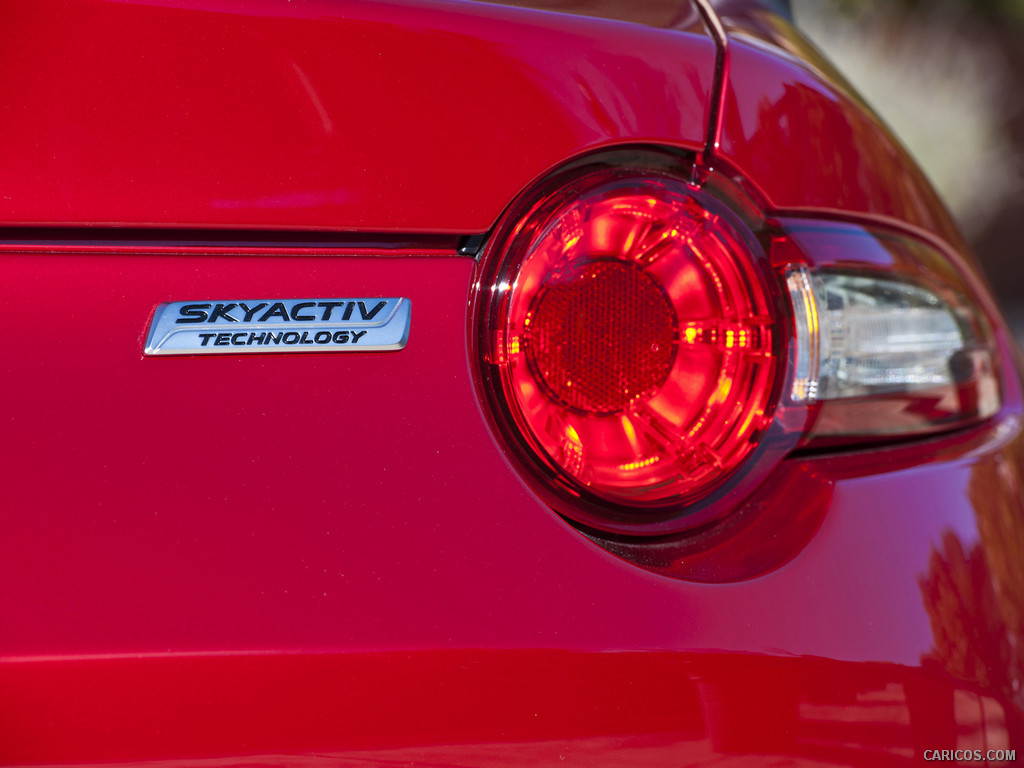 \n
\n
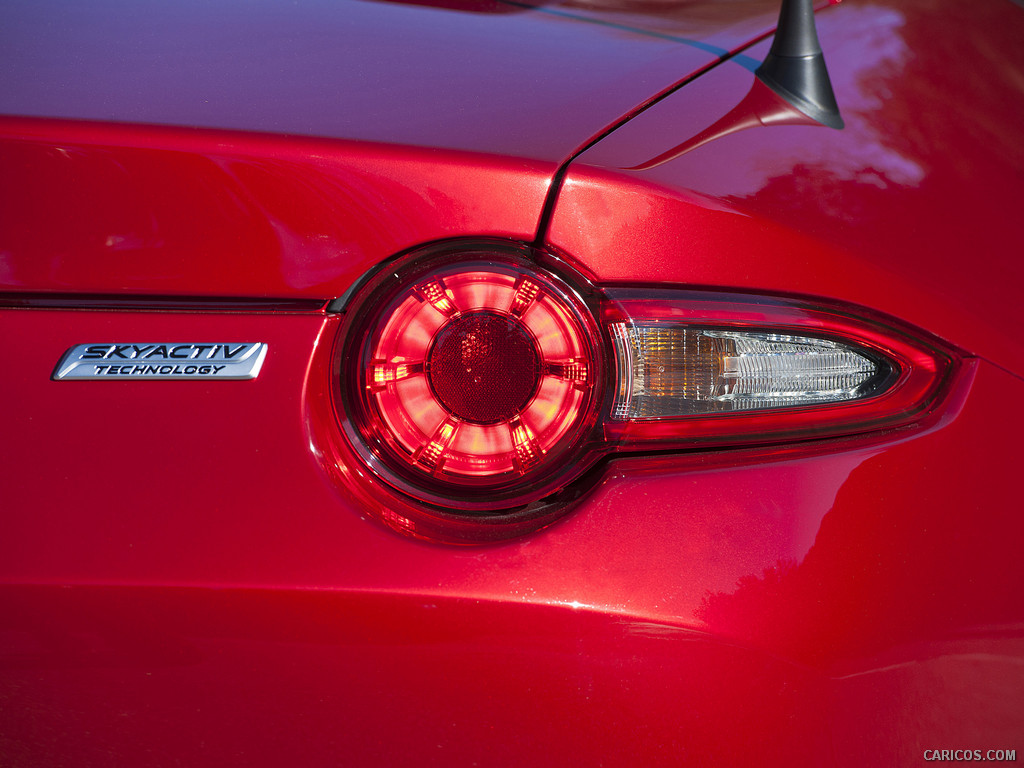 \n
\n
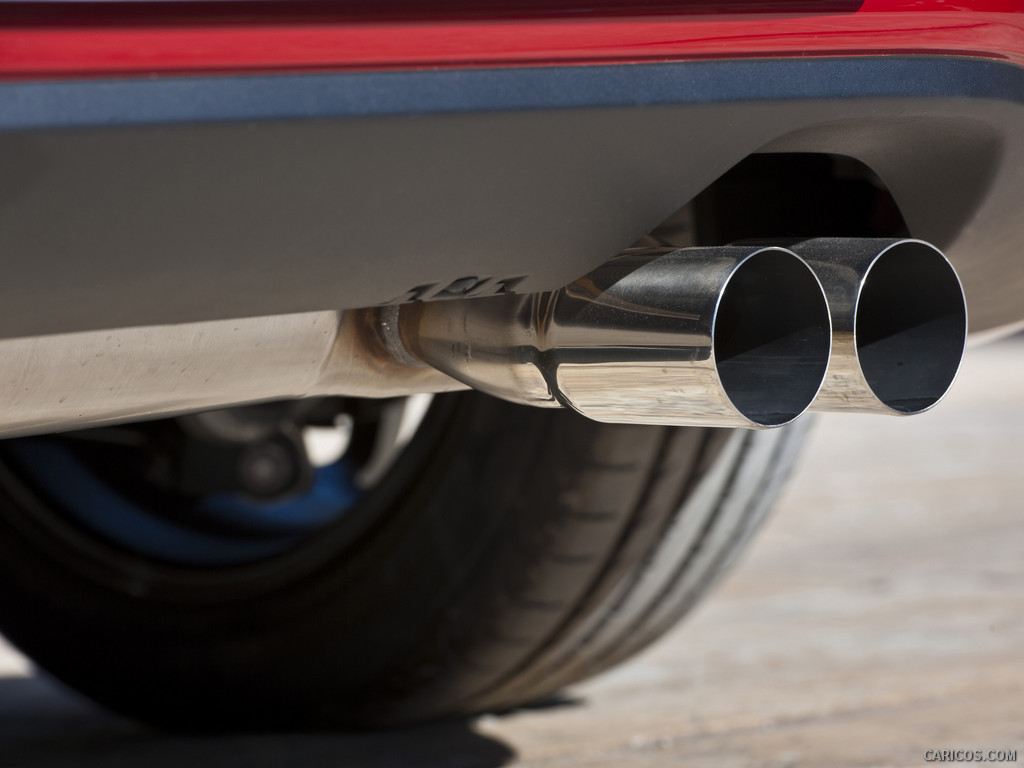 \n
\n
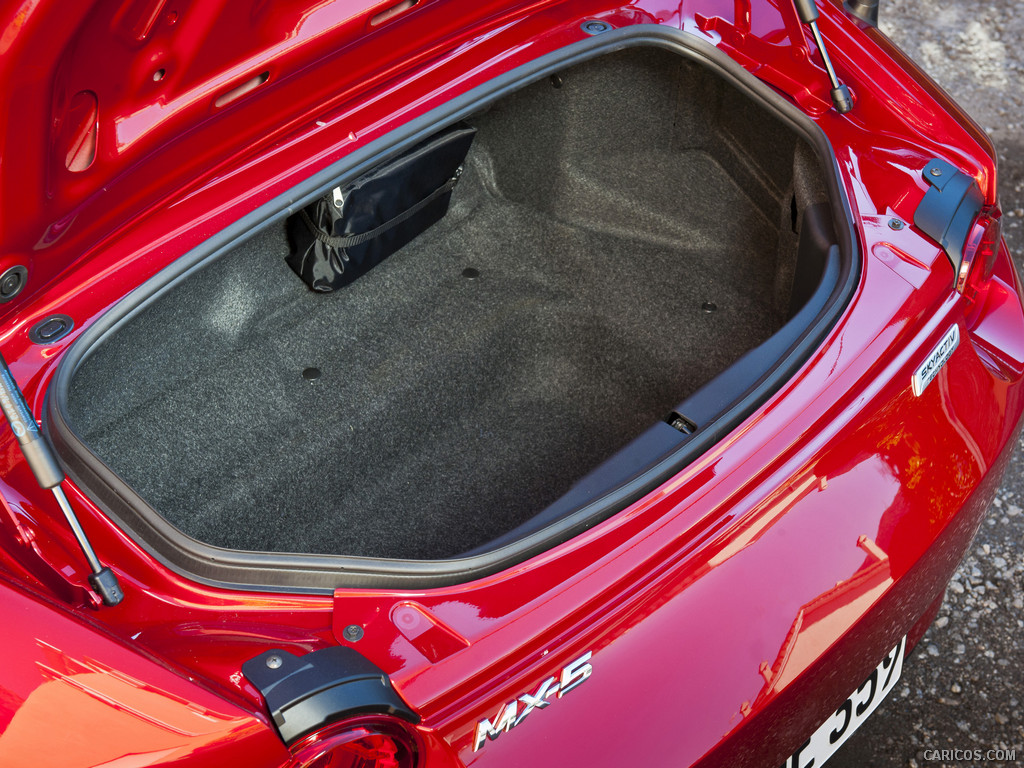 \n
\n
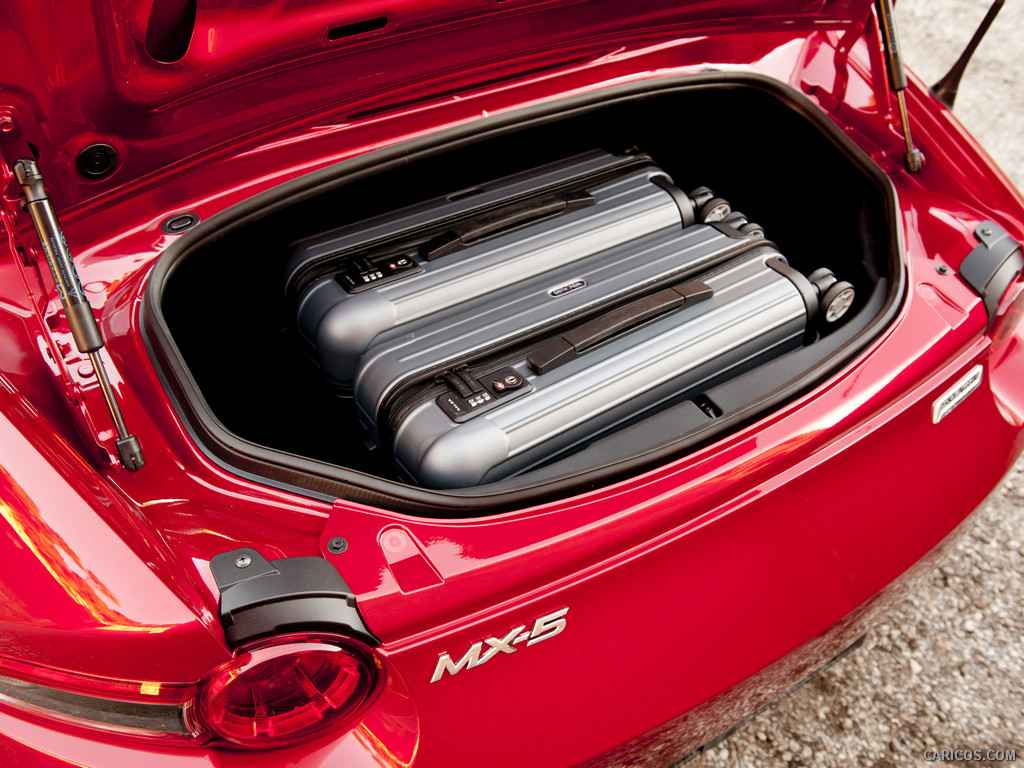 \n
\n
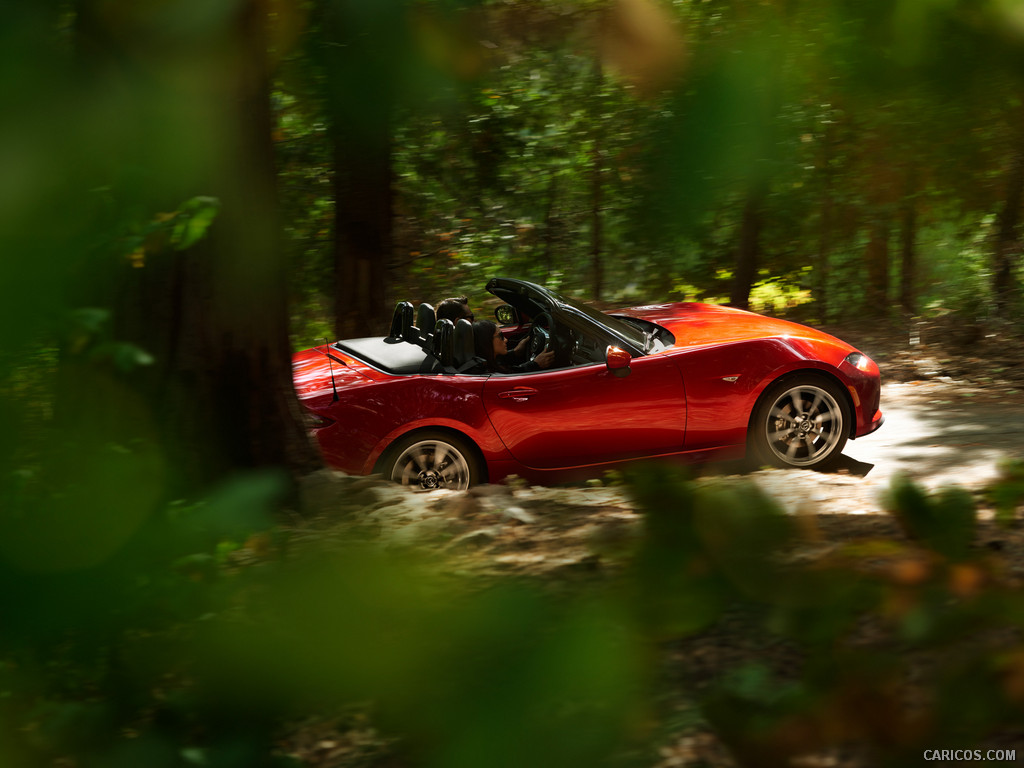 \n
\n
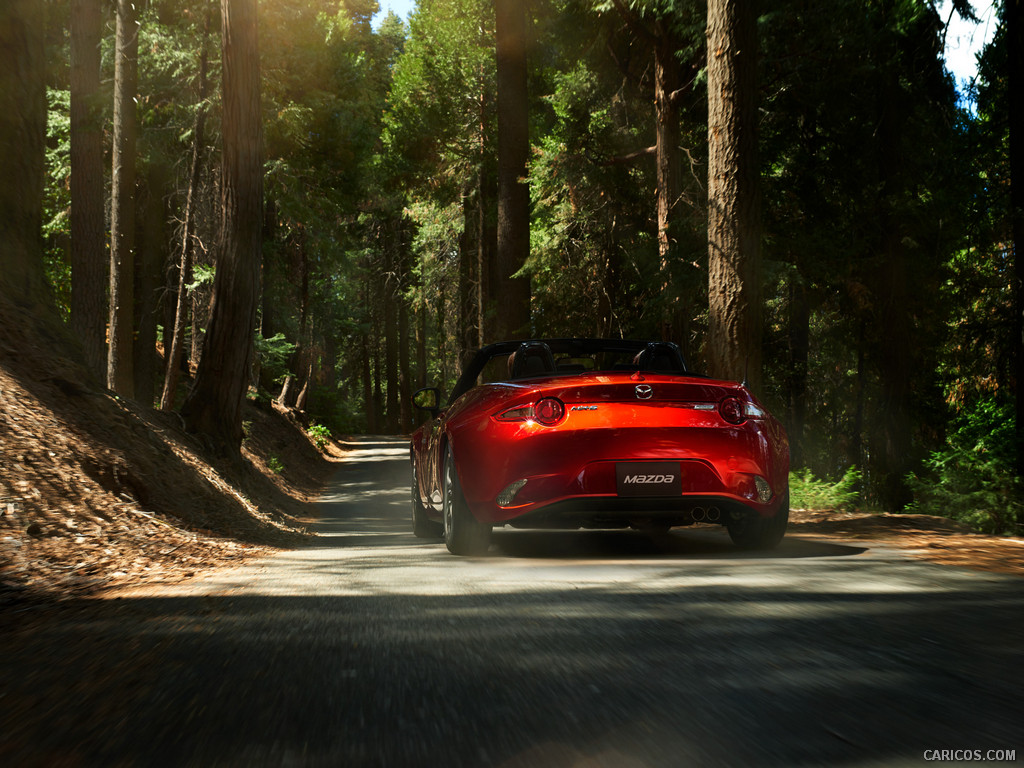 \n
\n
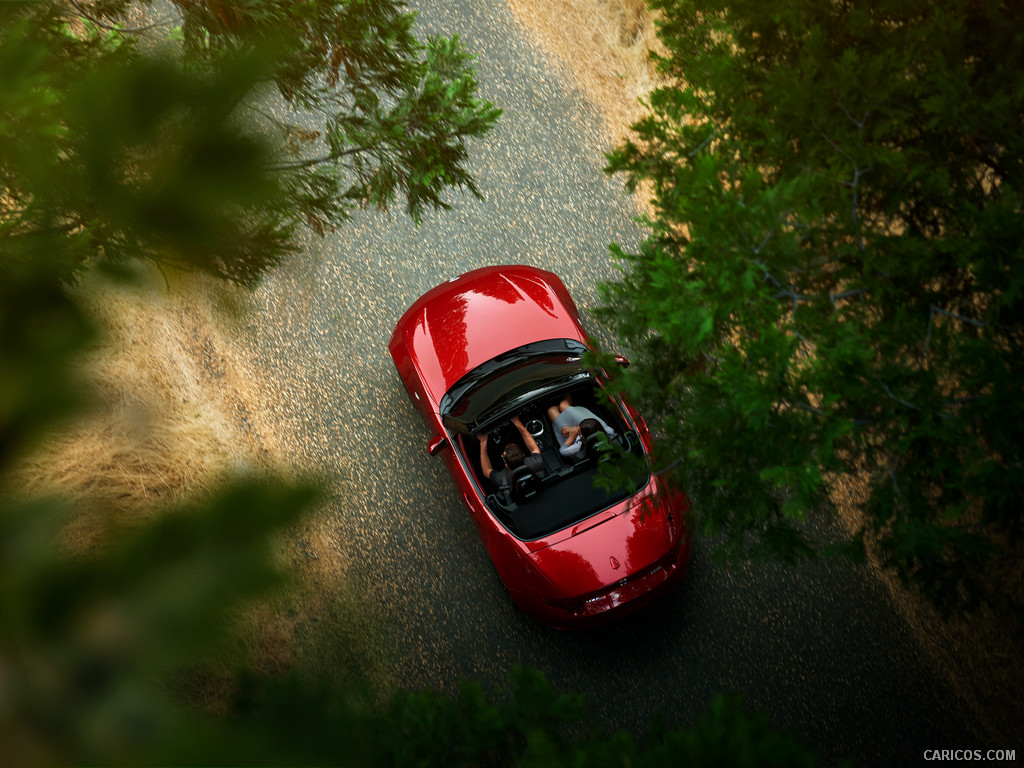 \n
\n
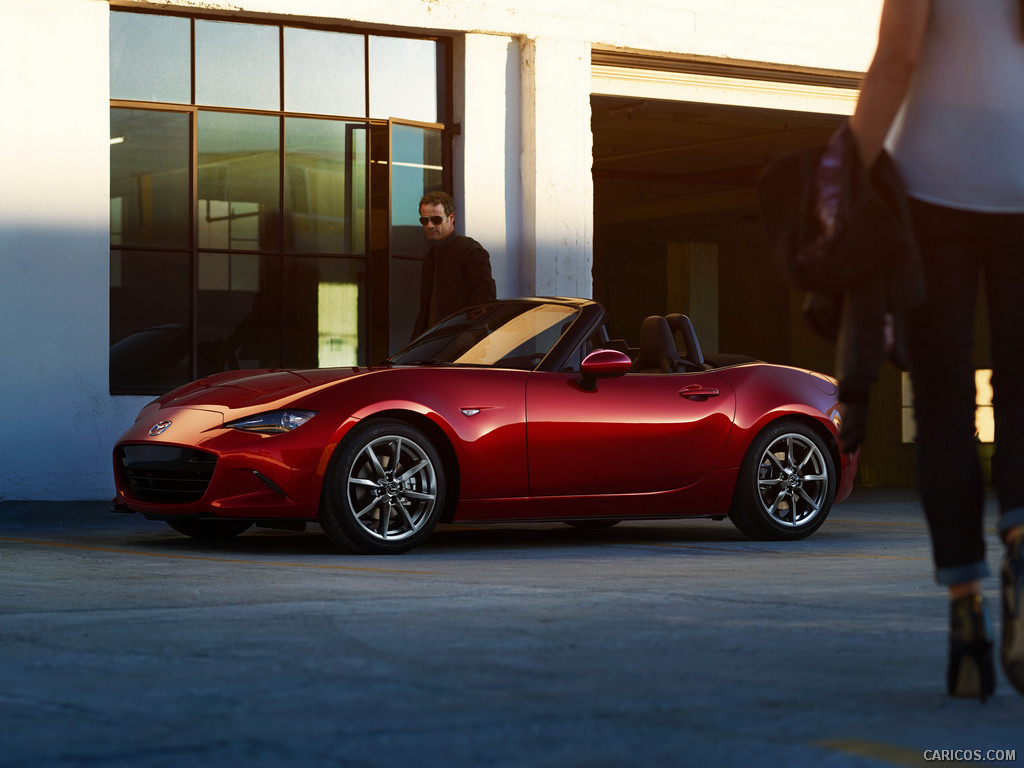 \n
\n
 \n
\n
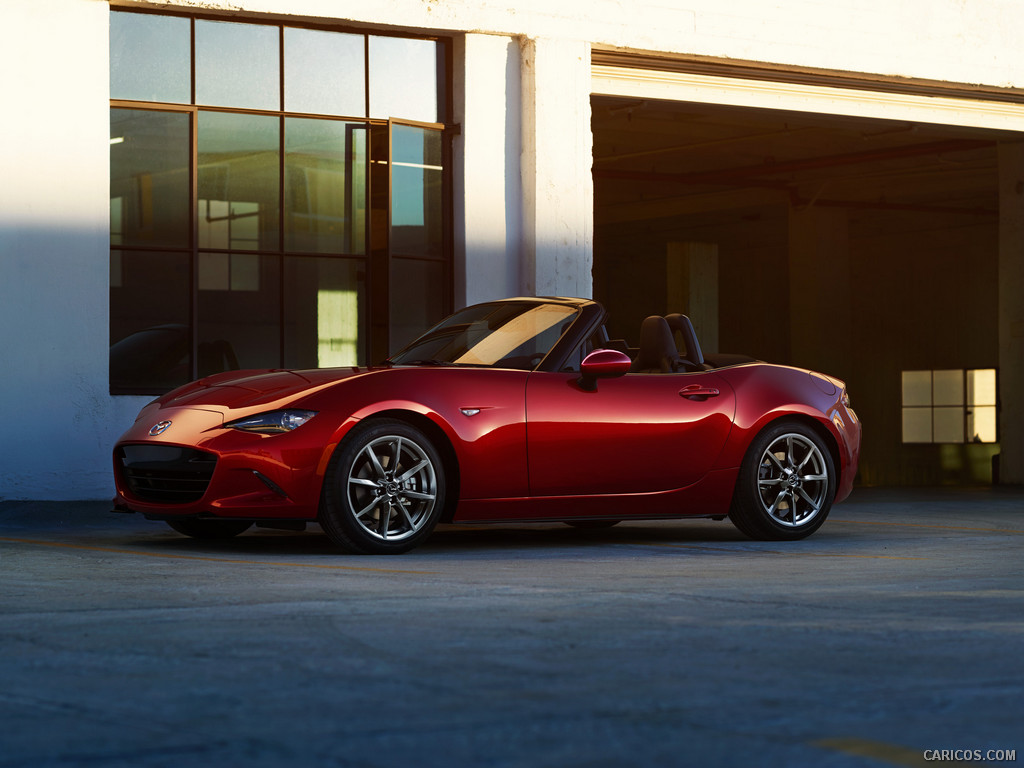 \n
\n
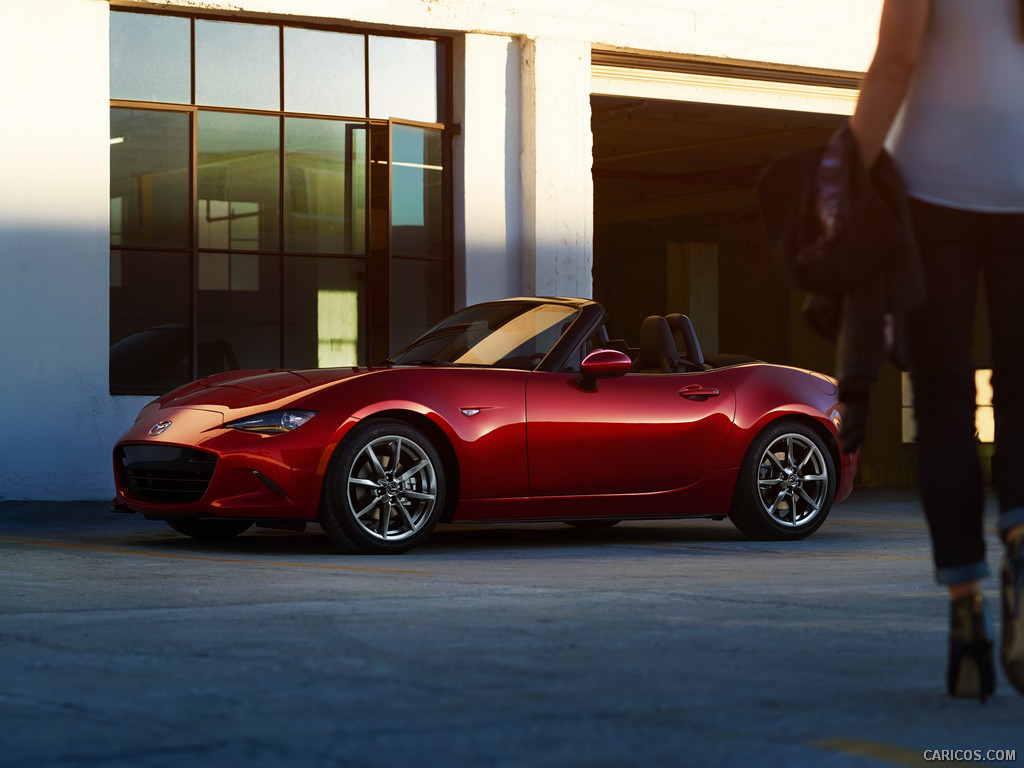 \n
\n
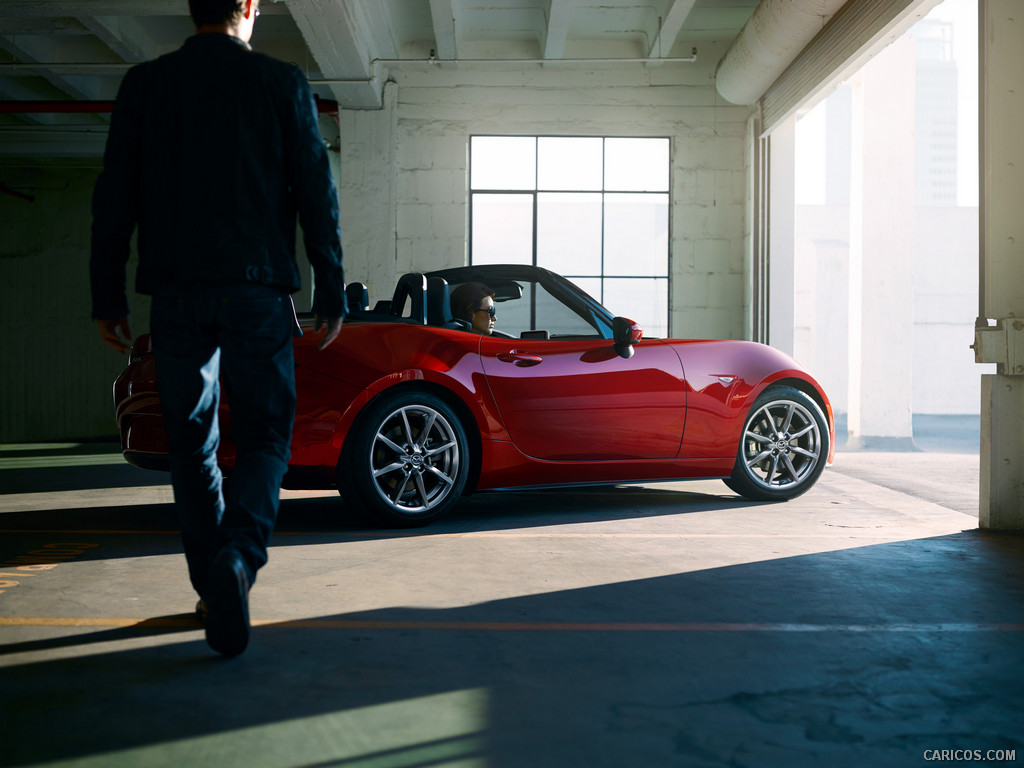 \n
\n
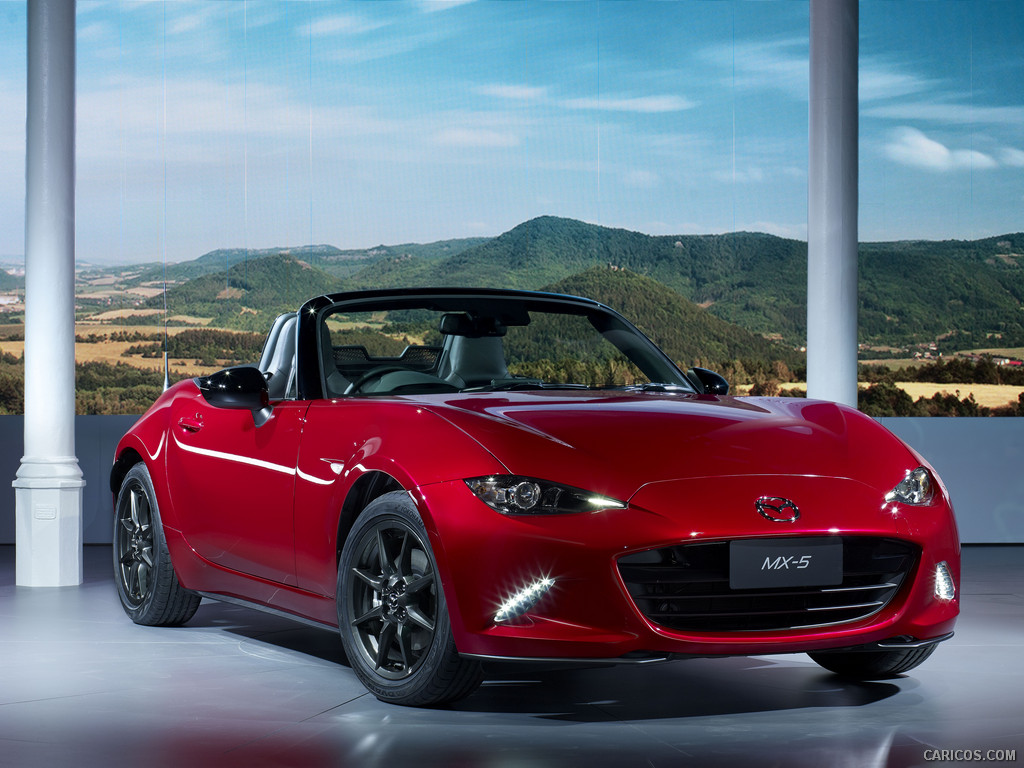 \n
\n
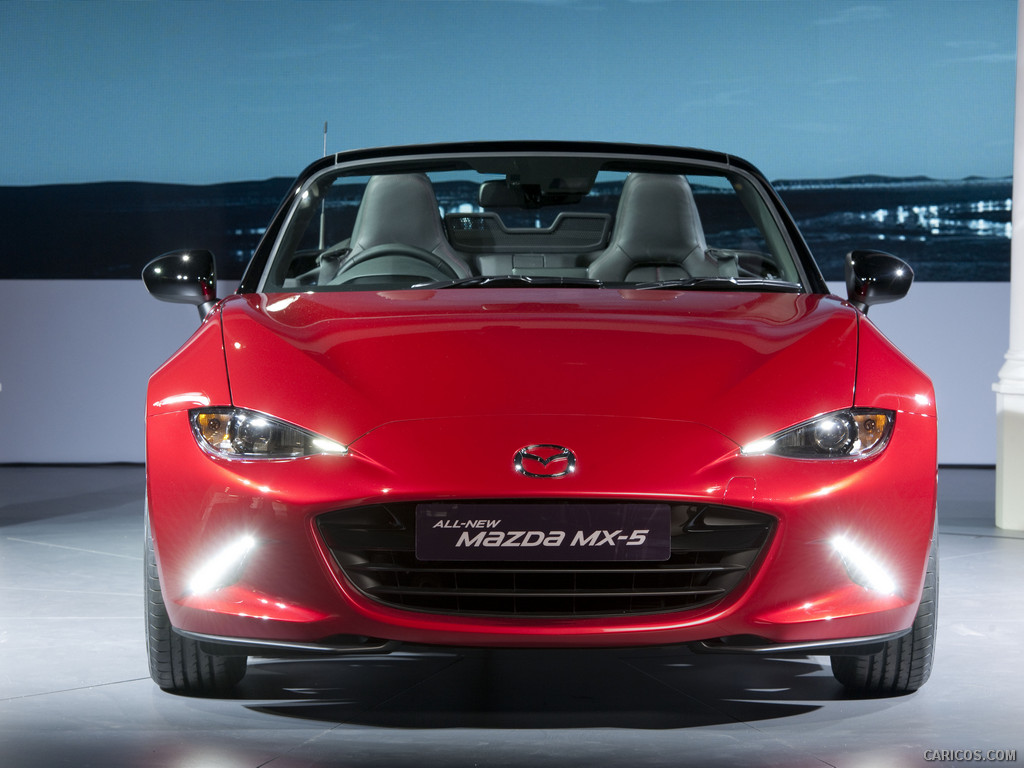 \n
\n
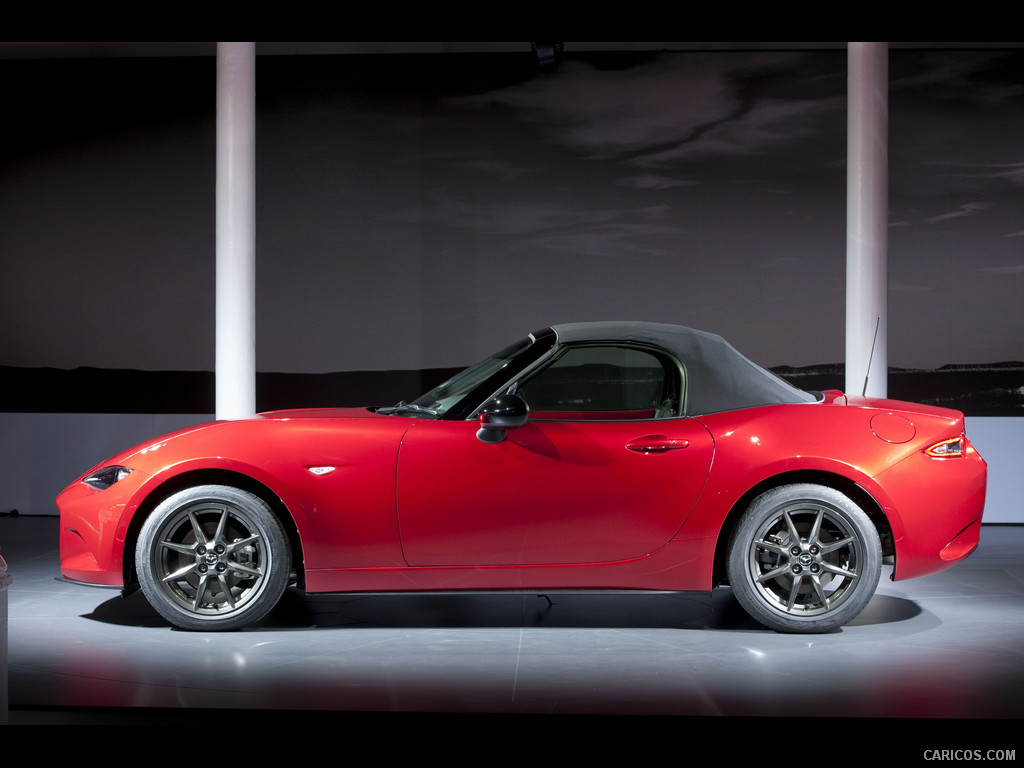 \n
\n
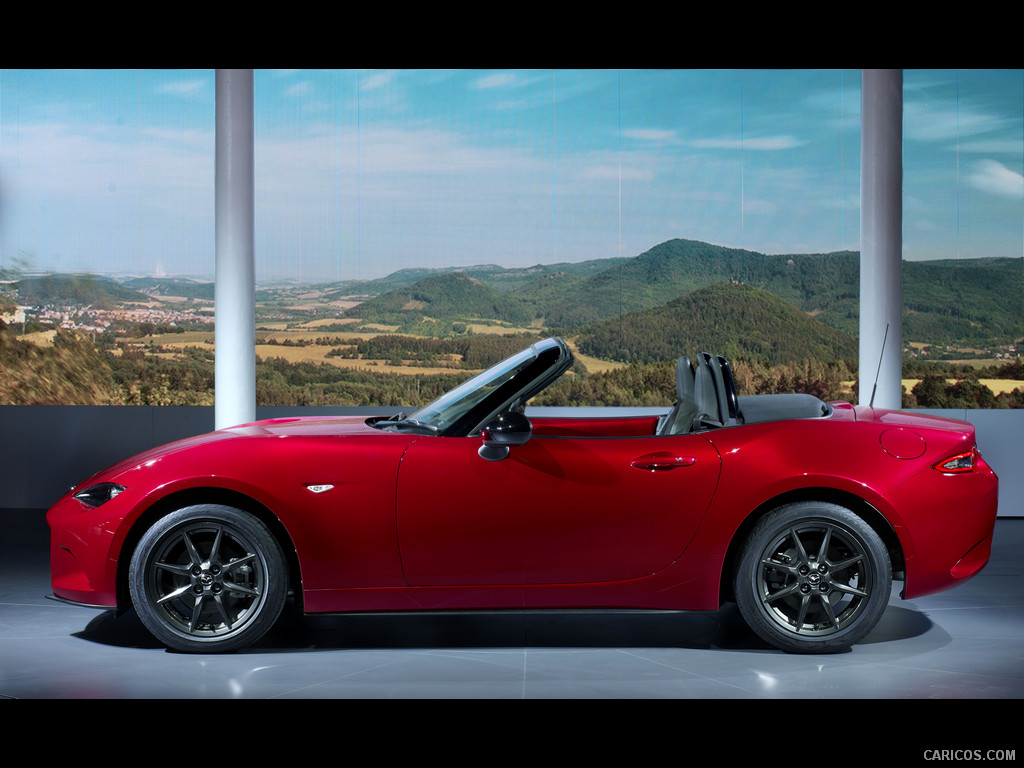 \n
\n
 \n
\n
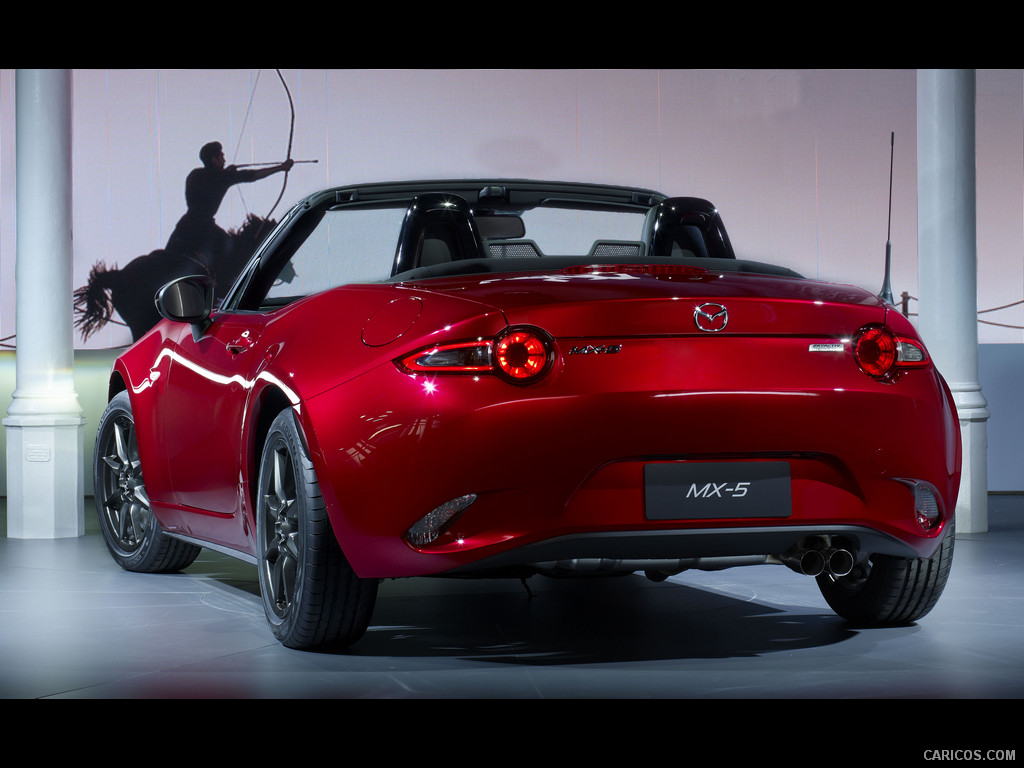 \n
\n
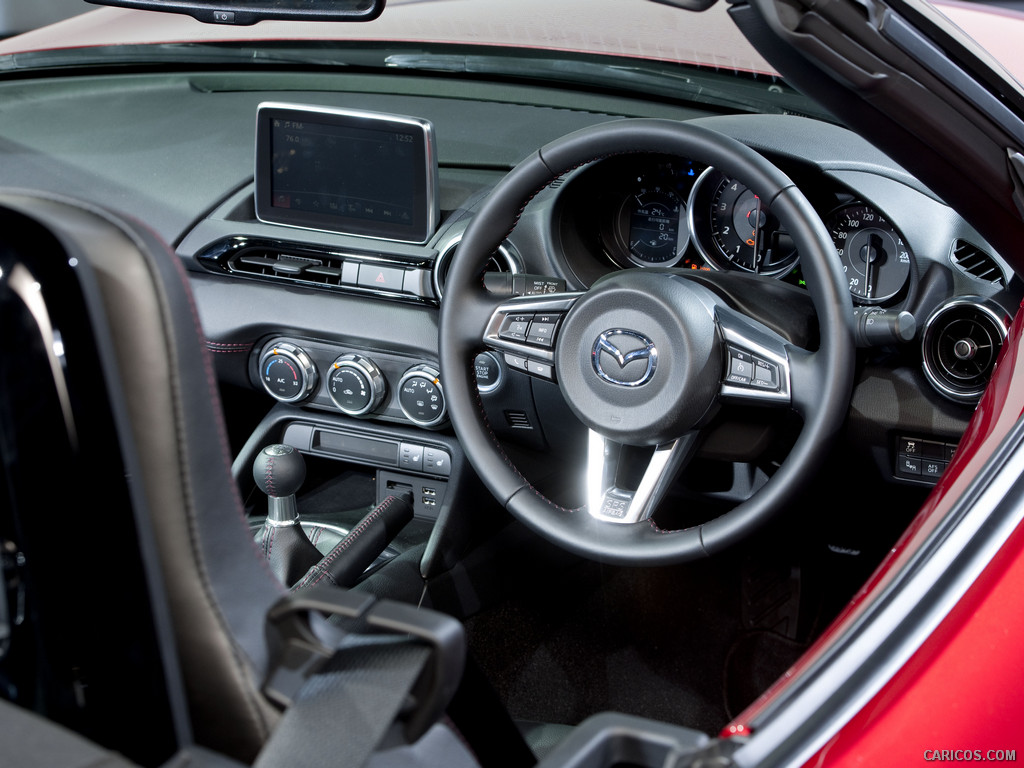 \n
\n
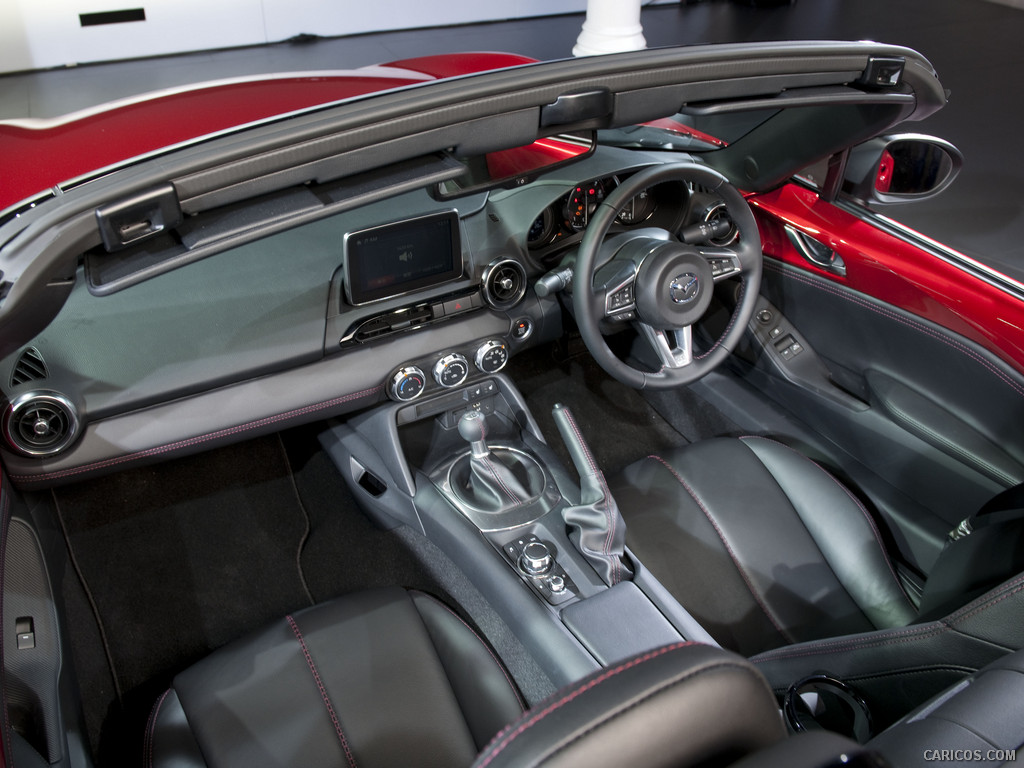 \n
\n
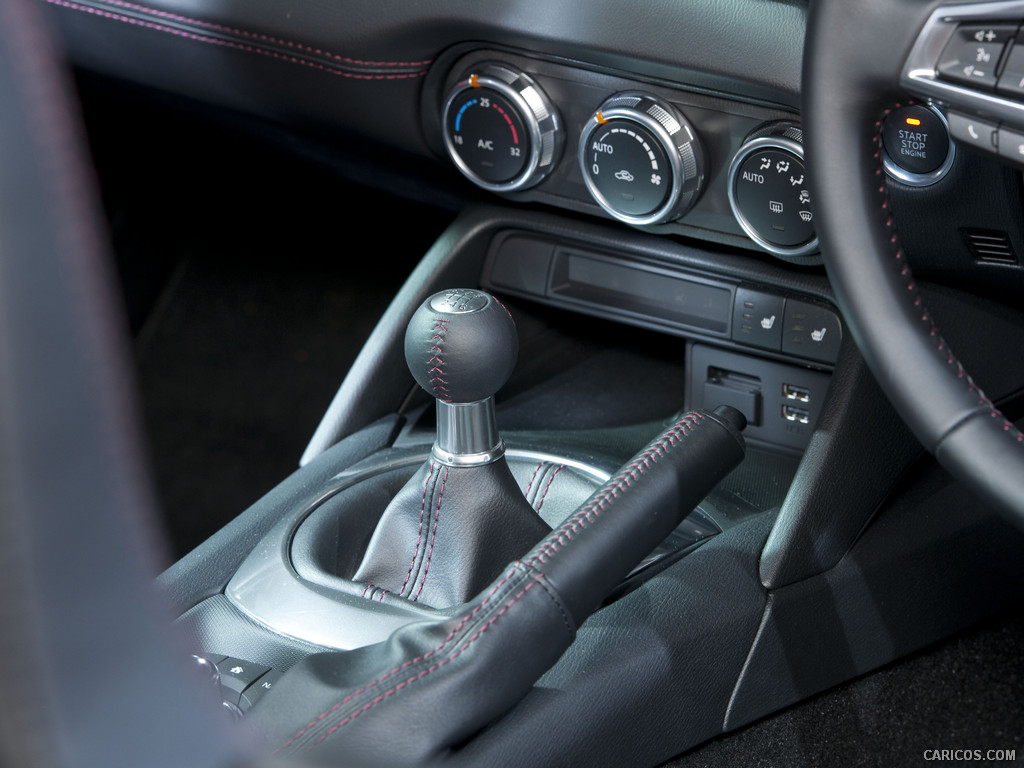 \n
\n
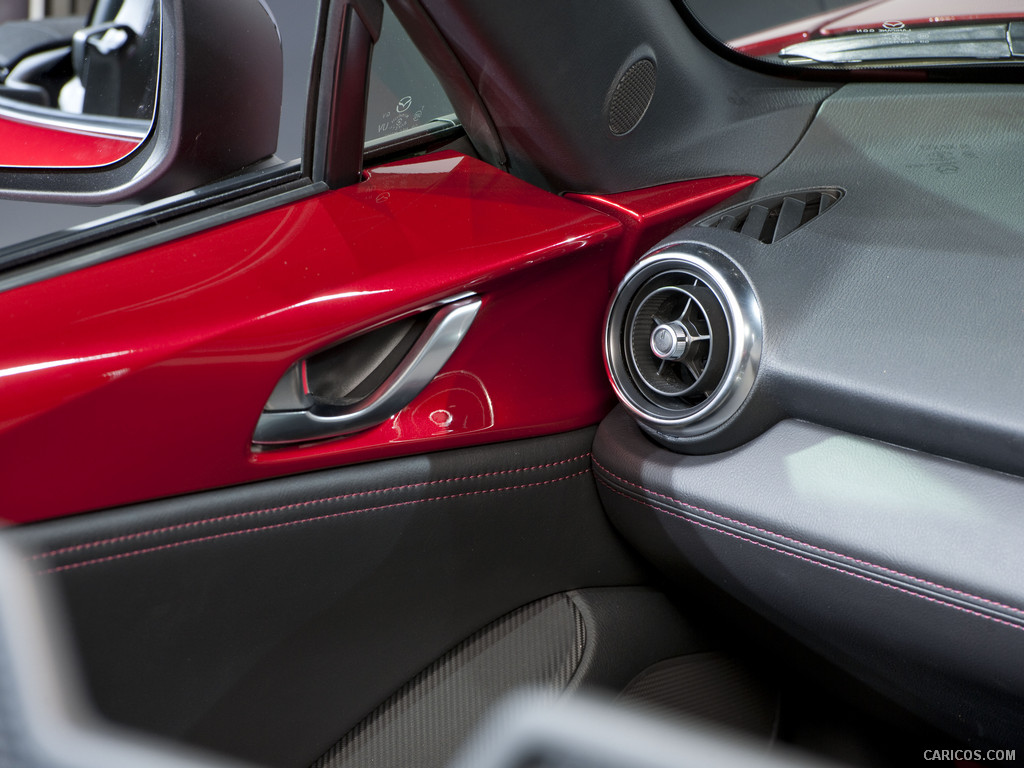 \n
\n
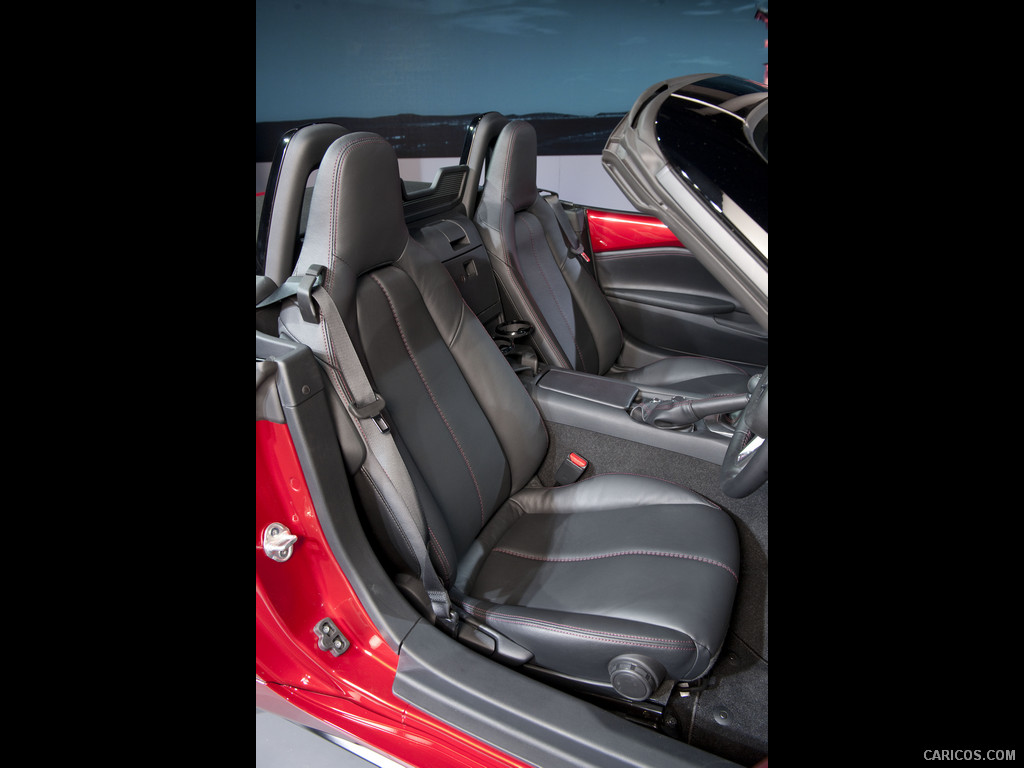 \n
\n
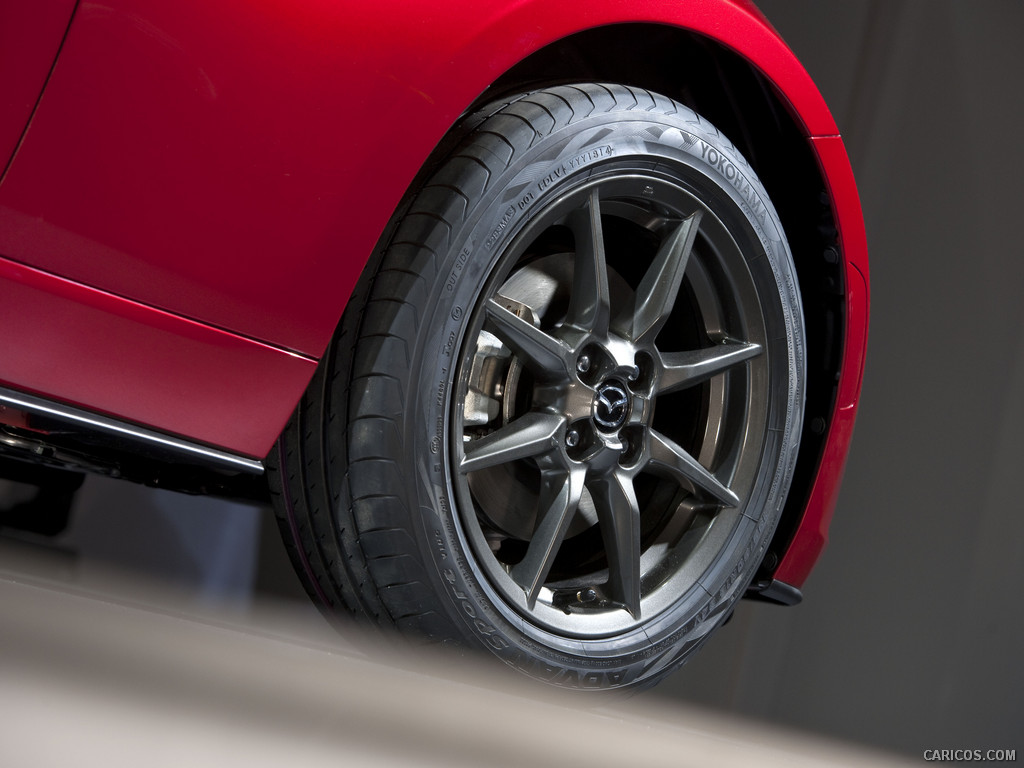 \n
\n
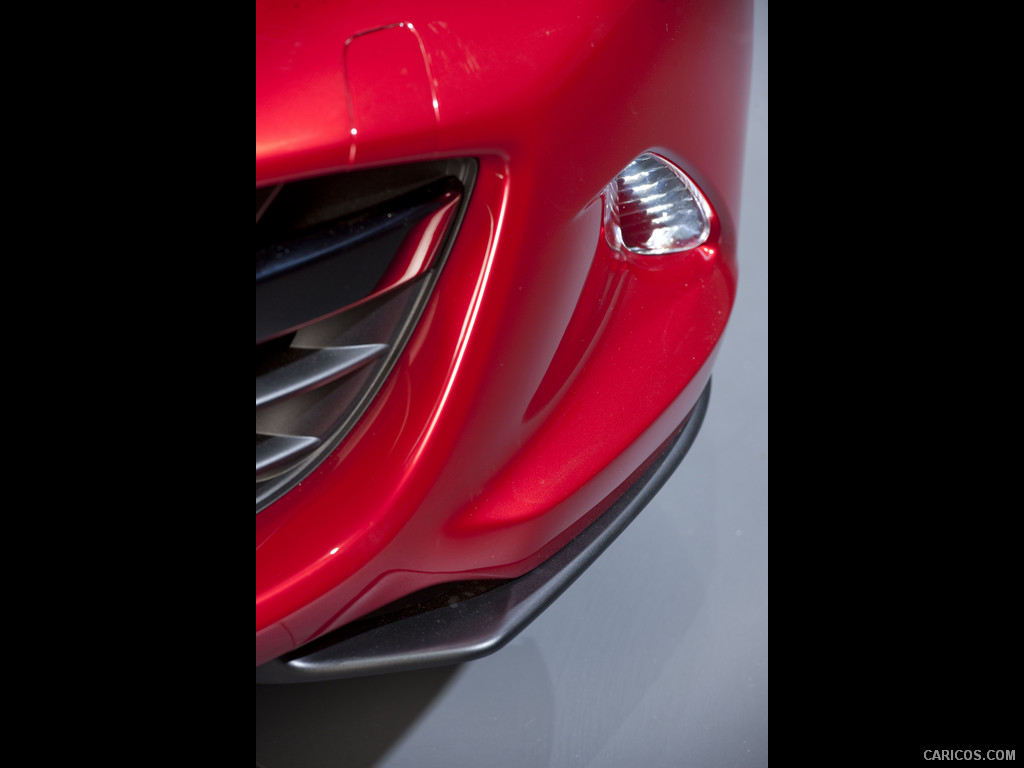 \n
\n
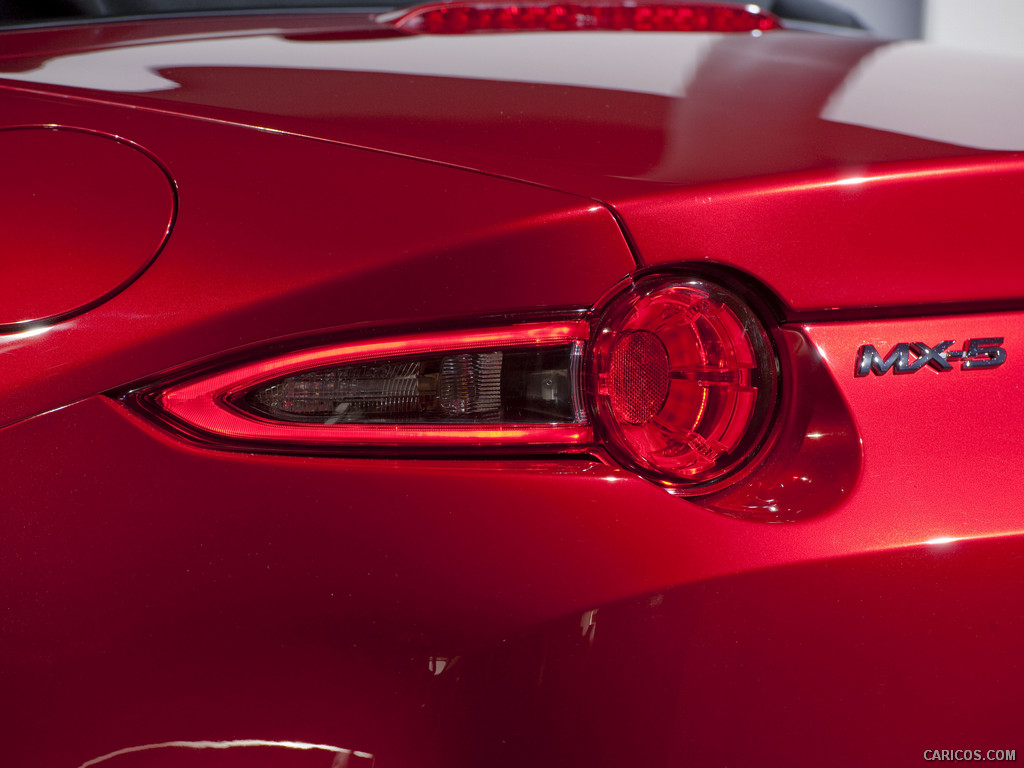 \n
\n
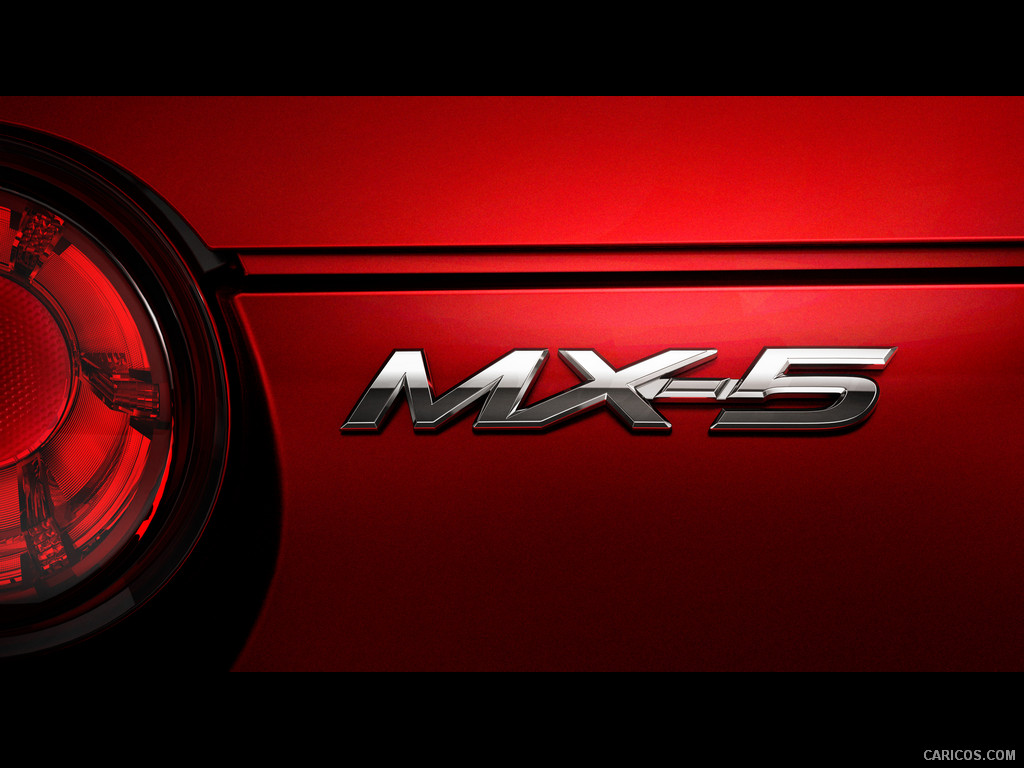 \n
\n
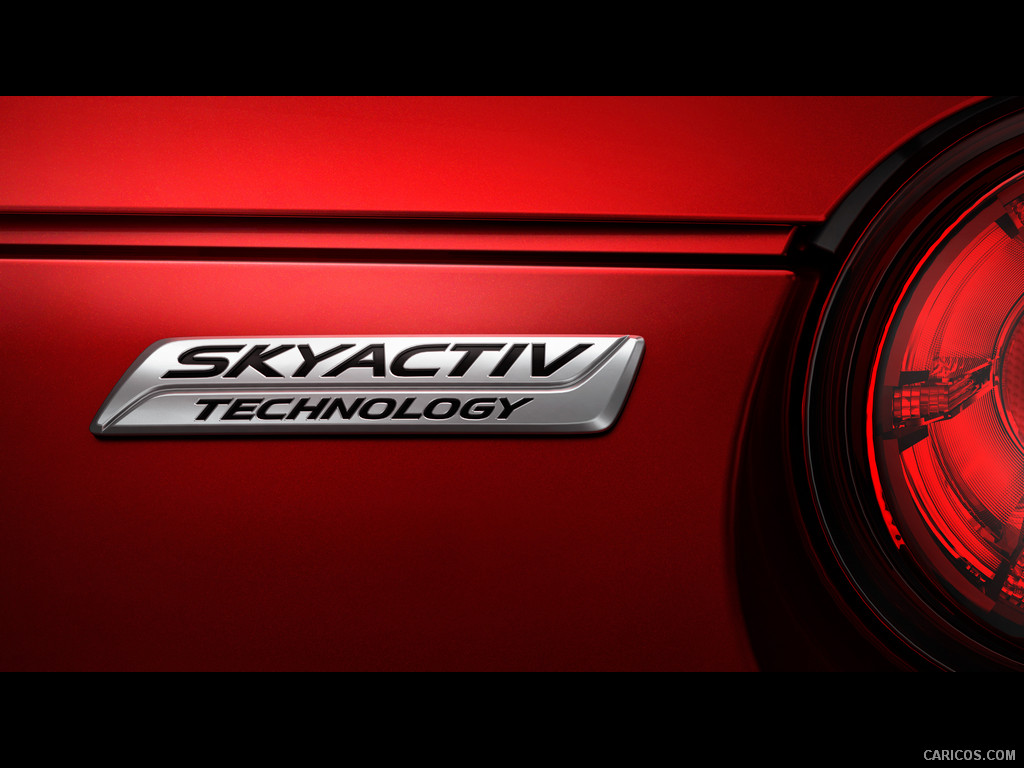 \n
\n
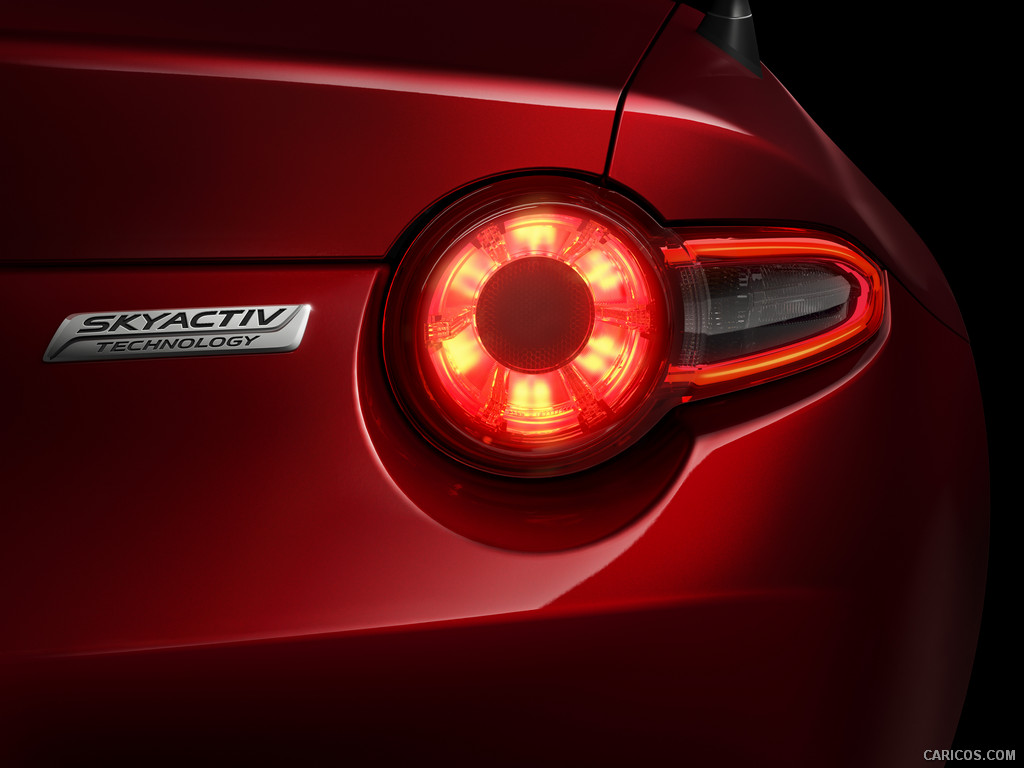 \n
\n
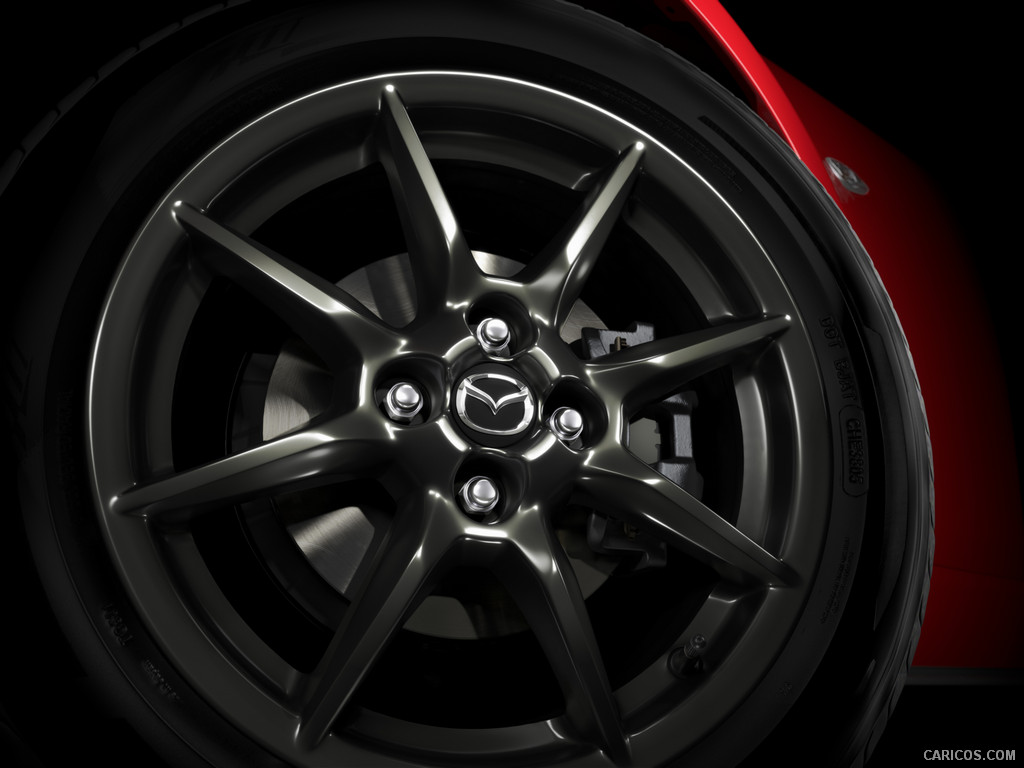 \n
\n
 \n
\n
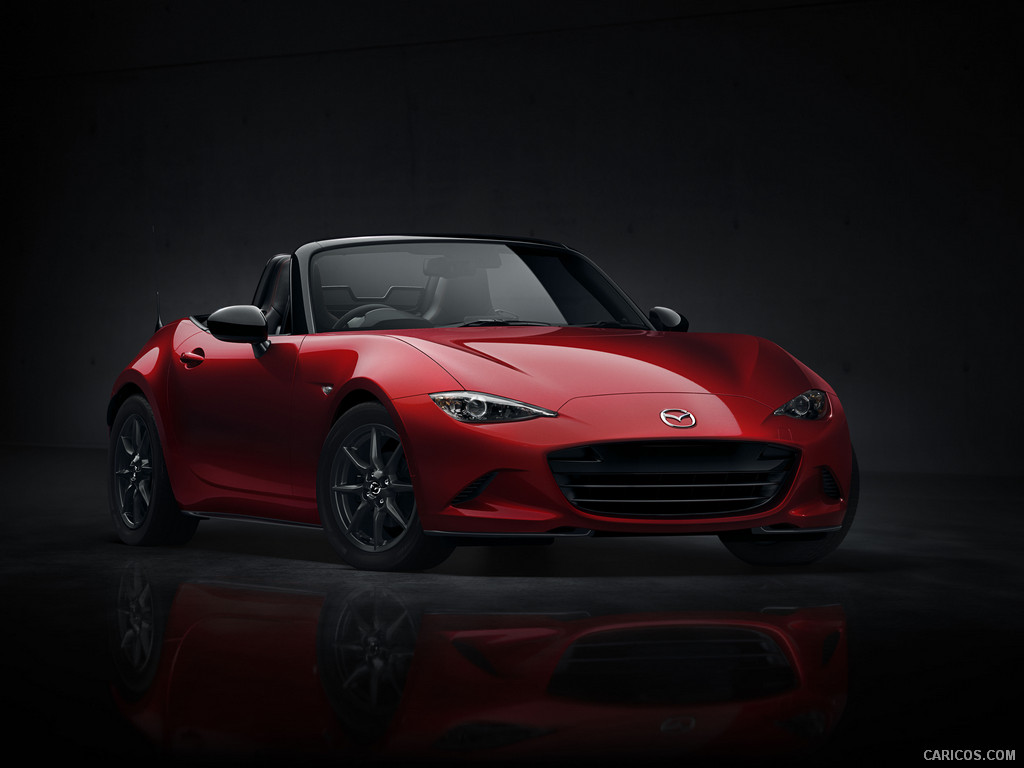 \n
\n
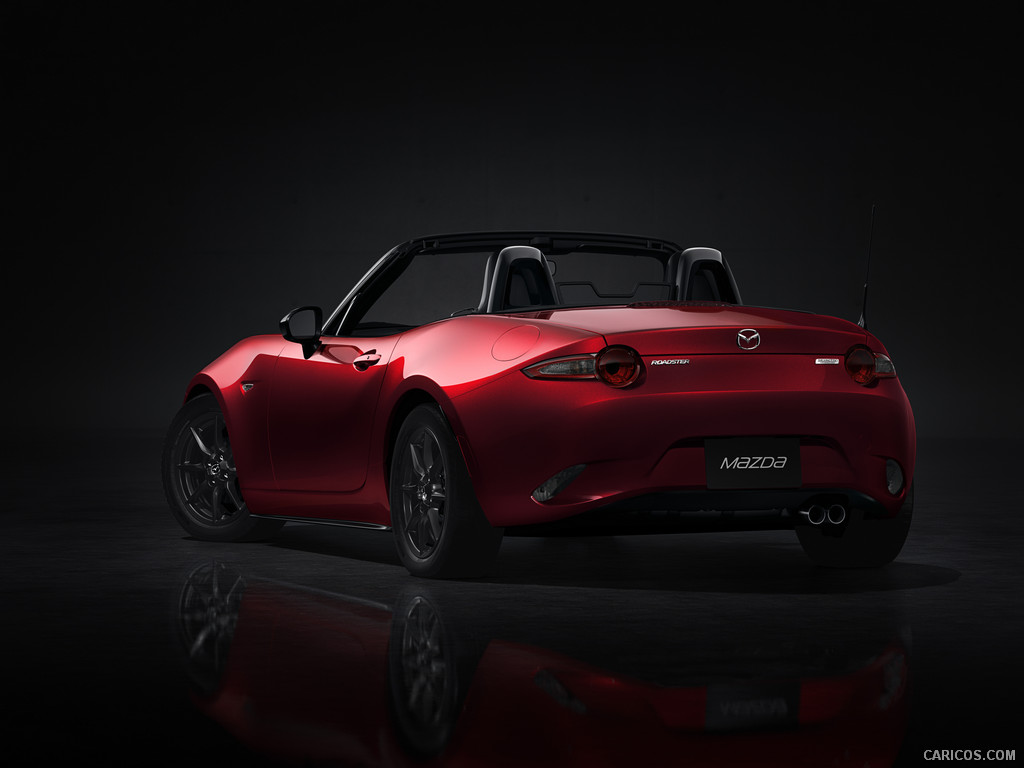 \n
\n
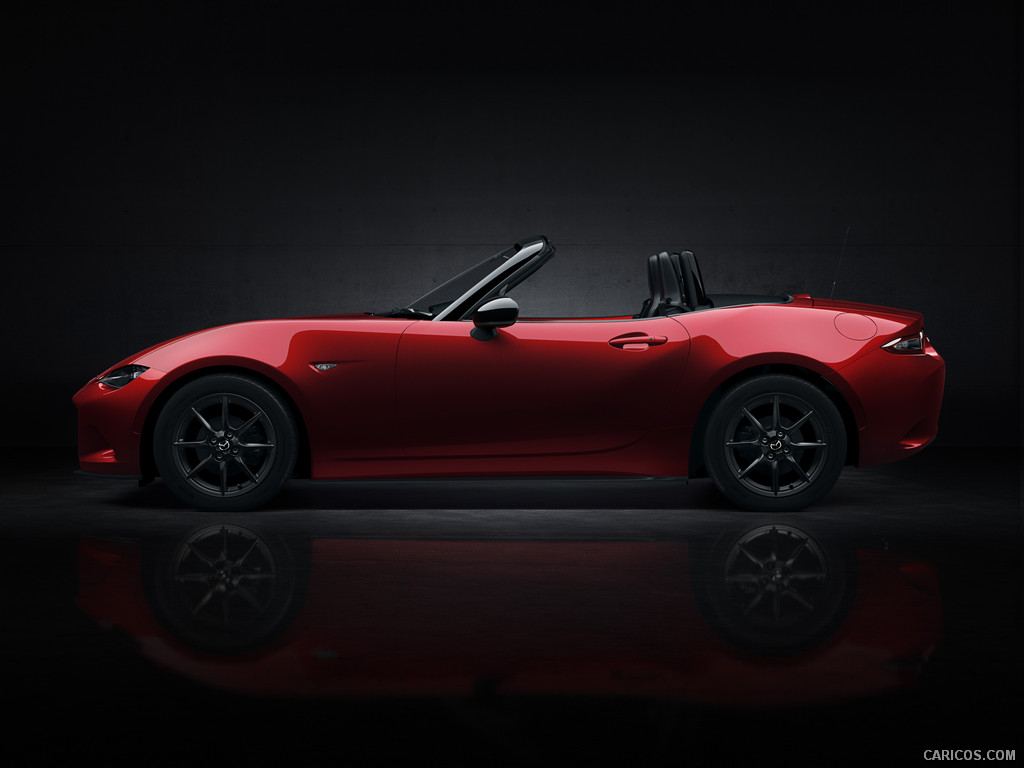 \n
\n
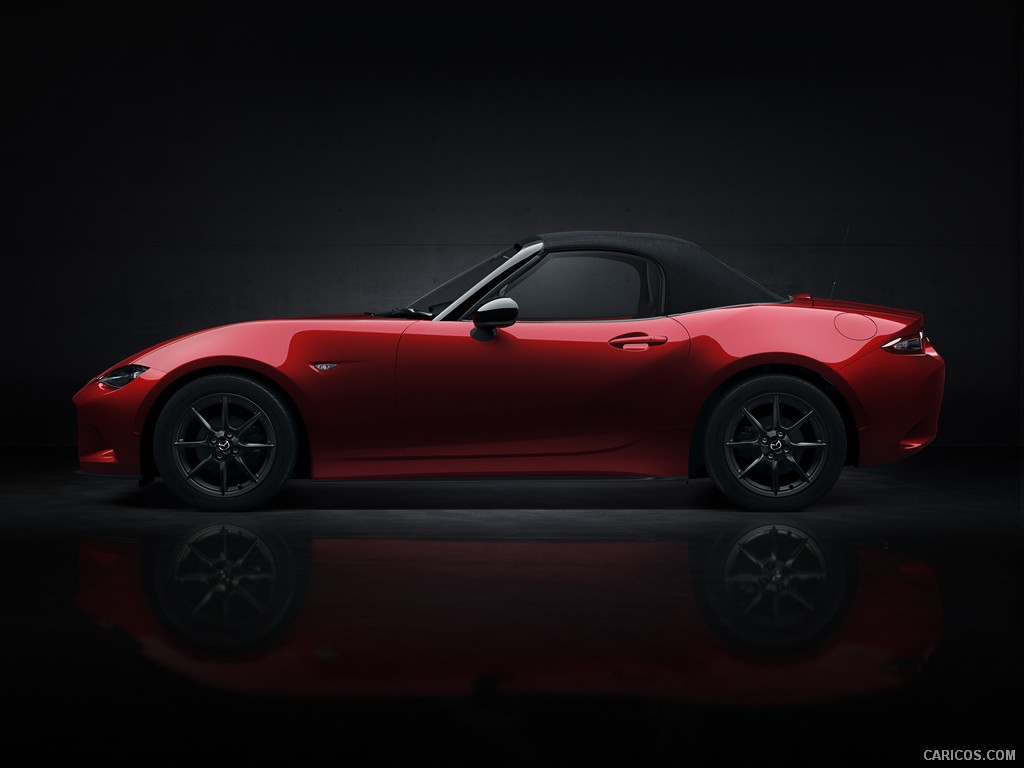 \n
\n
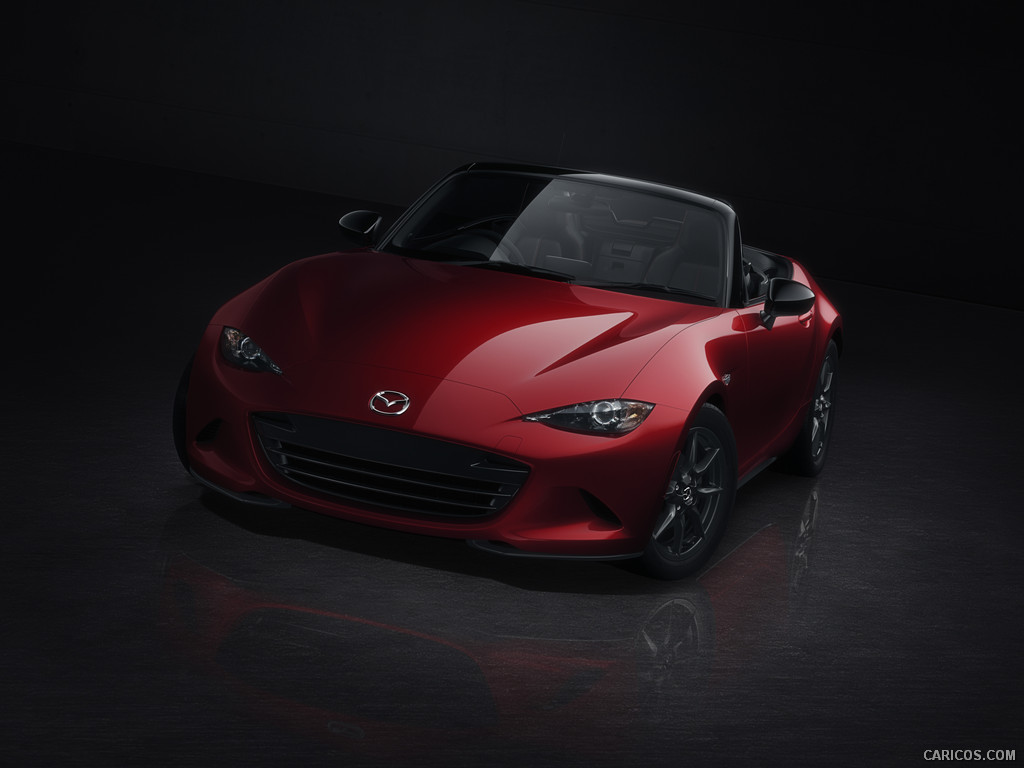 \n
\n
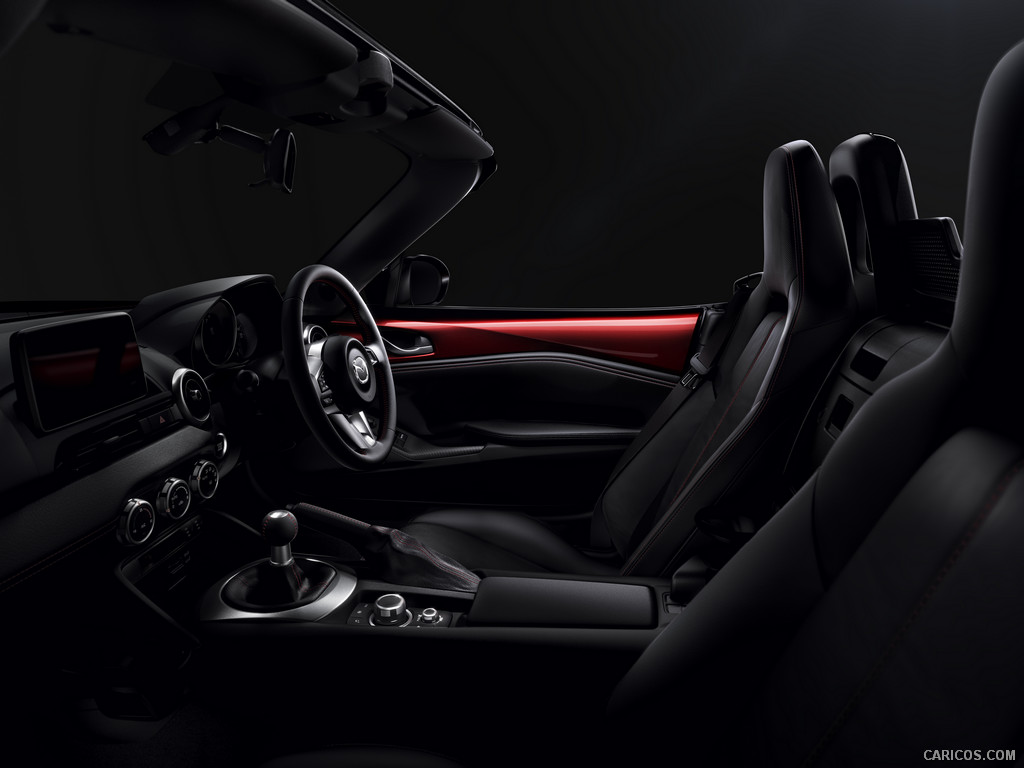 \n
\n
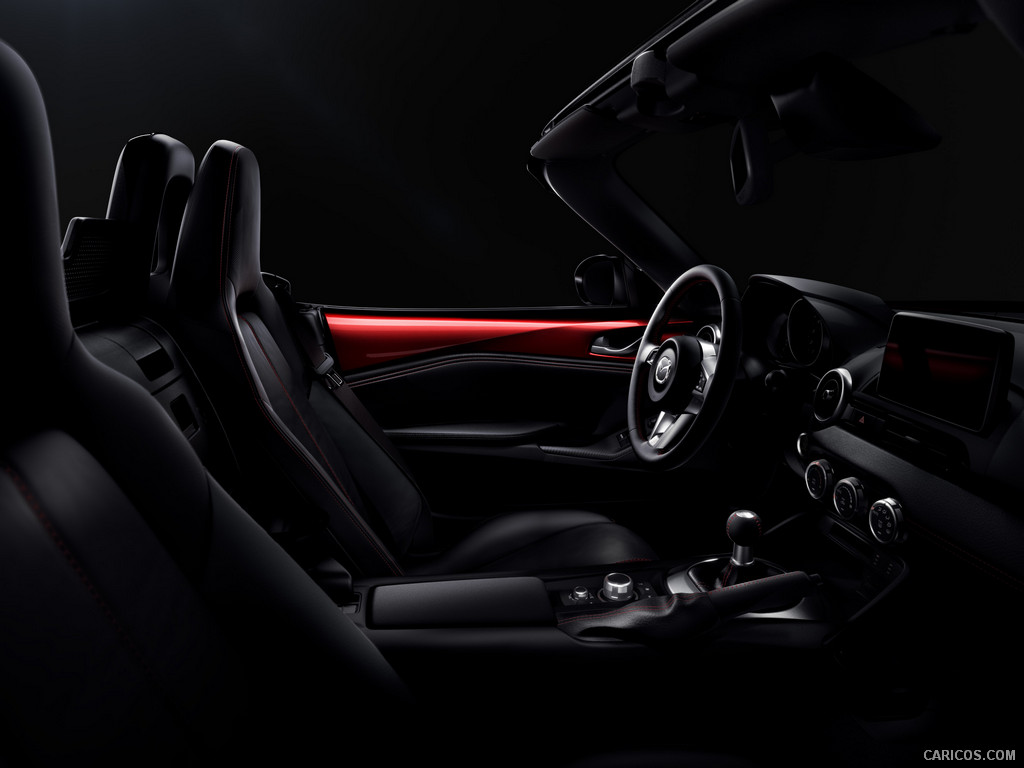 \n
\n
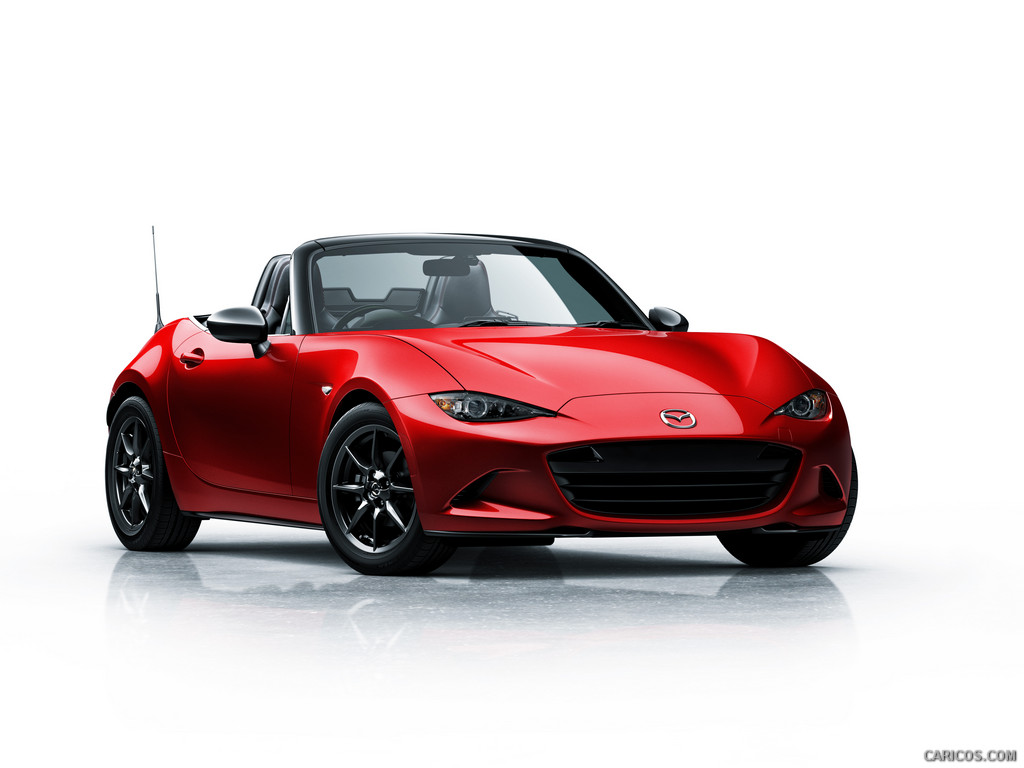 \n
\n
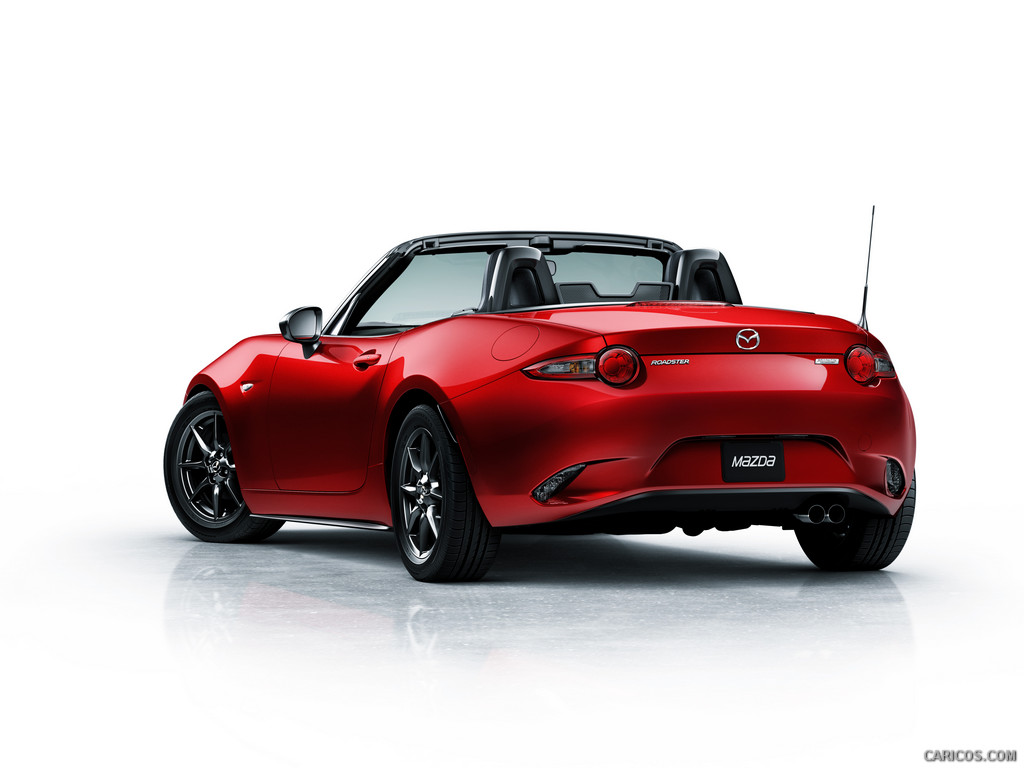 \n
\n
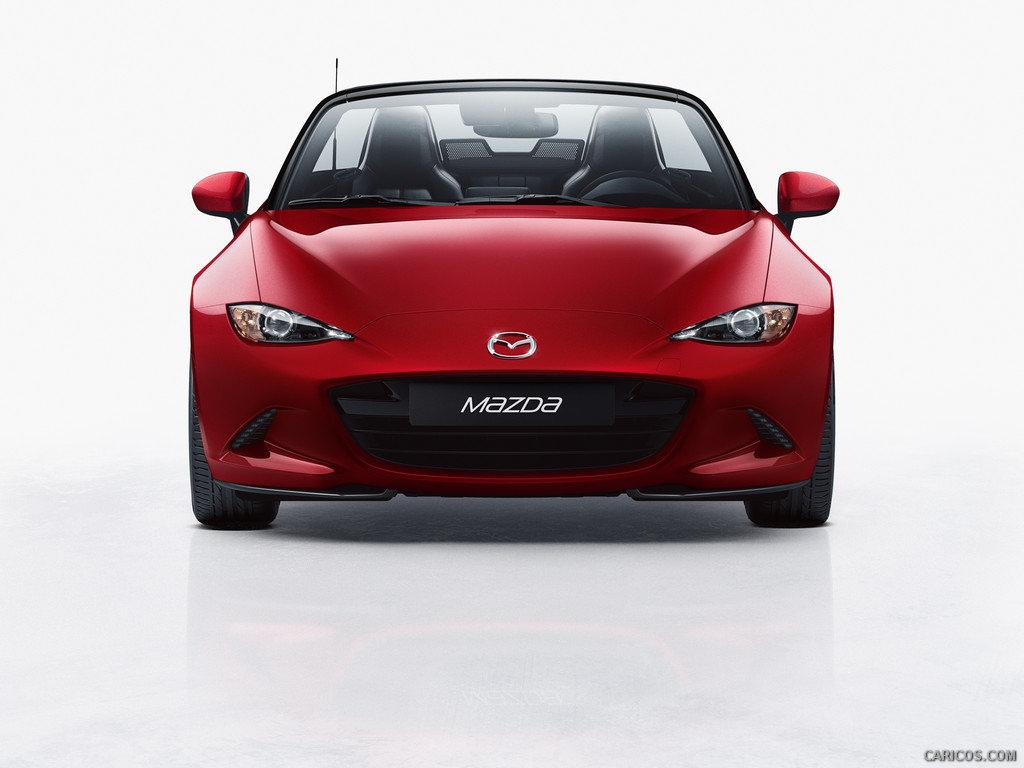 \n
\n
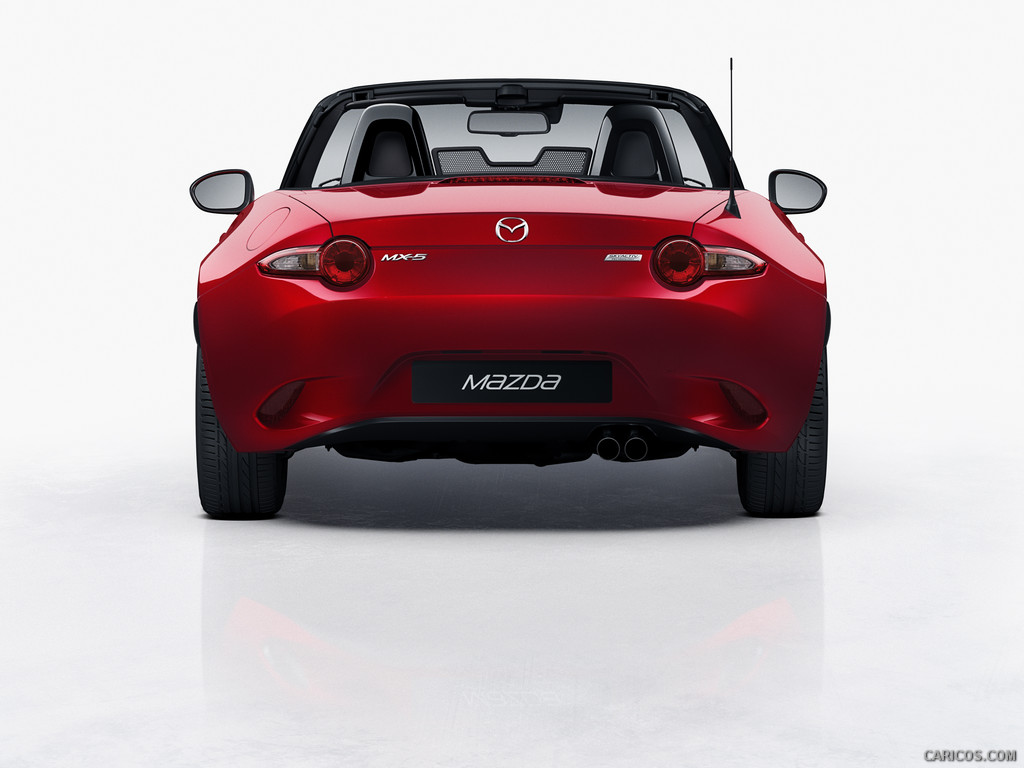 \n
\n
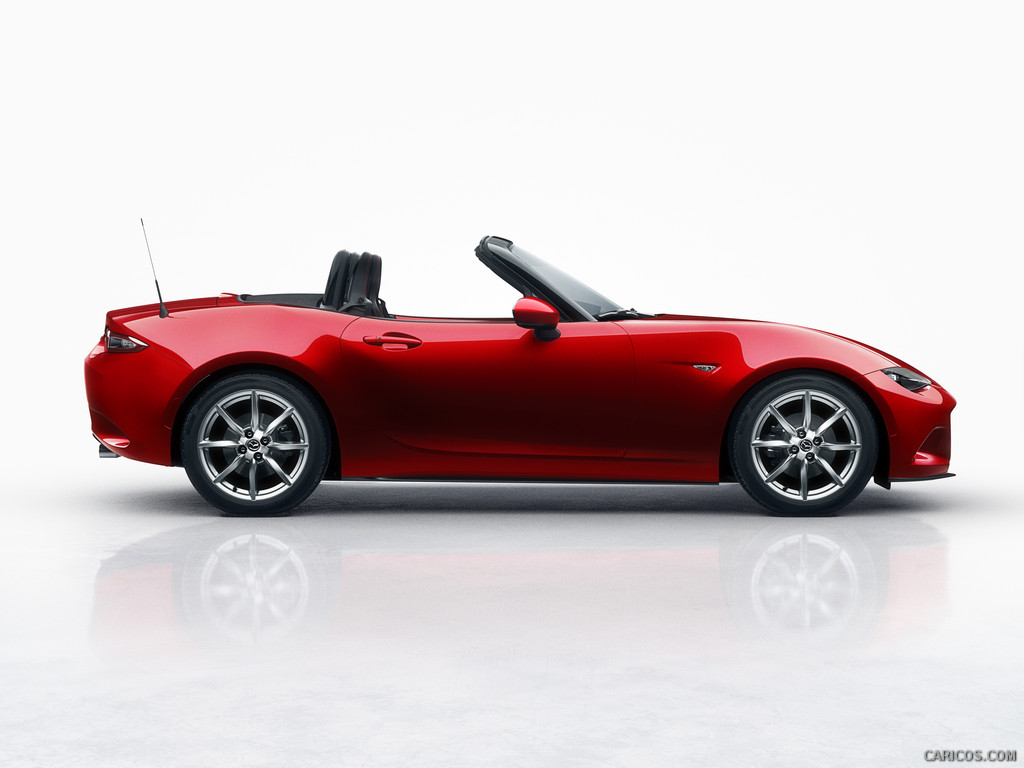 \n
\n
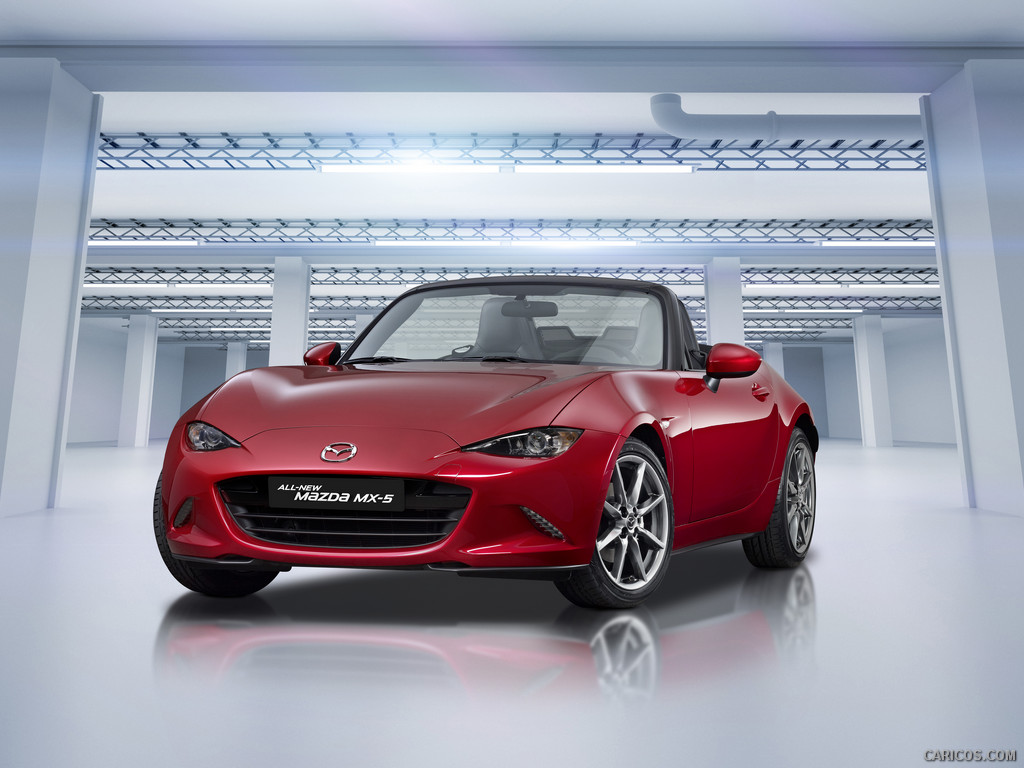 \n
\n
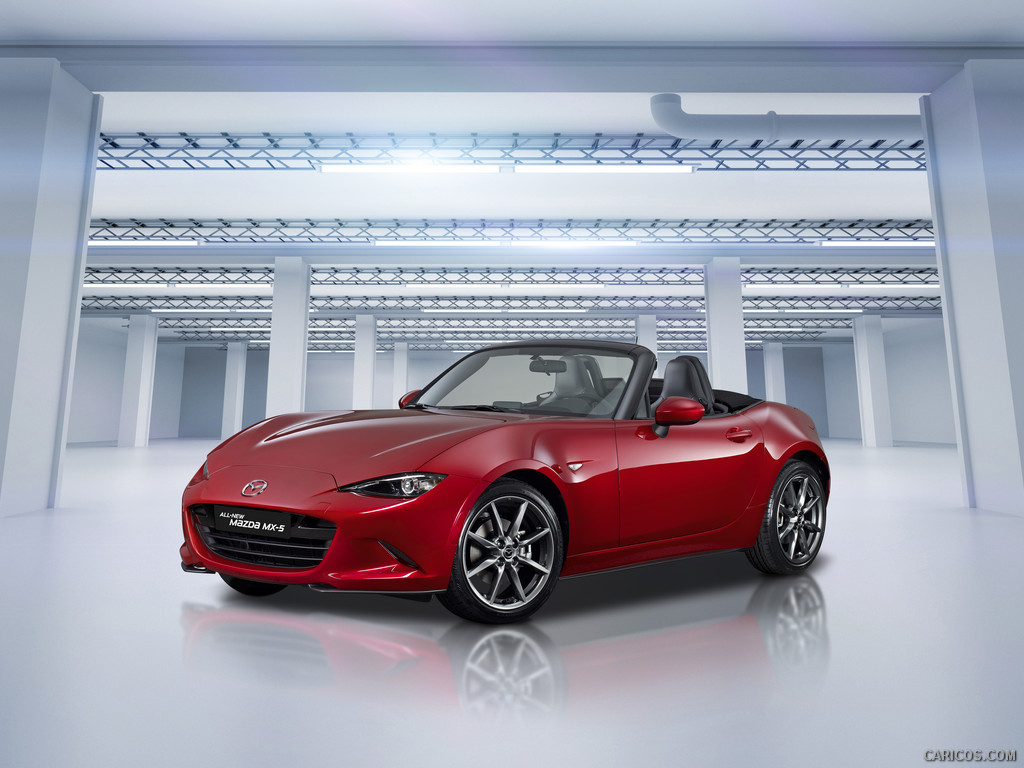 \n
\n
 \n
\n
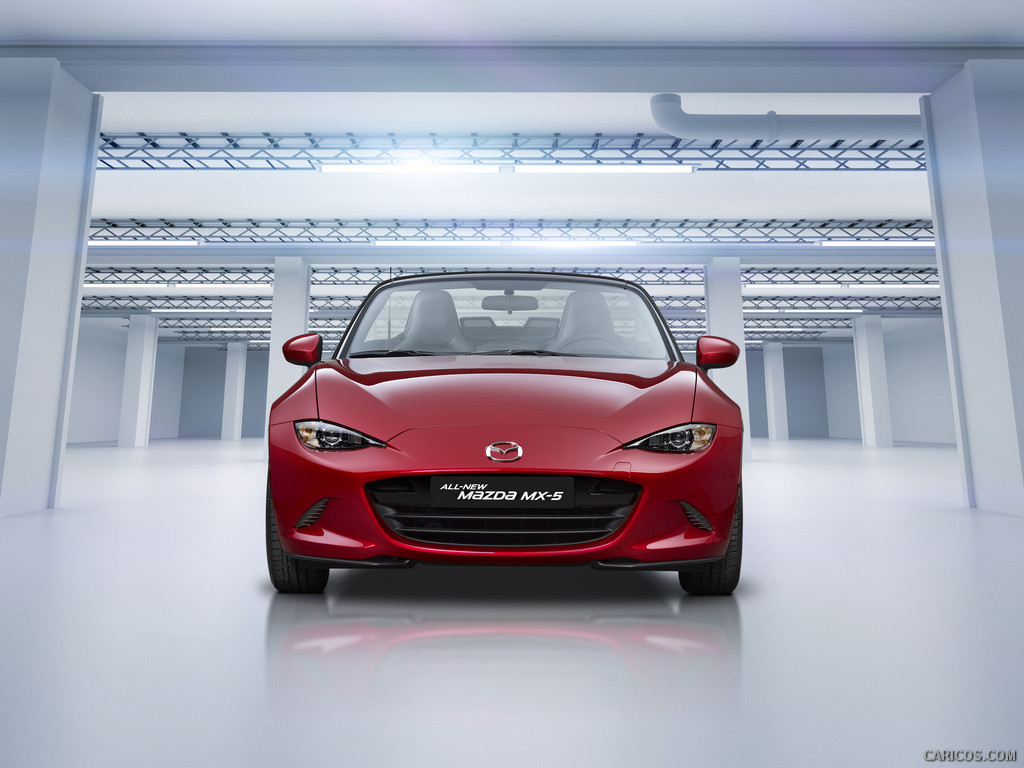 \n
\n
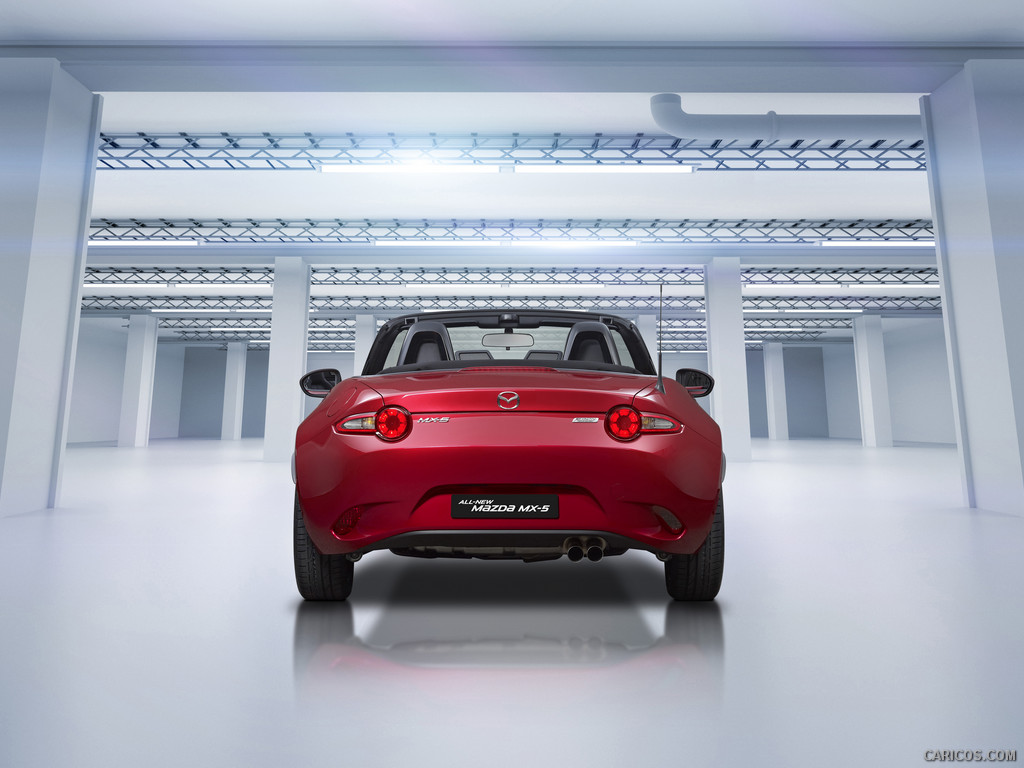 \n
\n
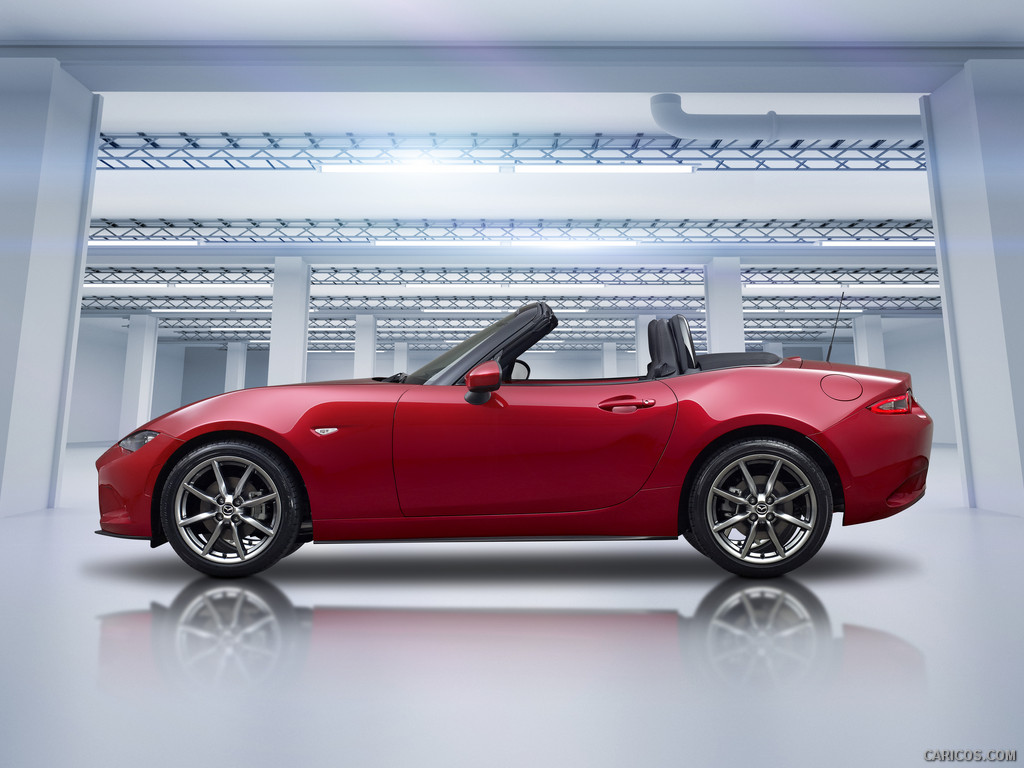 \n
\n
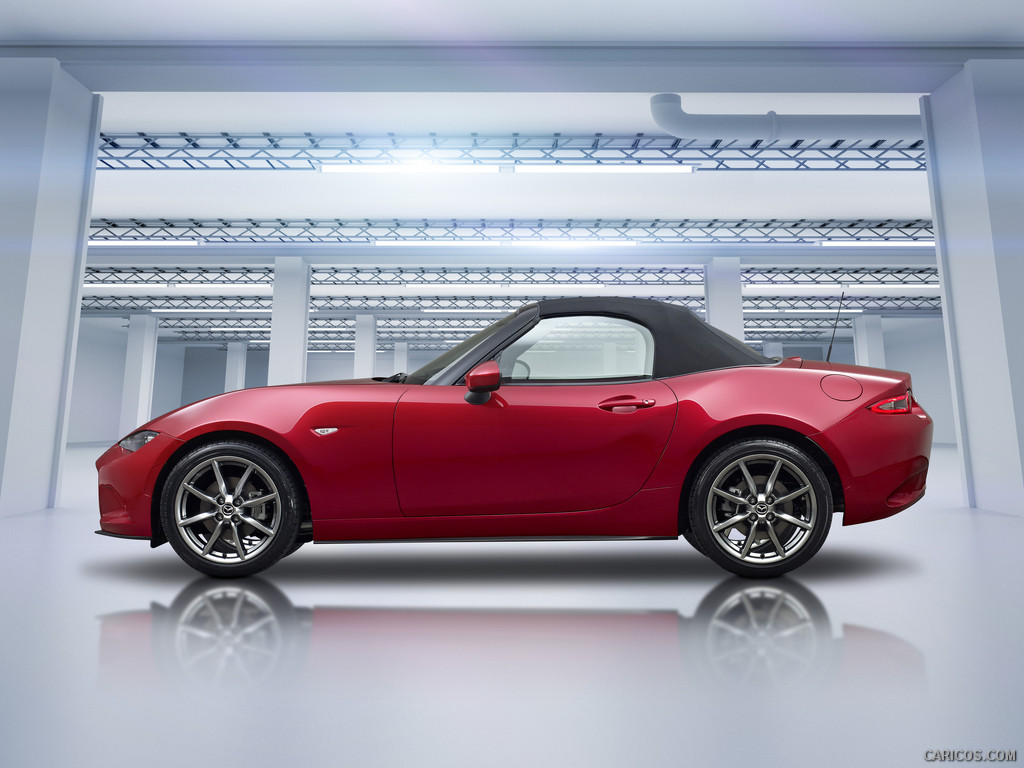 \n
\n
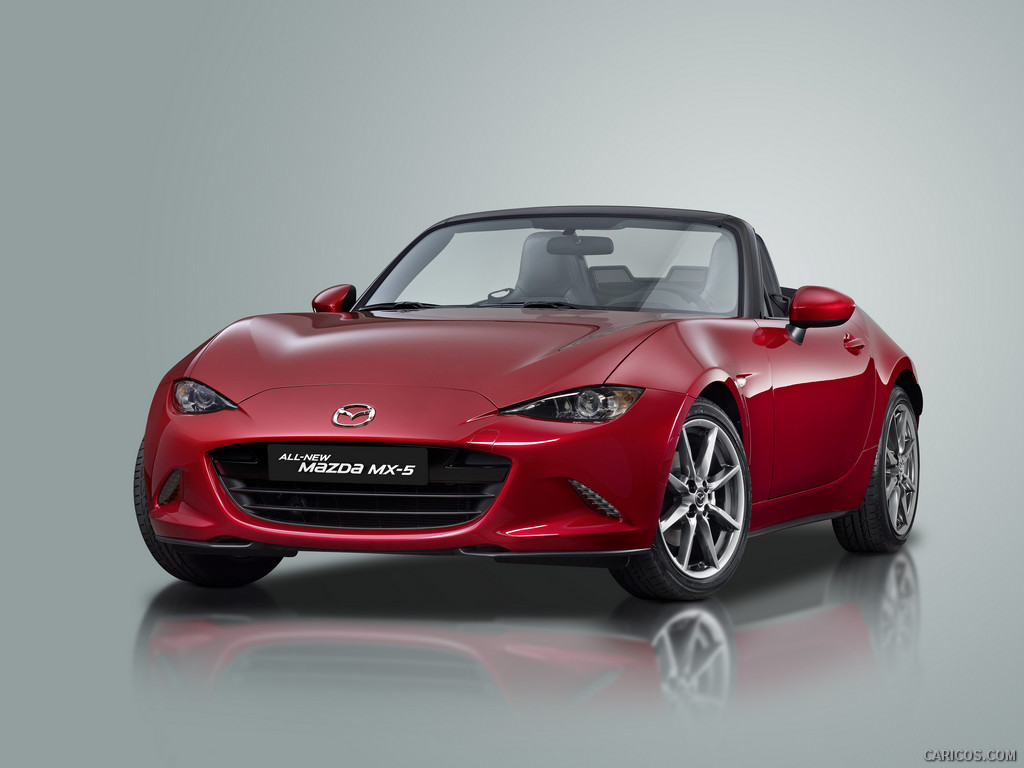 \n
\n
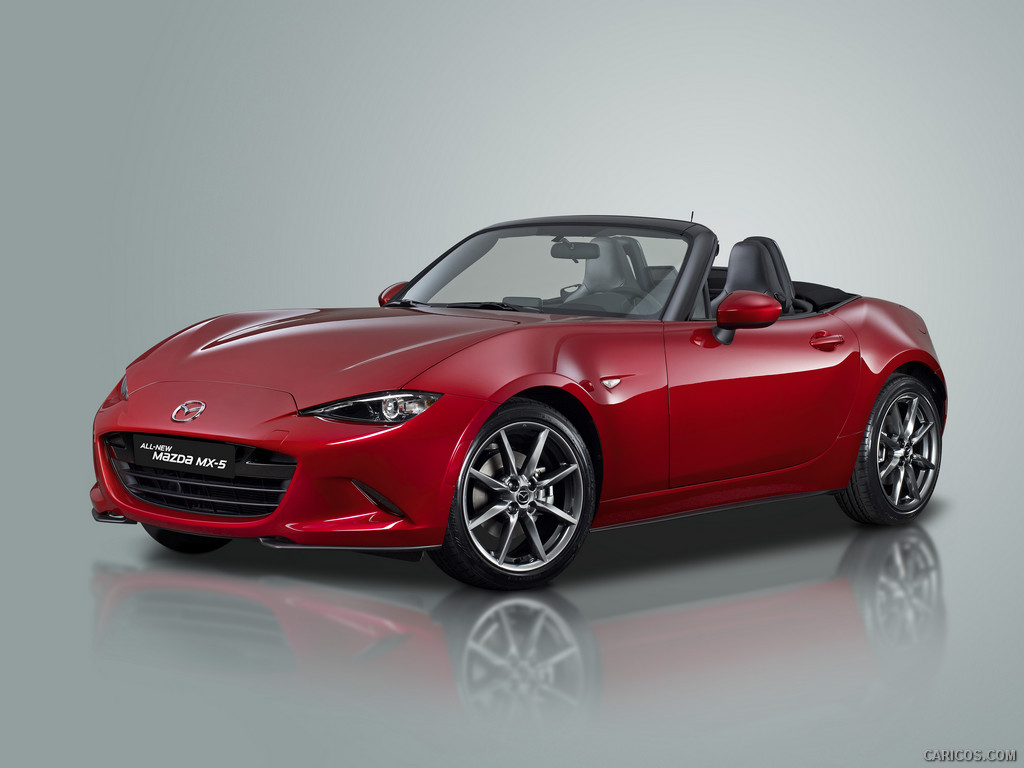 \n
\n
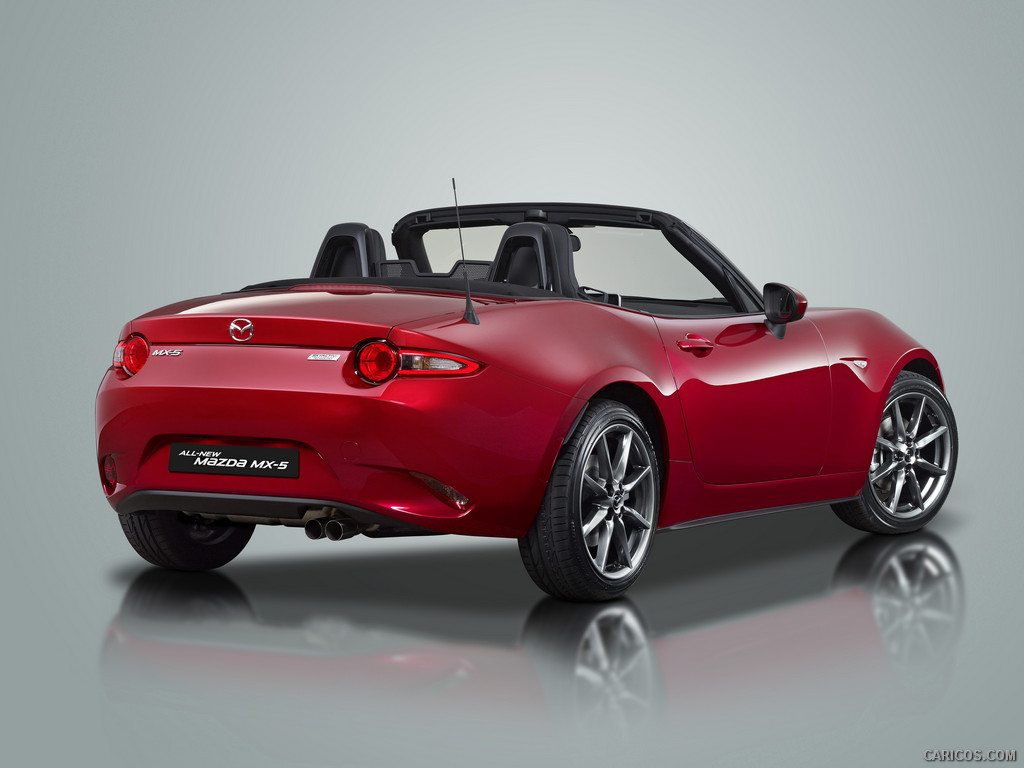 \n
\n
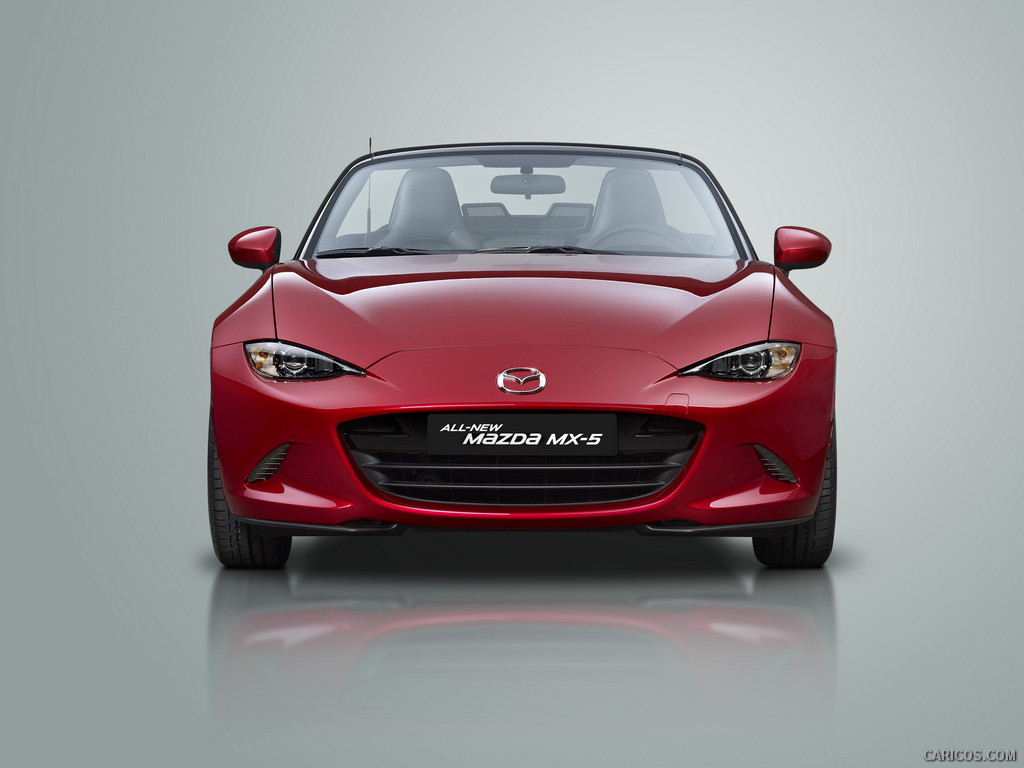 \n
\n
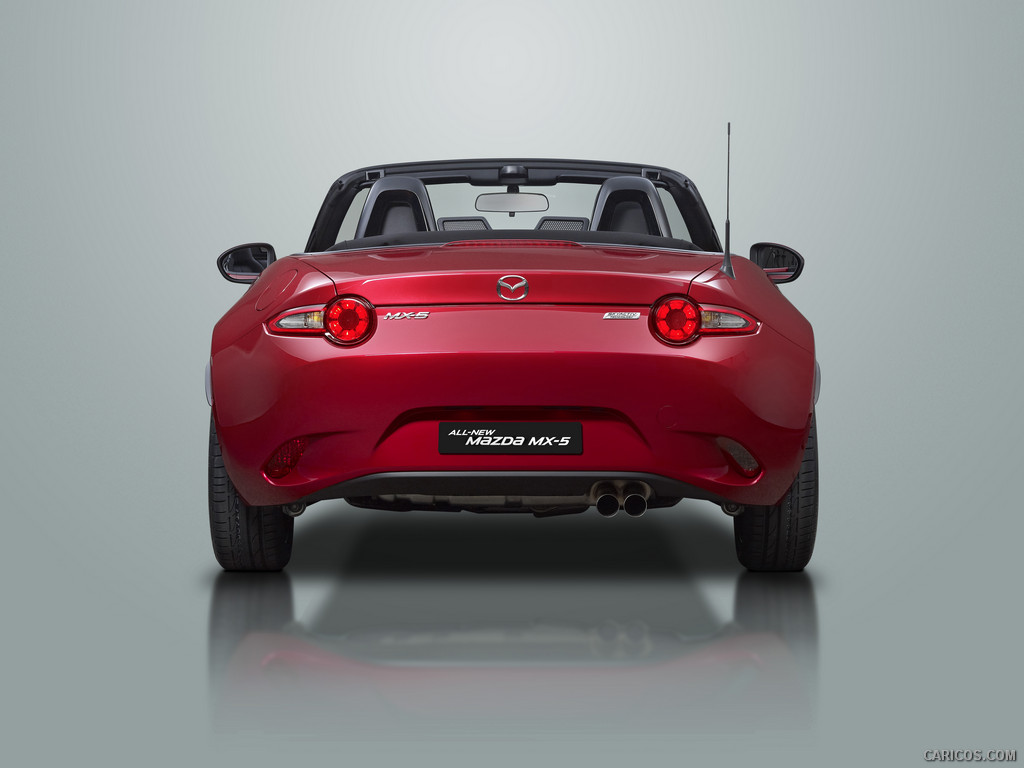 \n
\n
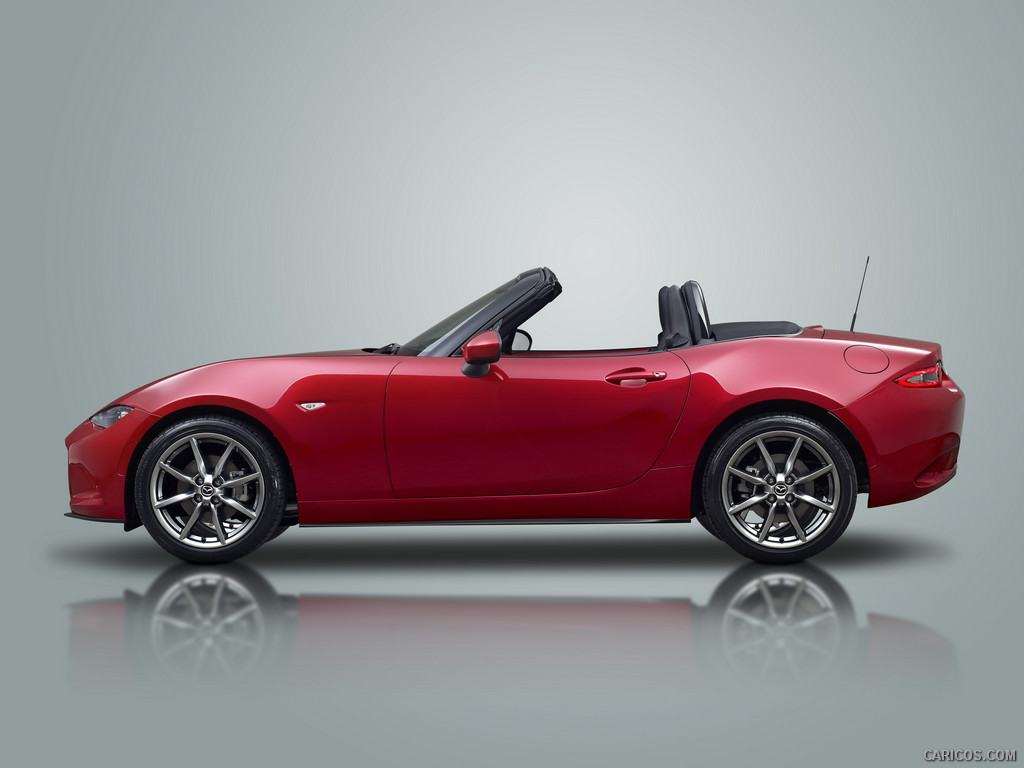 \n
\n
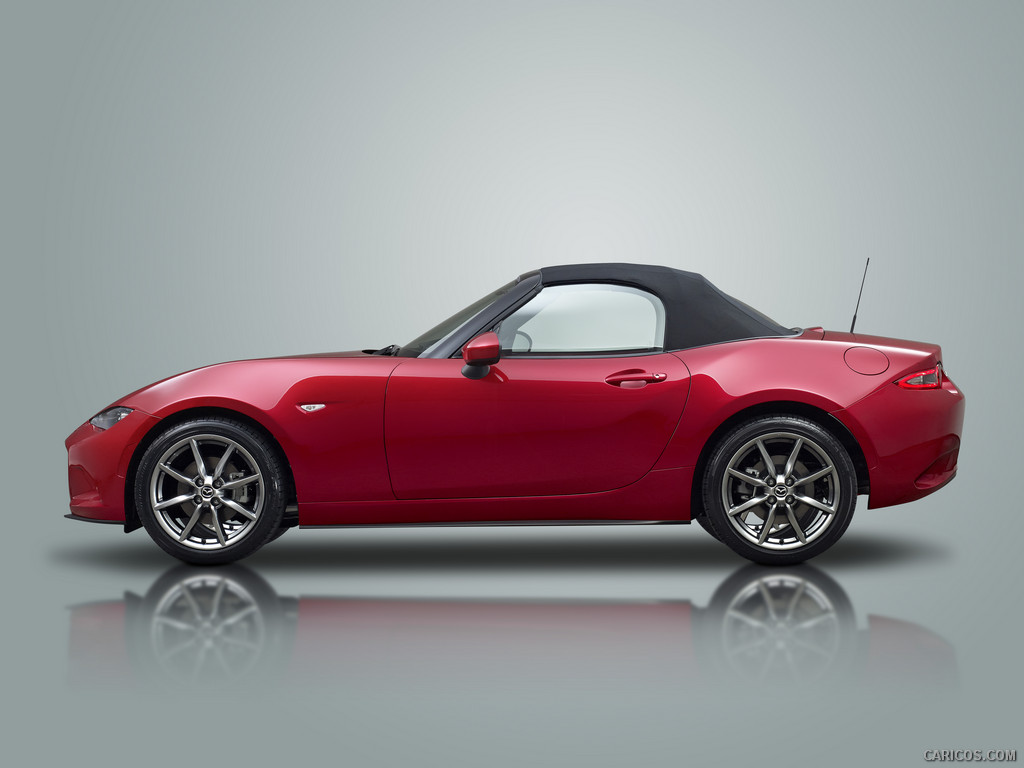 \n
\n
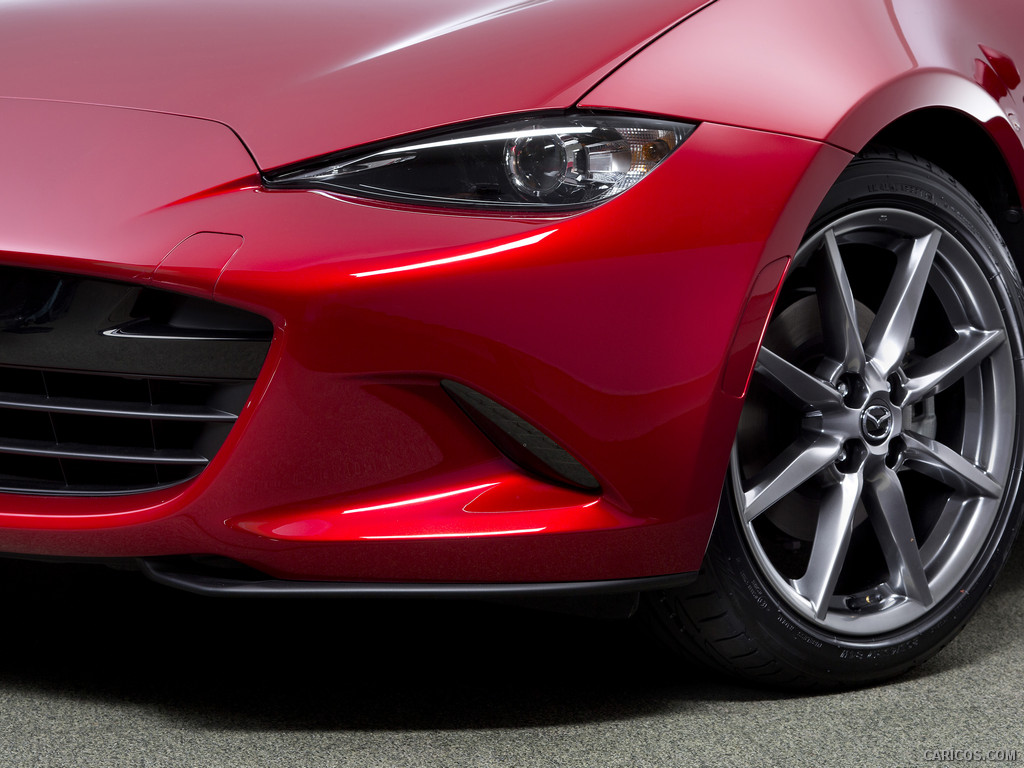 \n
\n
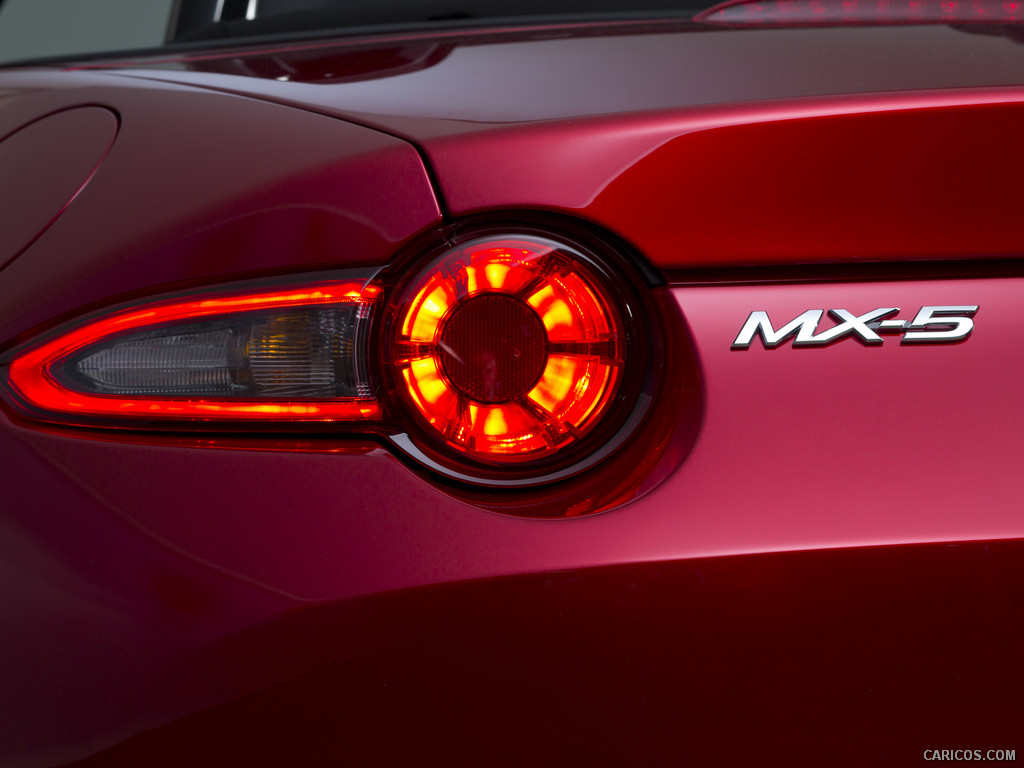 \n
\n
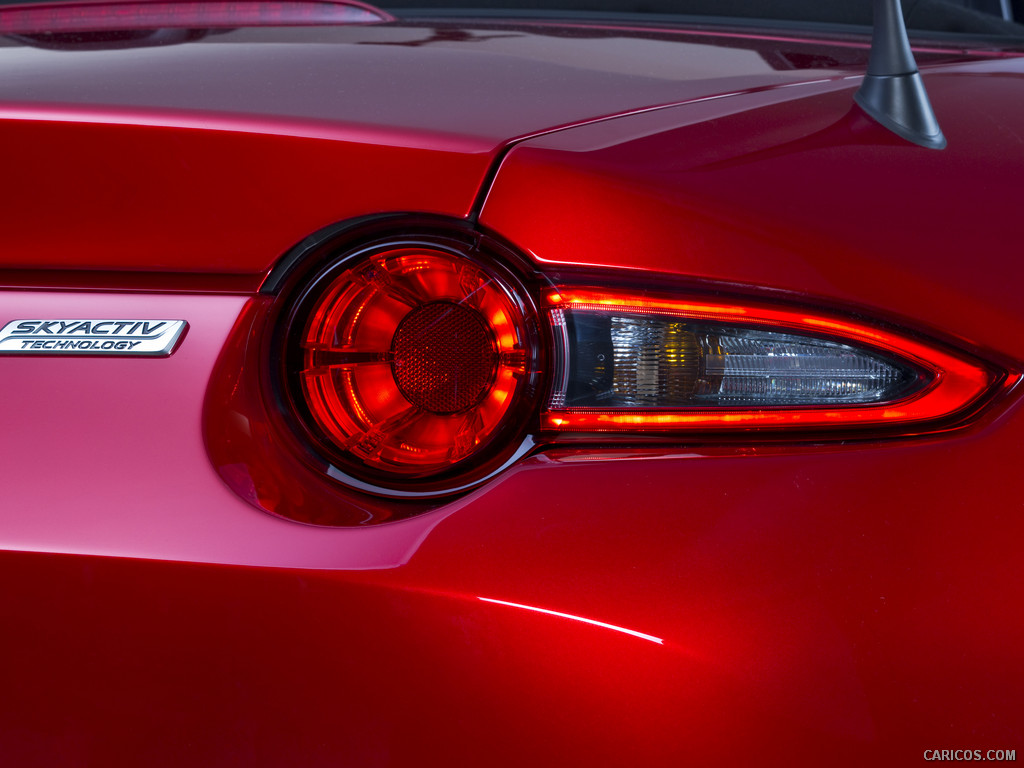 \n
\n
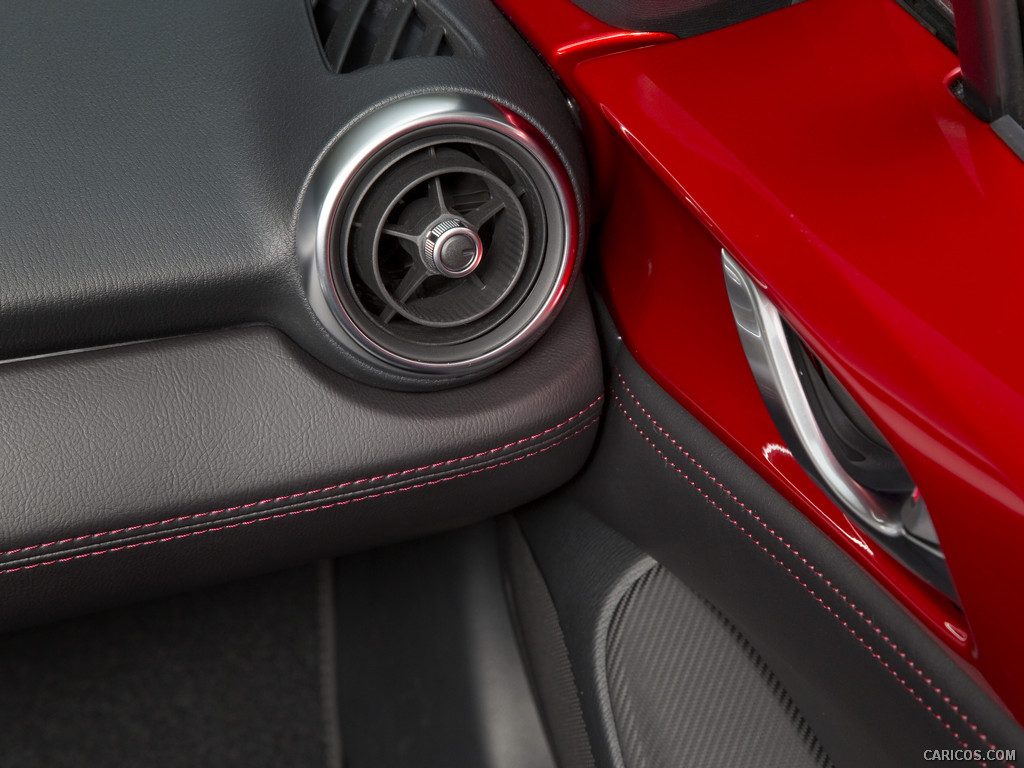 \n
\n
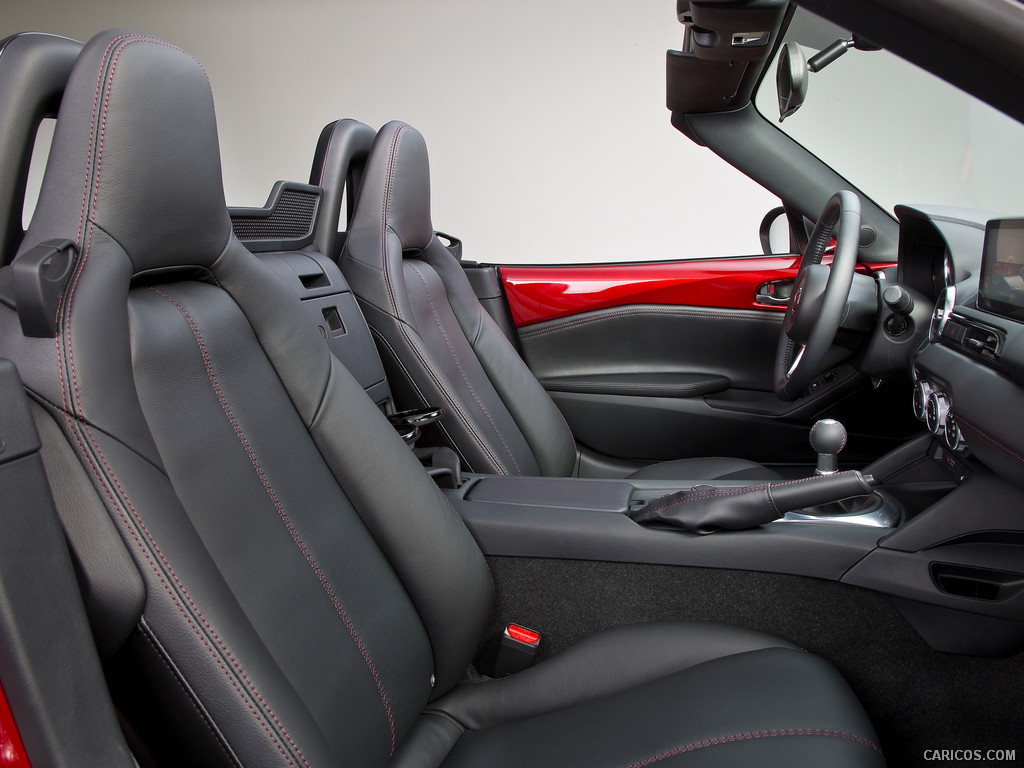 \n
\n
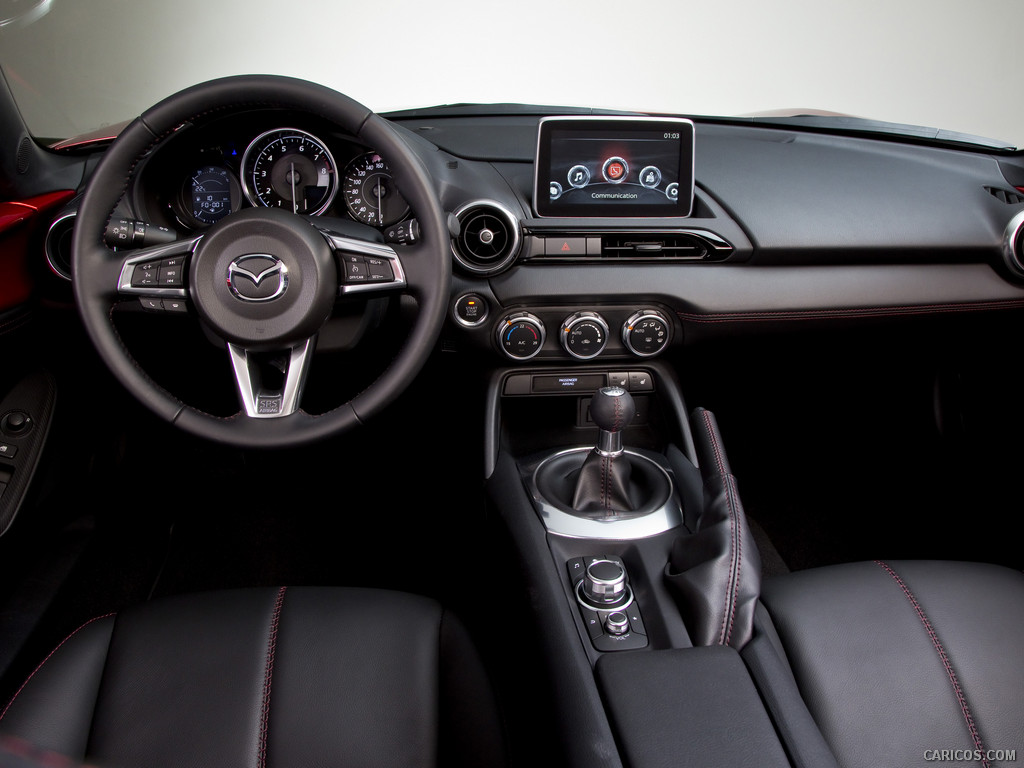 \n
\n
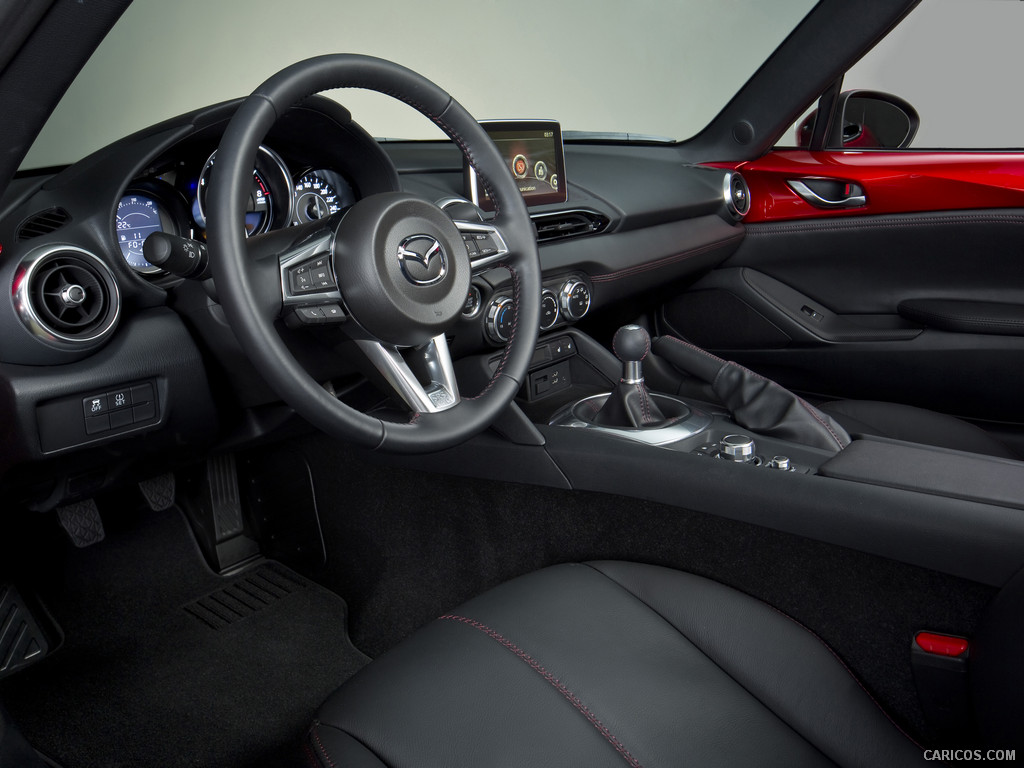 \n
\n
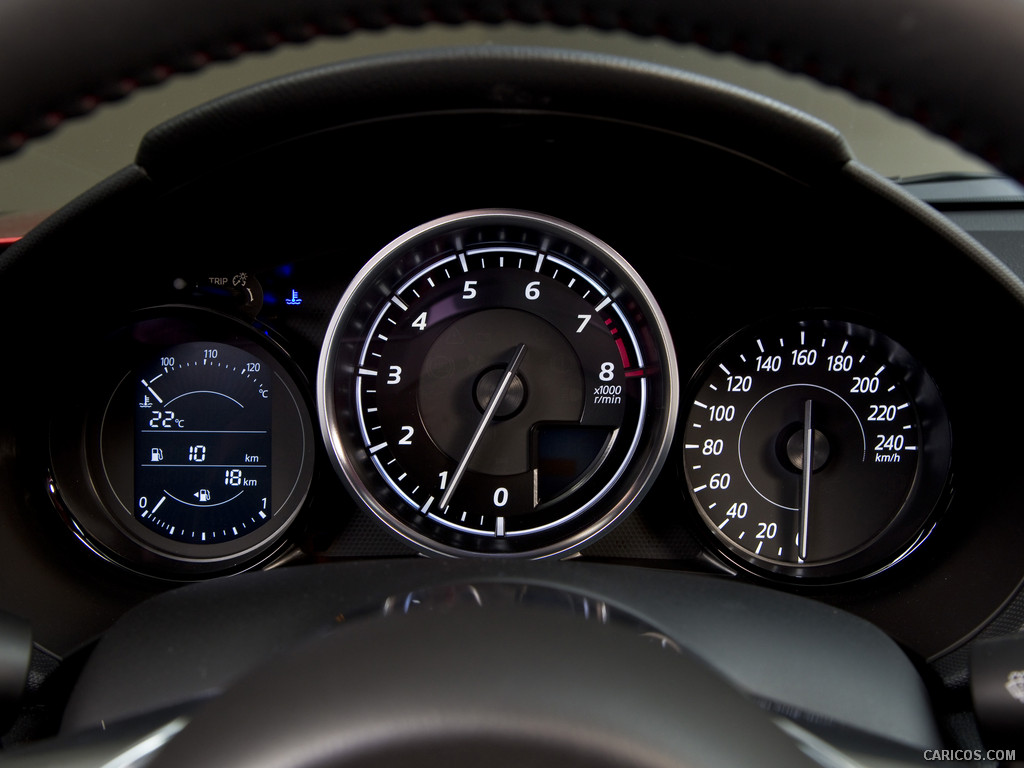 \n
\n
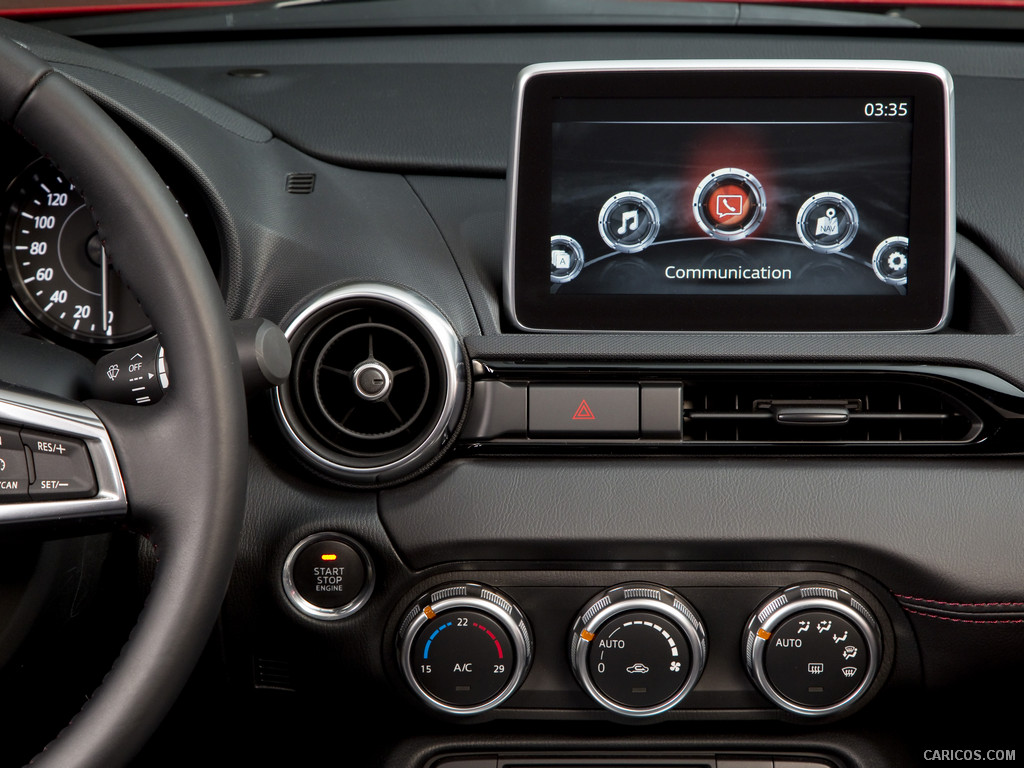 \n
\n
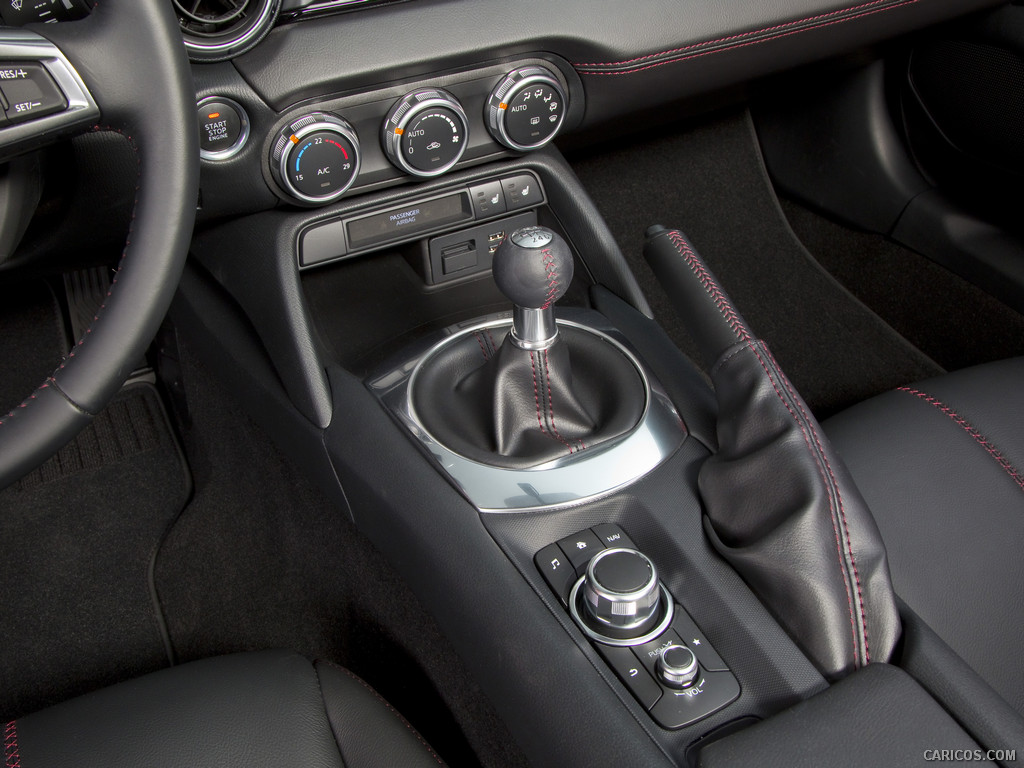 \n
\n
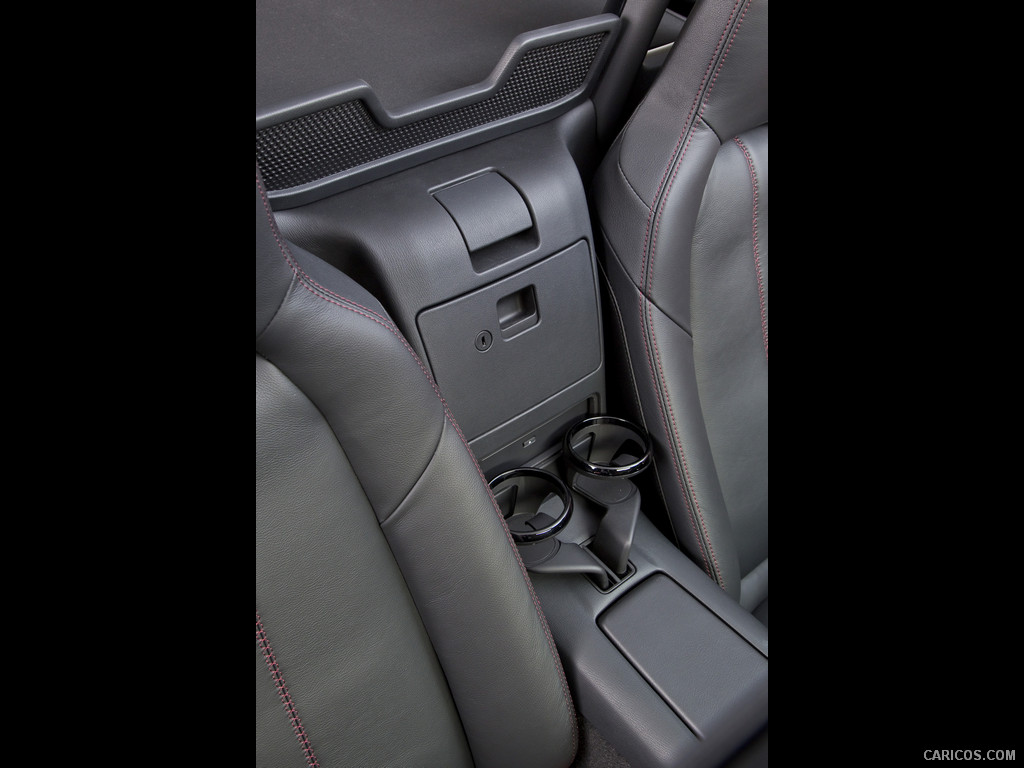 \n
\n
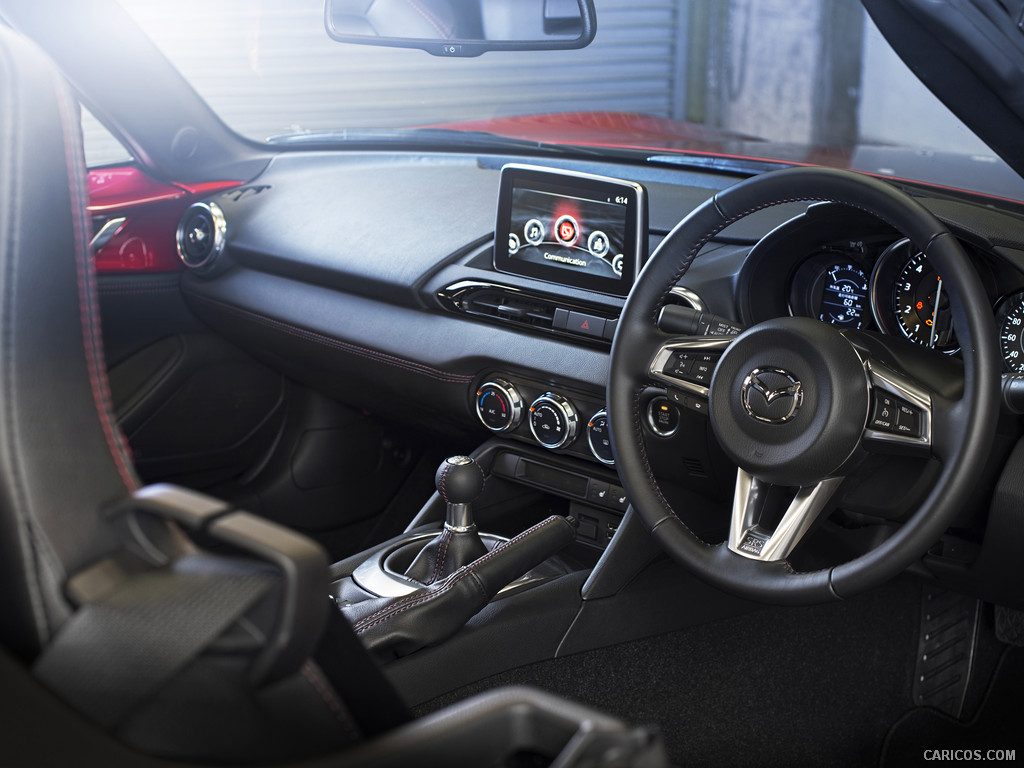 \n
\n
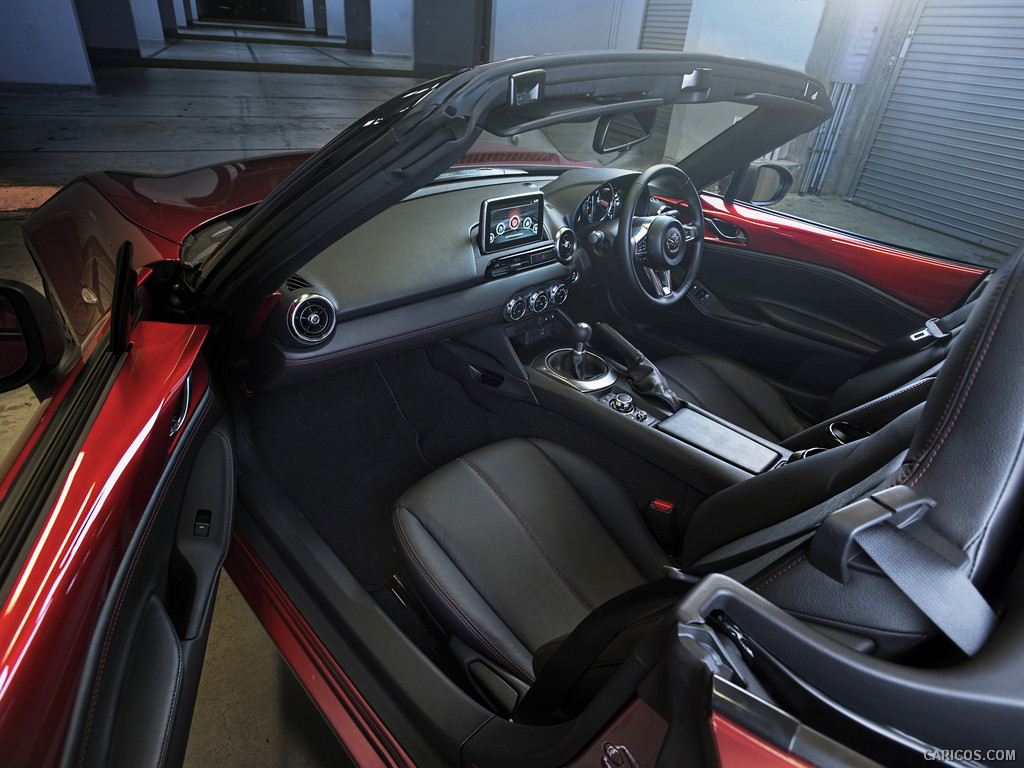 \n
\n
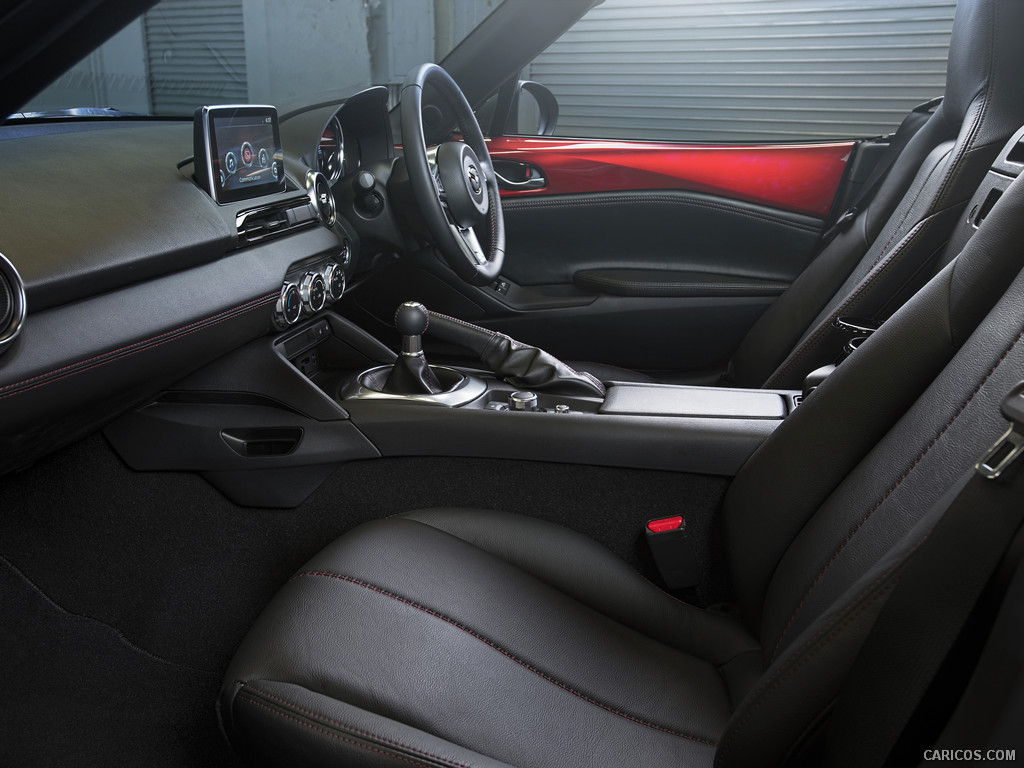 \n
\n
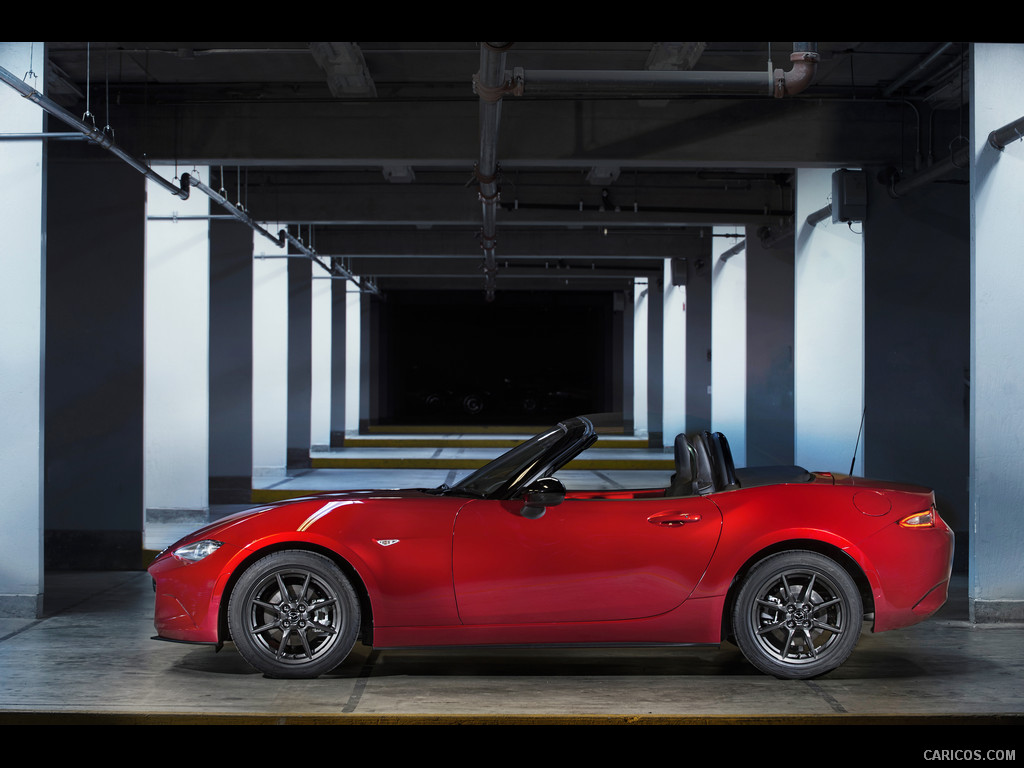 \n
\n
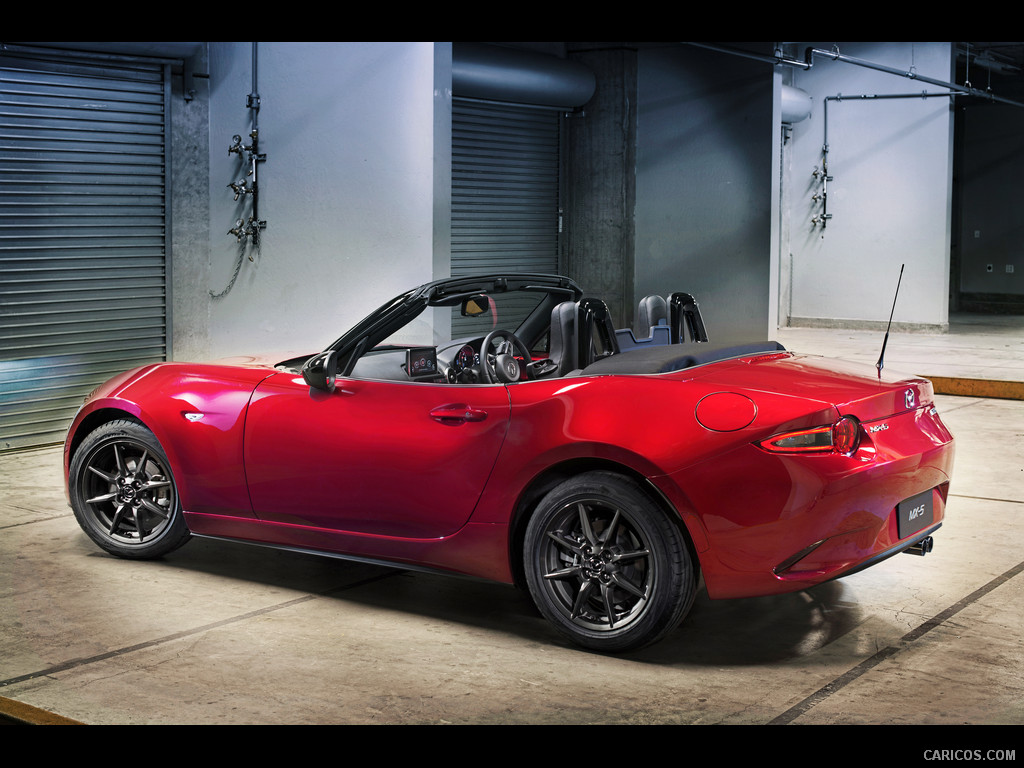 \n
\n
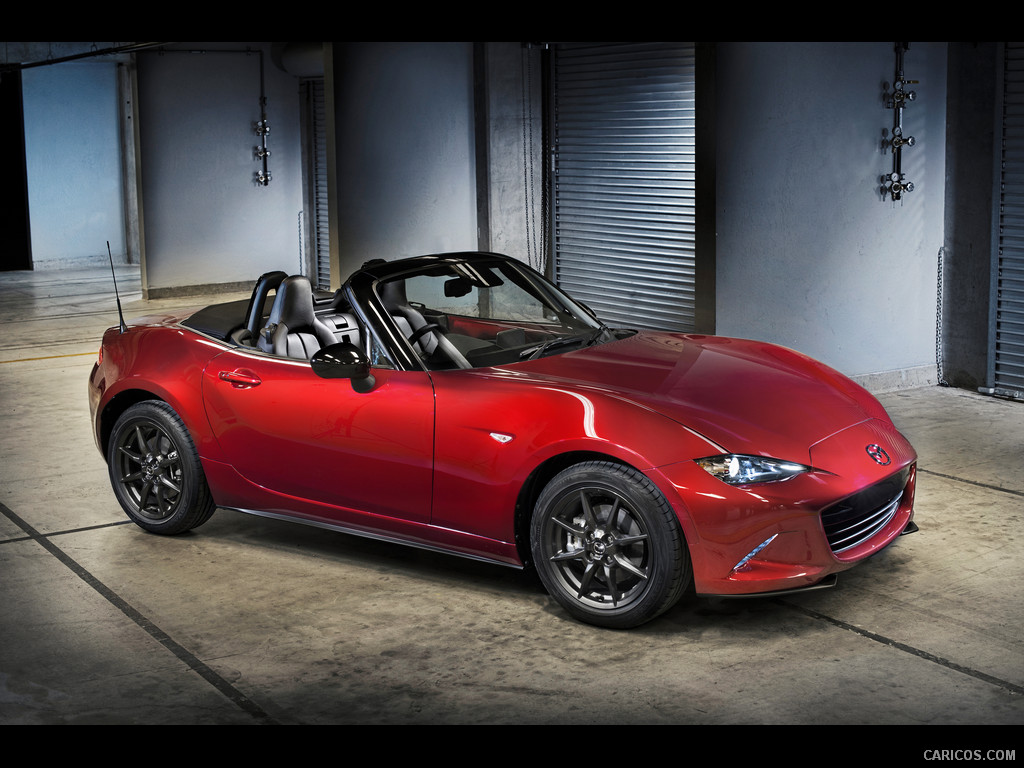 \n
\n
 \n
\n
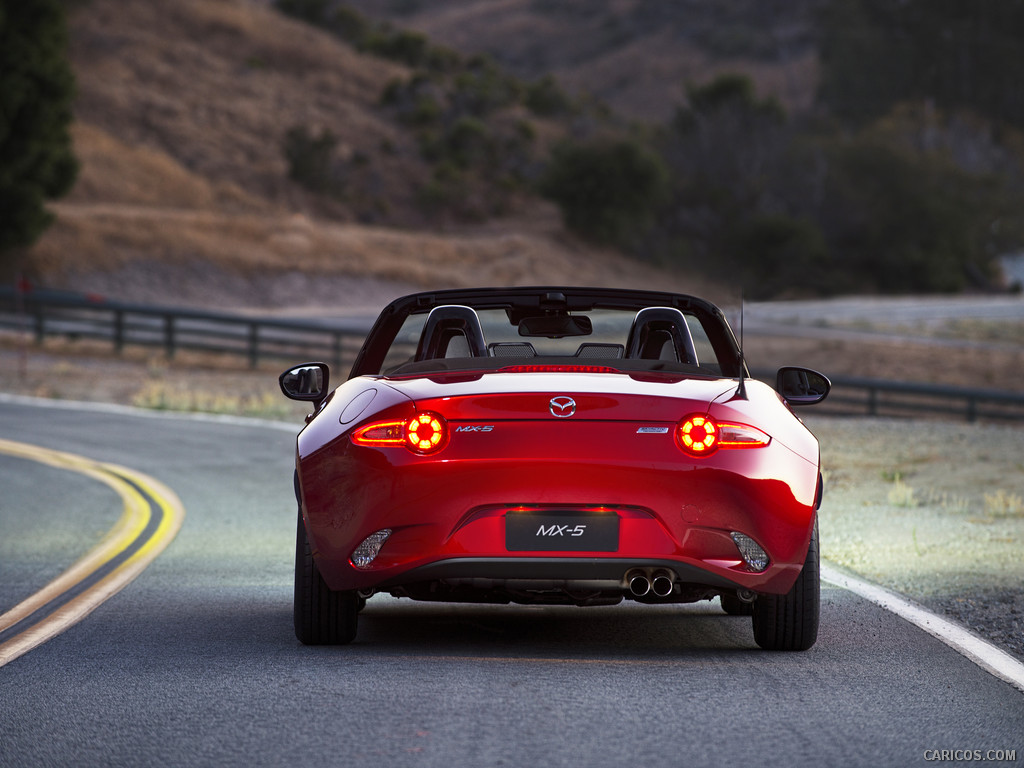 \n
\n
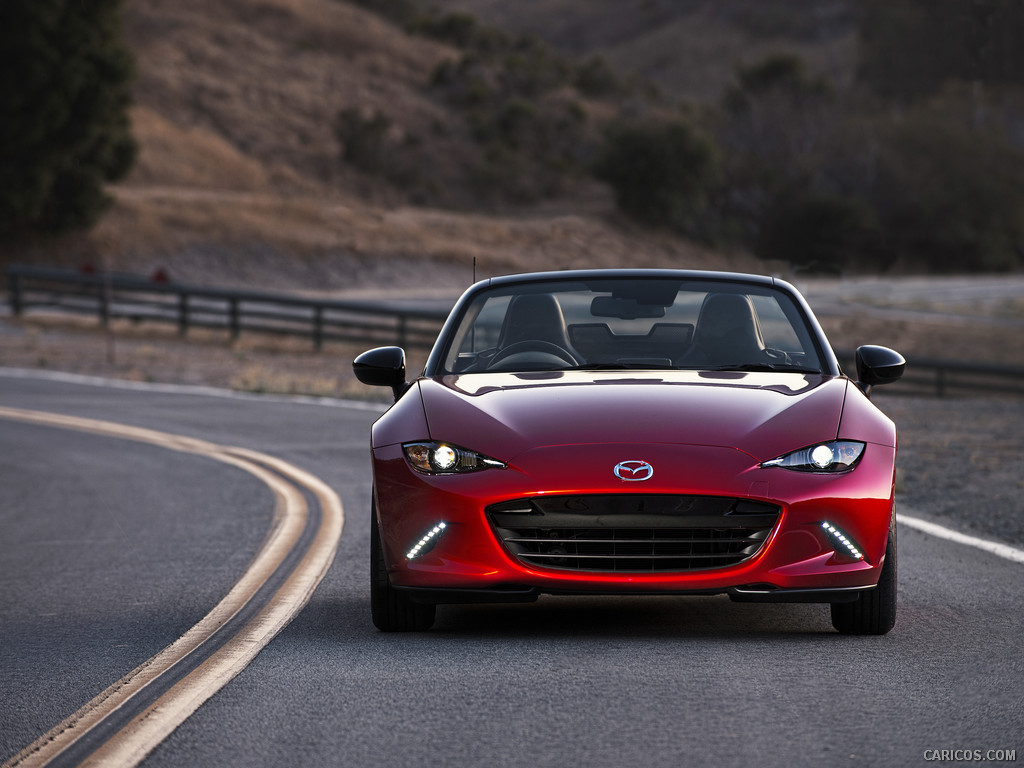 \n
\n
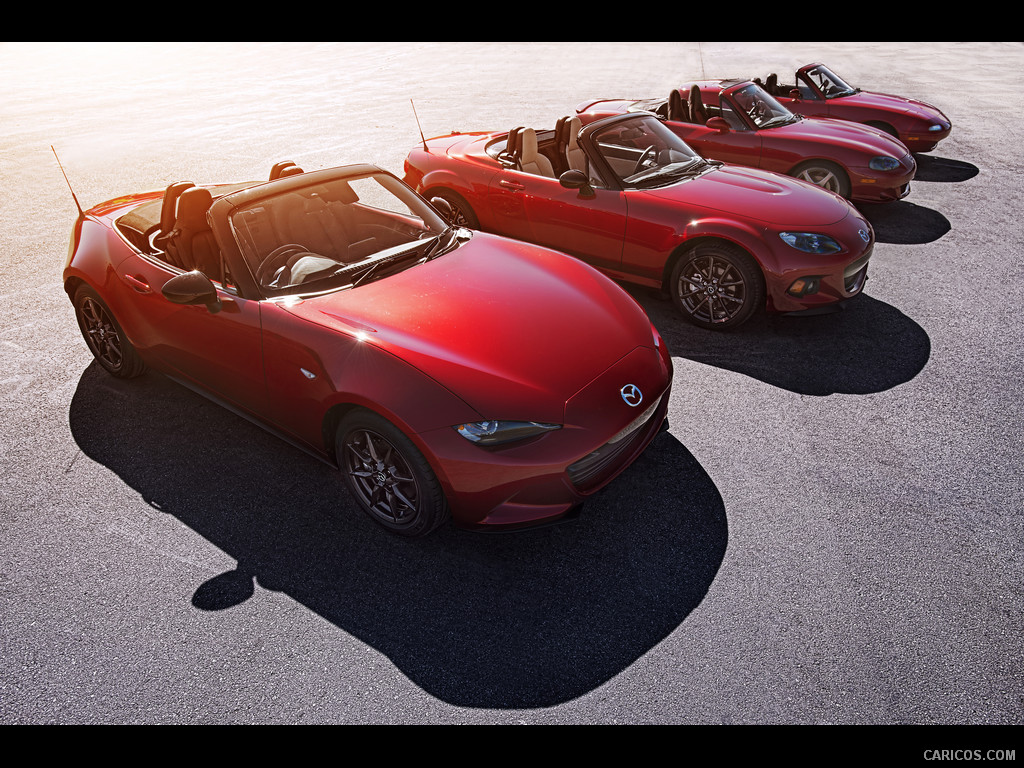 \n
\n
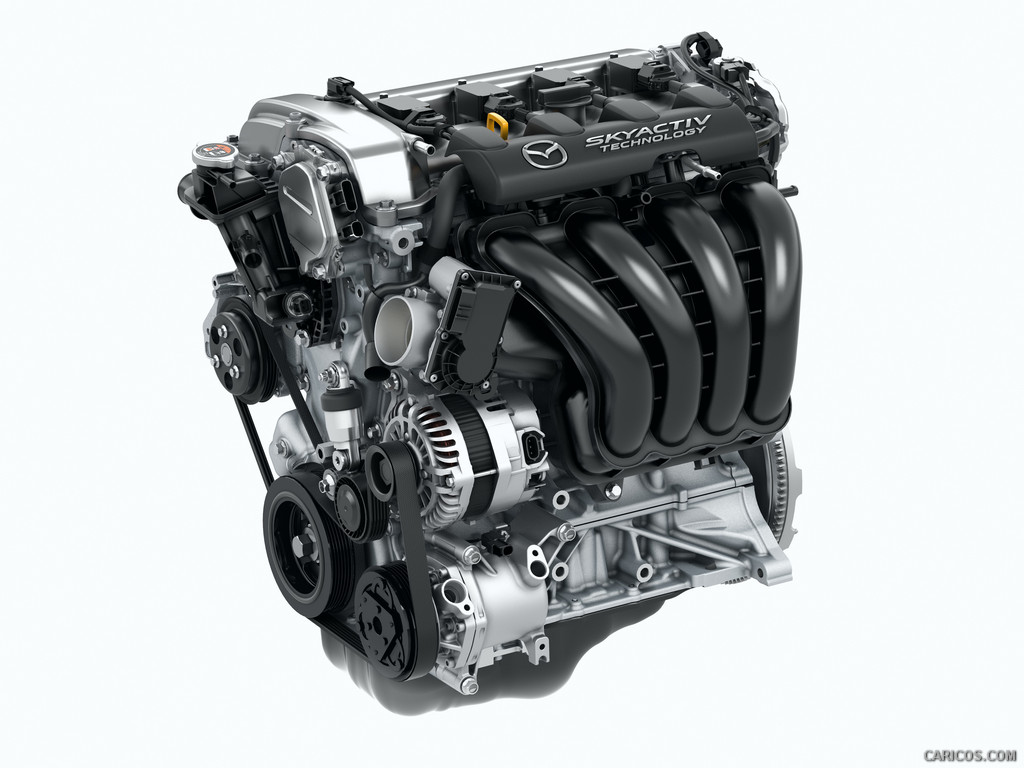 \n
\n
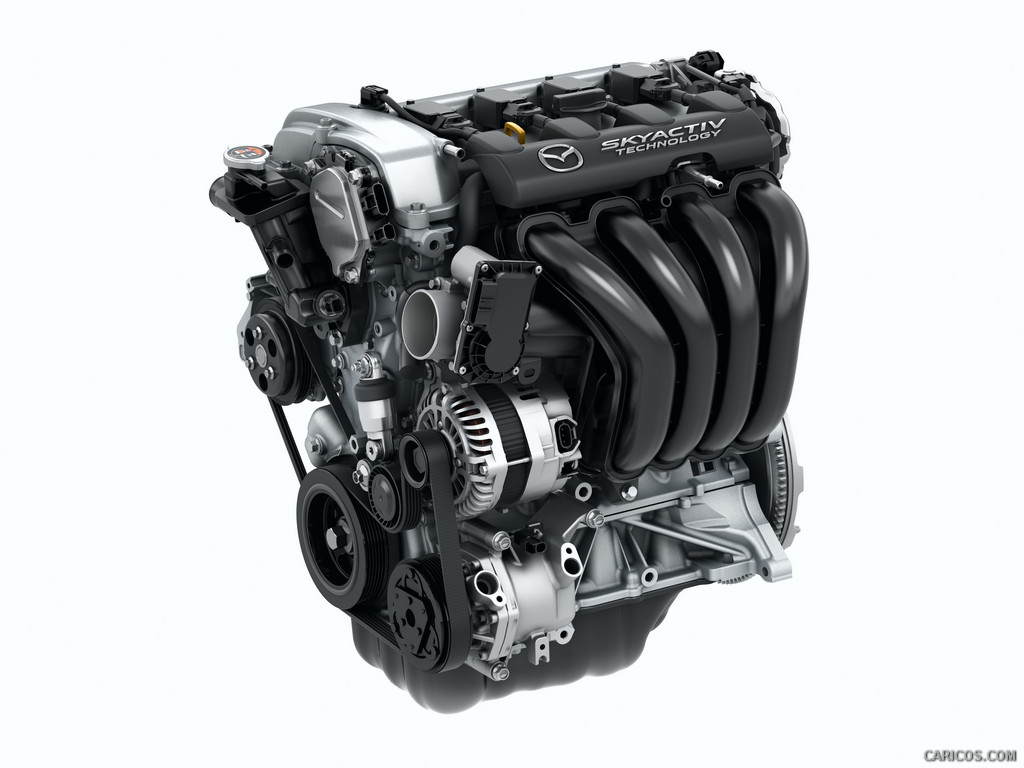 \n
\n
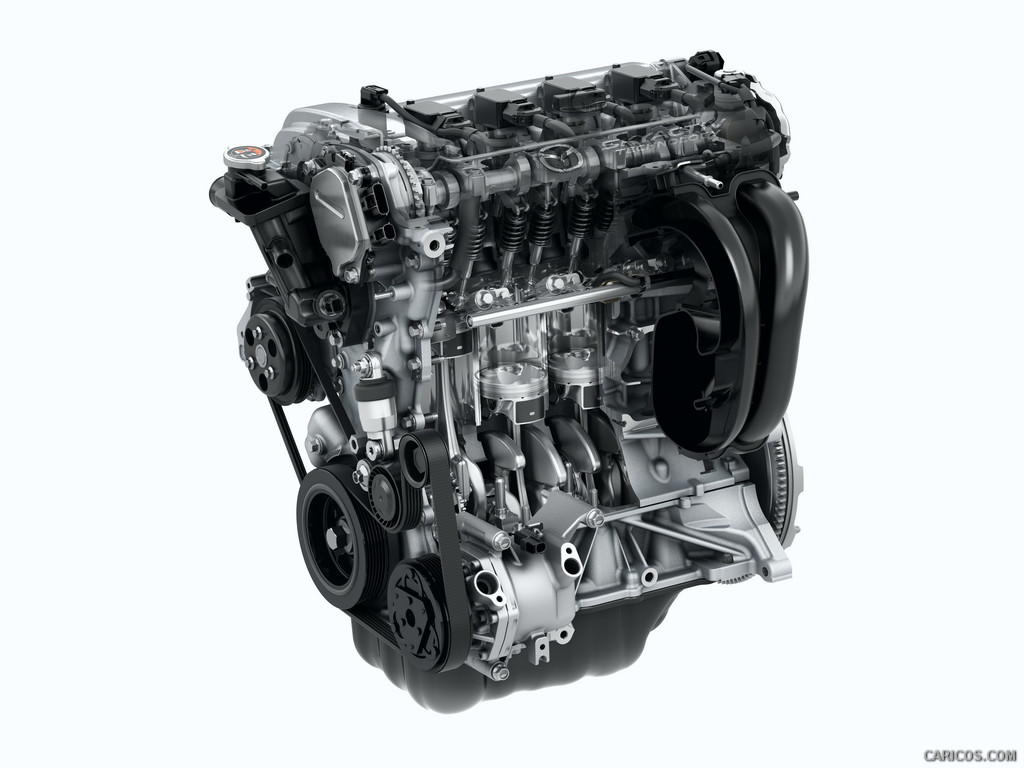 \n
\n
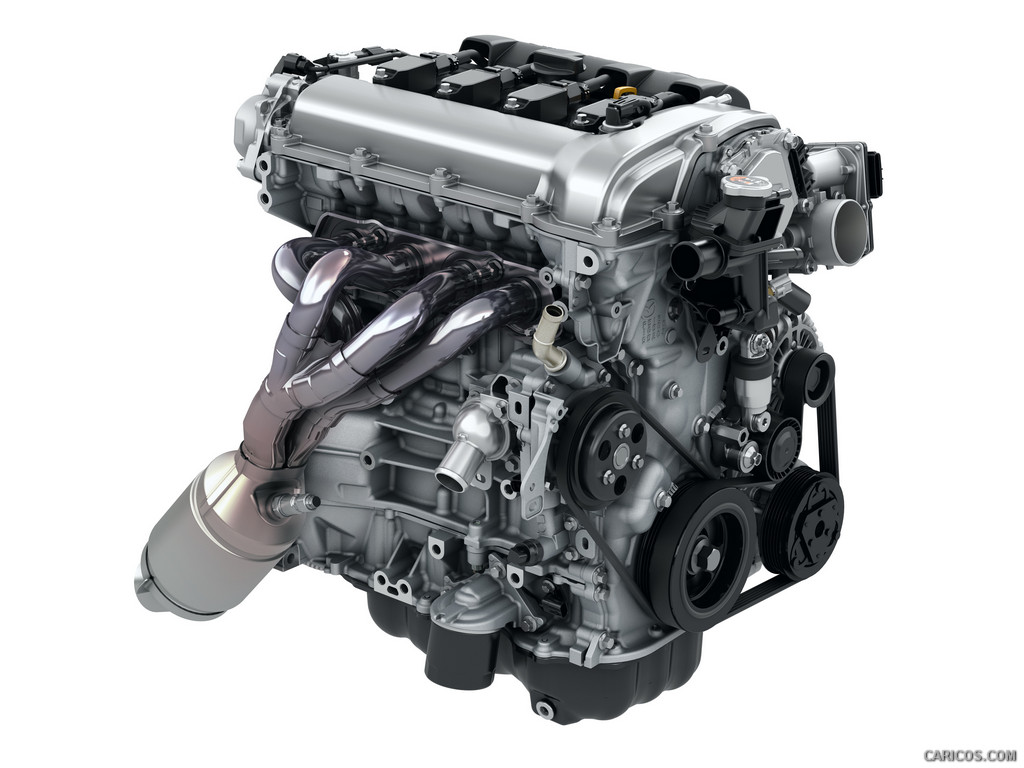 \n
\n
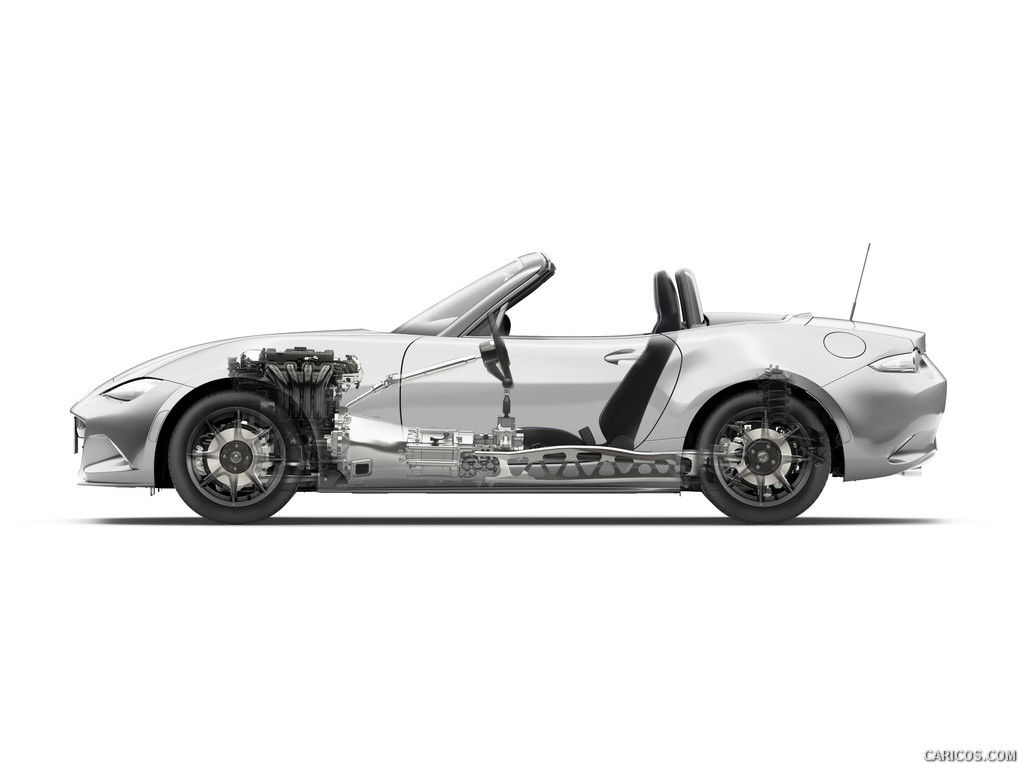 \n
\n
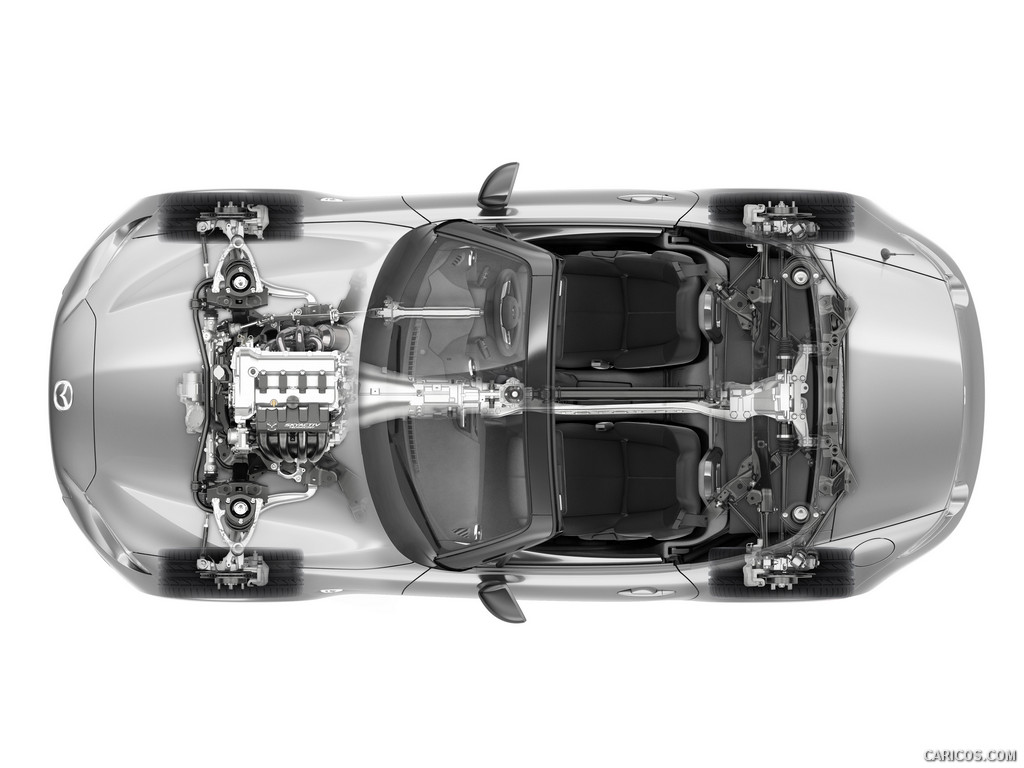 \n
\n
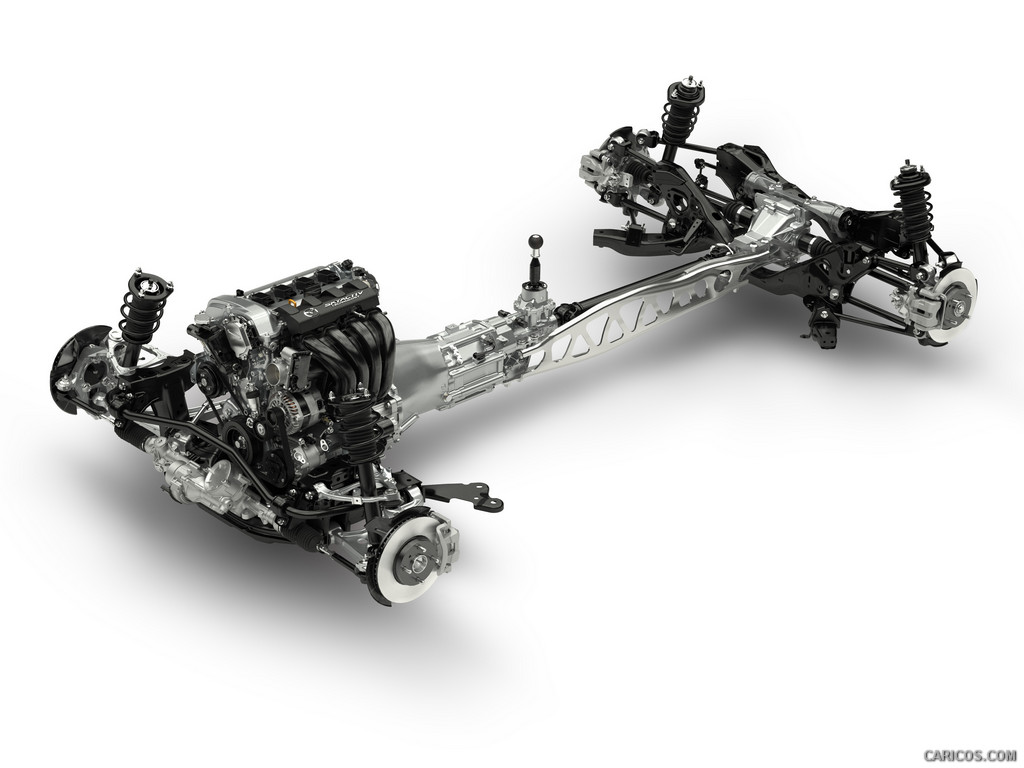 \n
\n
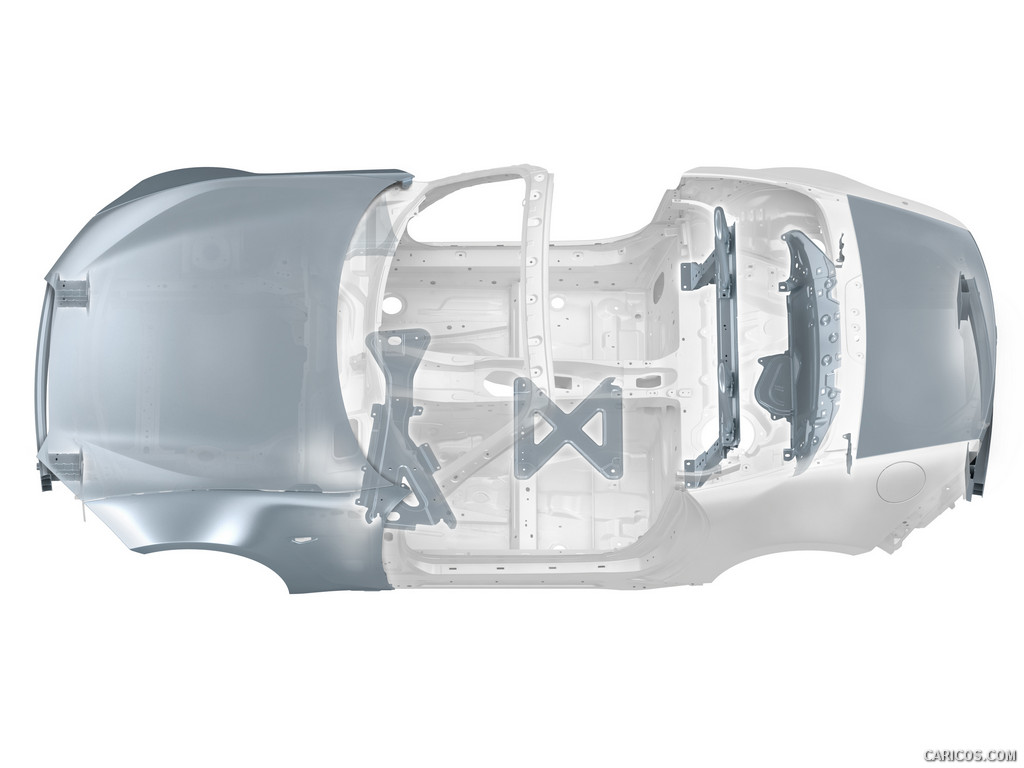 \n
\n
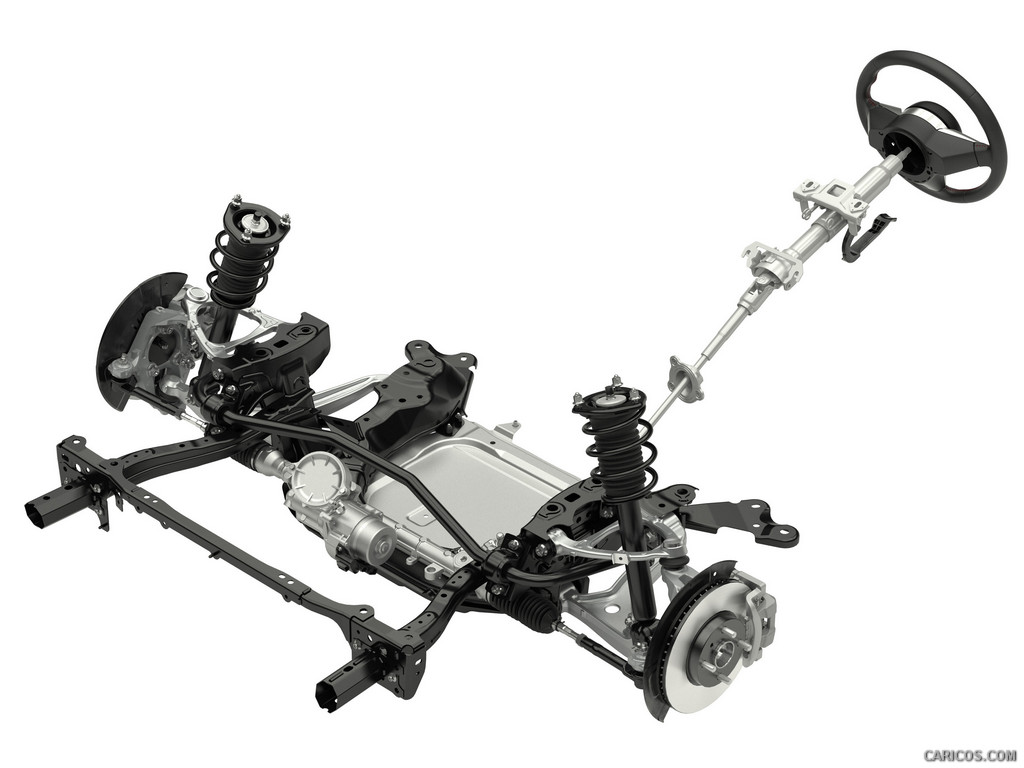 \n
\n
 \n
\n
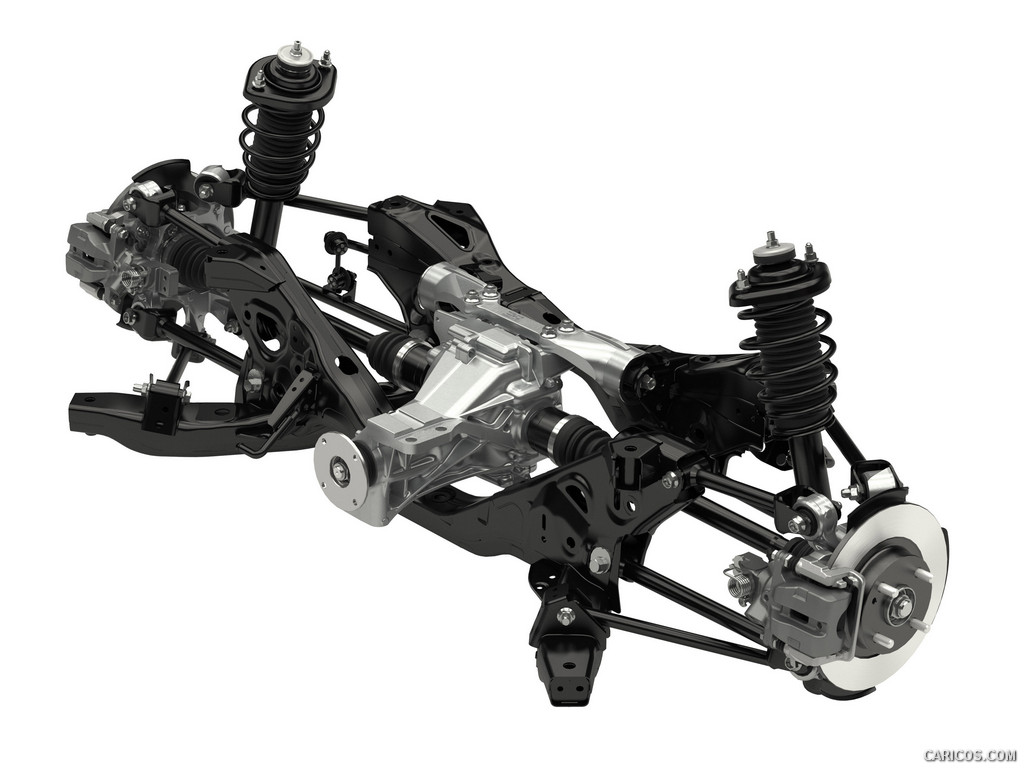 \n
\n
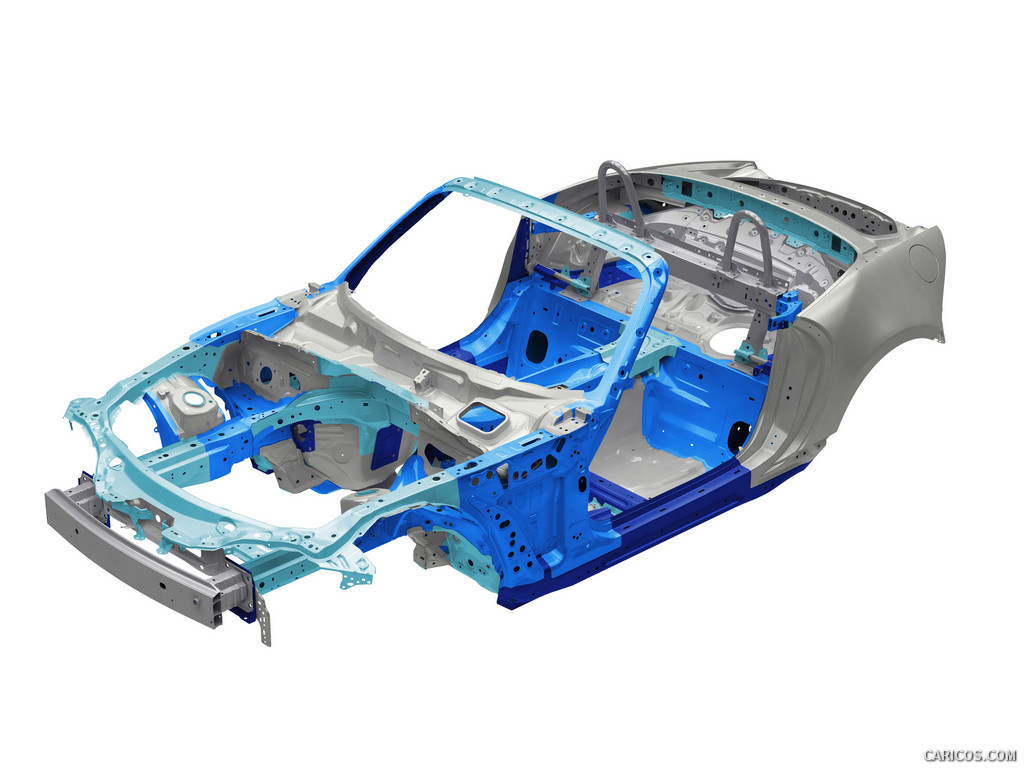 \n
\n
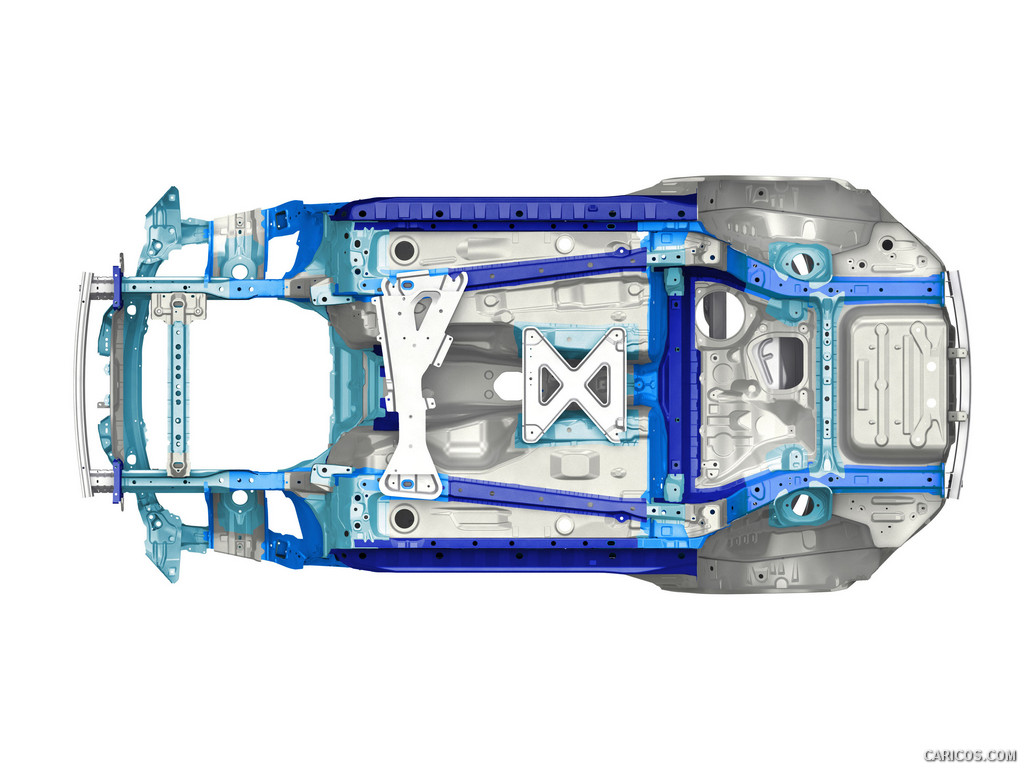 \n
\n
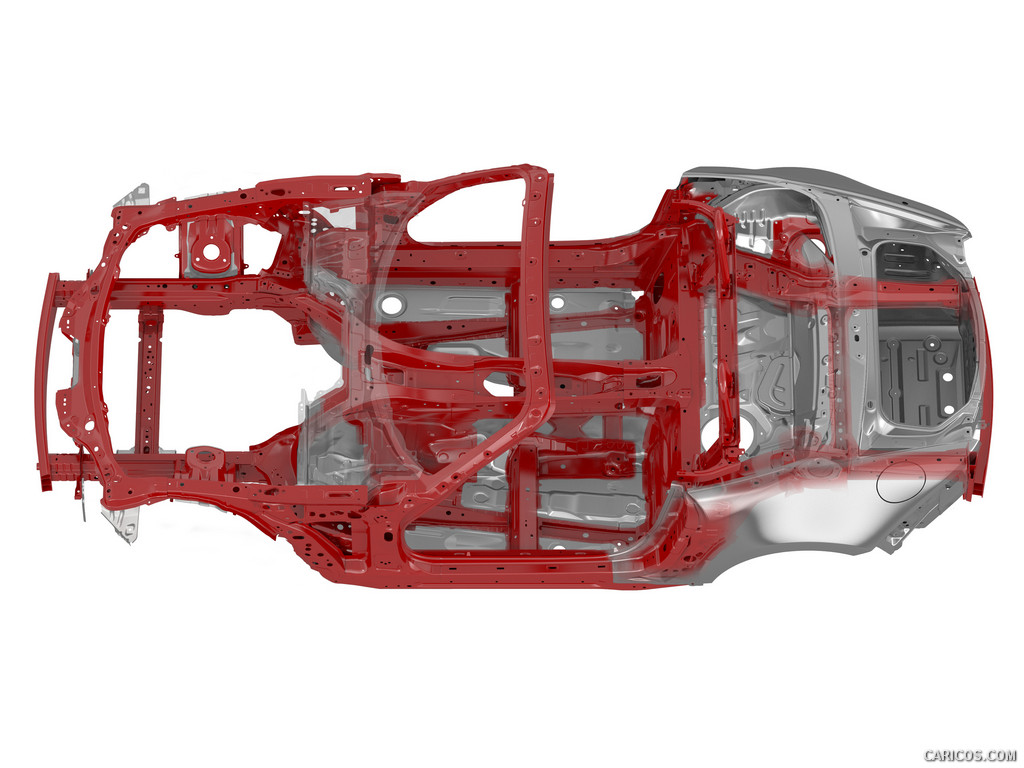 \n
\n
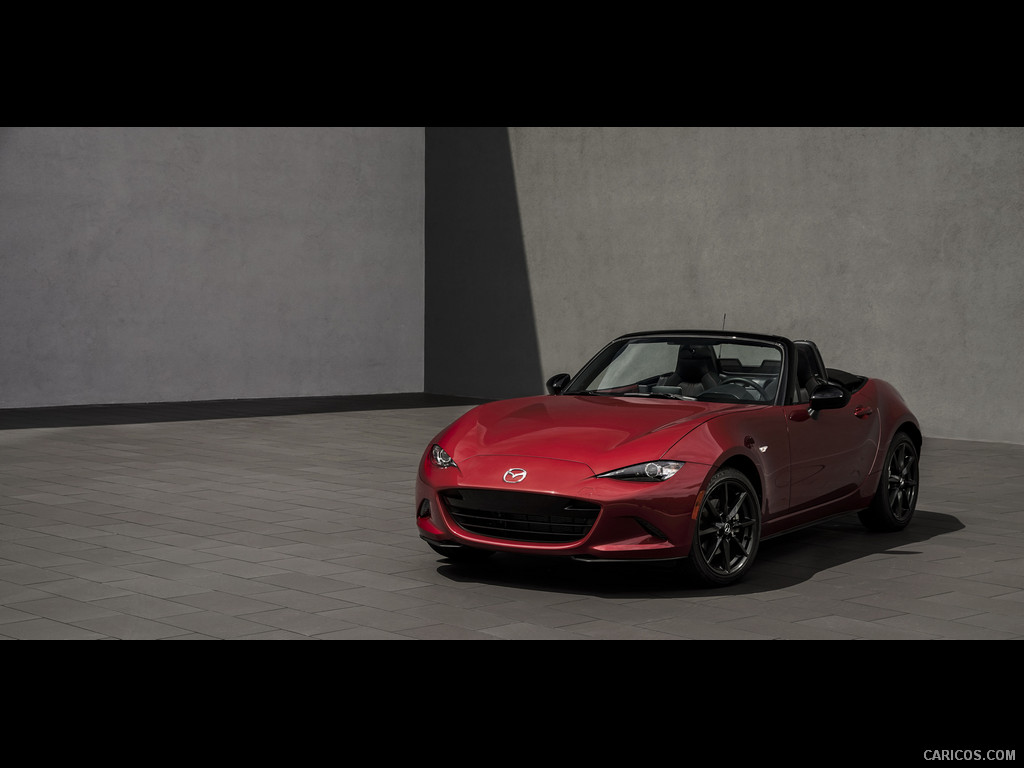 \n
\n
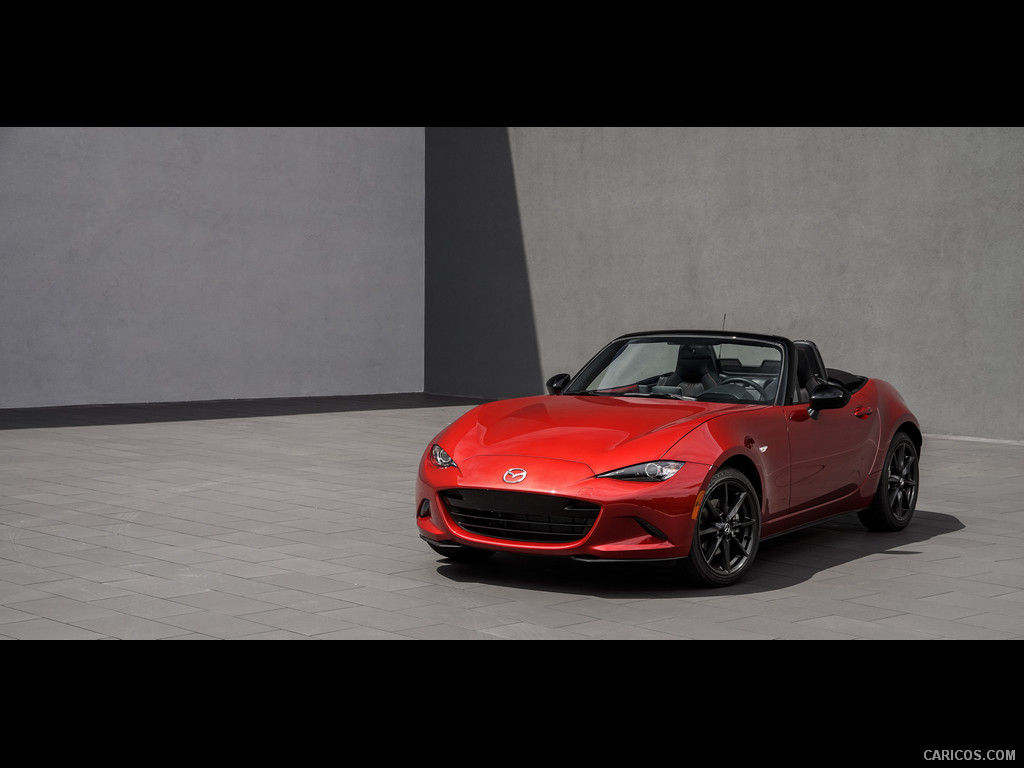 \n
\n
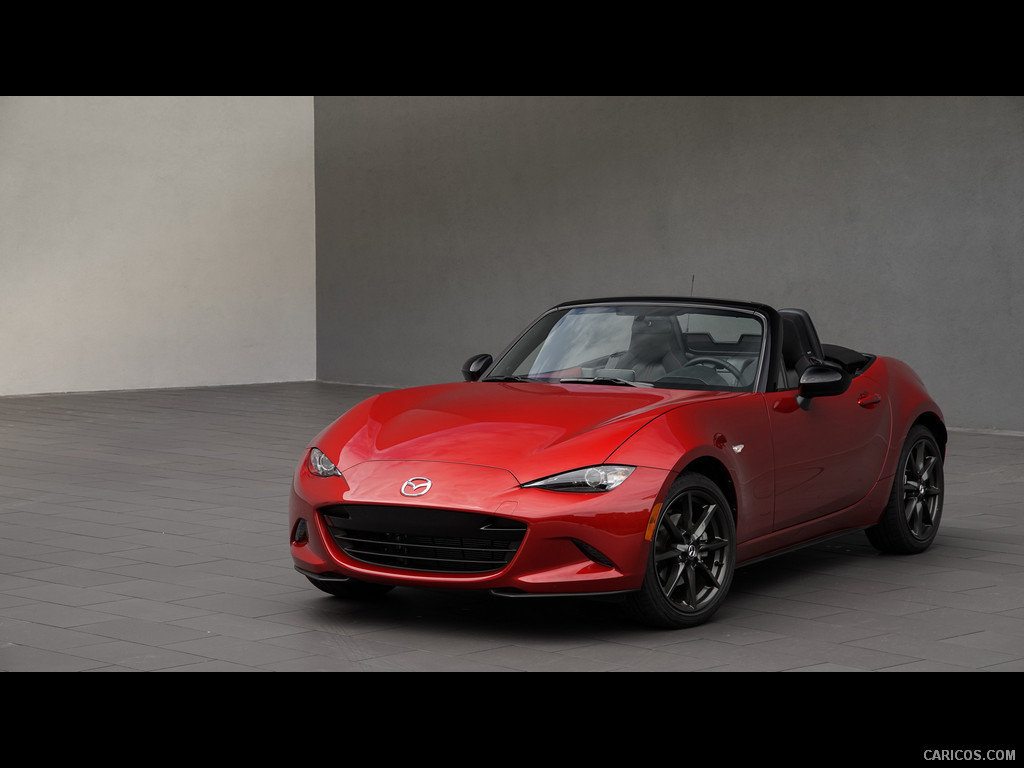 \n
\n
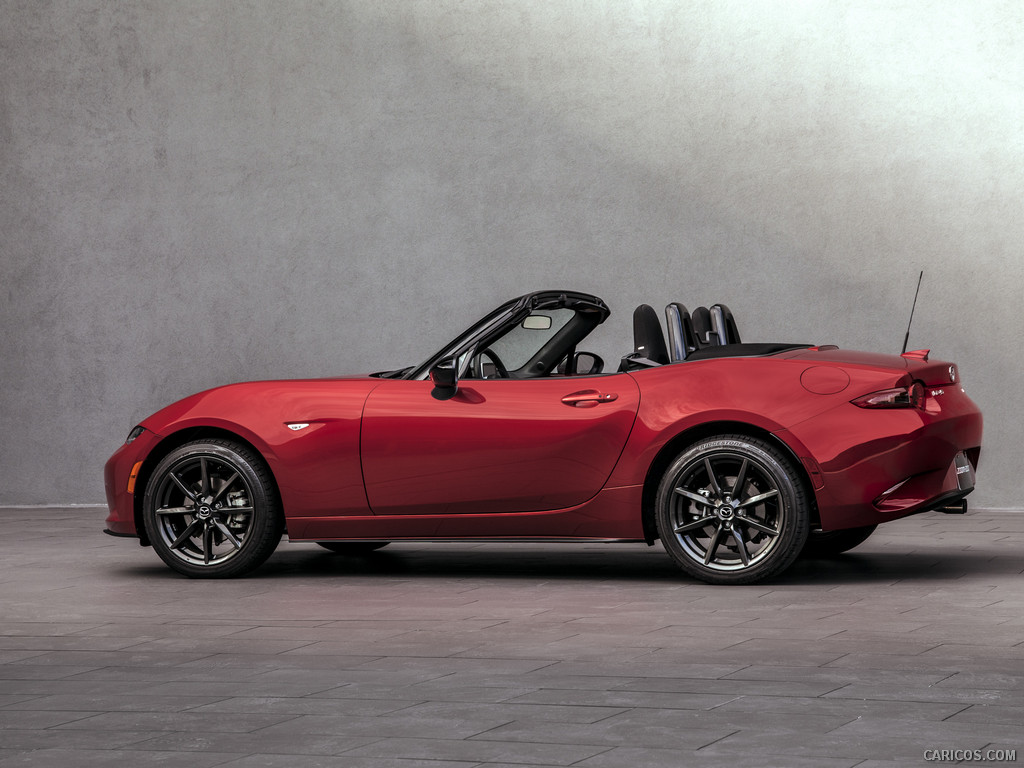 \n
\n
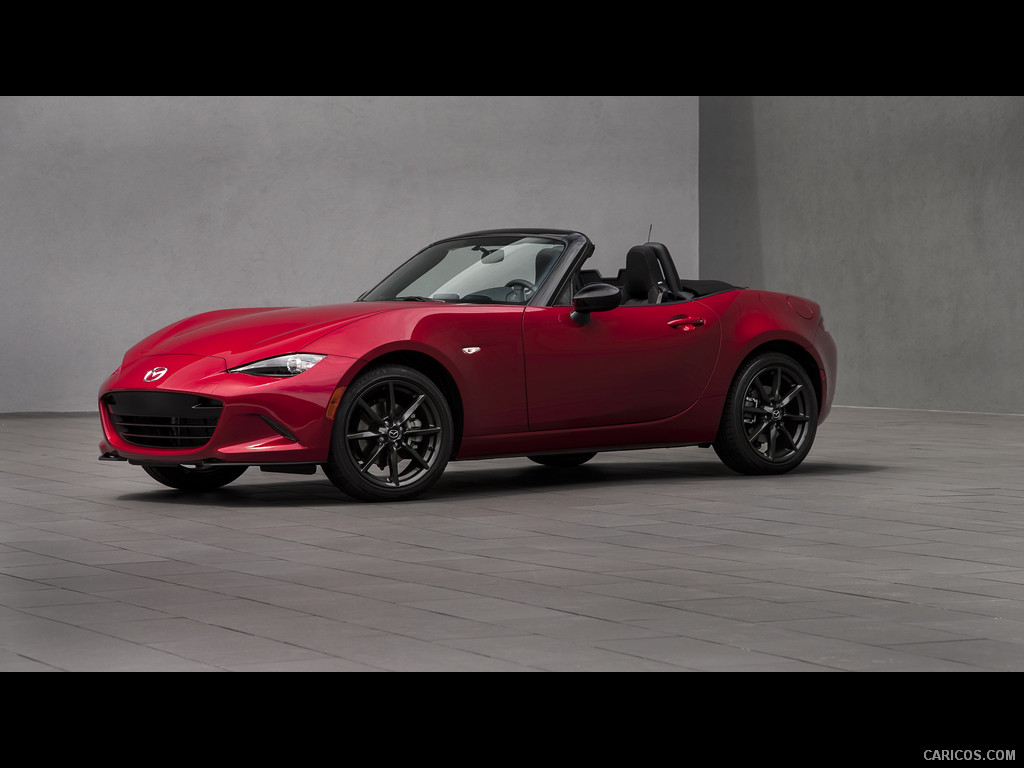 \n
\n
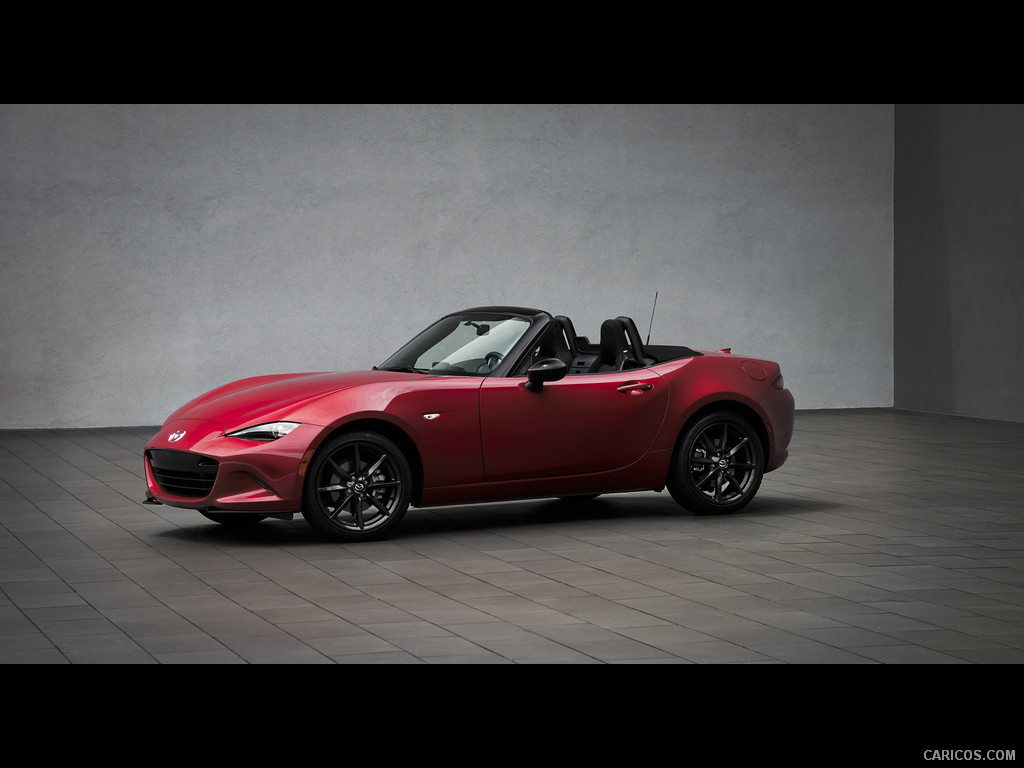 \n
\n
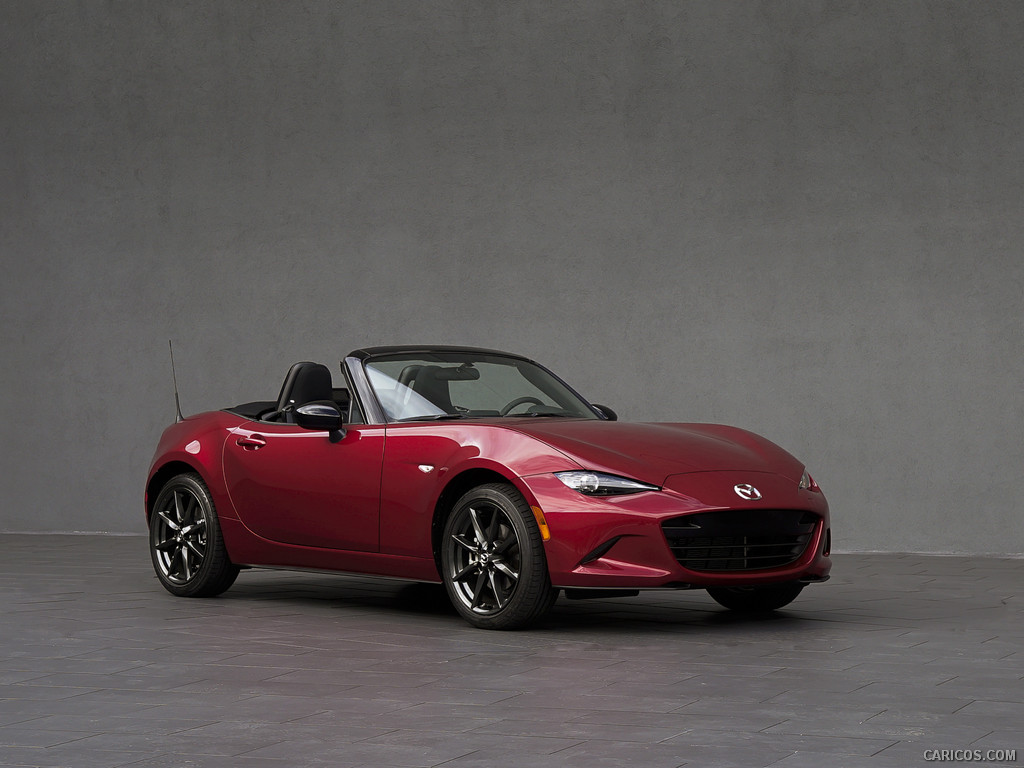 \n
\n
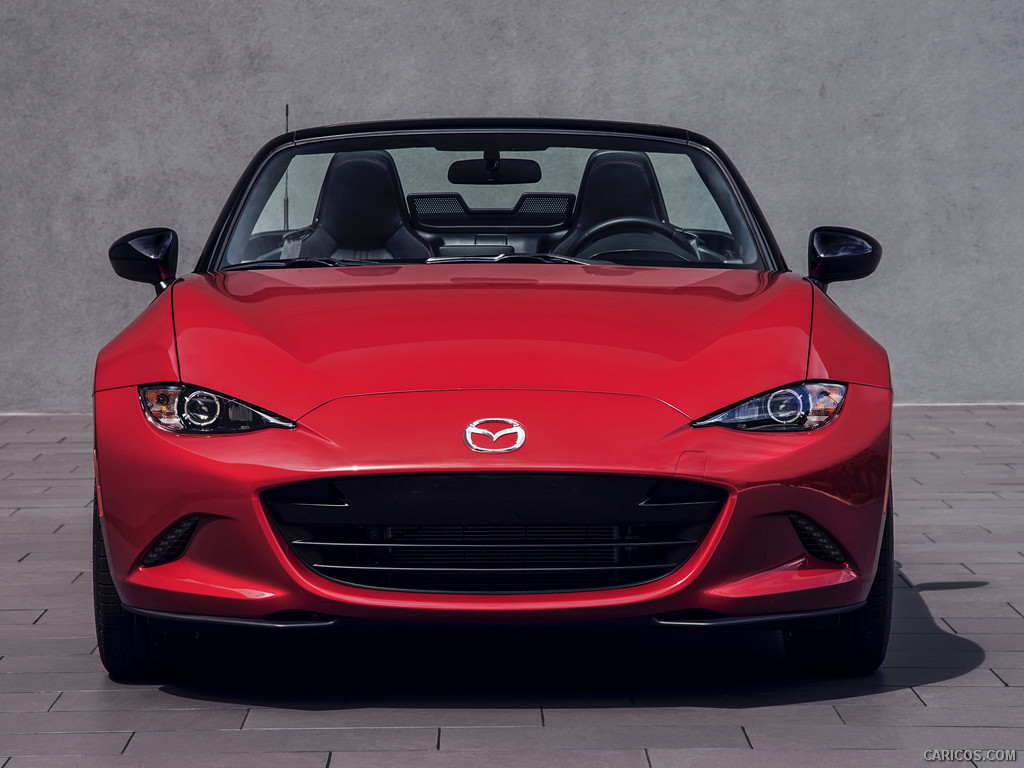 \n
\n
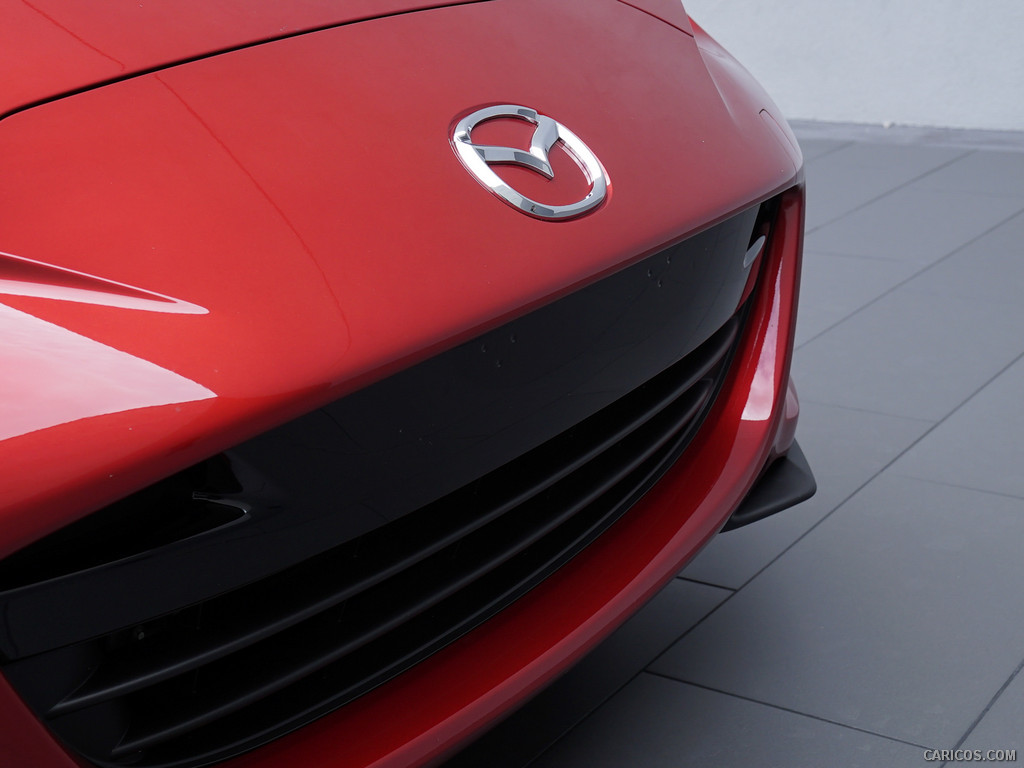 \n
\n---Front-84793-120x90.jpg)
---Front-84793-1024x768.jpg) \n
\n---Side-84794-120x90.jpg)
---Side-84794-1024x768.jpg) \n
\n---Side-84795-120x90.jpg)
---Side-84795-1024x768.jpg) \n
\n---Front-84796-120x90.jpg)
---Front-84796-1024x768.jpg) \n
\n---Front-84797-120x90.jpg)
---Front-84797-1024x768.jpg) \n
\n---Front-84798-120x90.jpg)
---Front-84798-1024x768.jpg) \n
\n---Rear-84799-120x90.jpg)
---Rear-84799-1024x768.jpg) \n
\n---Front-84800-120x90.jpg)
---Front-84800-1024x768.jpg) \n
\n---Front-84801-120x90.jpg)
---Front-84801-1024x768.jpg) \n
\n---Front-84802-120x90.jpg)
---Front-84802-1024x768.jpg) \n
\n---Front-84803-120x90.jpg)
---Front-84803-1024x768.jpg) \n
\n---Front-84804-120x90.jpg)
---Front-84804-1024x768.jpg) \n
\n---Front-84805-120x90.jpg)
---Front-84805-1024x768.jpg) \n
\n---Interior-84806-120x90.jpg)
---Interior-84806-1024x768.jpg) \n
\n---Interior-84807-120x90.jpg)
---Interior-84807-1024x768.jpg) \n
\n---Interior-84808-120x90.jpg)
---Interior-84808-1024x768.jpg) \n
\n---Interior-84809-120x90.jpg)
---Interior-84809-1024x768.jpg) \n
\n---Interior-84810-120x90.jpg)
---Interior-84810-1024x768.jpg) \n
\n---Interior-84811-120x90.jpg)
---Interior-84811-1024x768.jpg) \n
\n---Interior-84812-120x90.jpg)
---Interior-84812-1024x768.jpg) \n
\n---Central-Console-84813-120x90.jpg)
---Central-Console-84813-1024x768.jpg) \n
\n---Central-Console-84814-120x90.jpg)
---Central-Console-84814-1024x768.jpg) \n
\n---Interior-Detail-84815-120x90.jpg)
---Interior-Detail-84815-1024x768.jpg) \n
\n---Interior-Detail-84816-120x90.jpg)
---Interior-Detail-84816-1024x768.jpg) \n
\n---Interior-Detail-84817-120x90.jpg)
---Interior-Detail-84817-1024x768.jpg) \n
\n---Interior-Detail-84818-120x90.jpg)
---Interior-Detail-84818-1024x768.jpg) \n
\n---Interior-Detail-84819-120x90.jpg)
---Interior-Detail-84819-1024x768.jpg) \n
\n---Interior-Detail-84820-120x90.jpg)
---Interior-Detail-84820-1024x768.jpg) \n
\n---Interior-84821-120x90.jpg)
---Interior-84821-1024x768.jpg) \n
\n